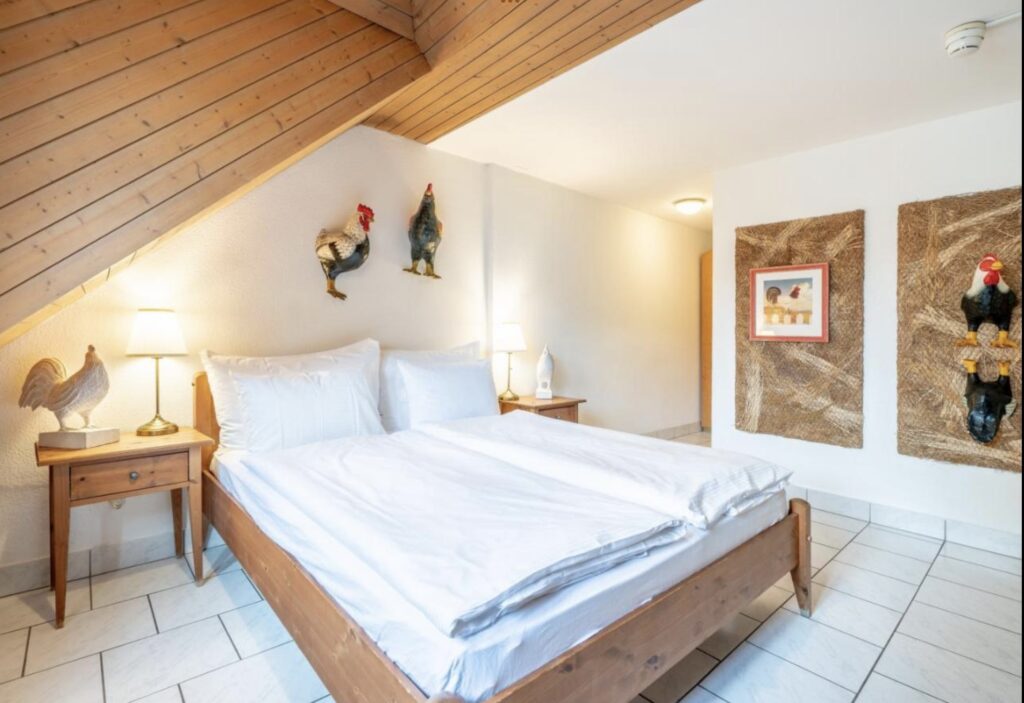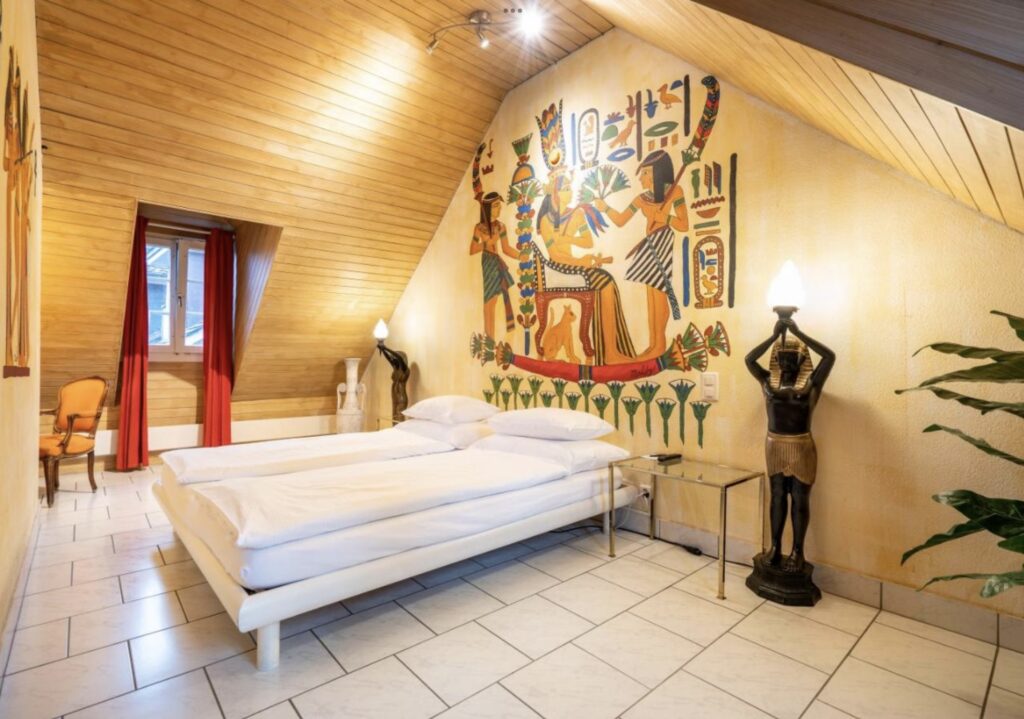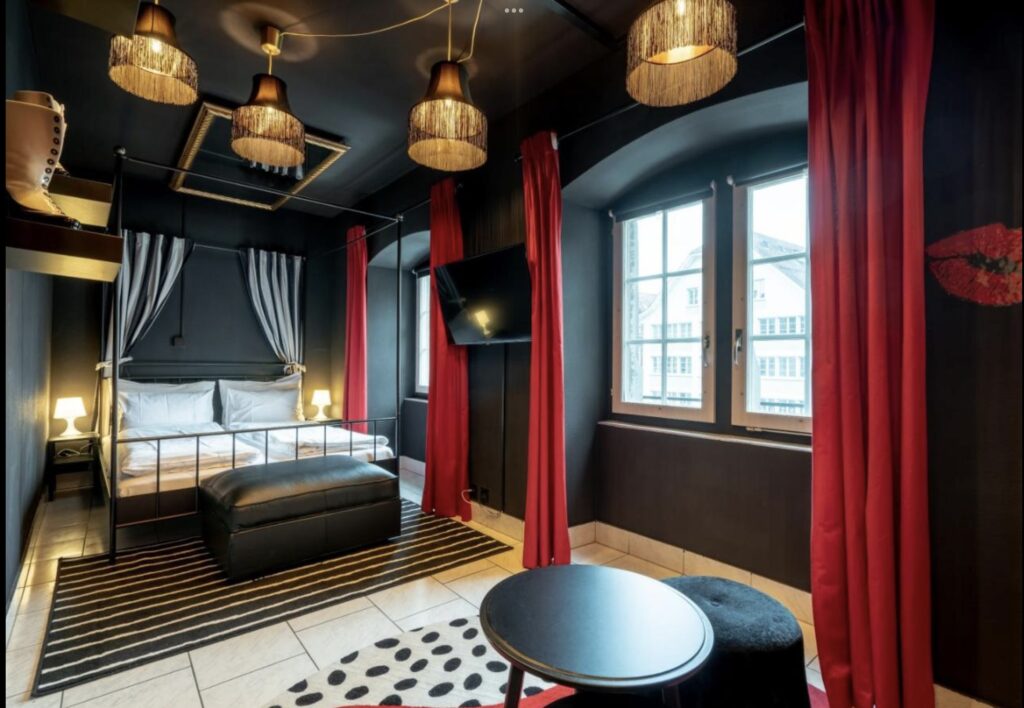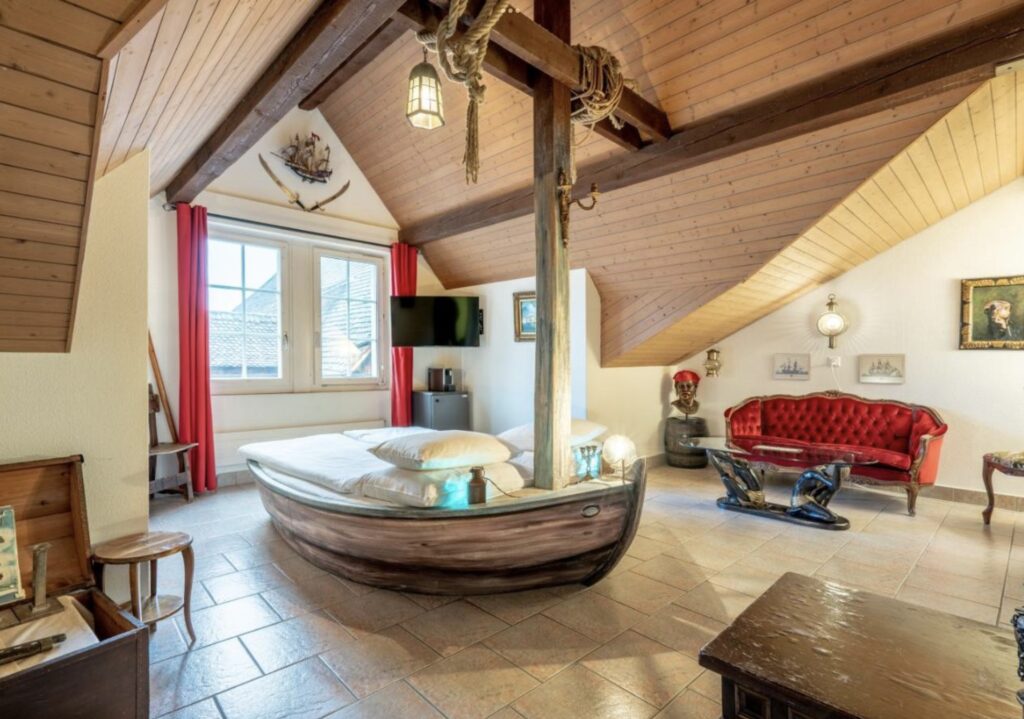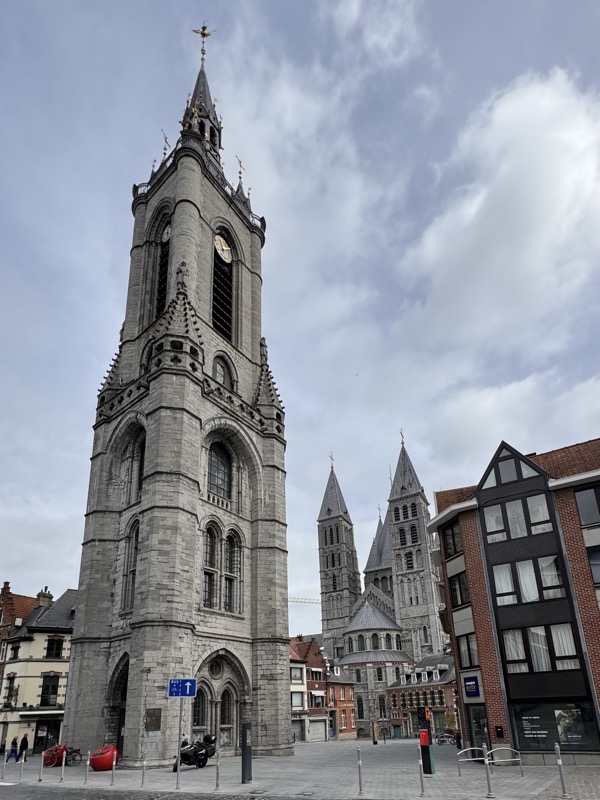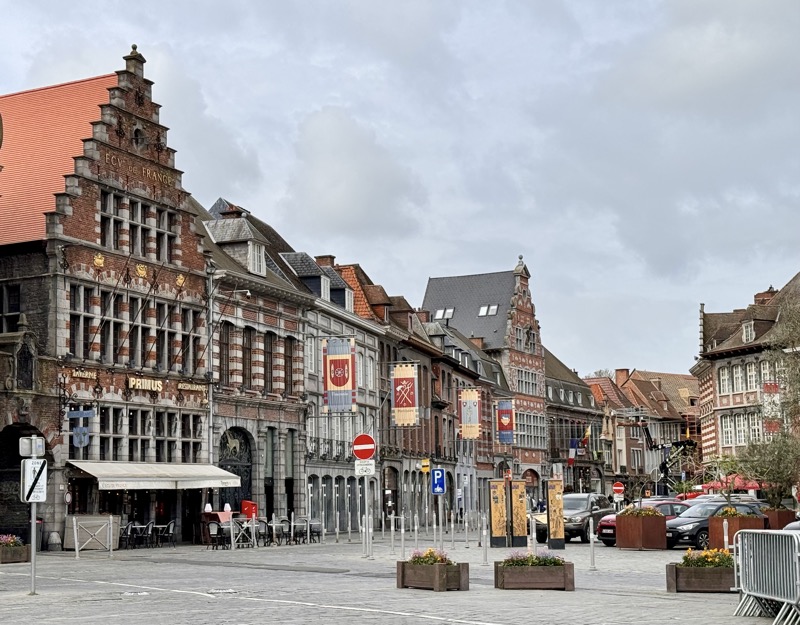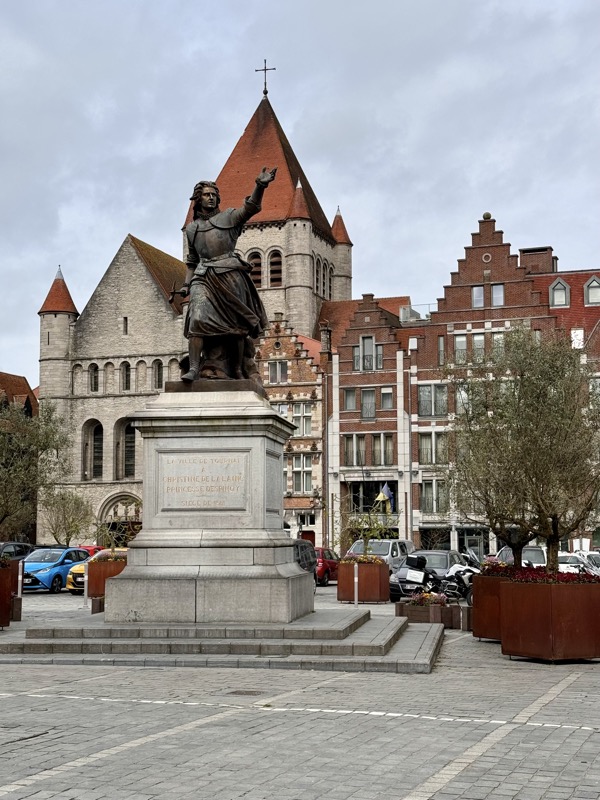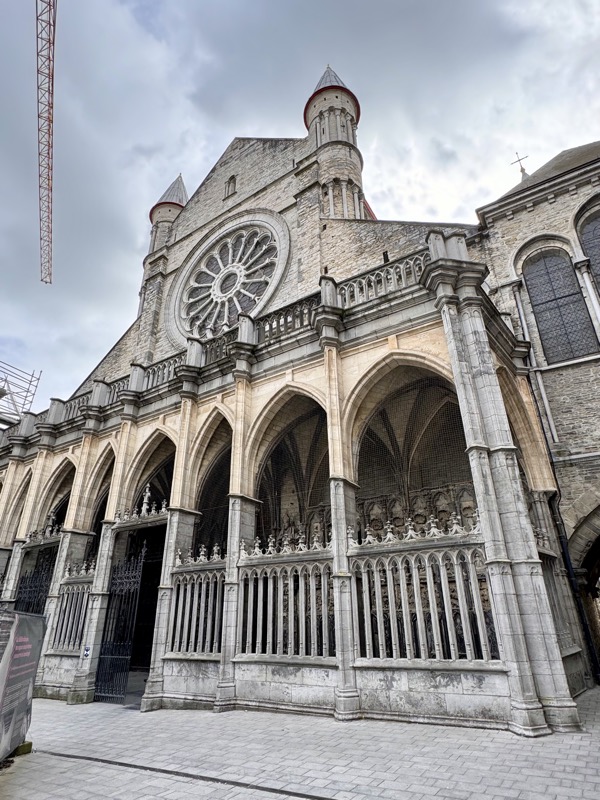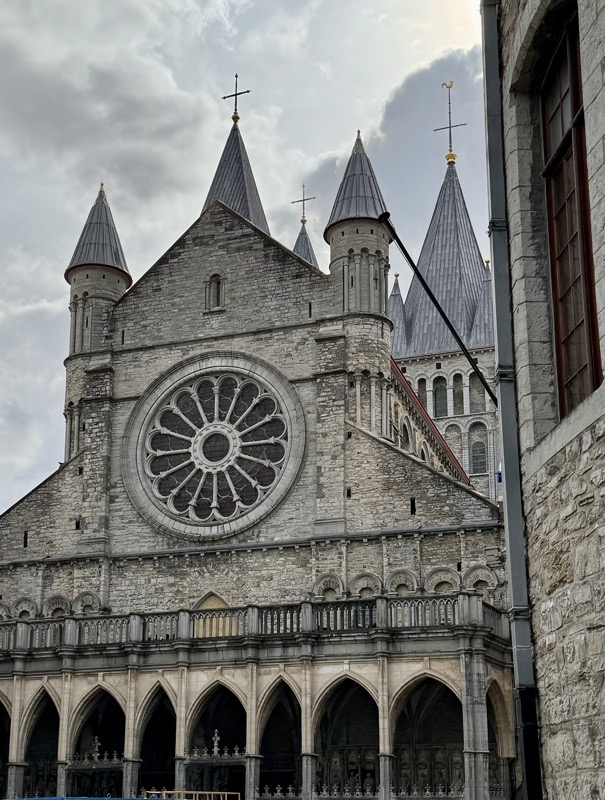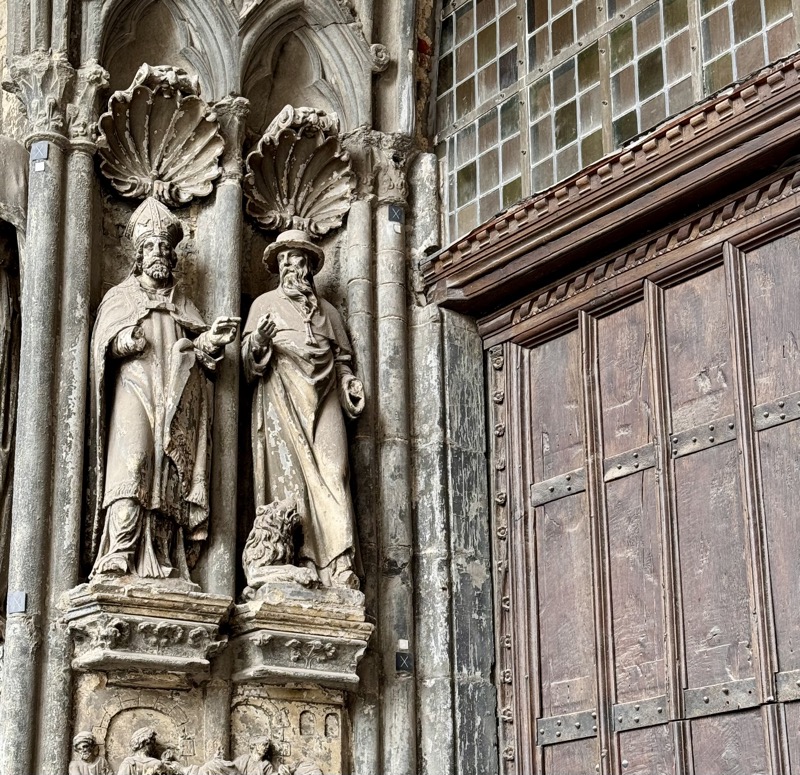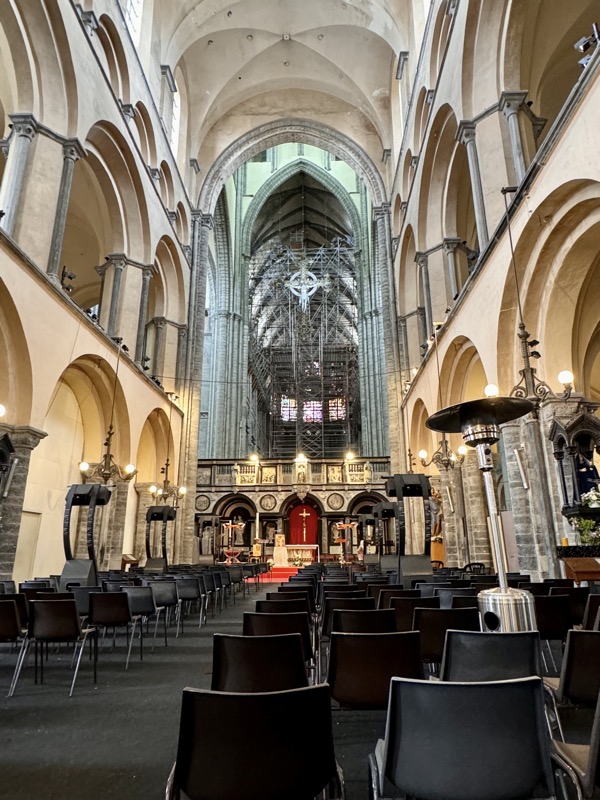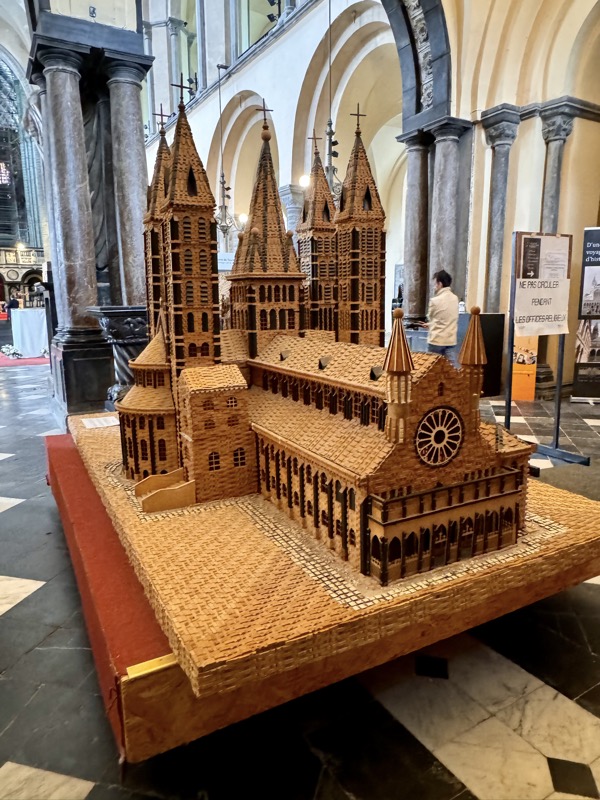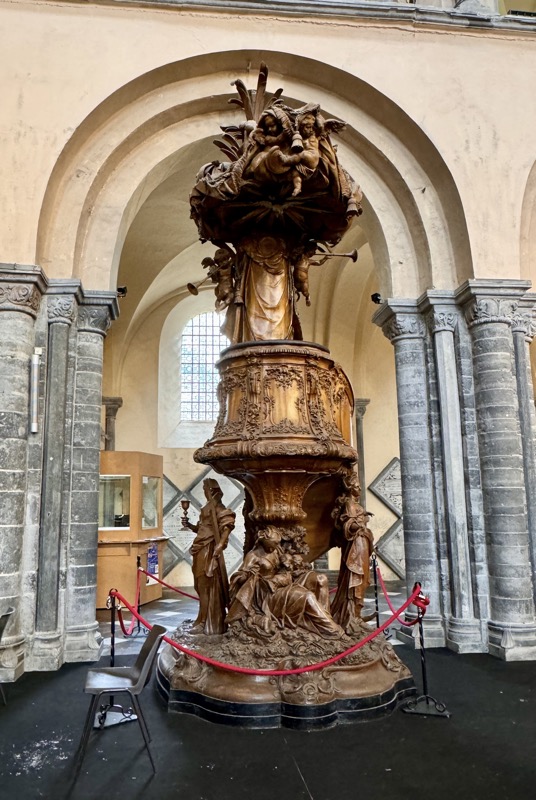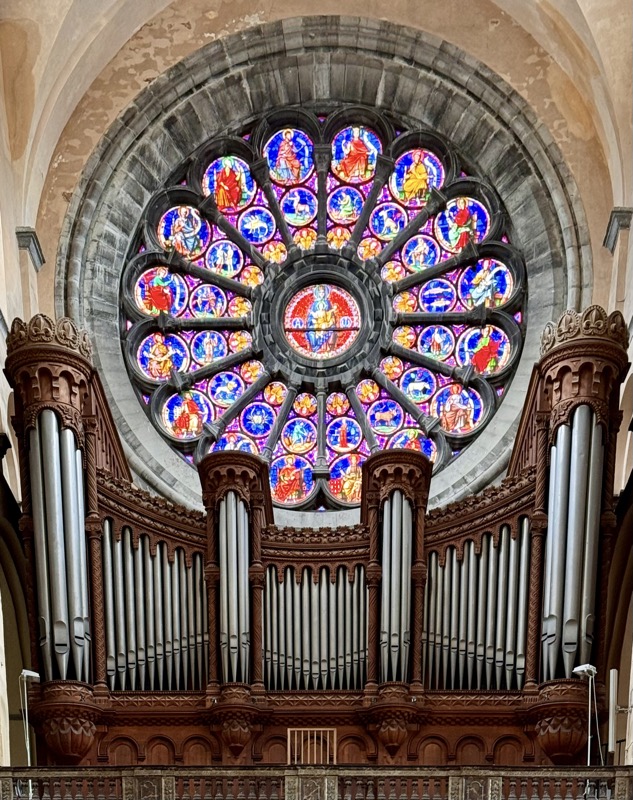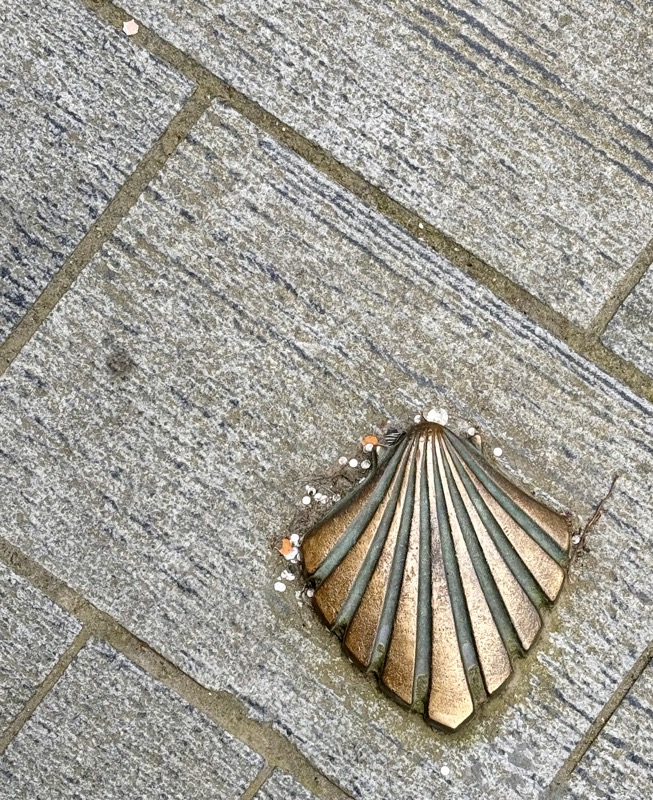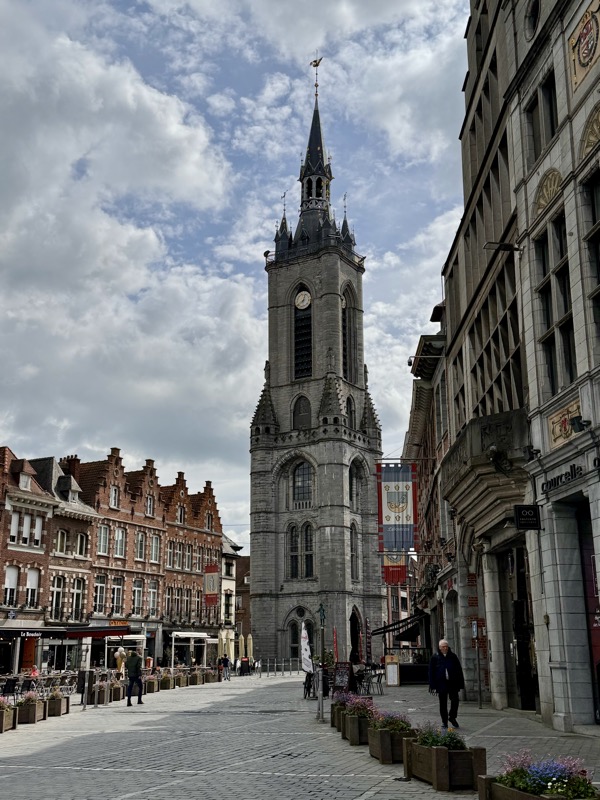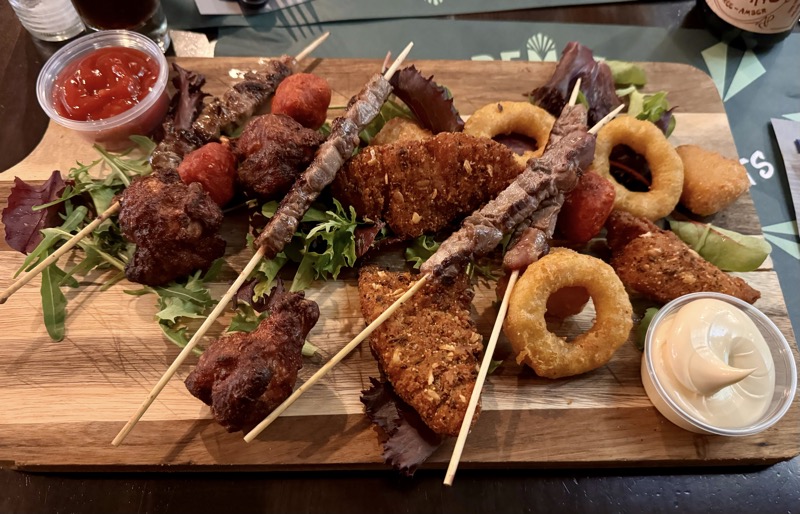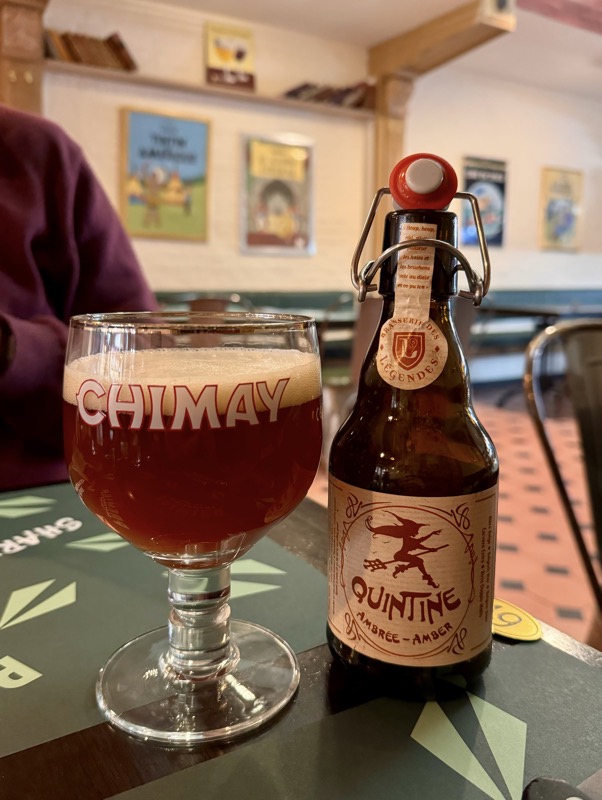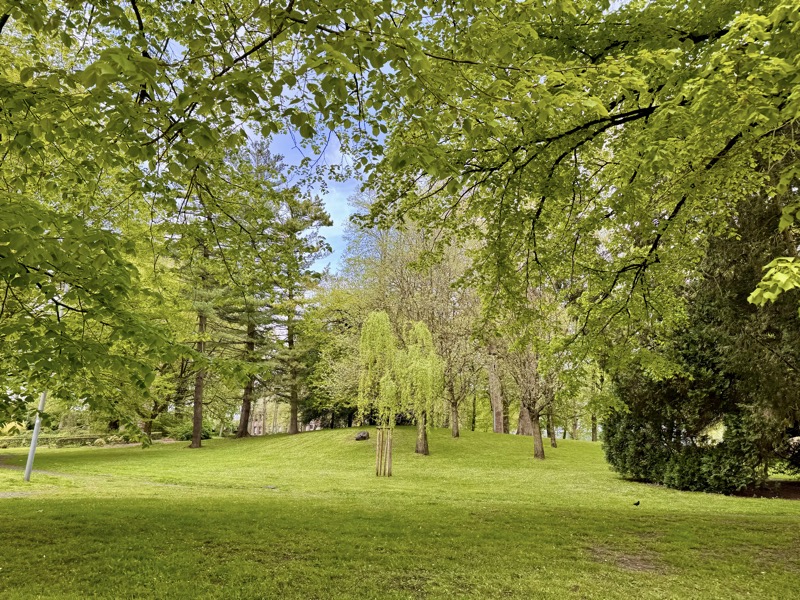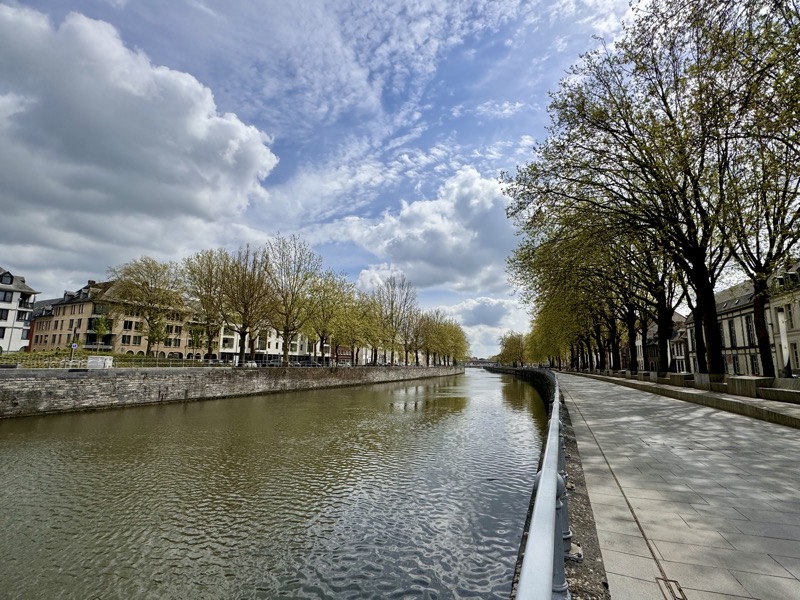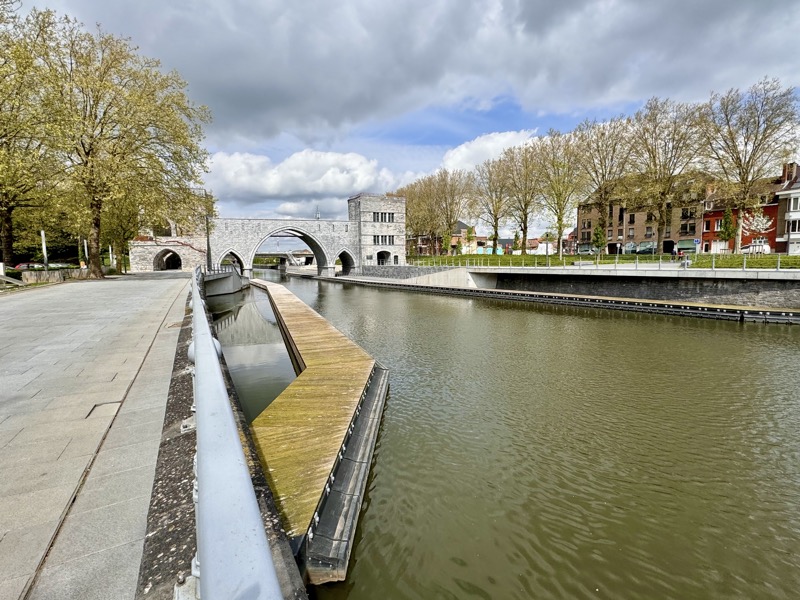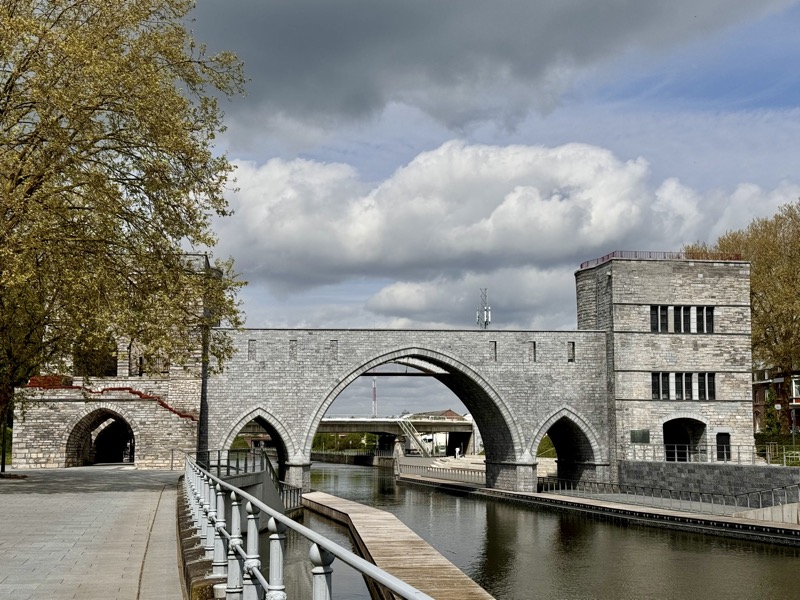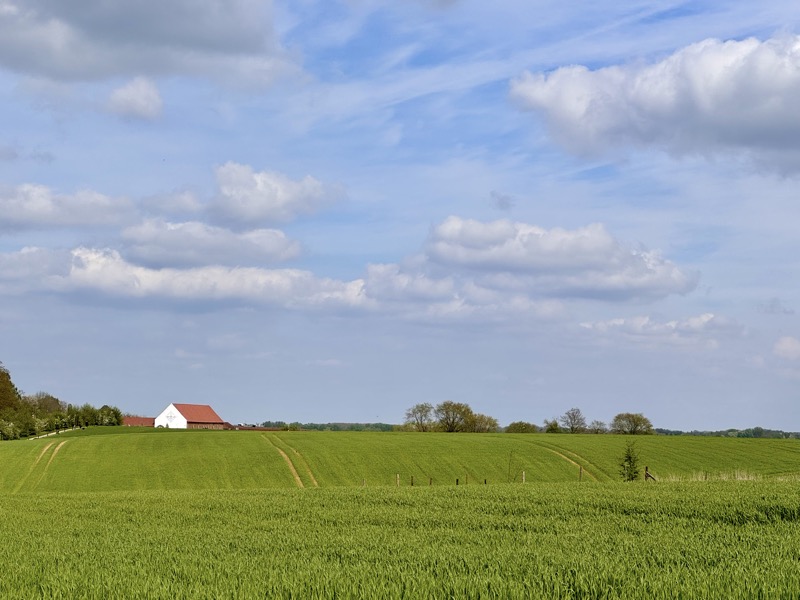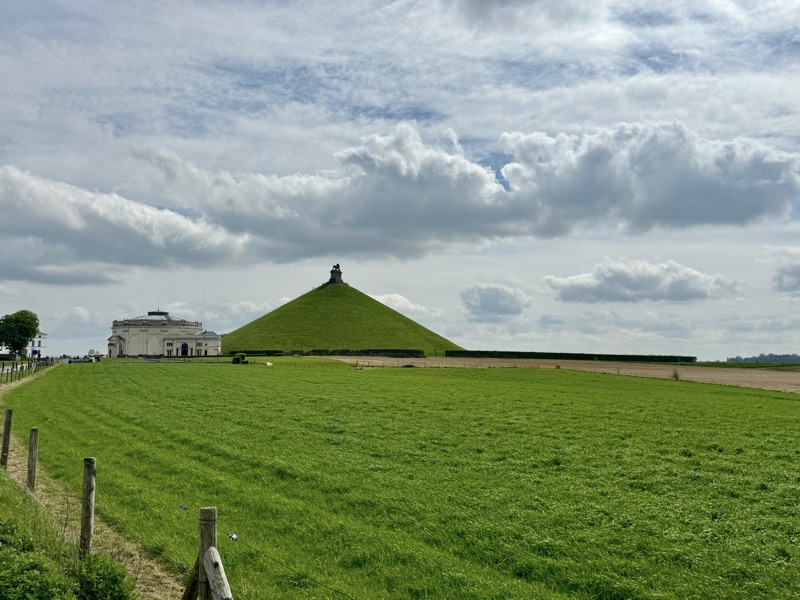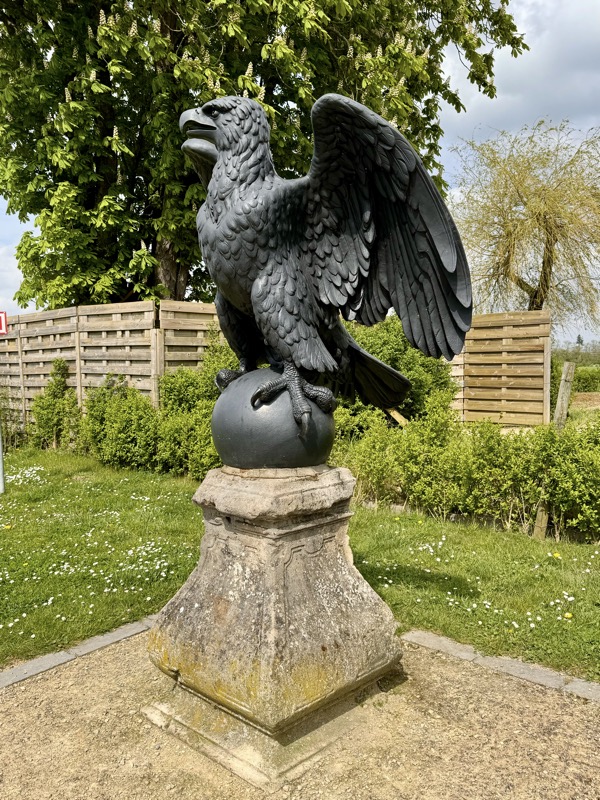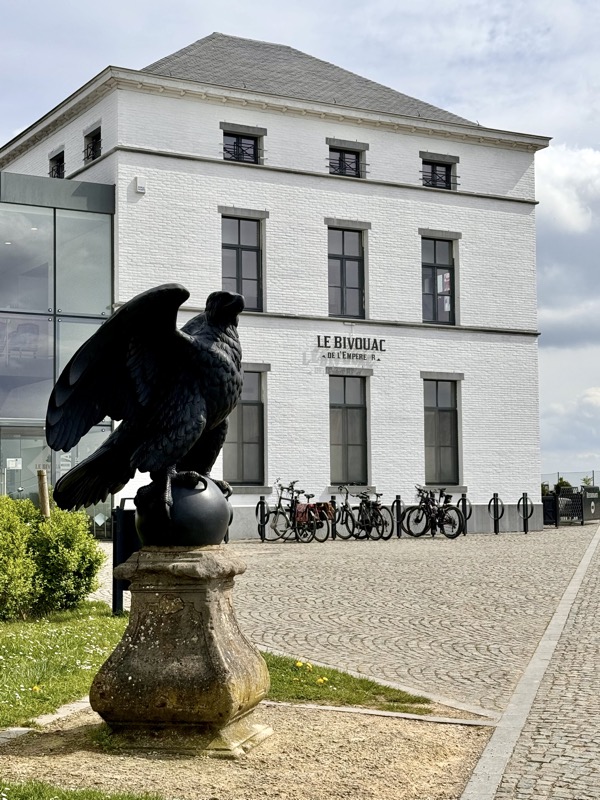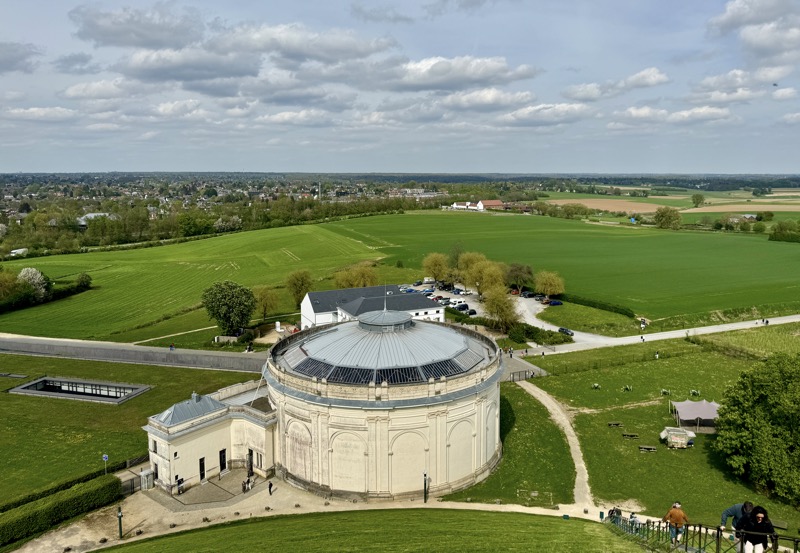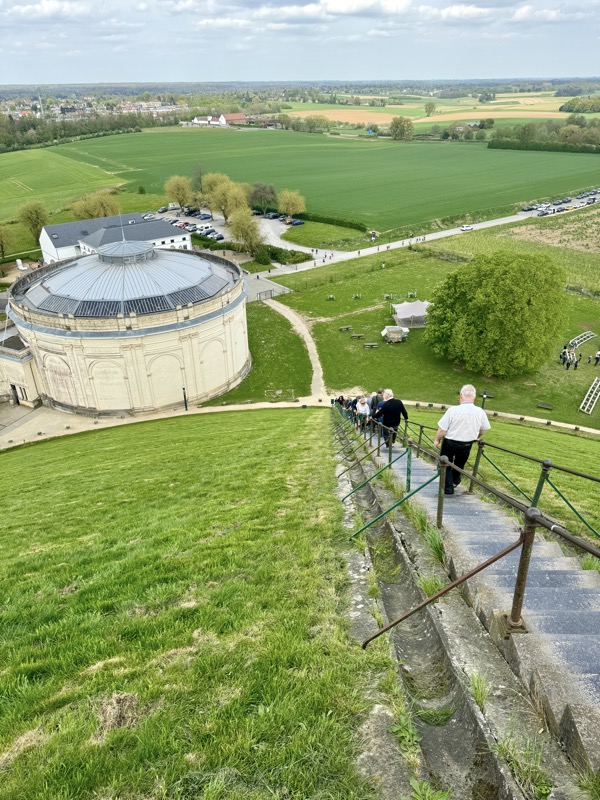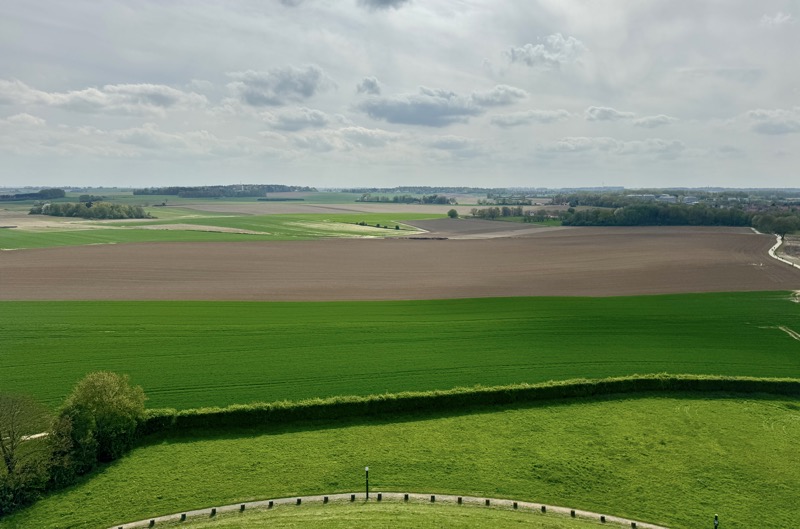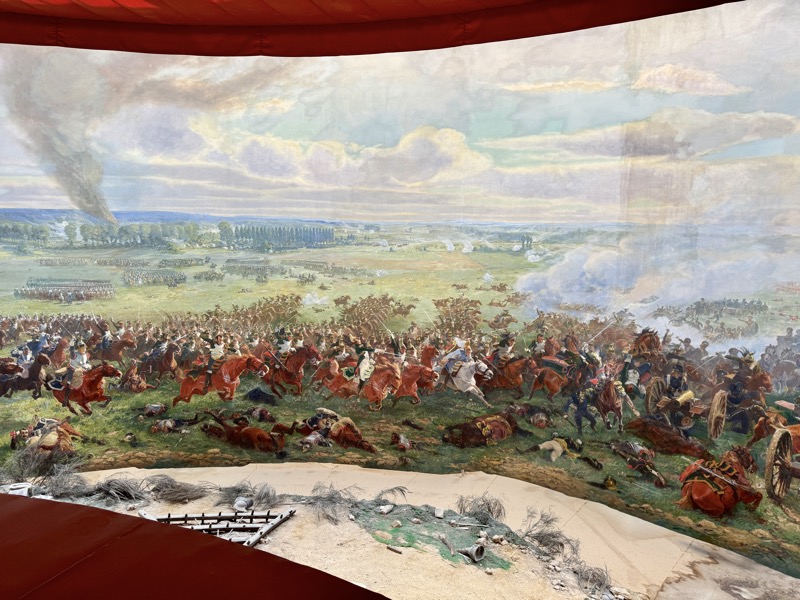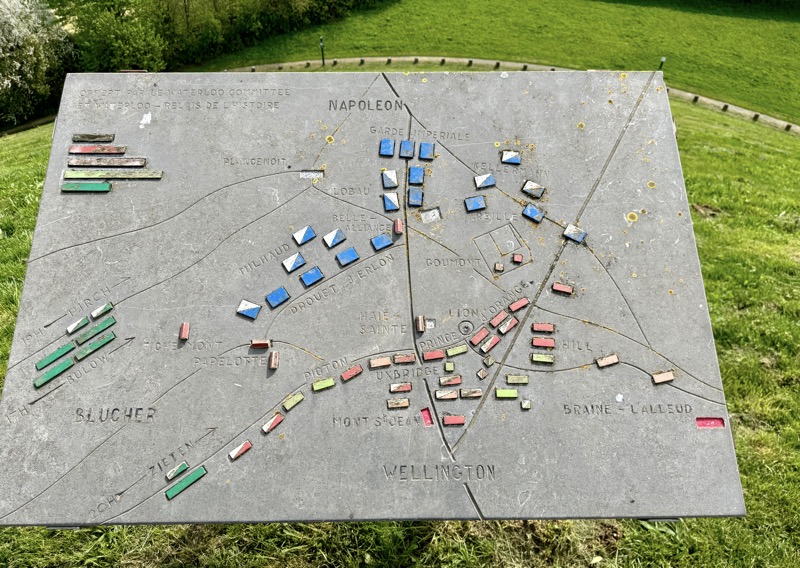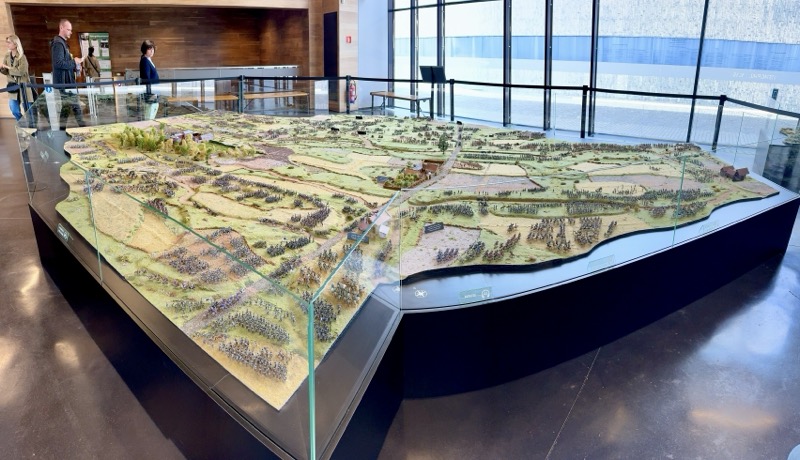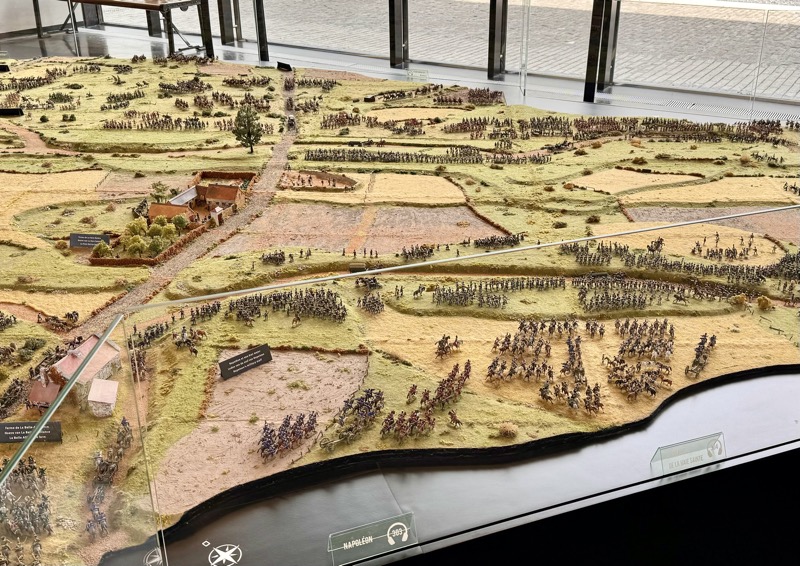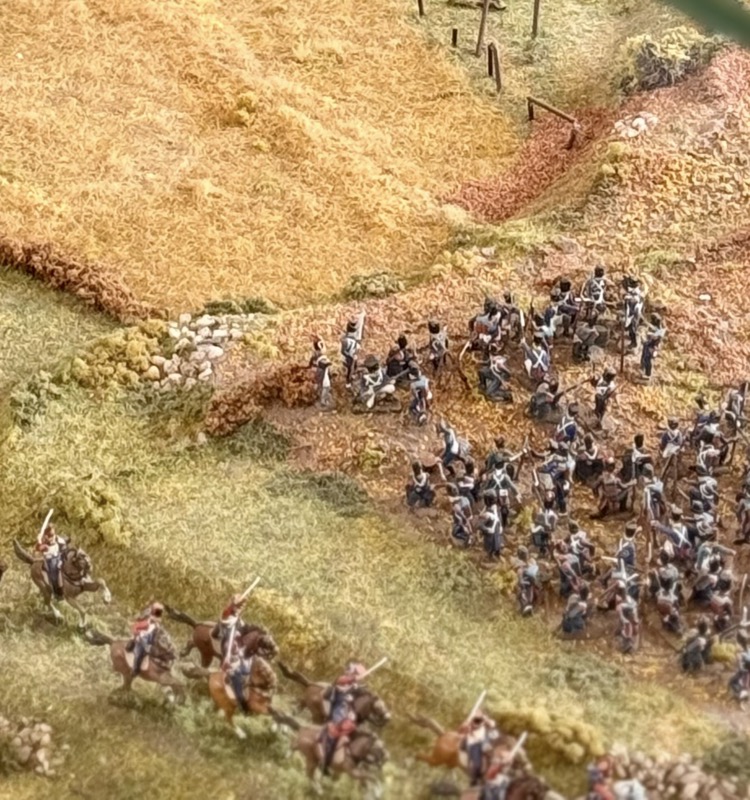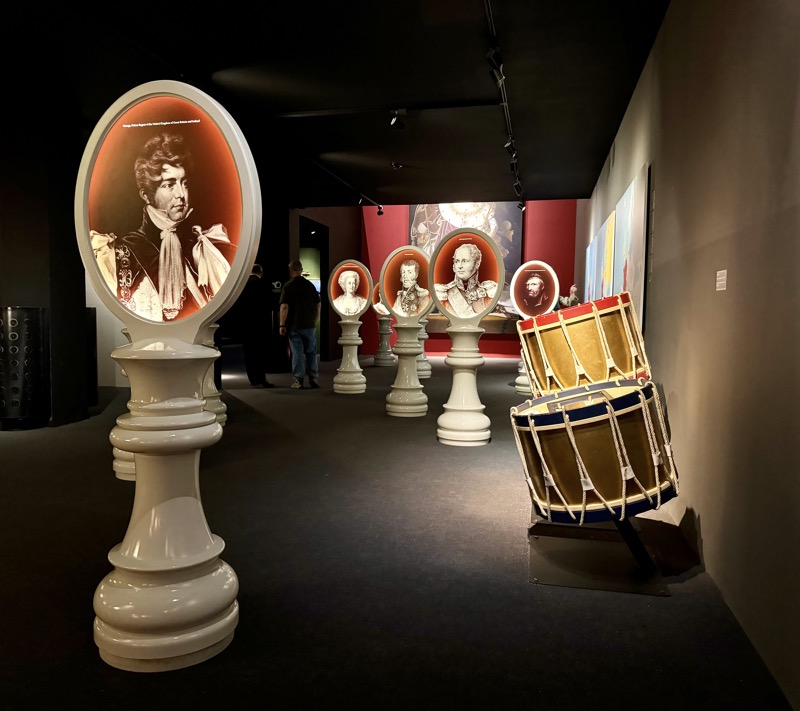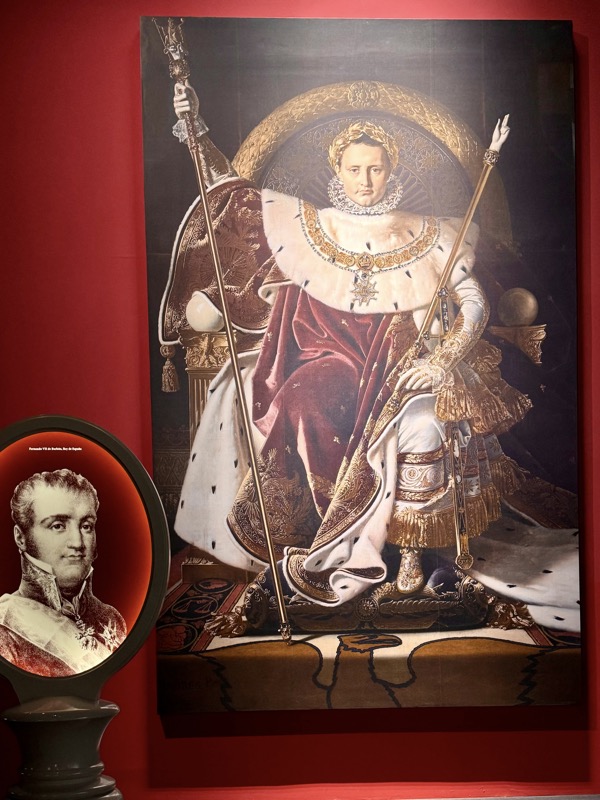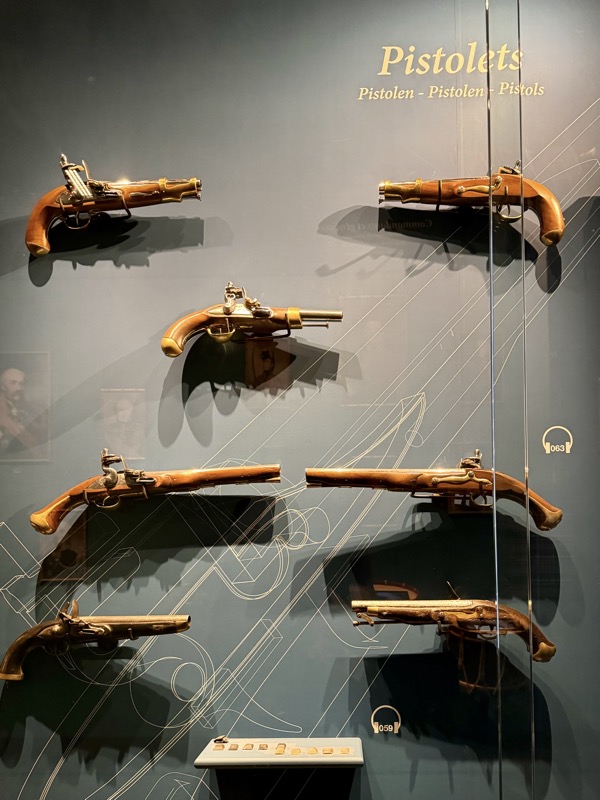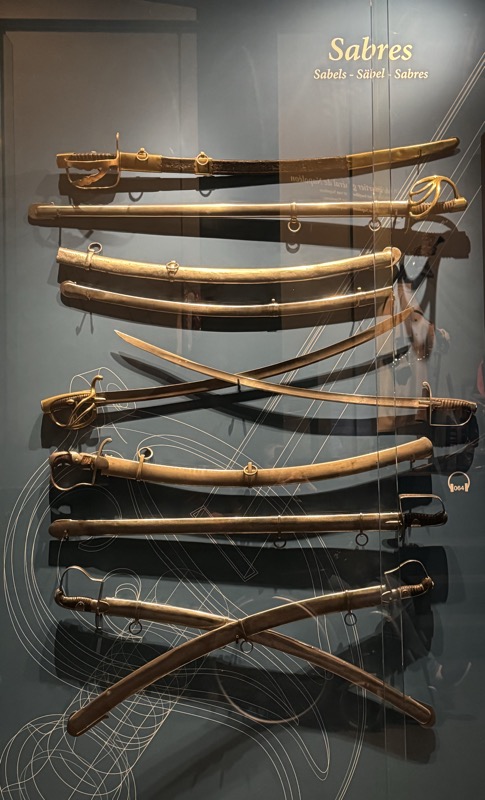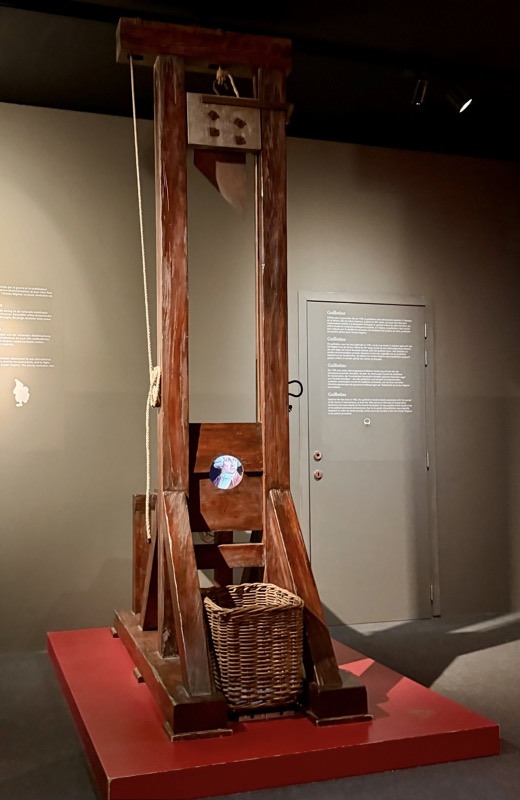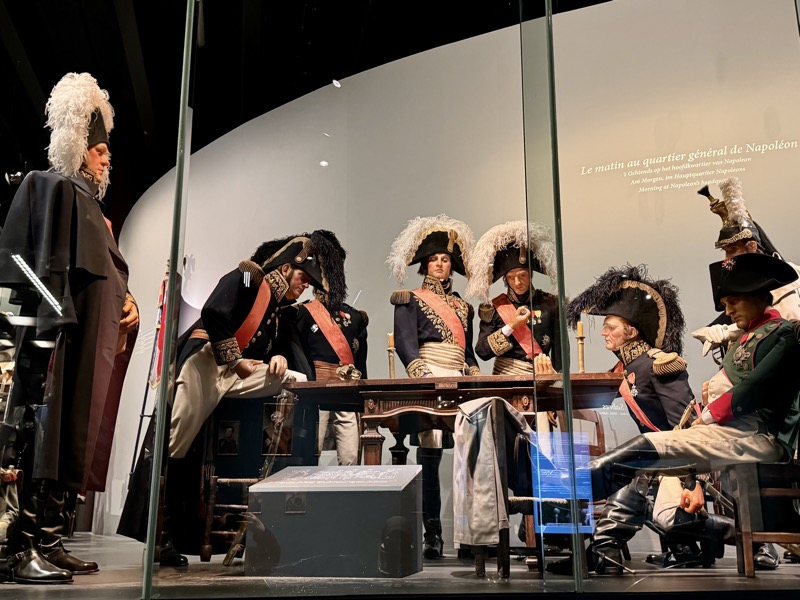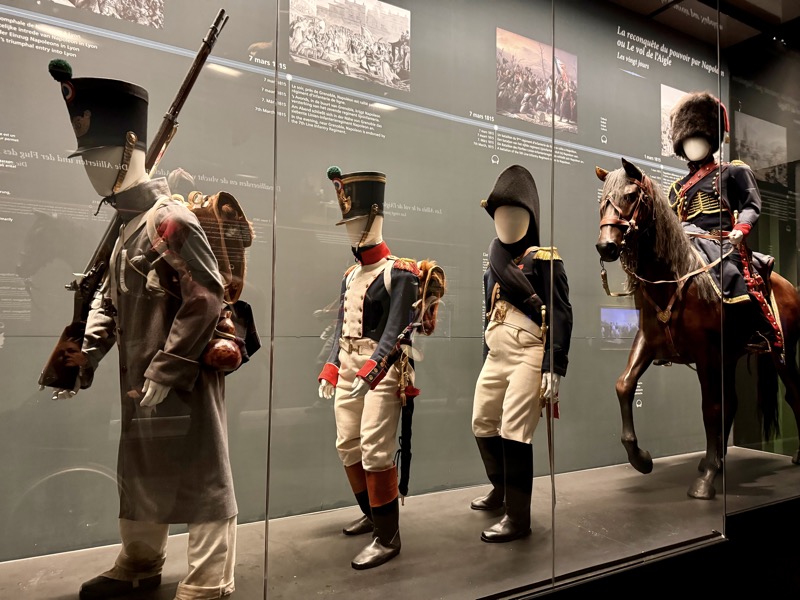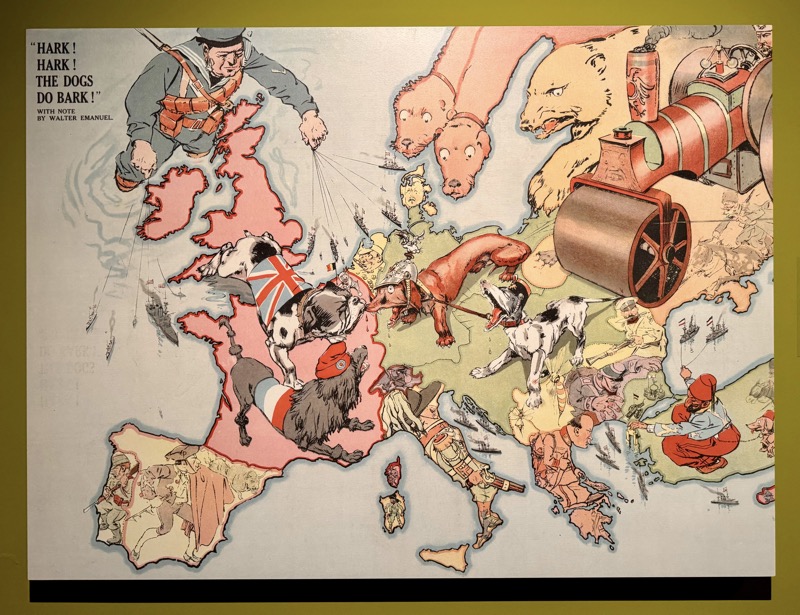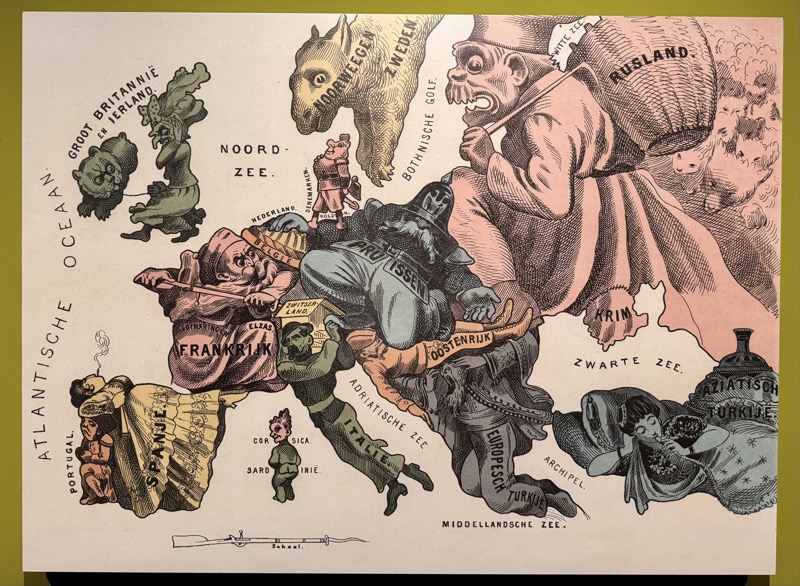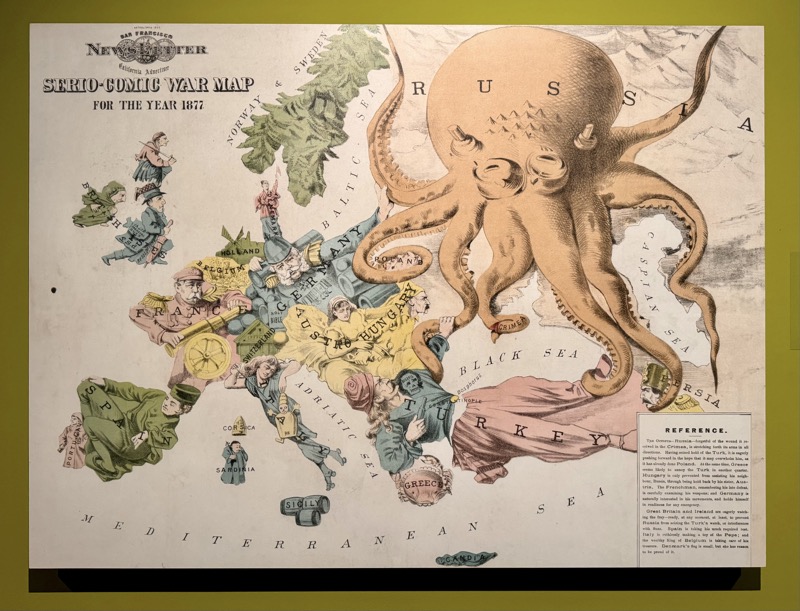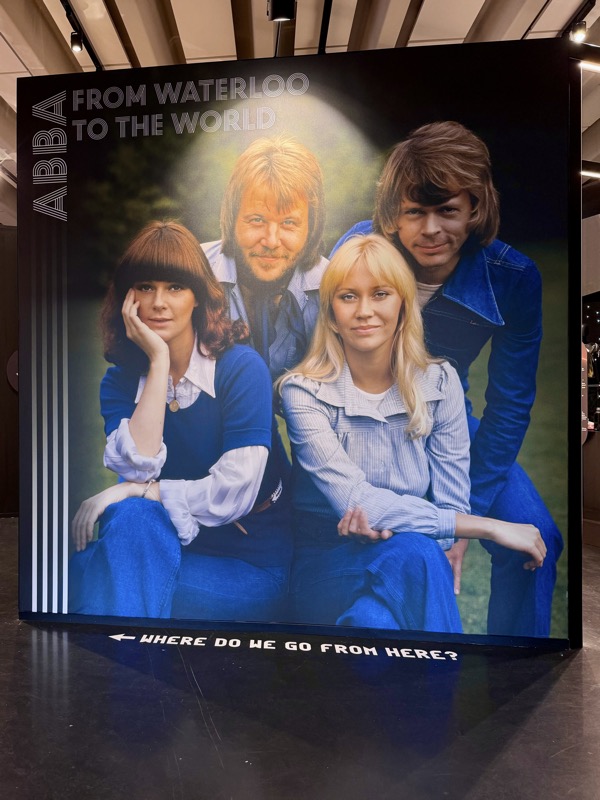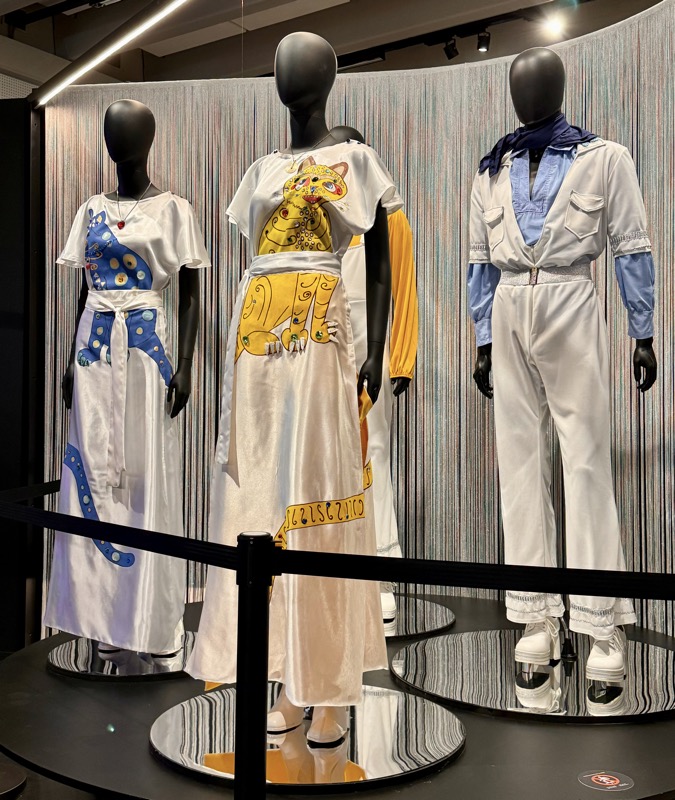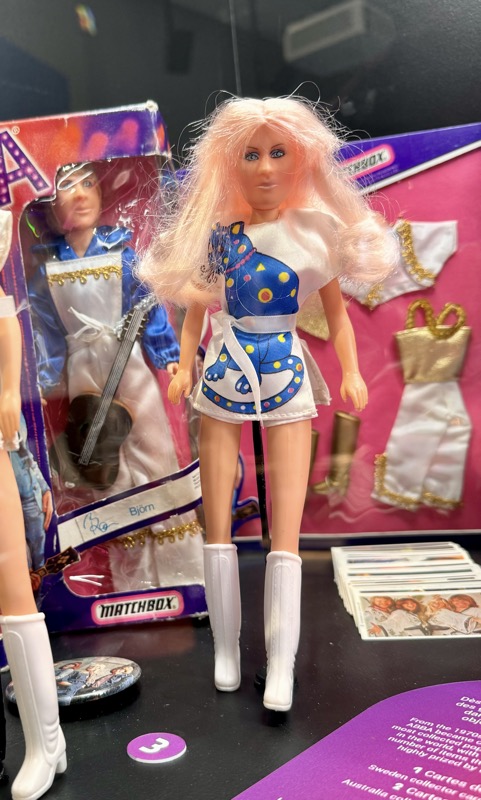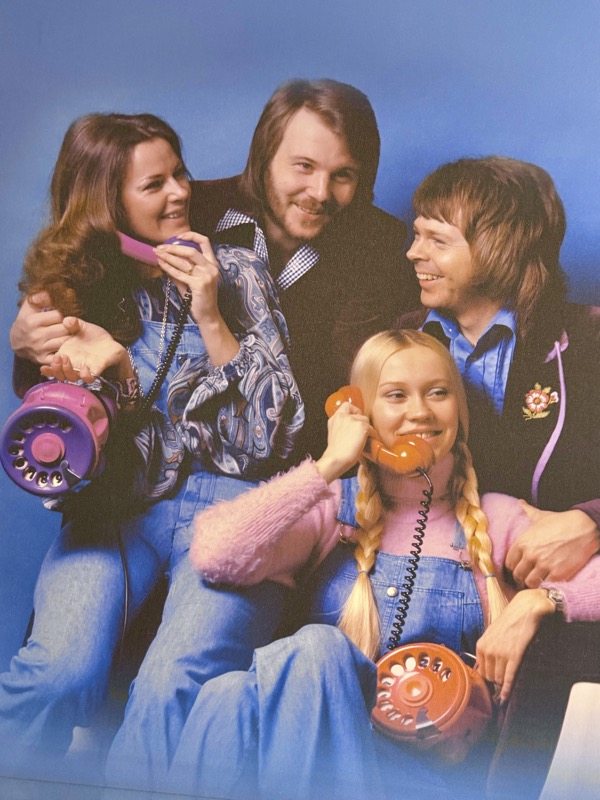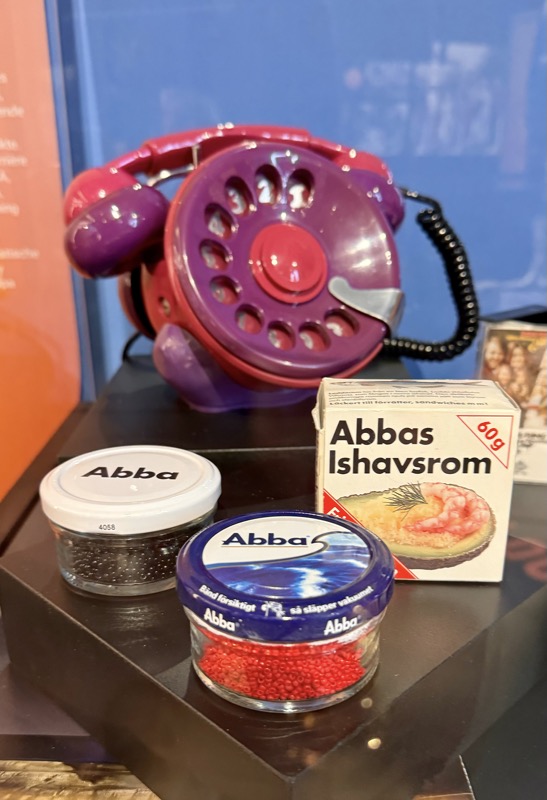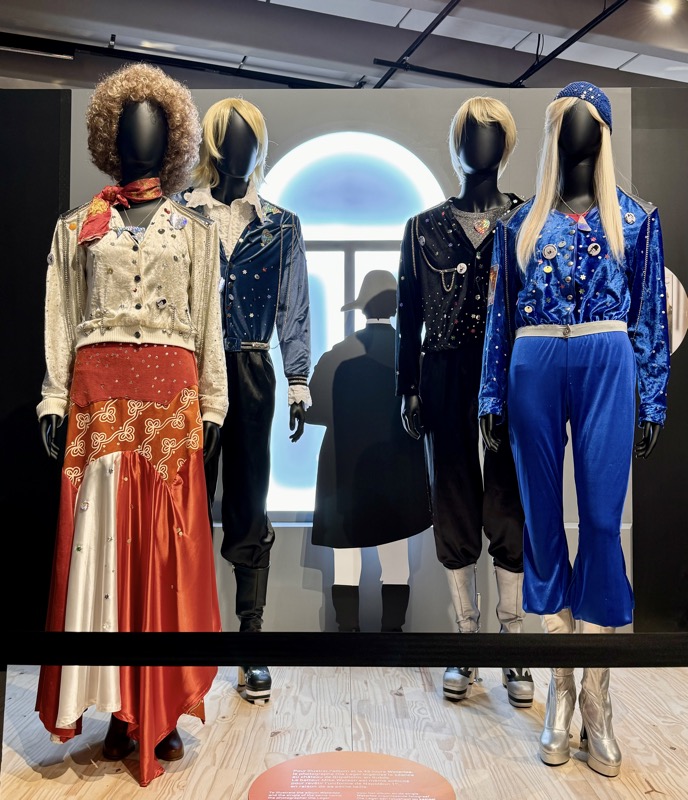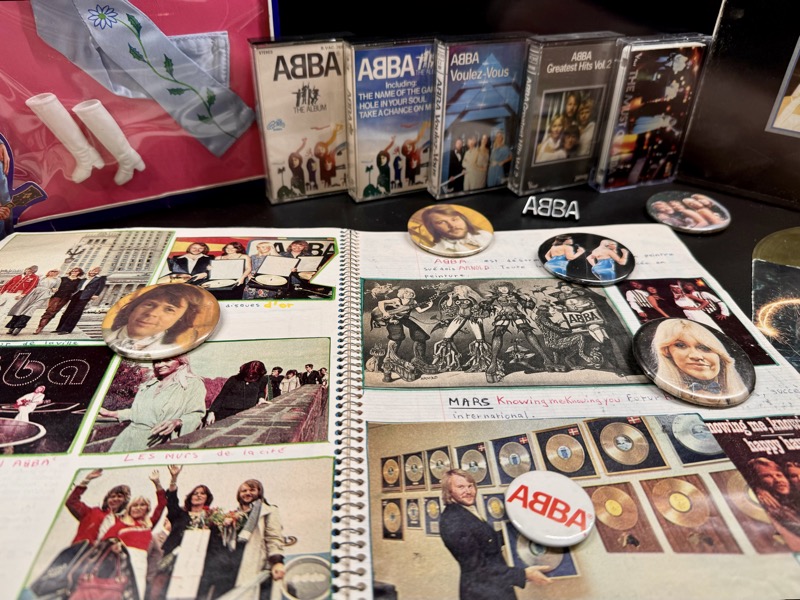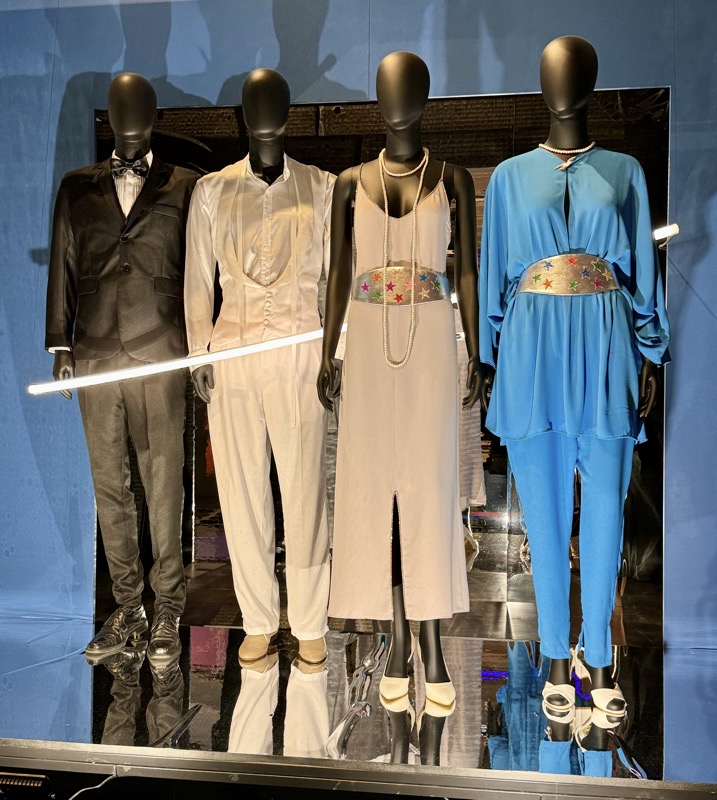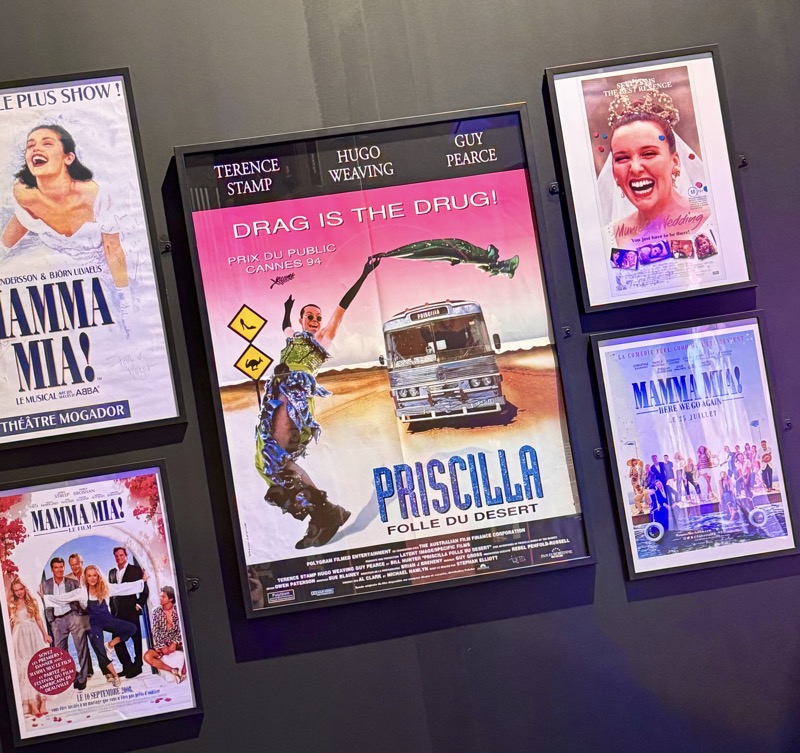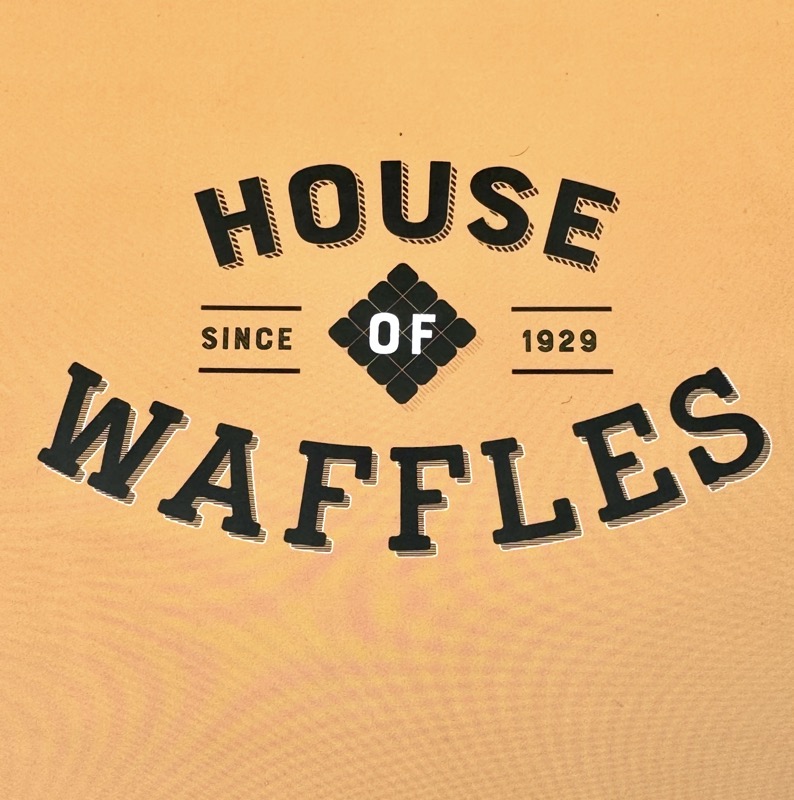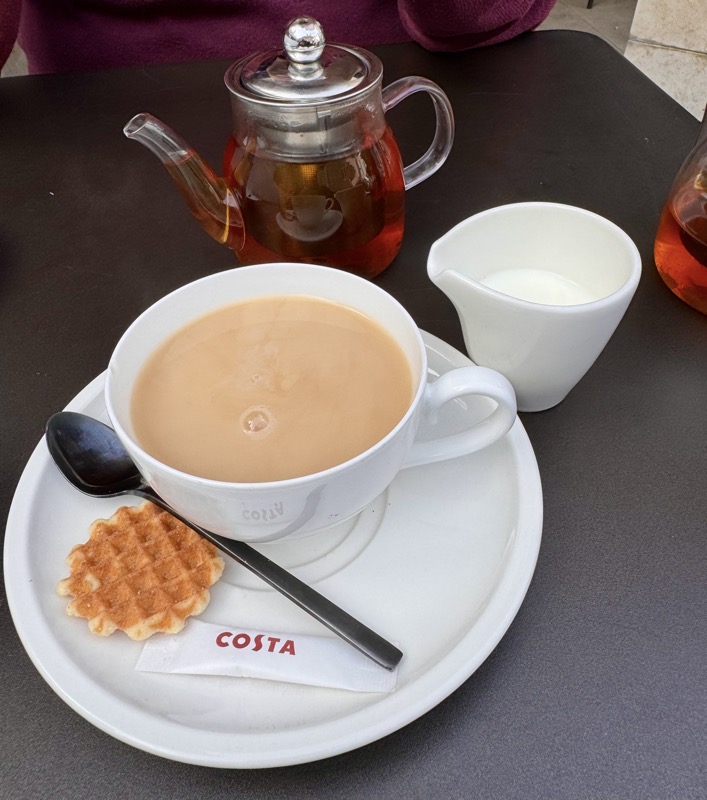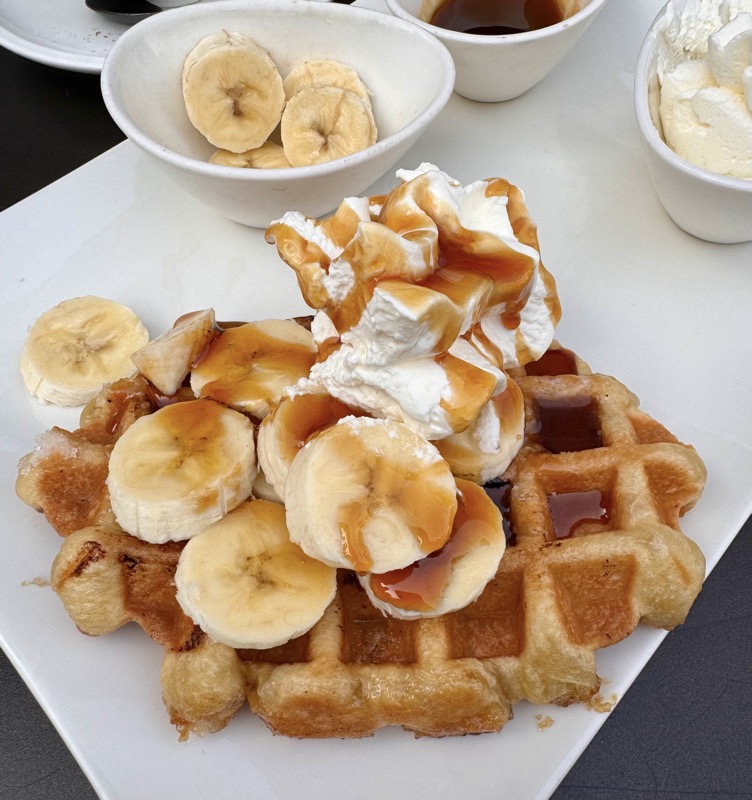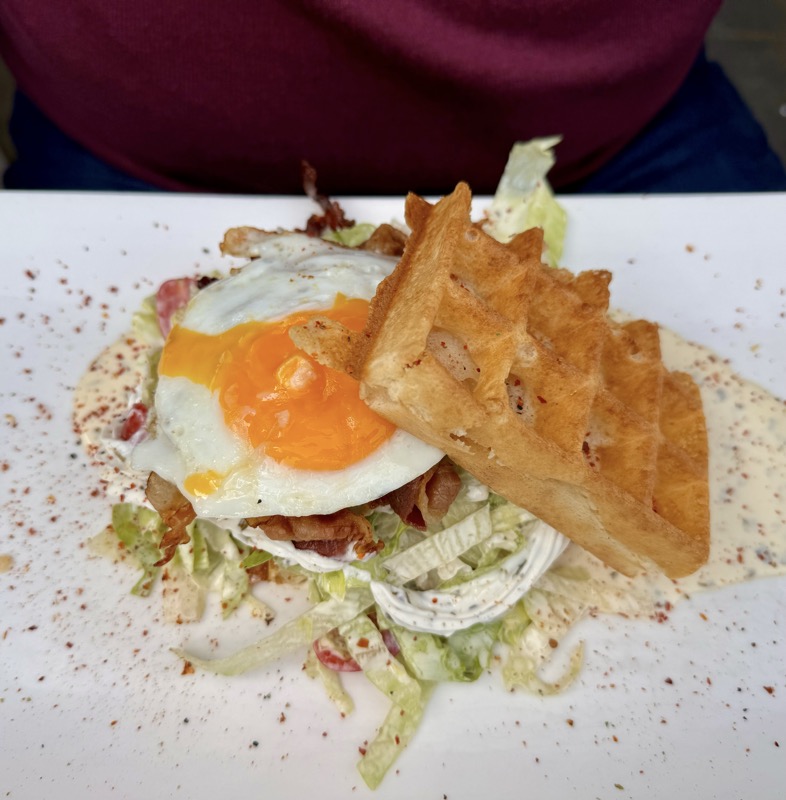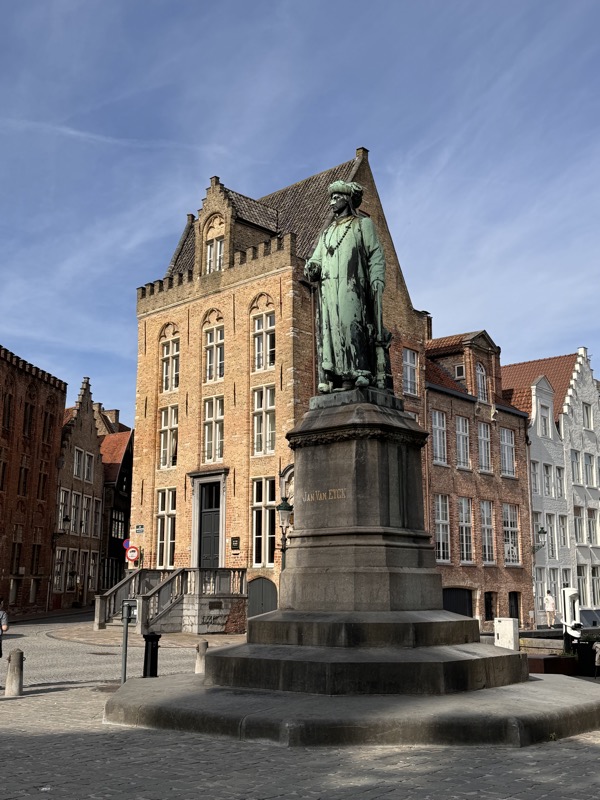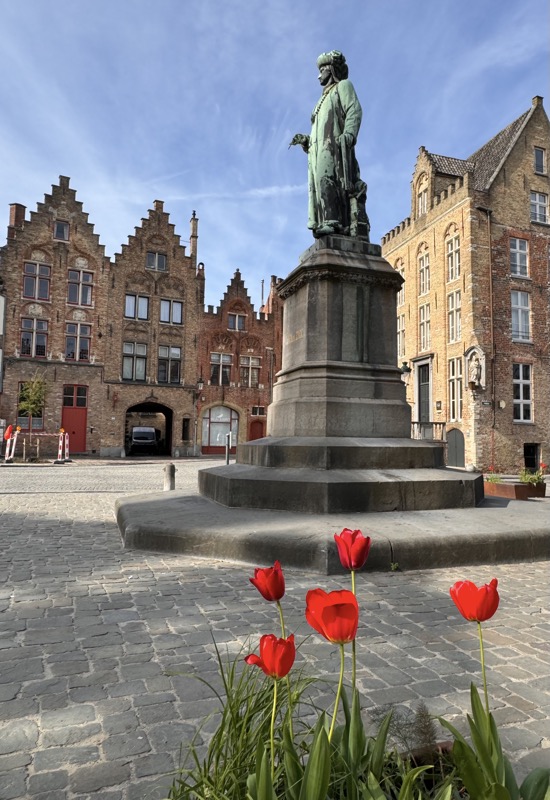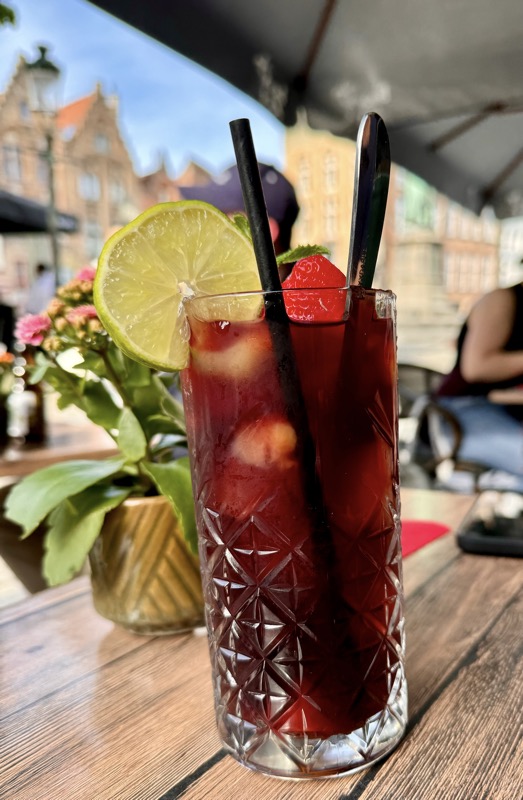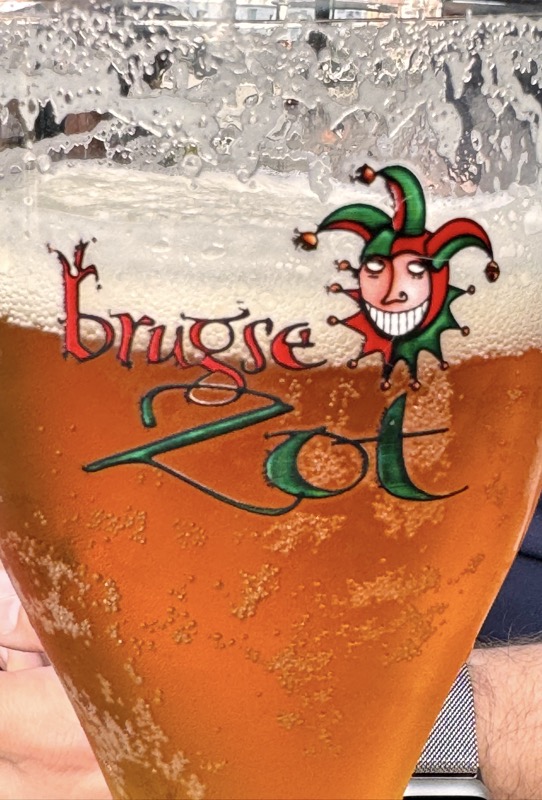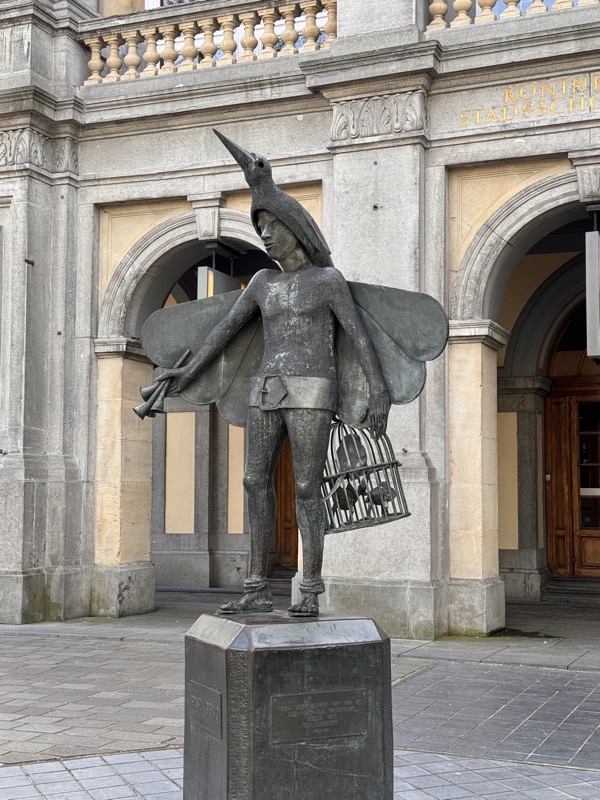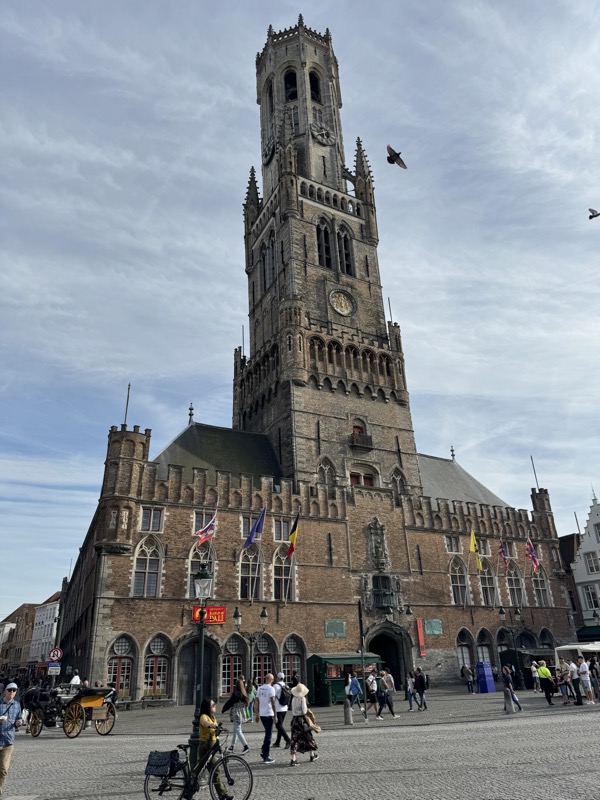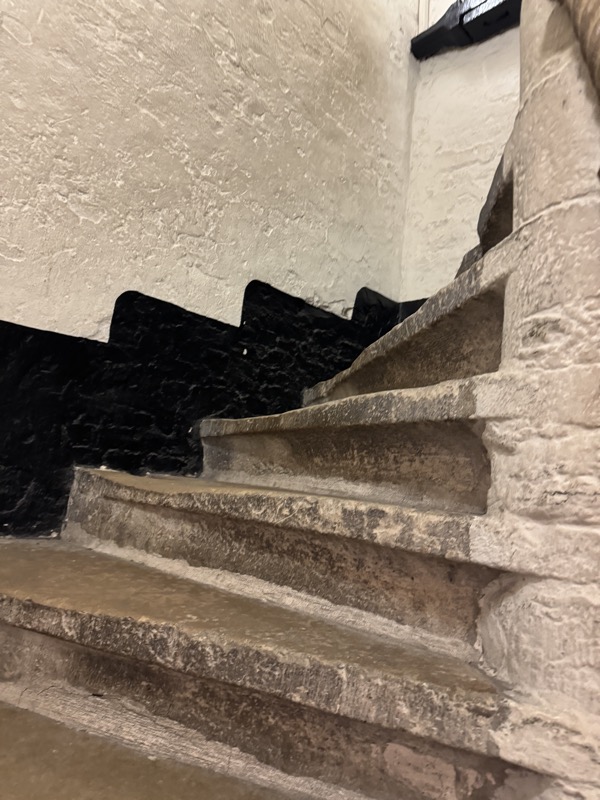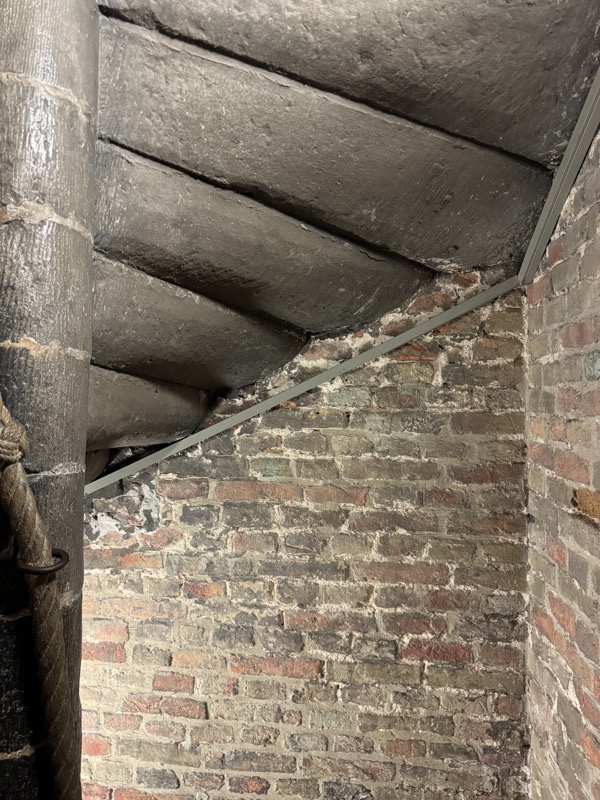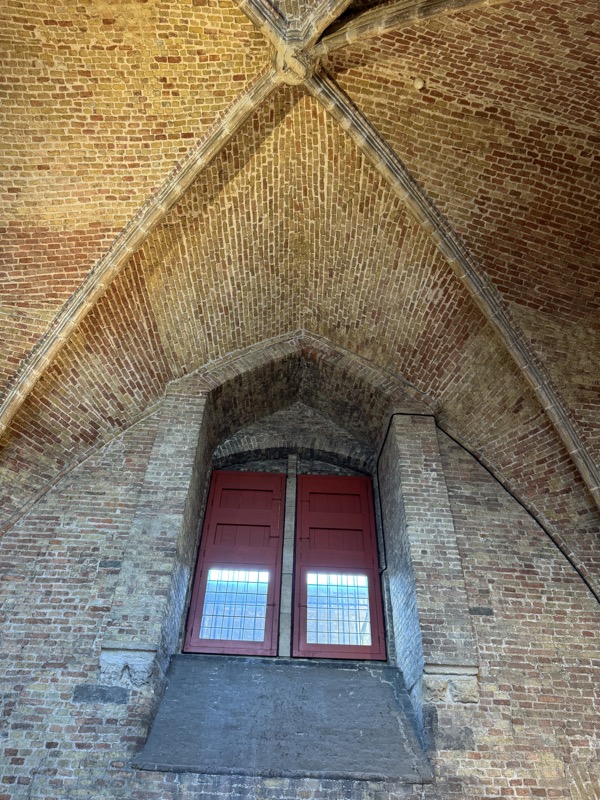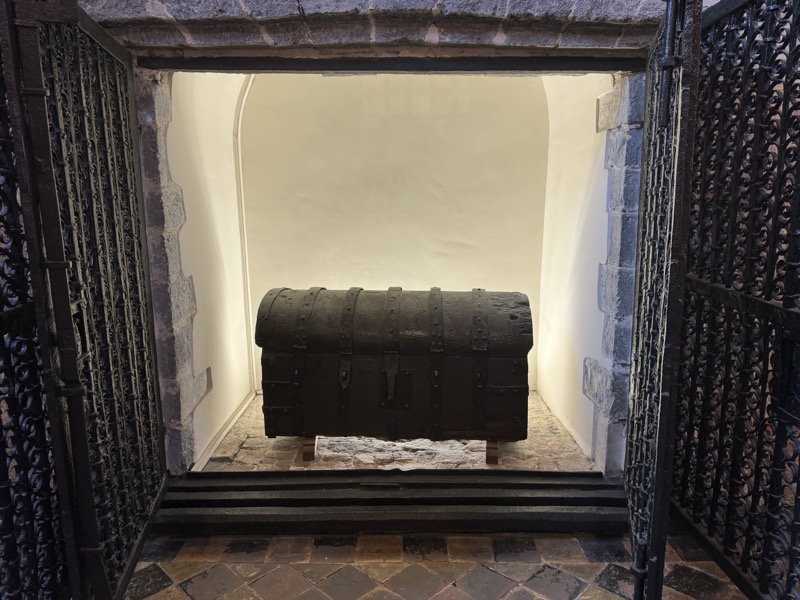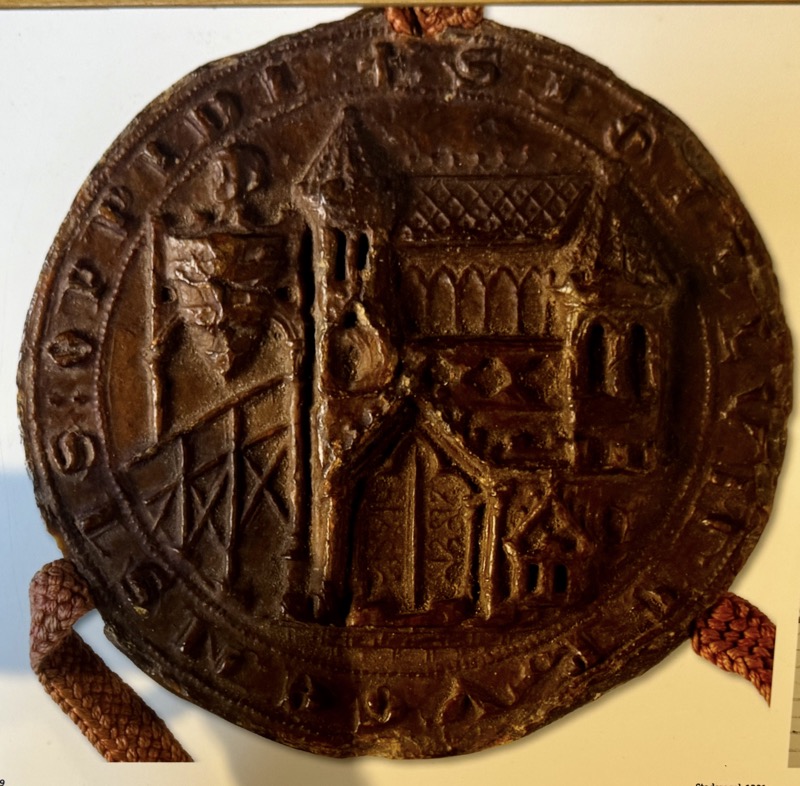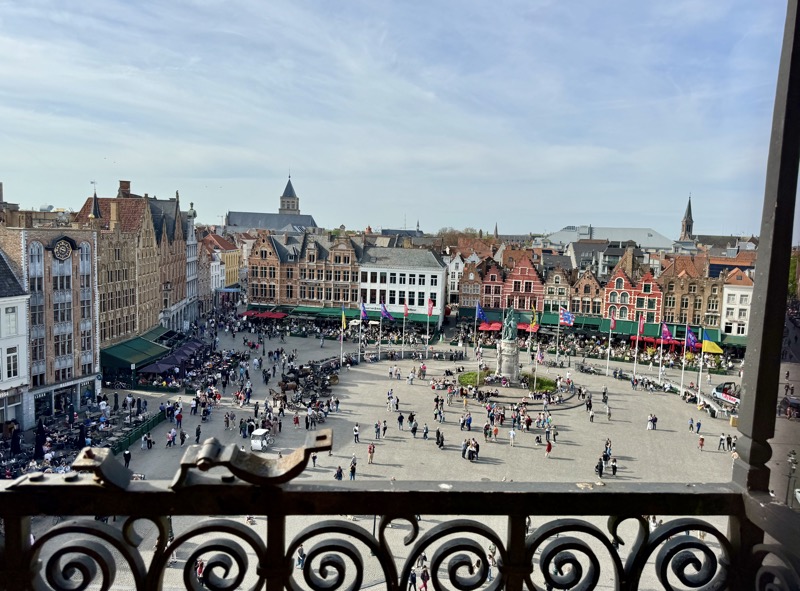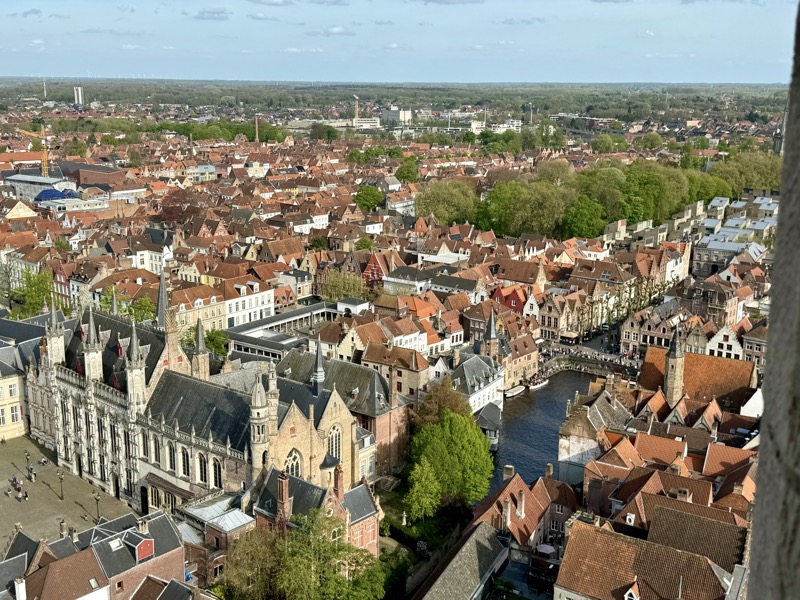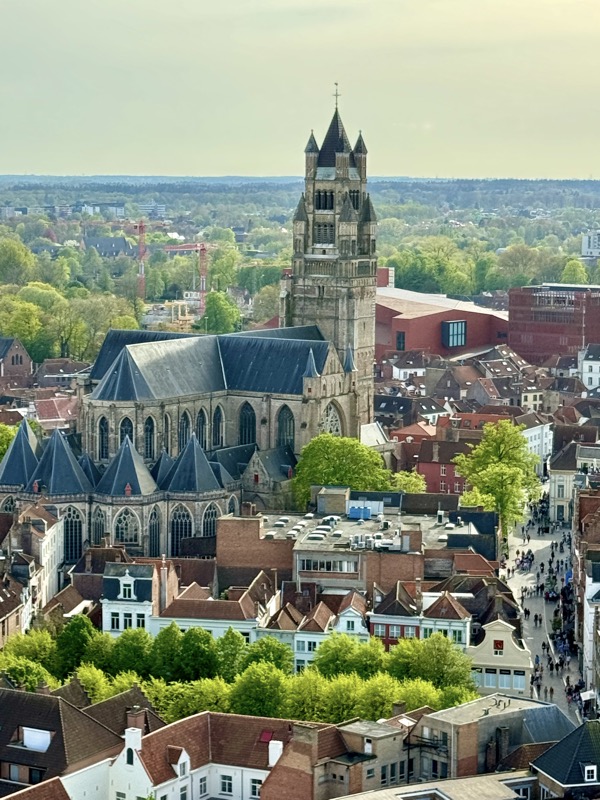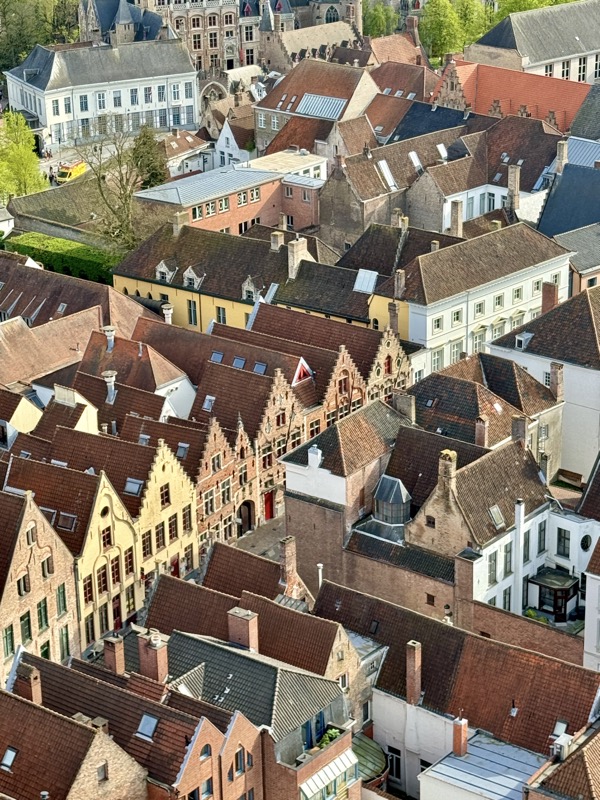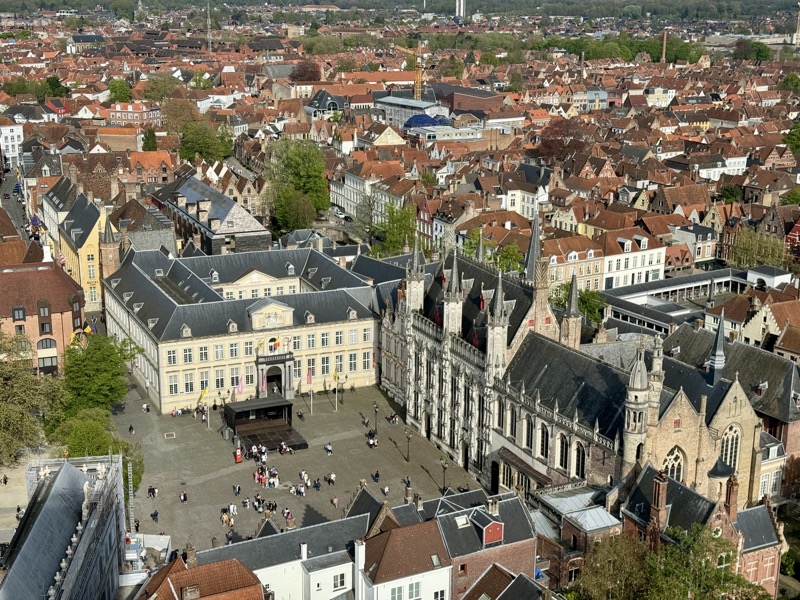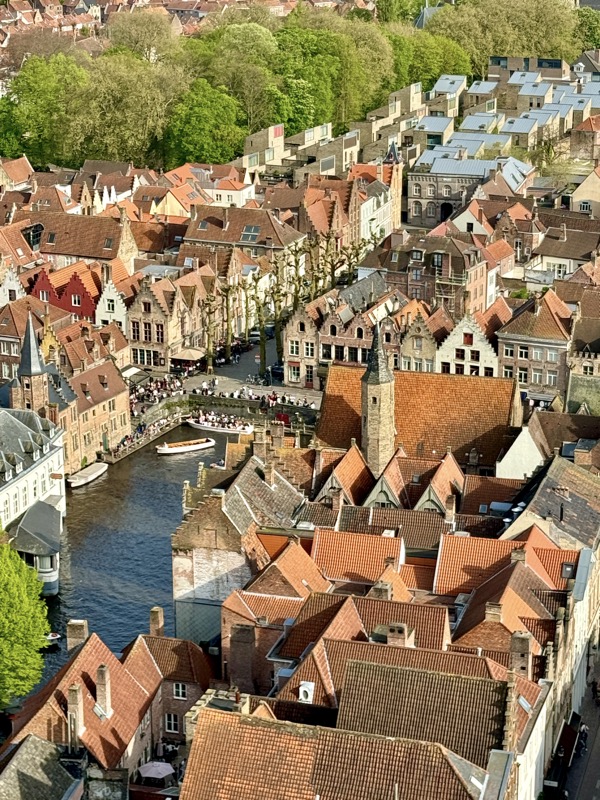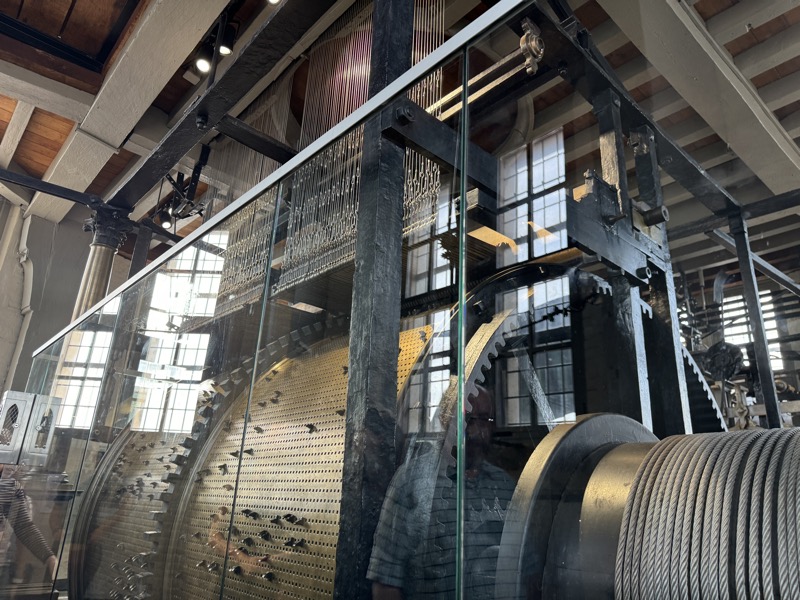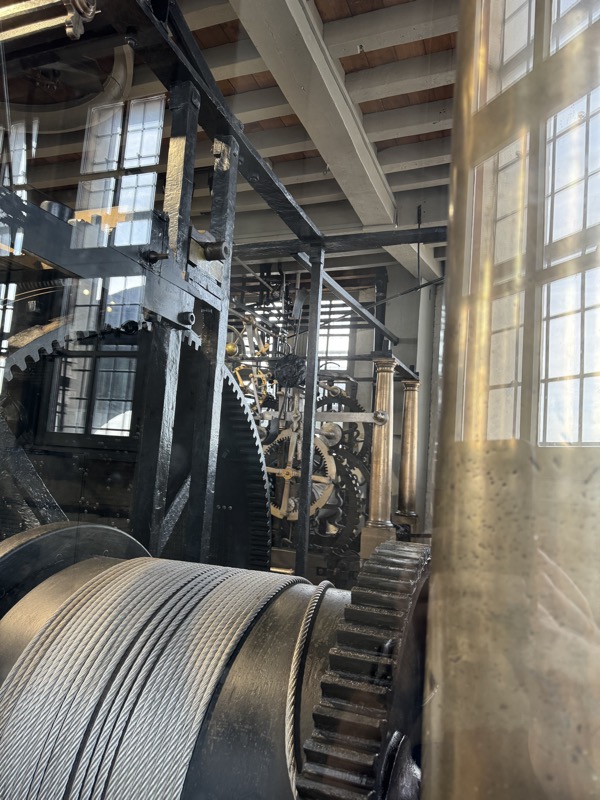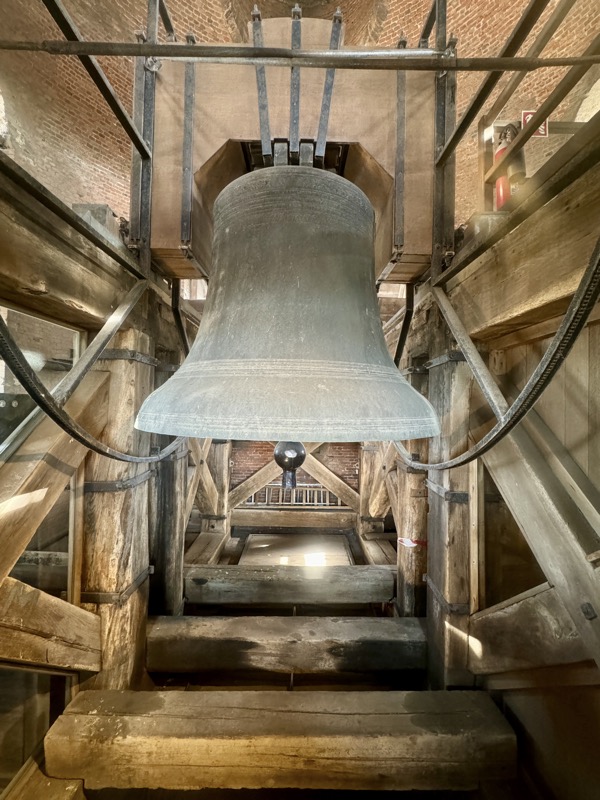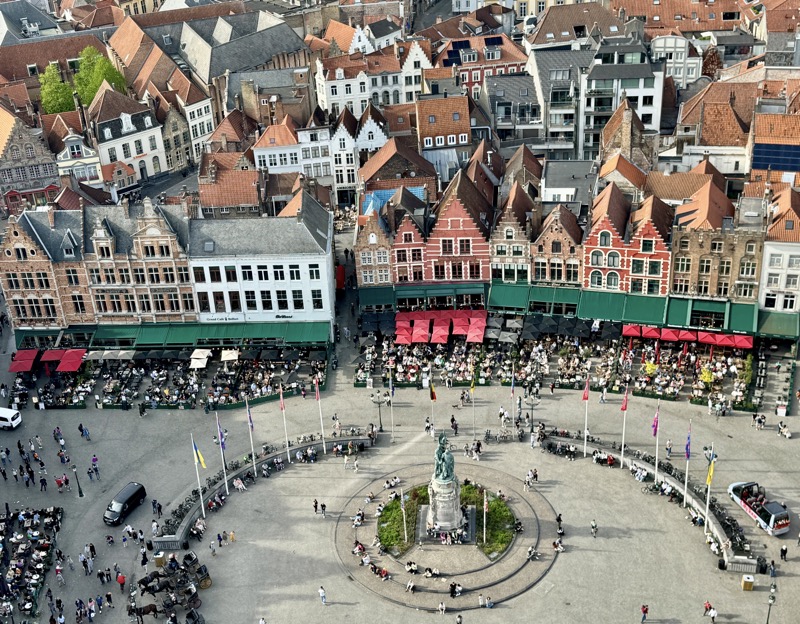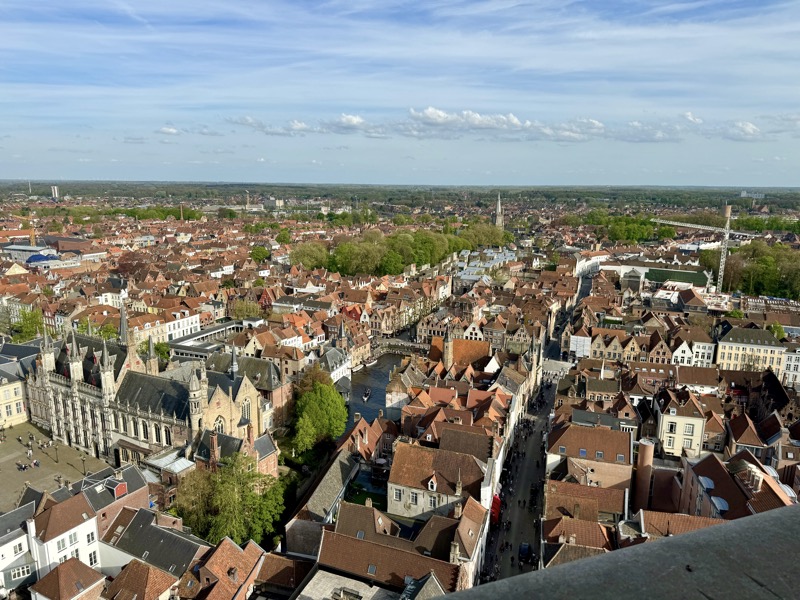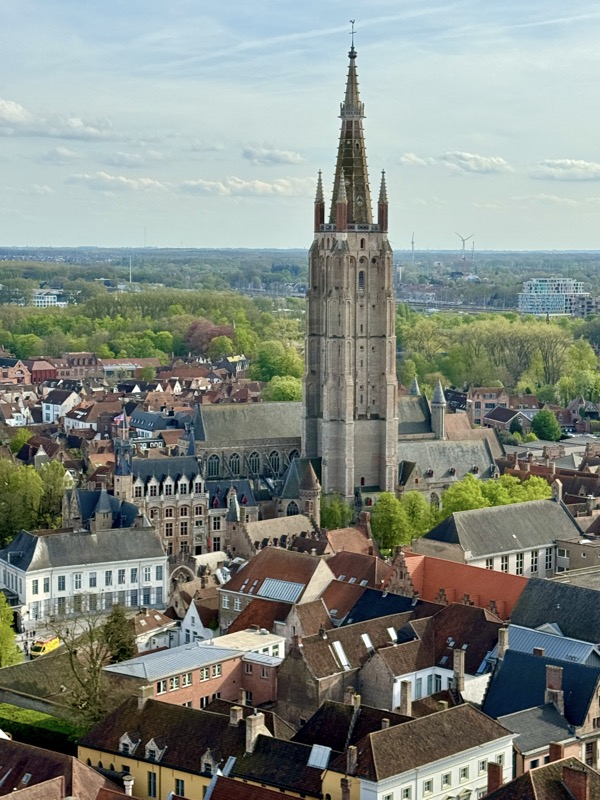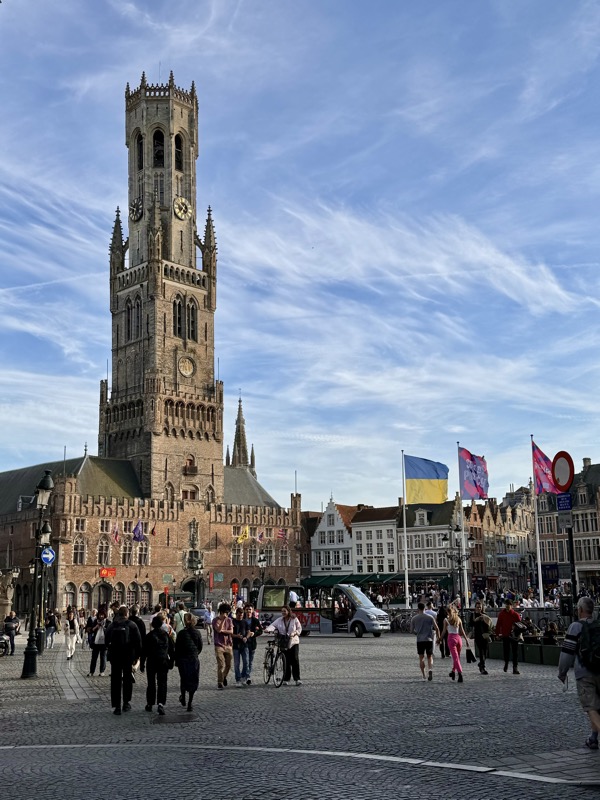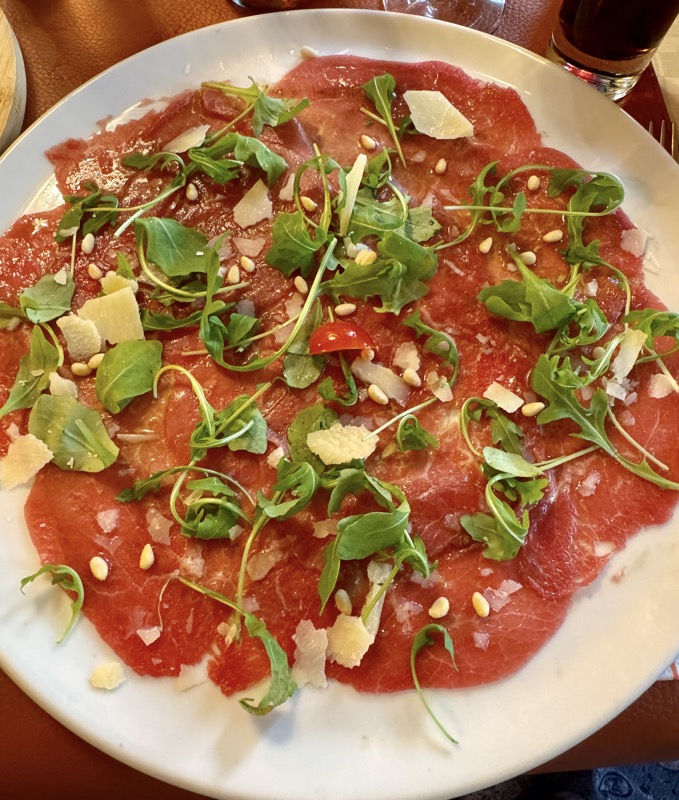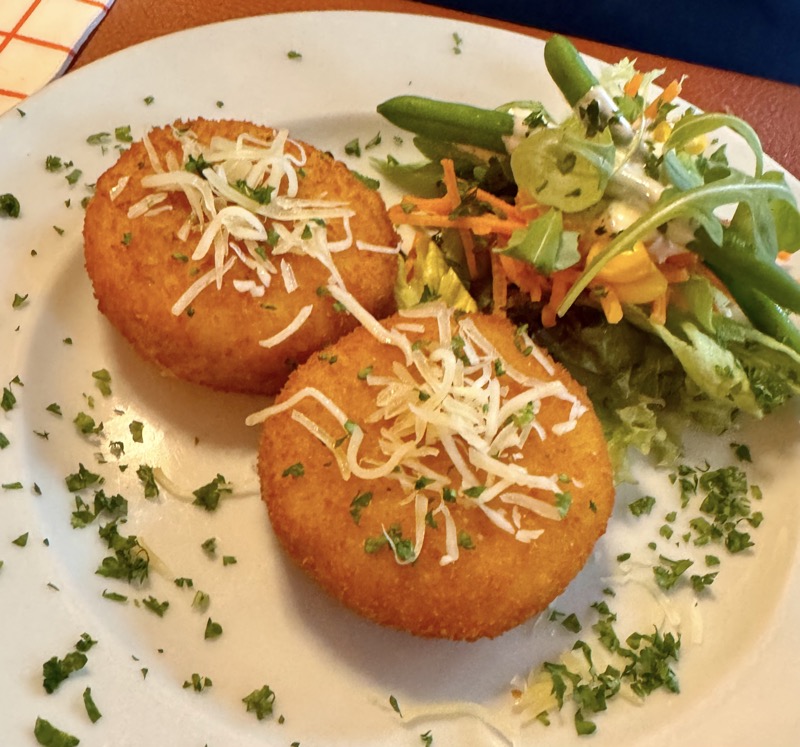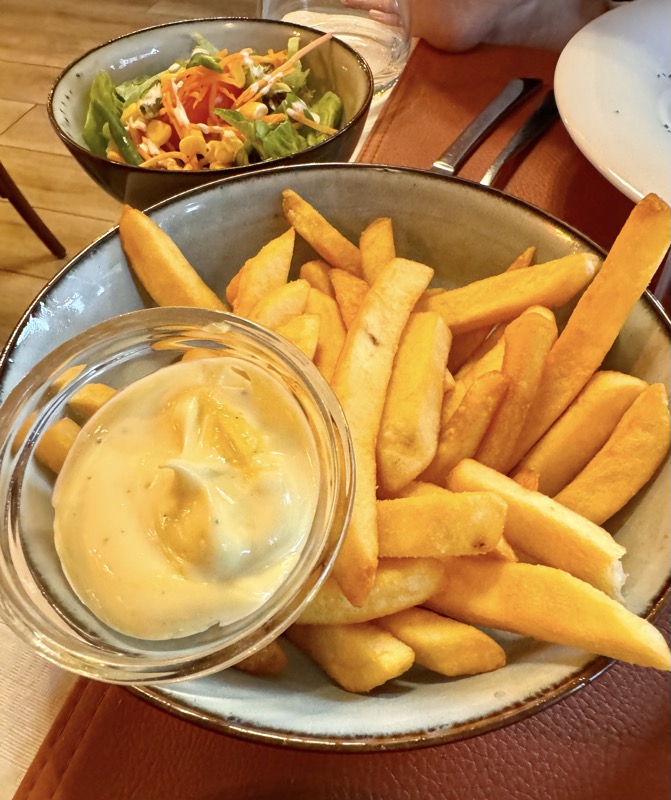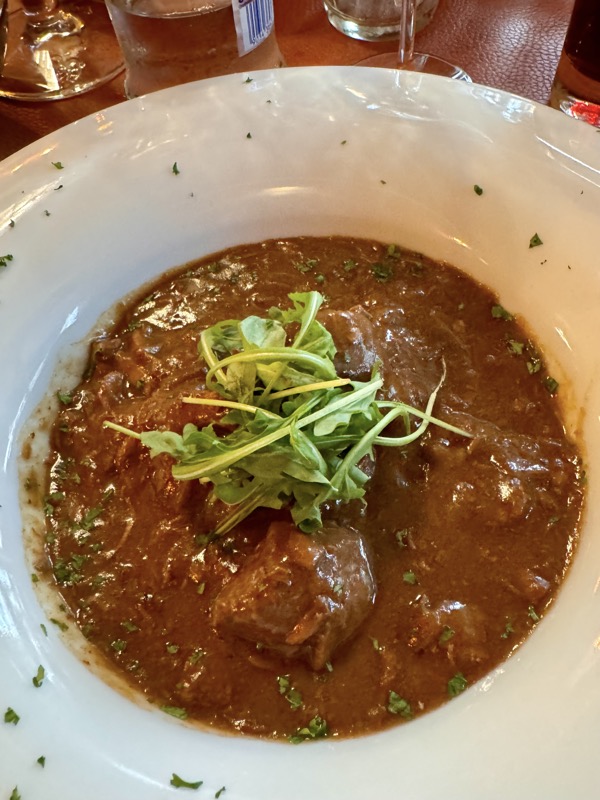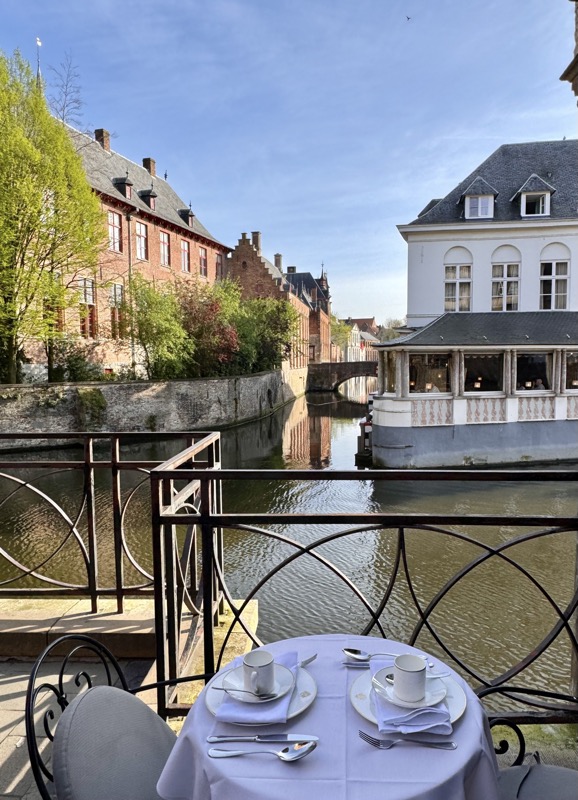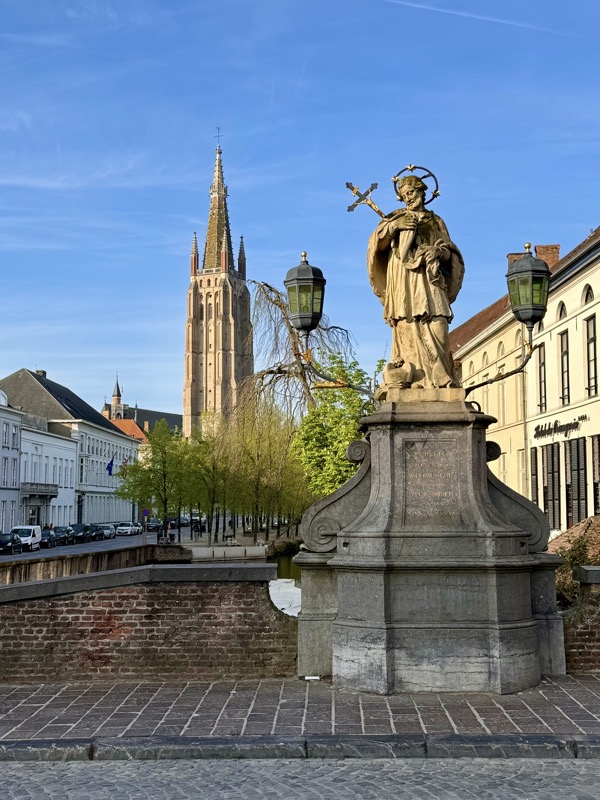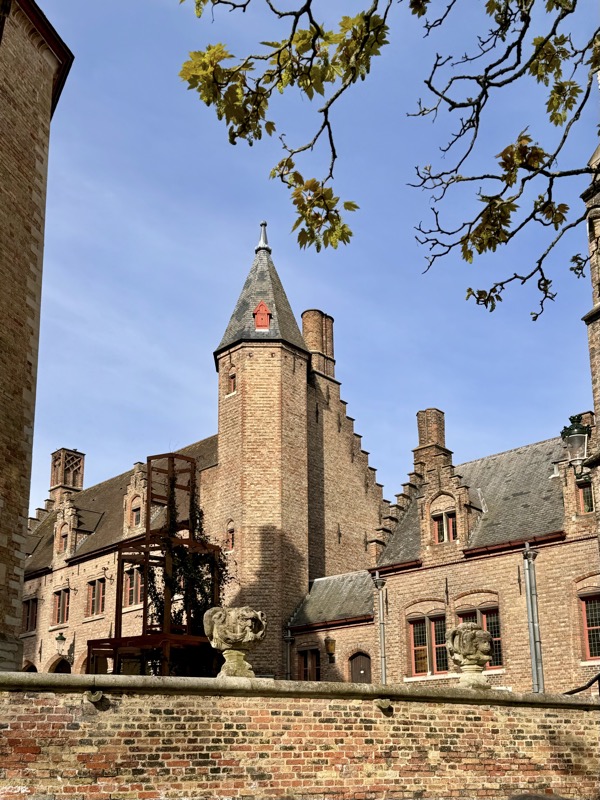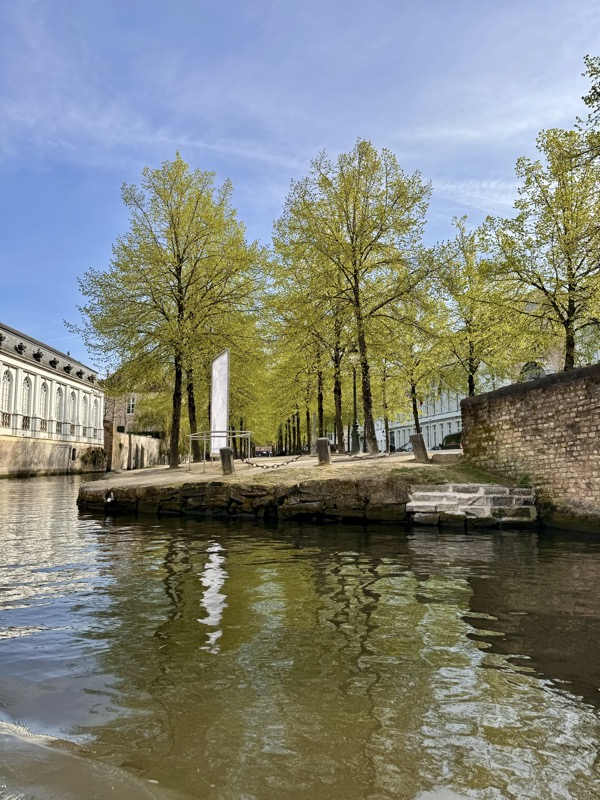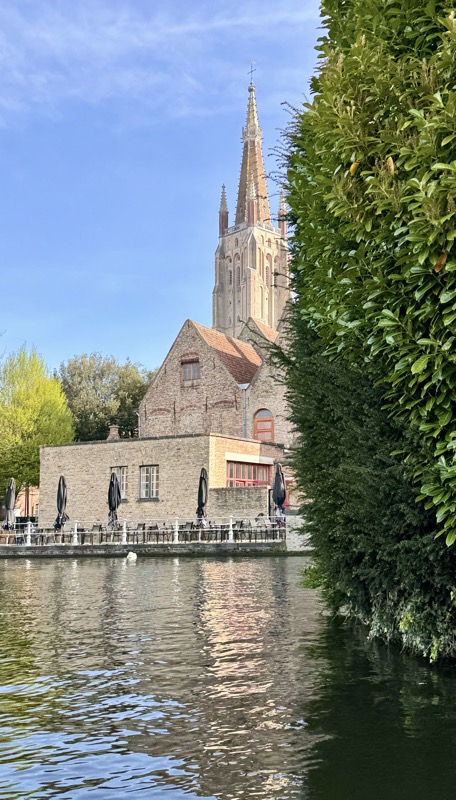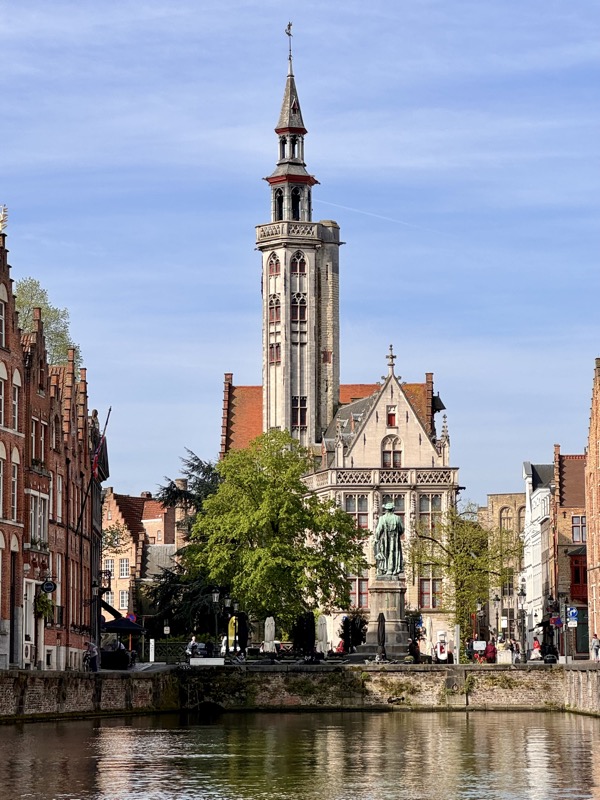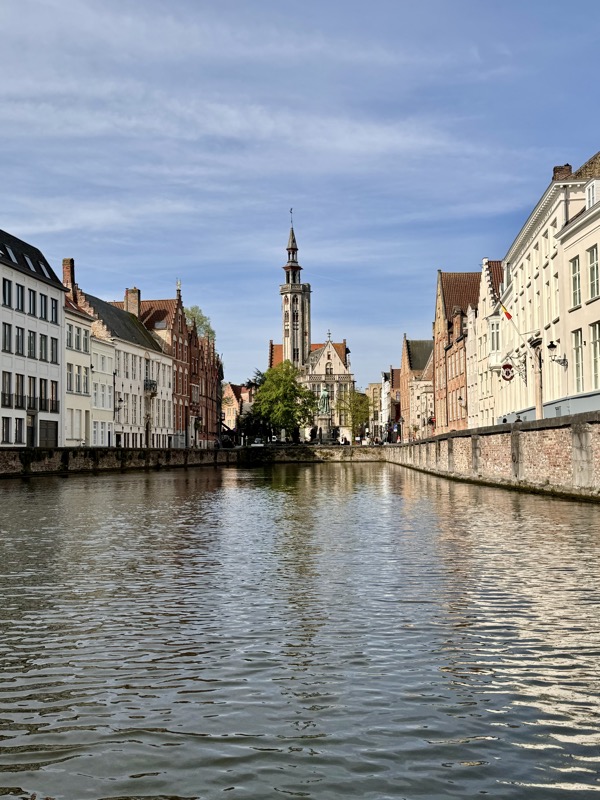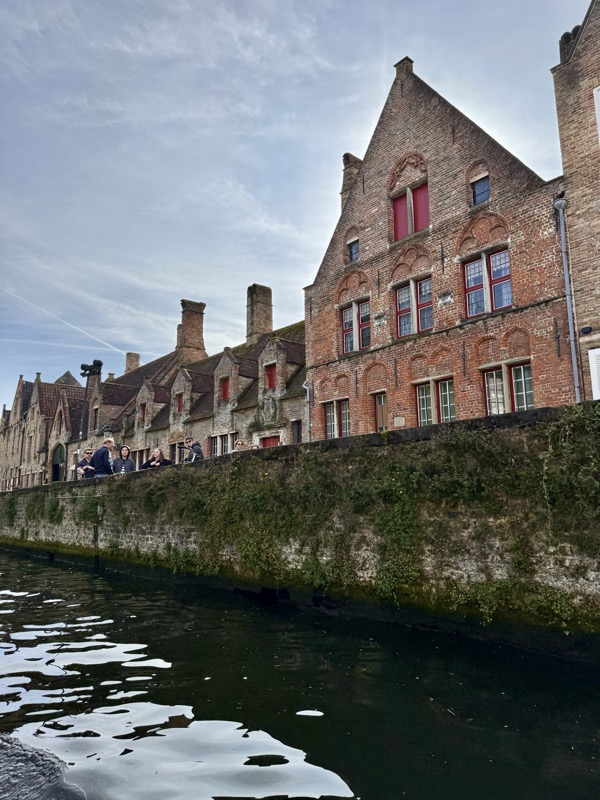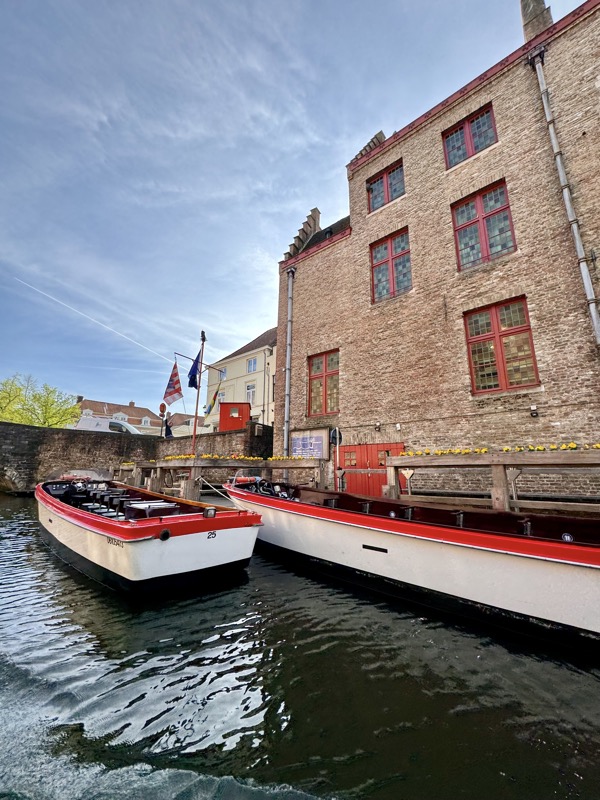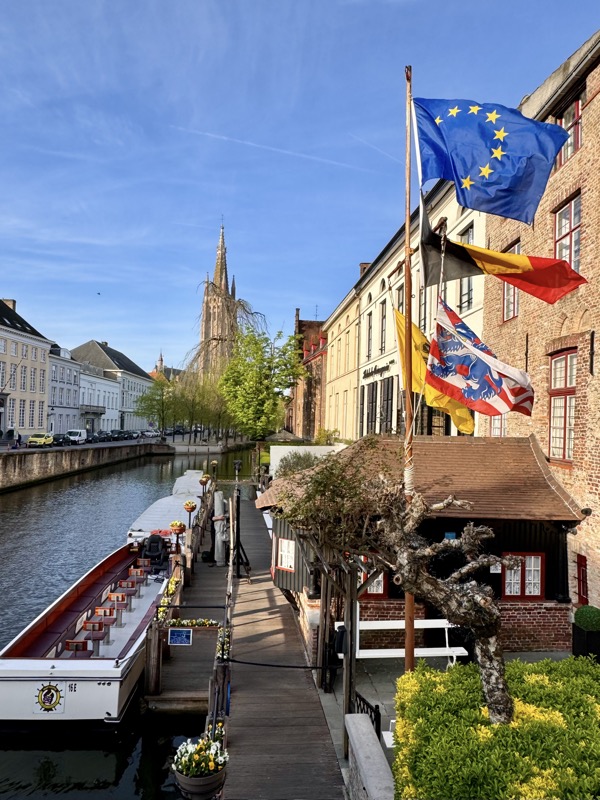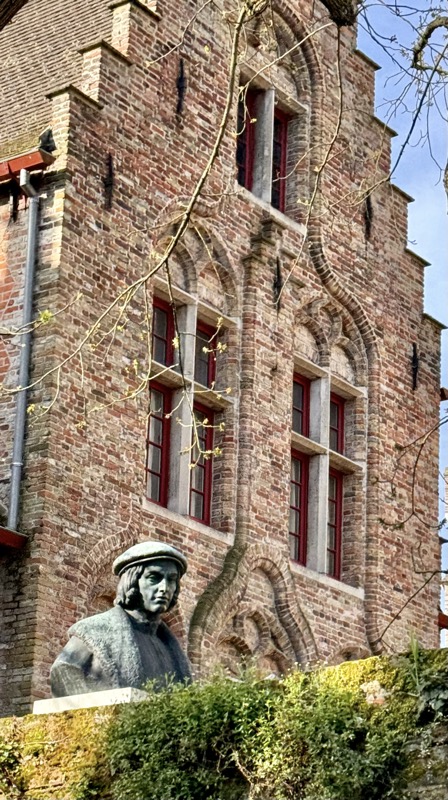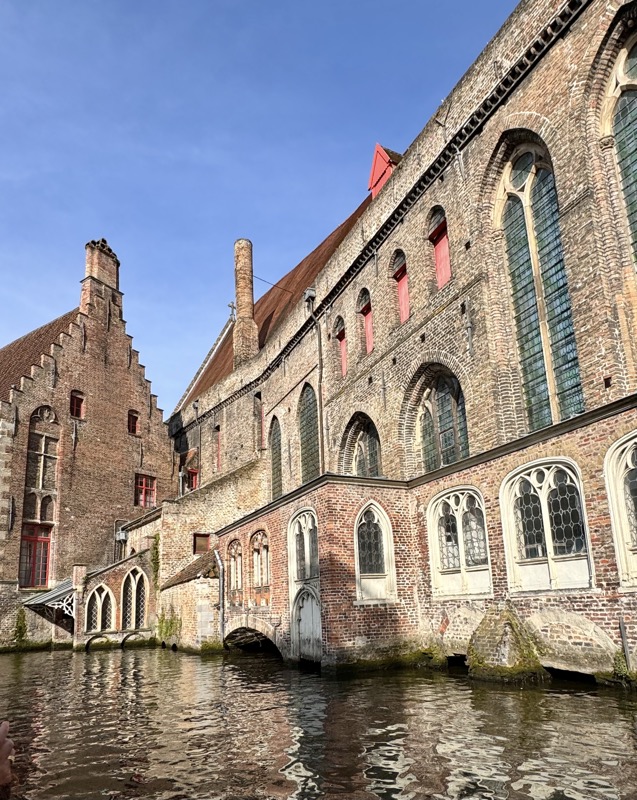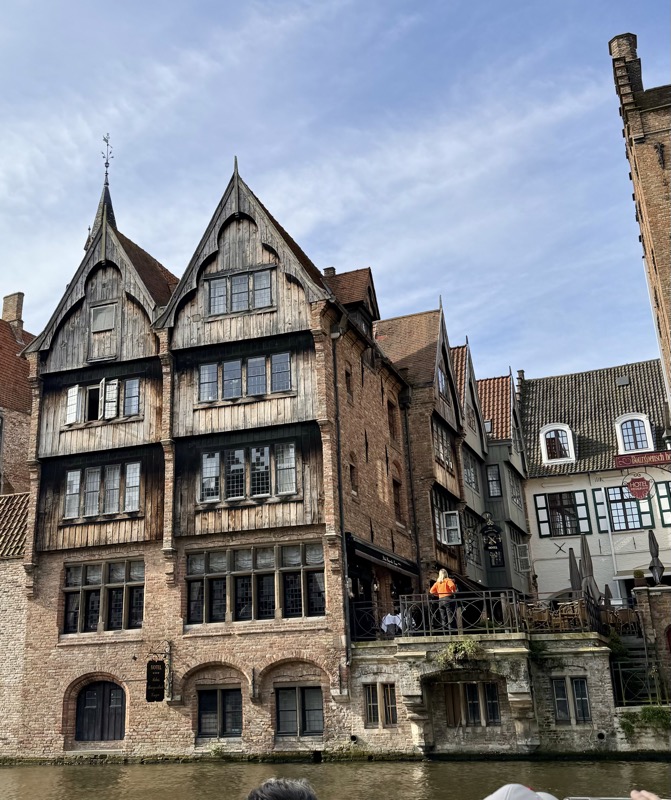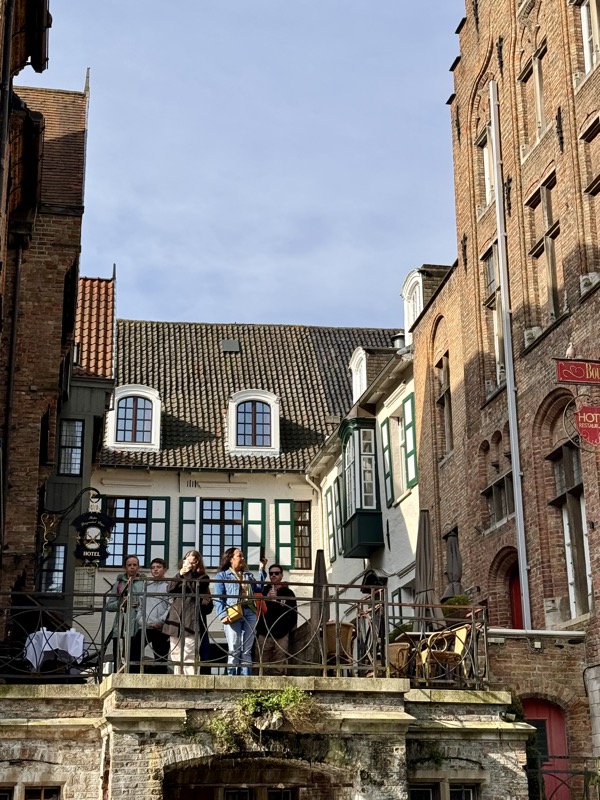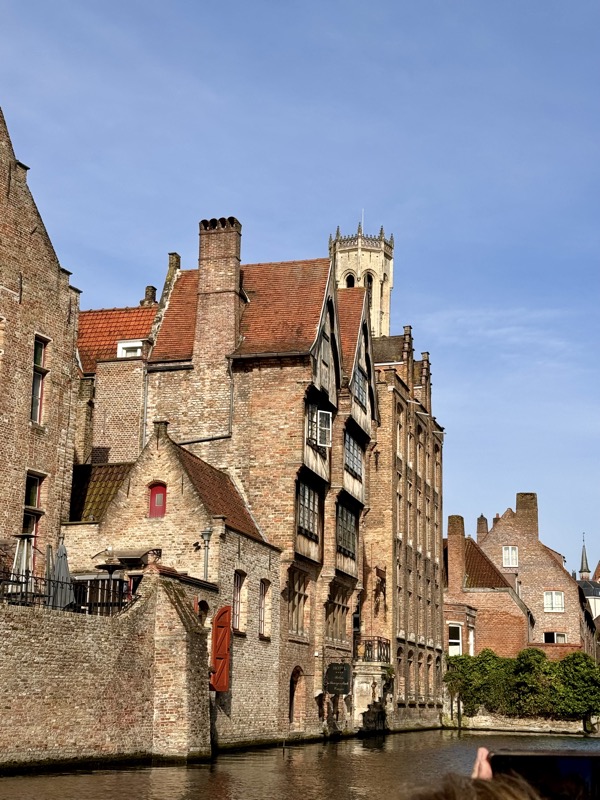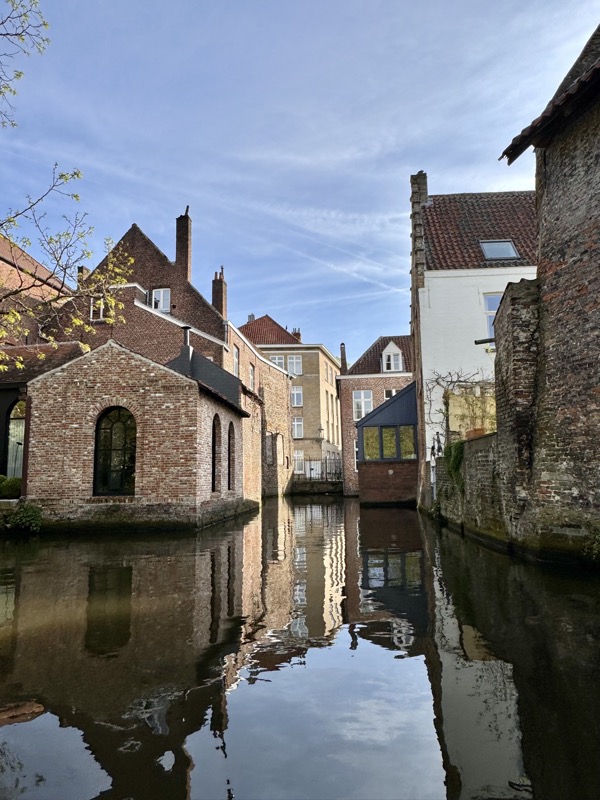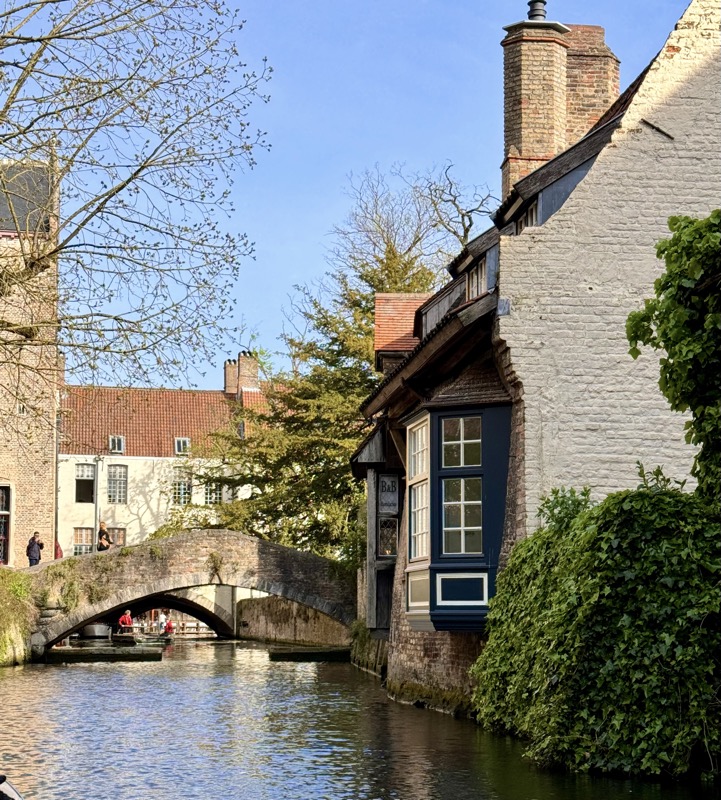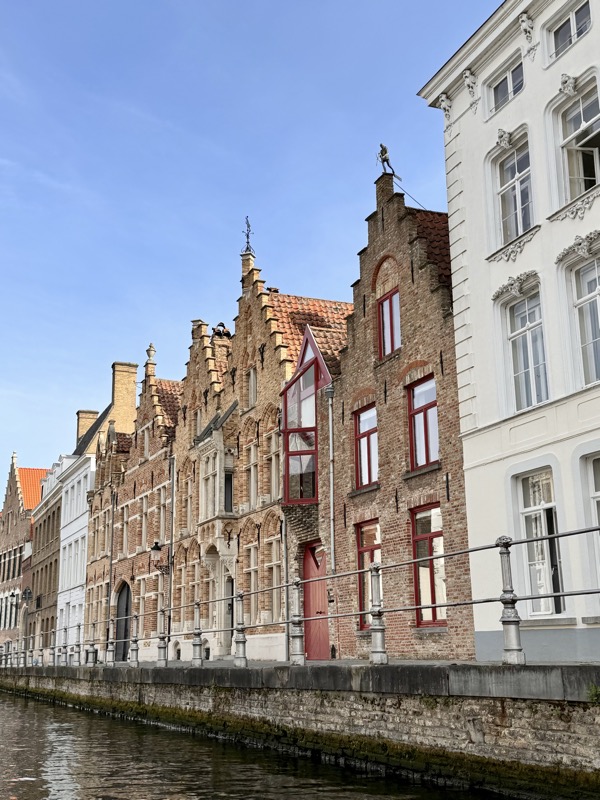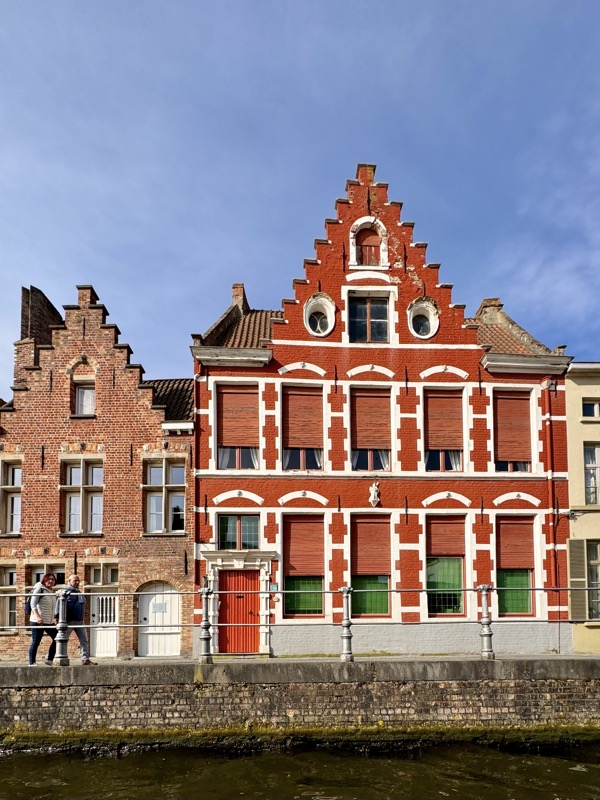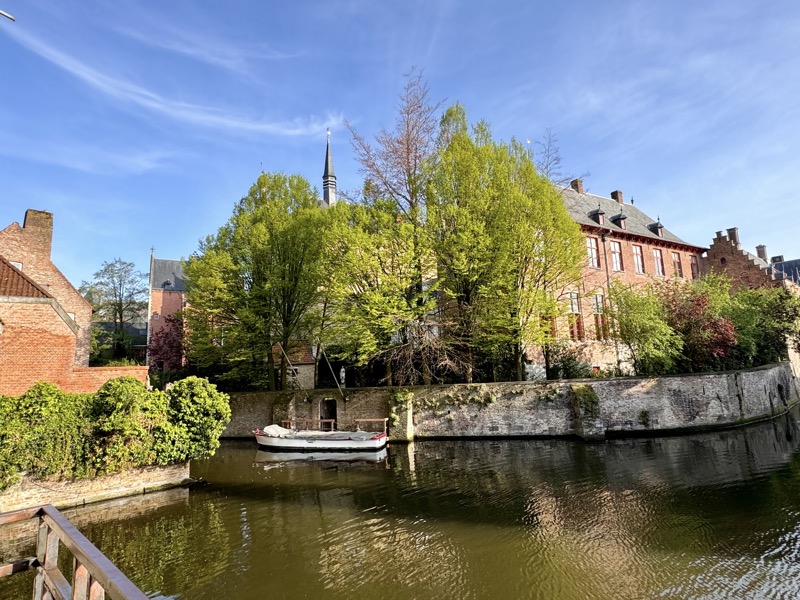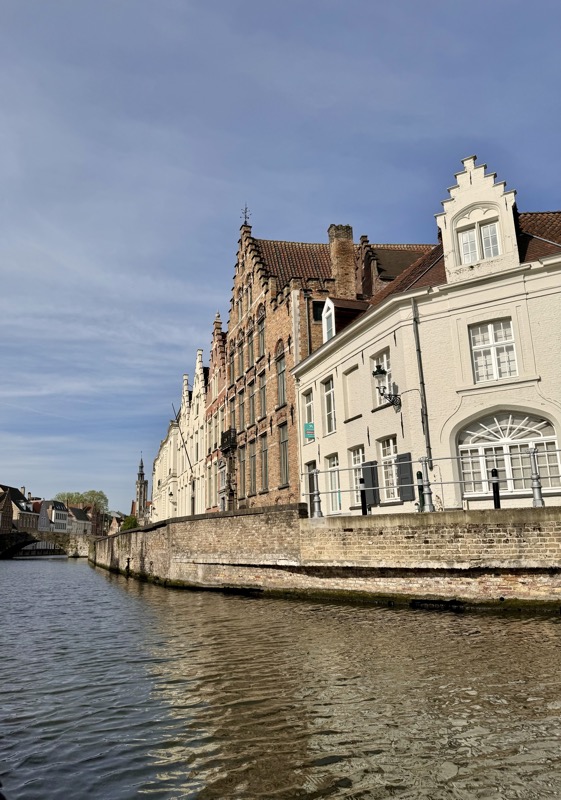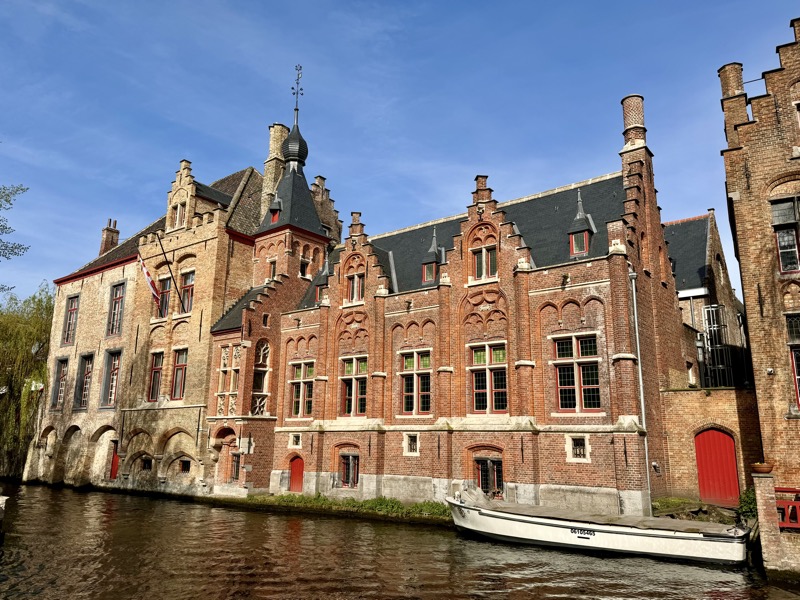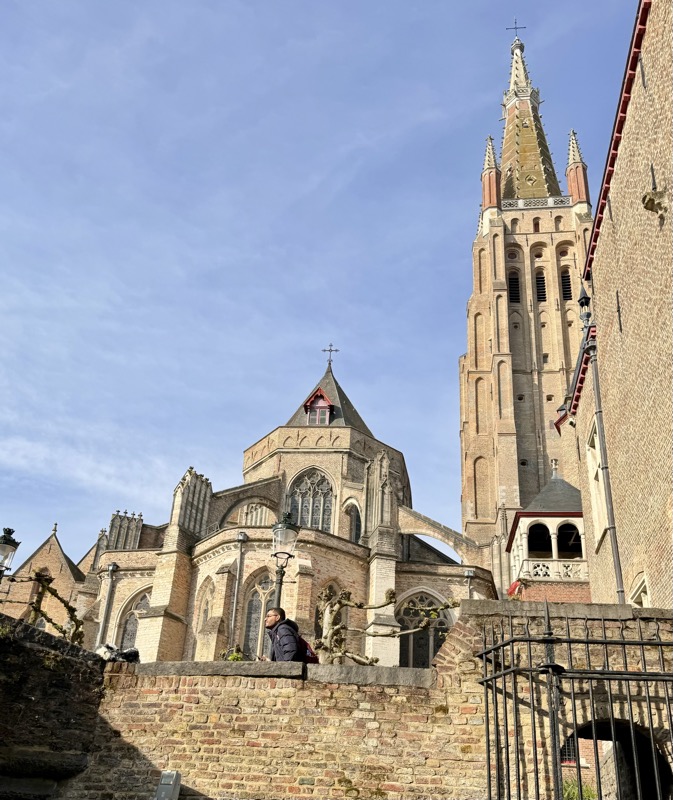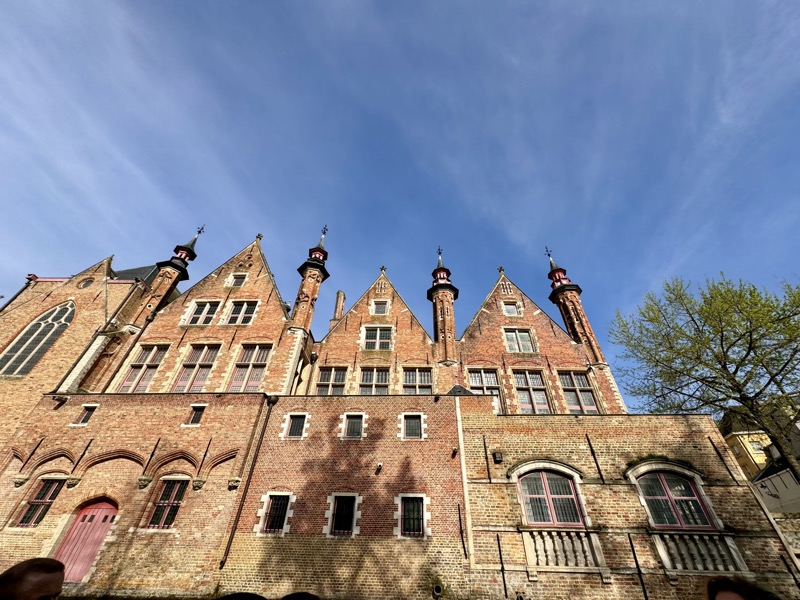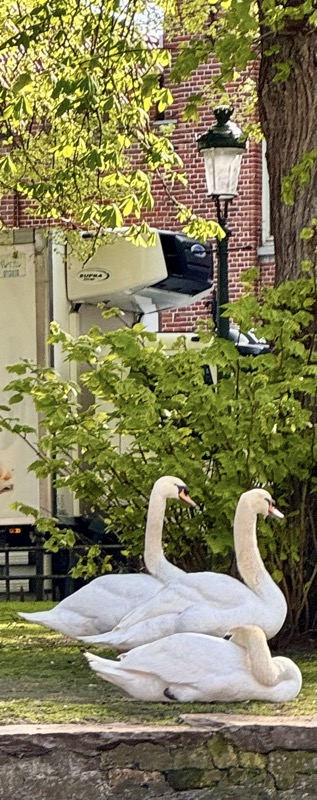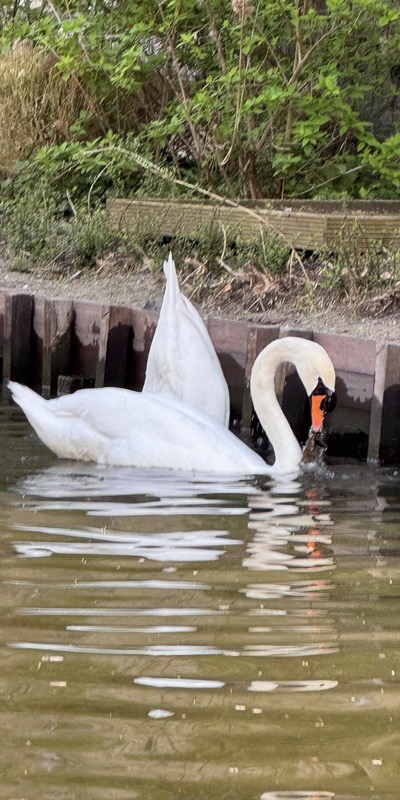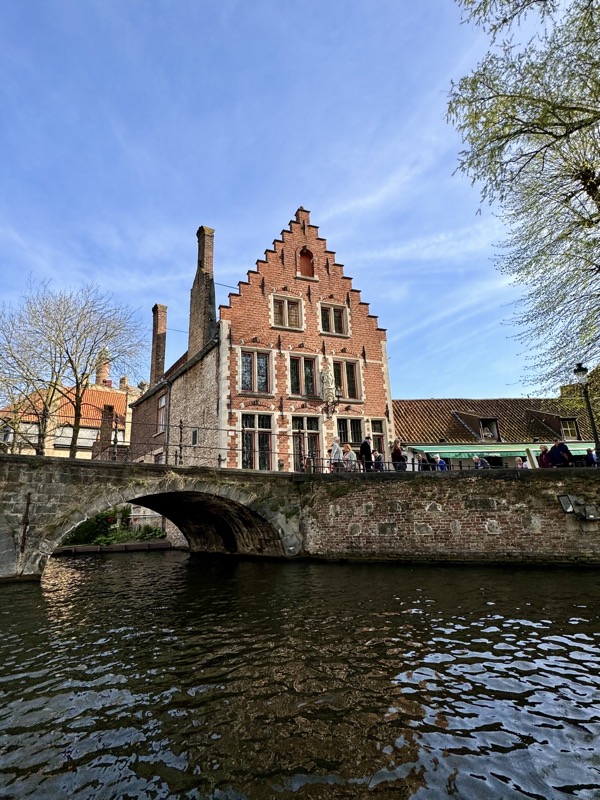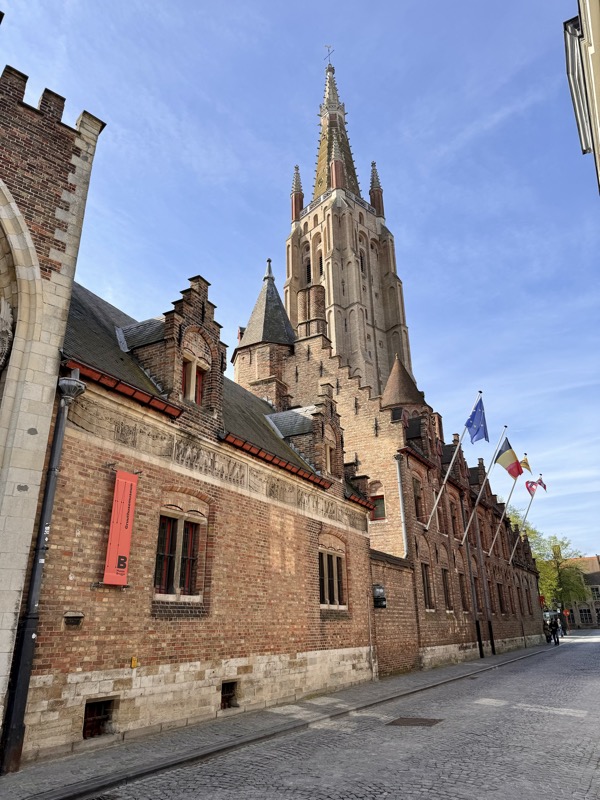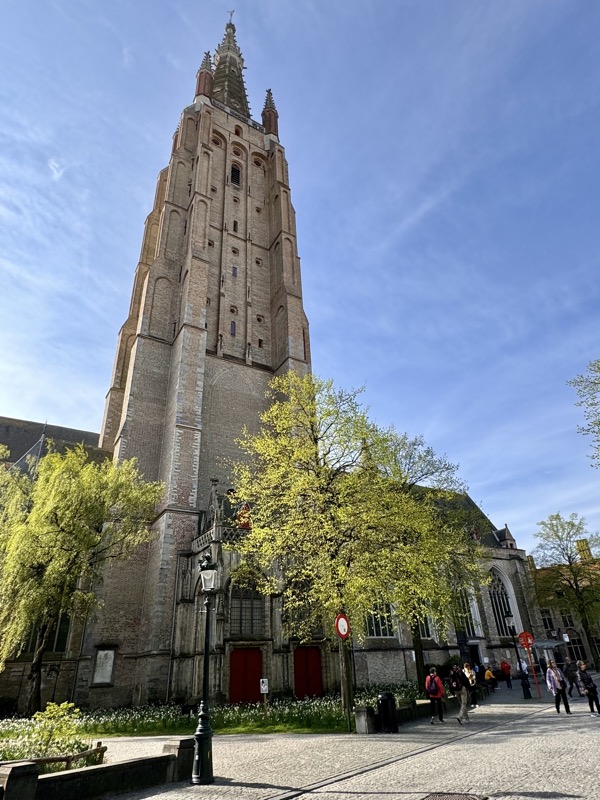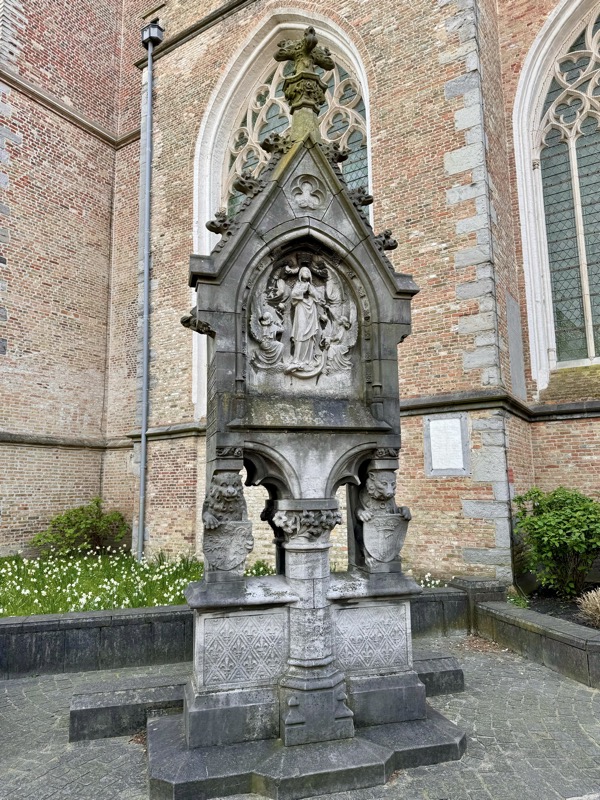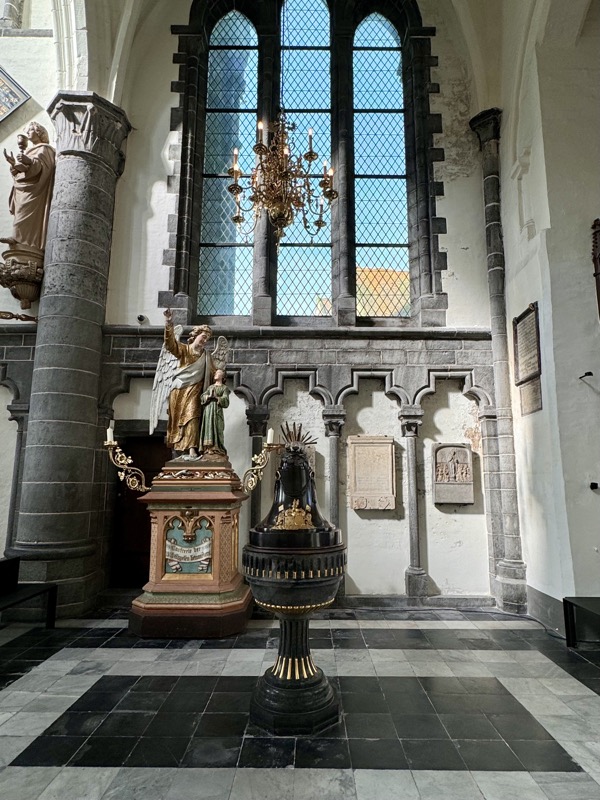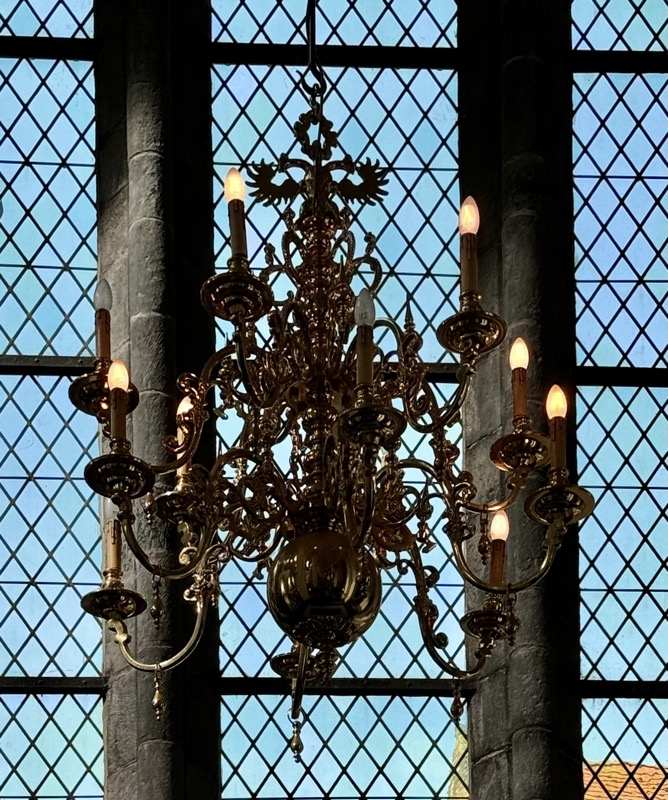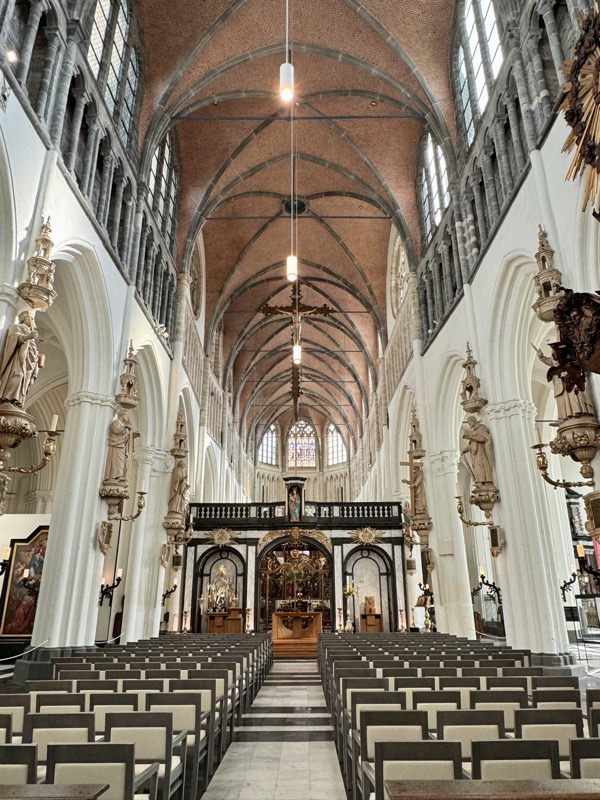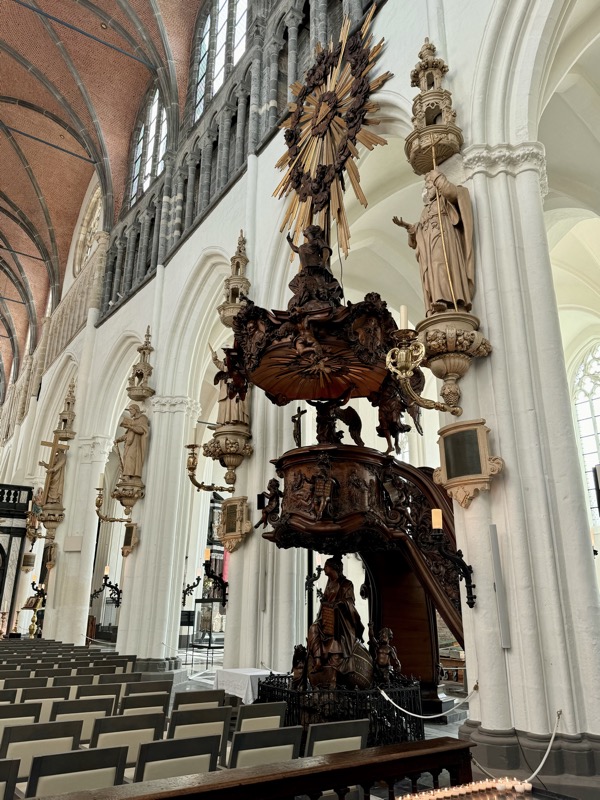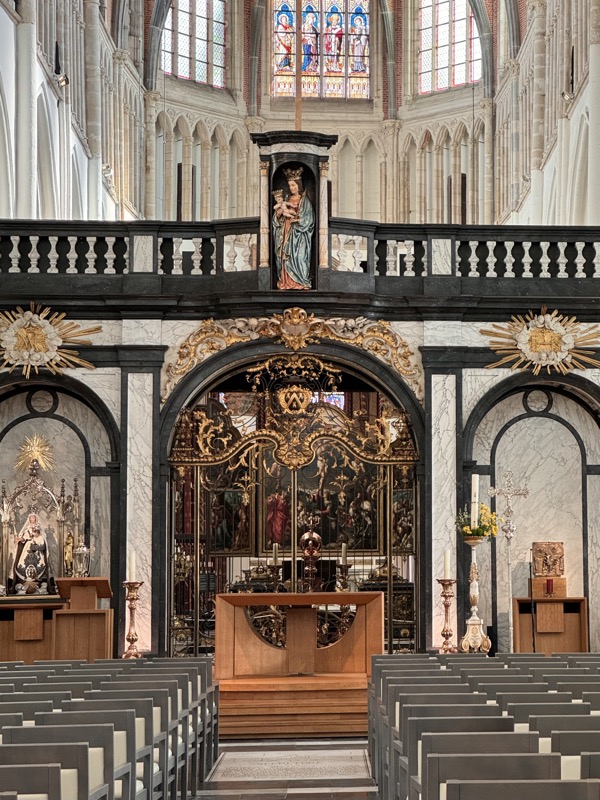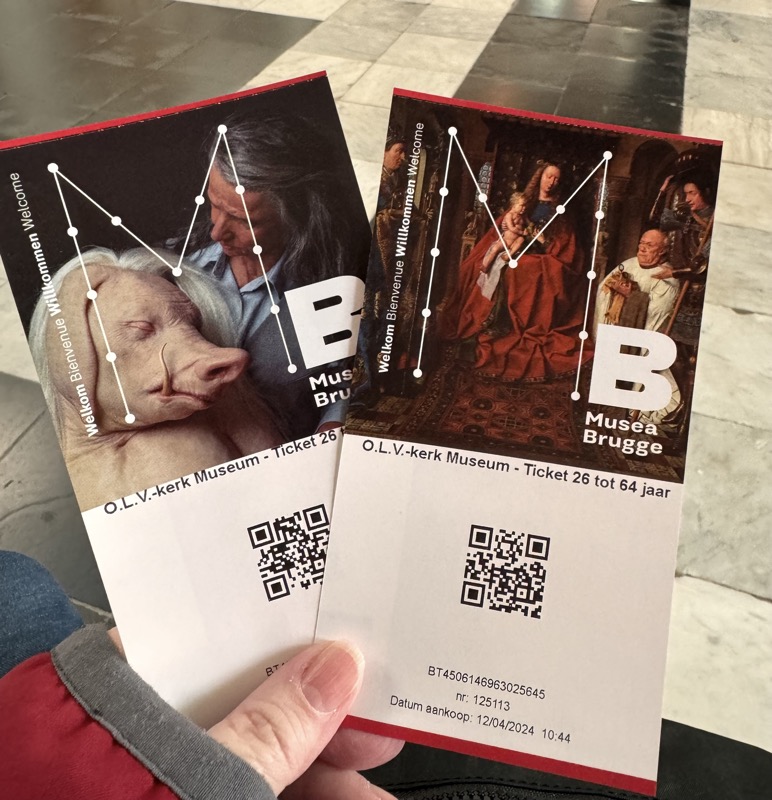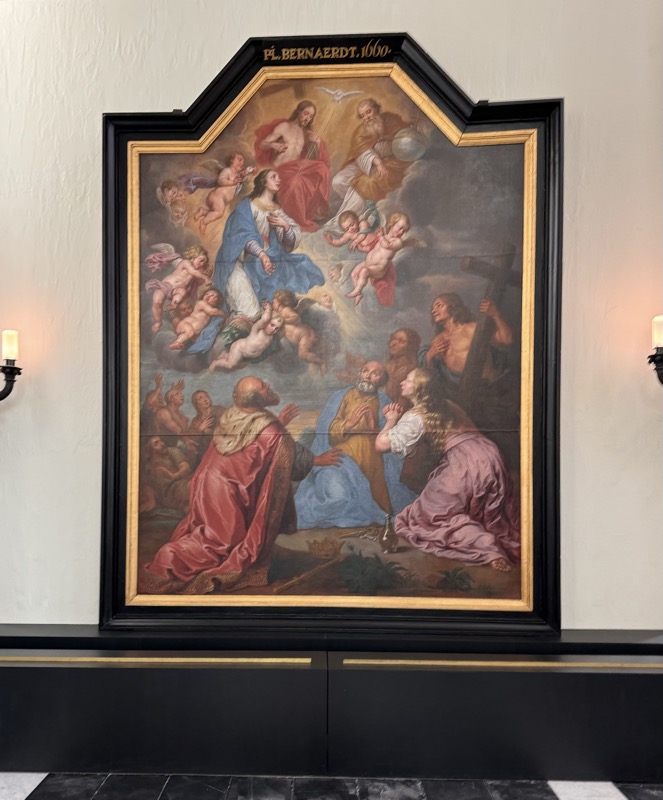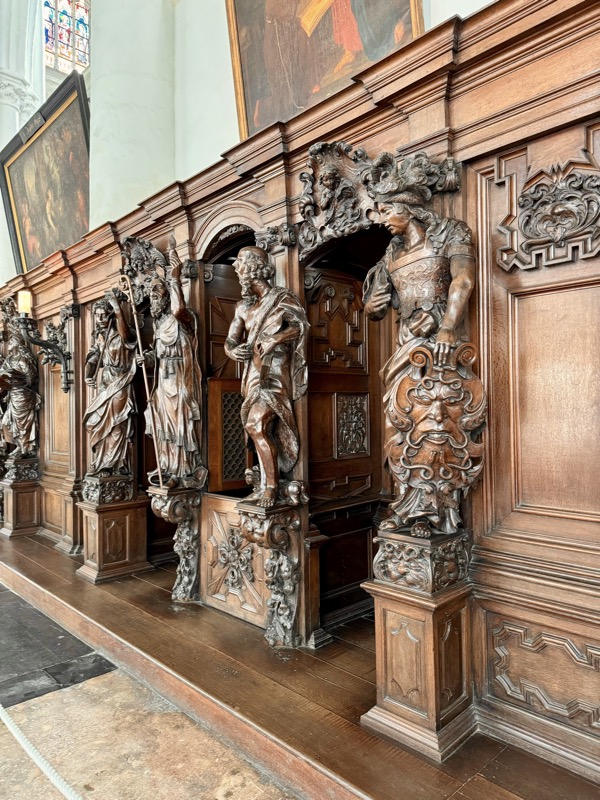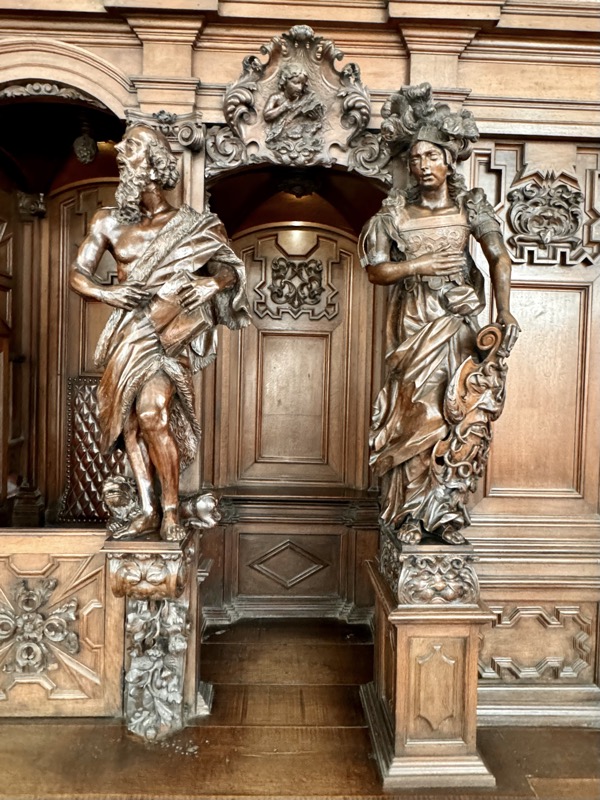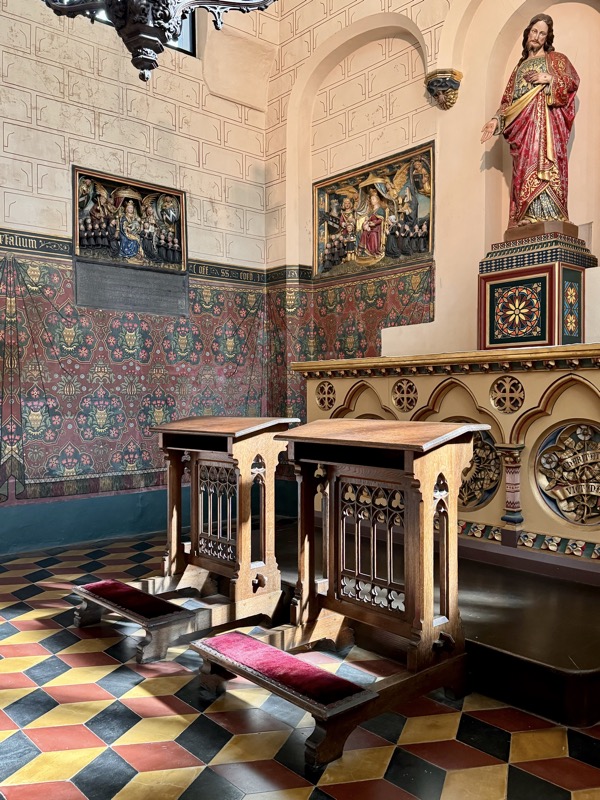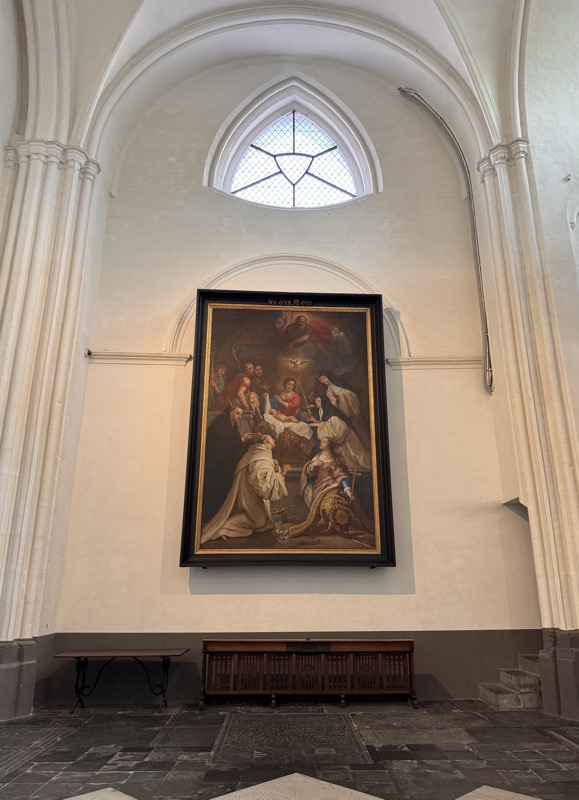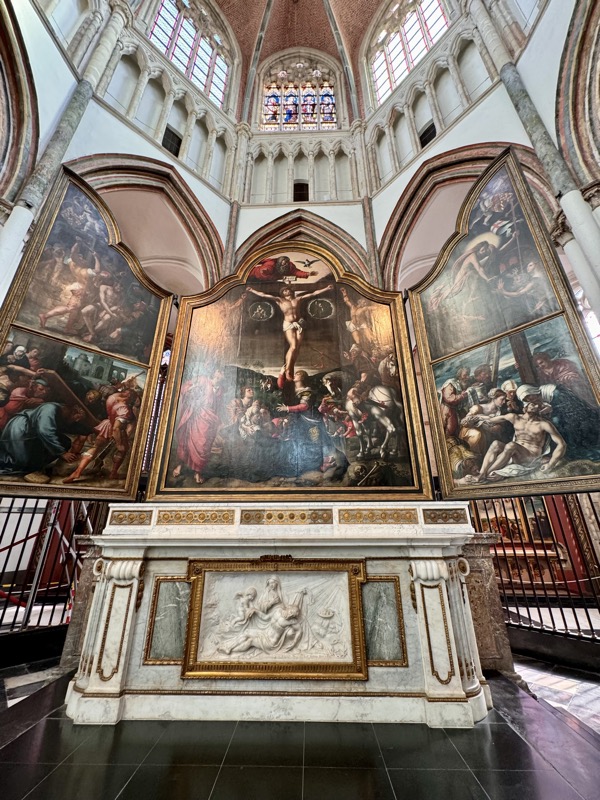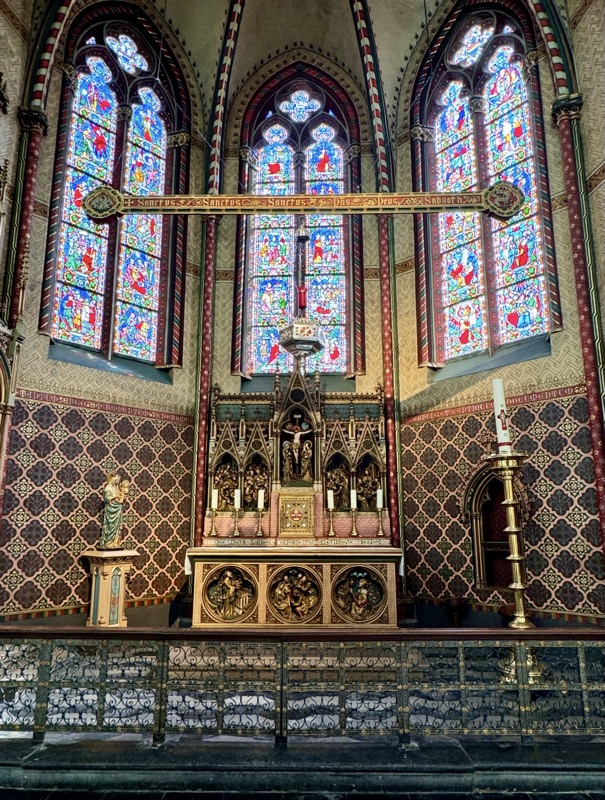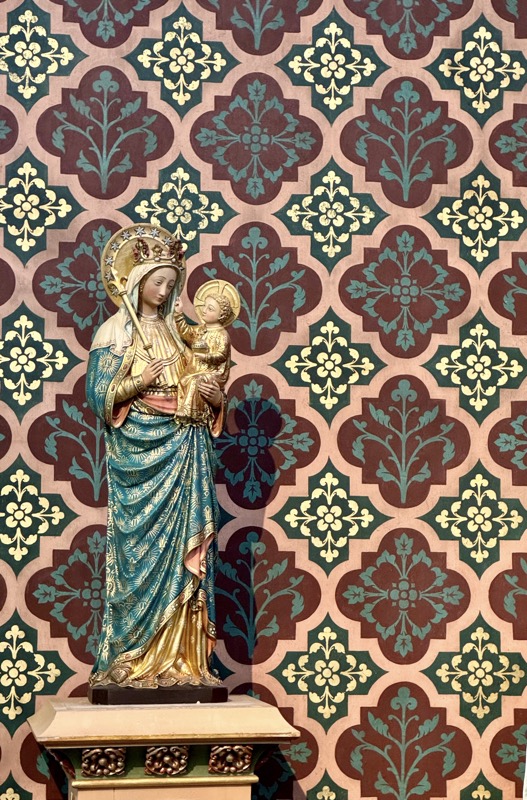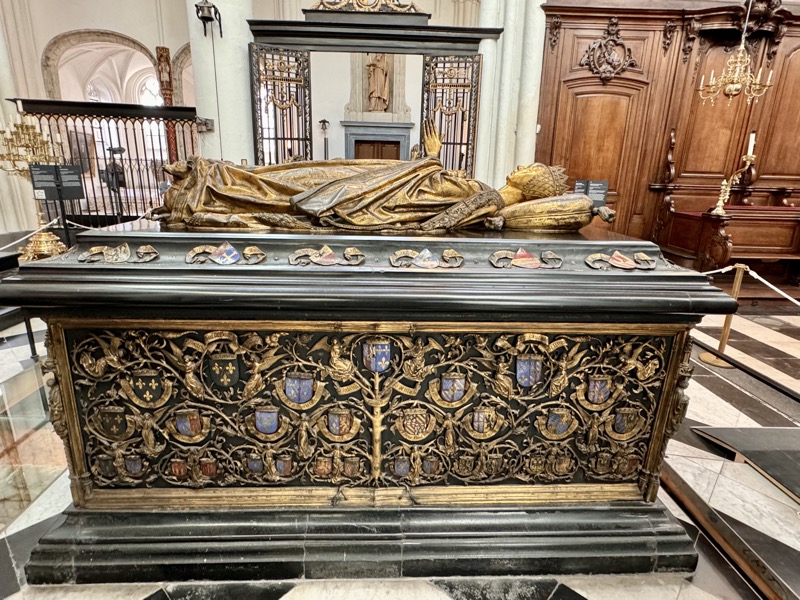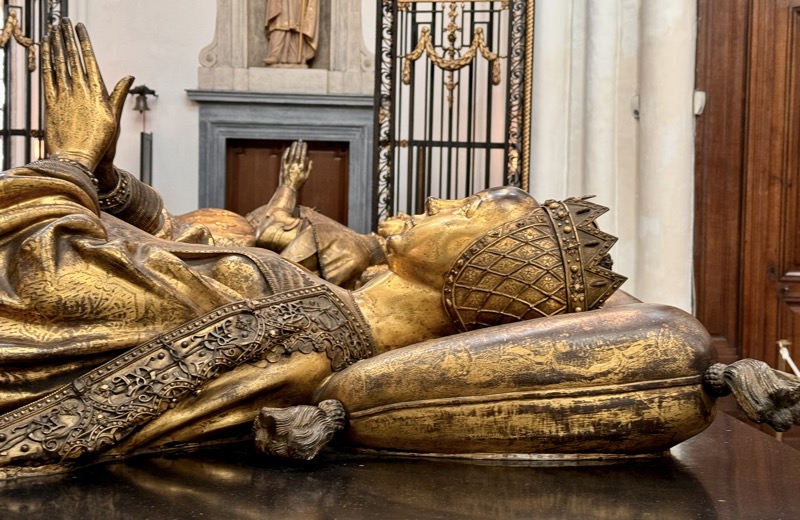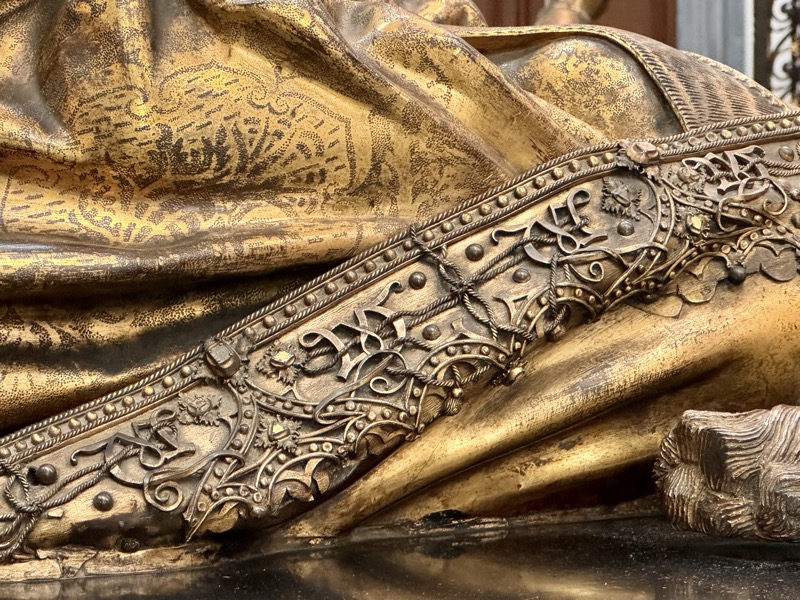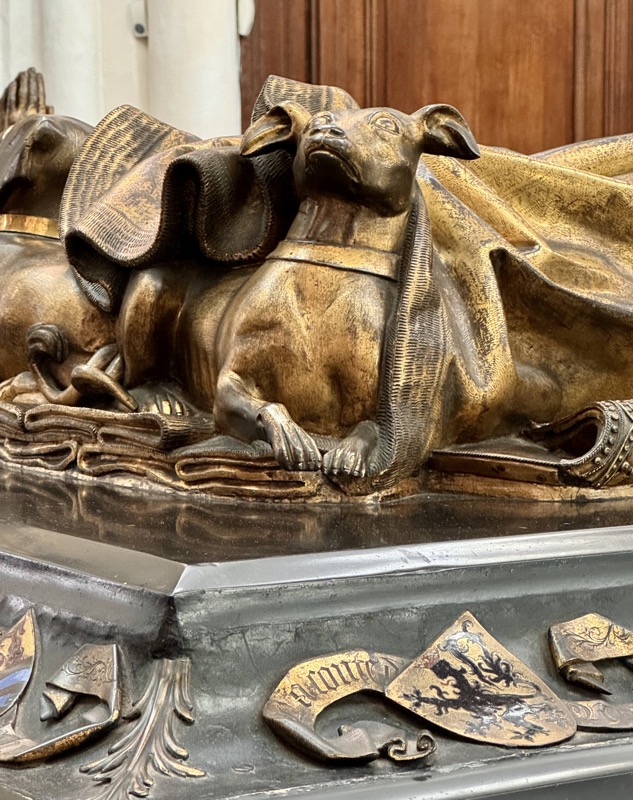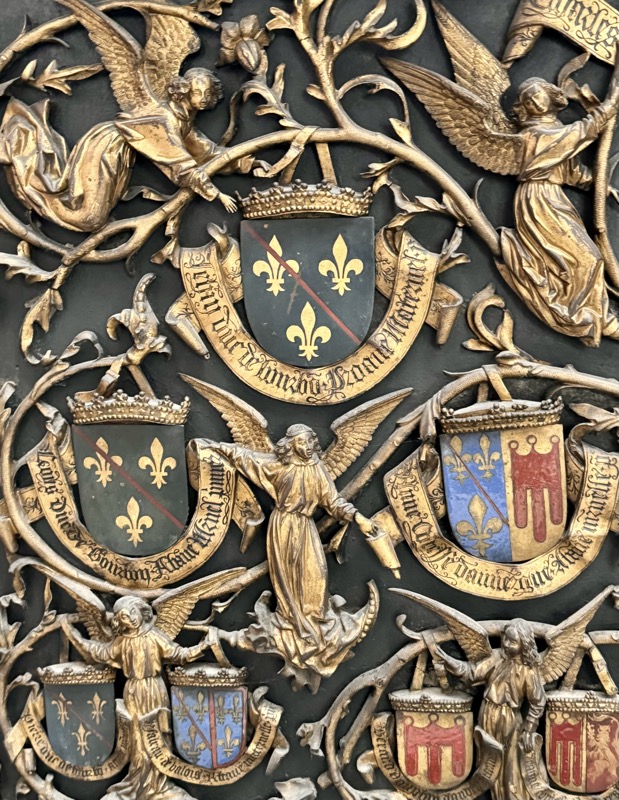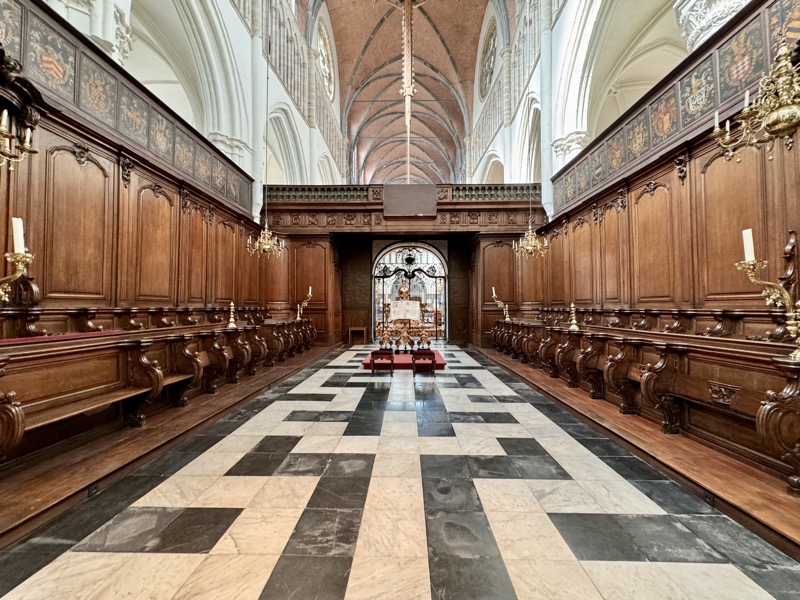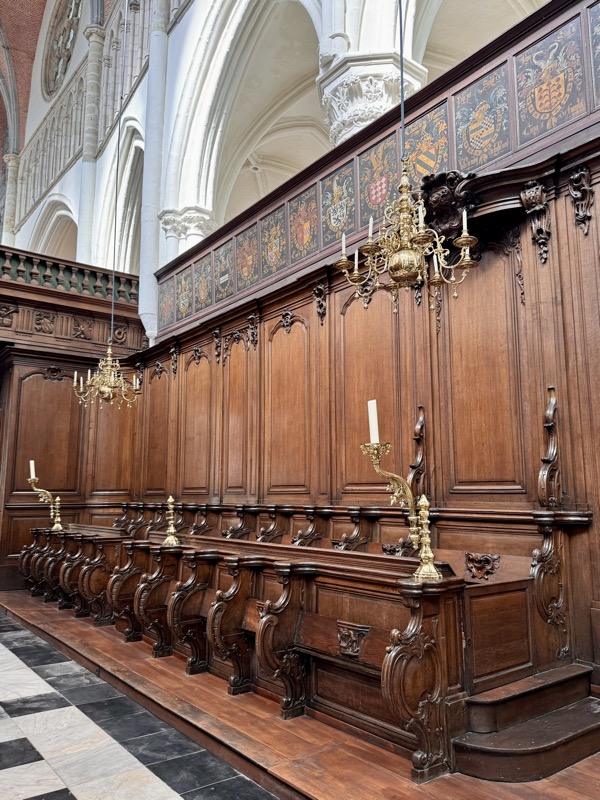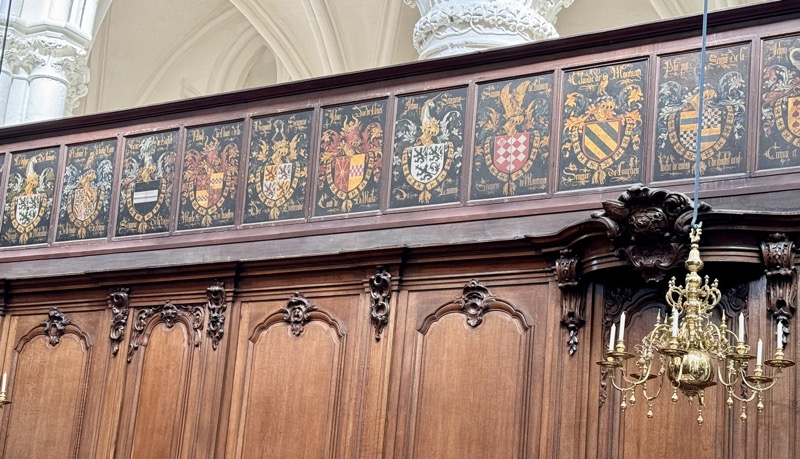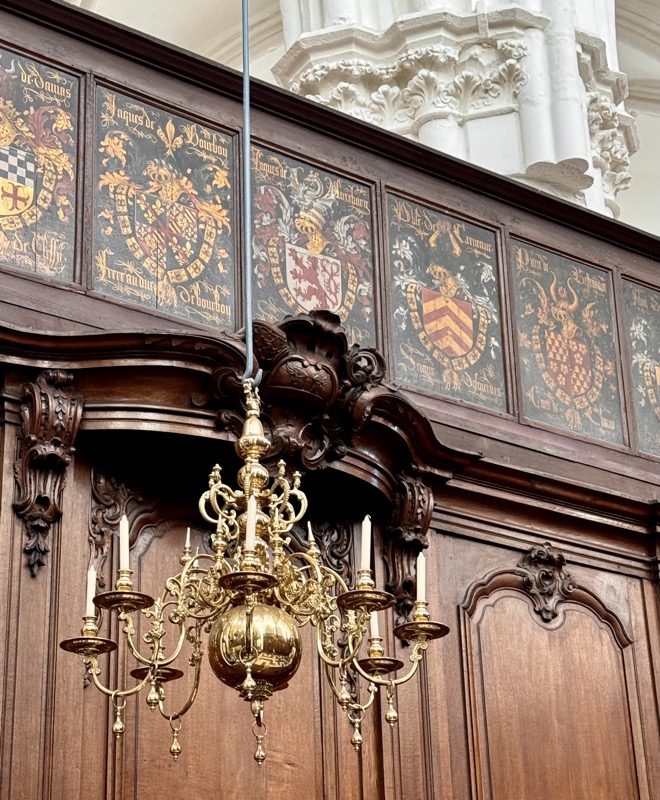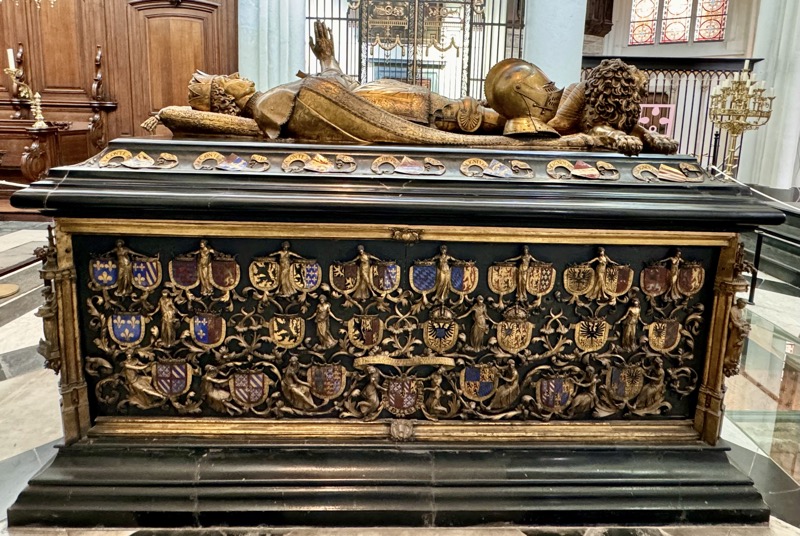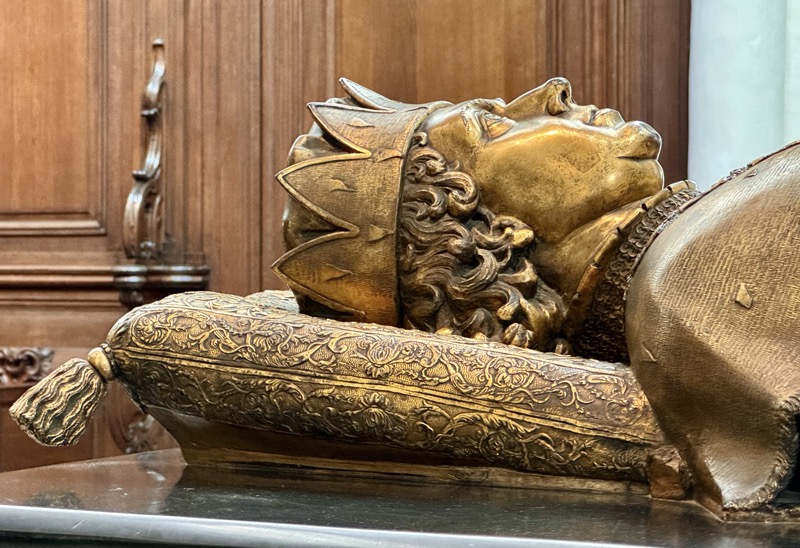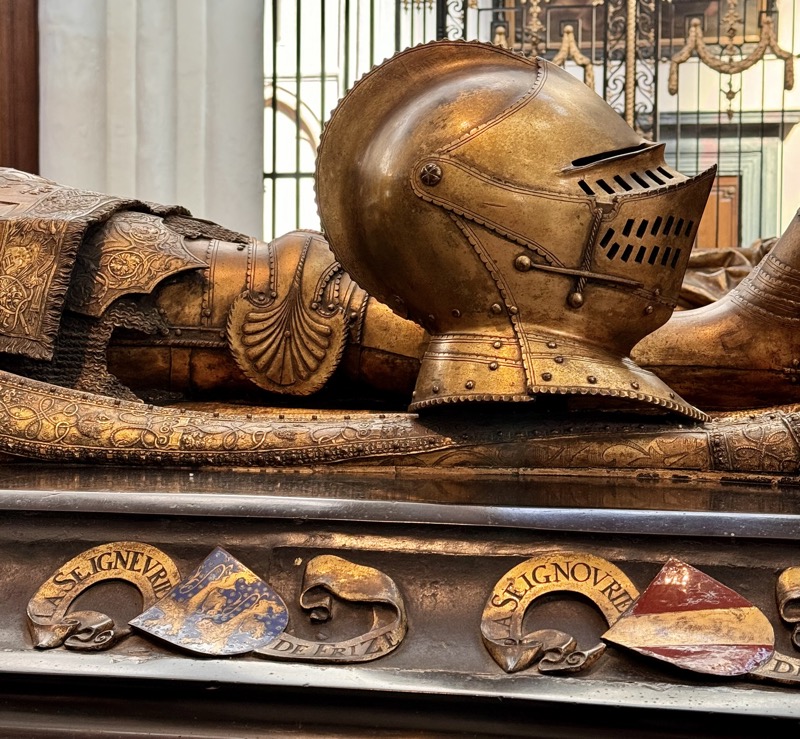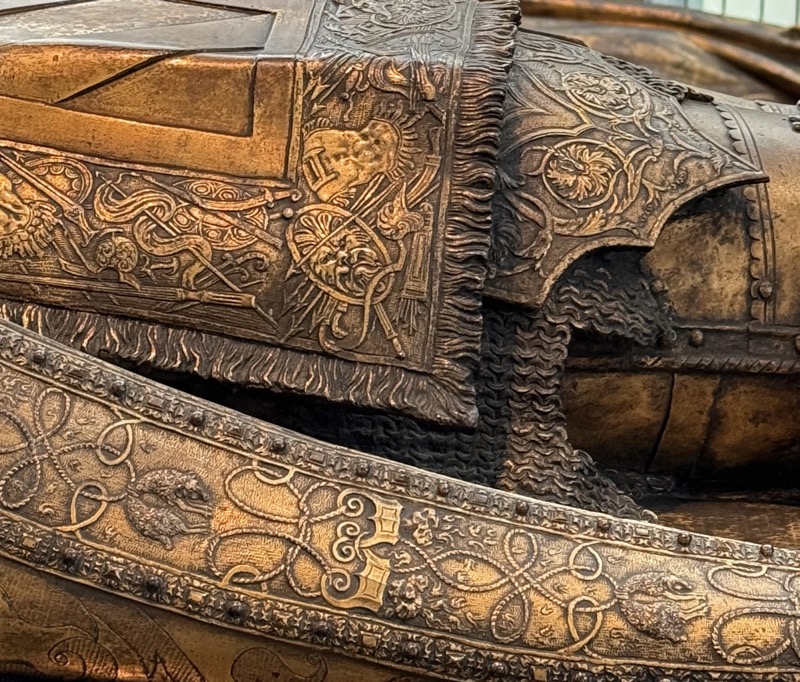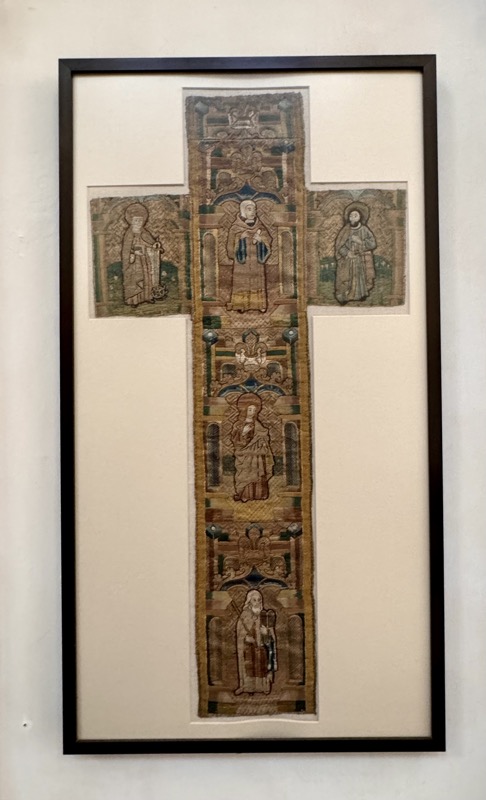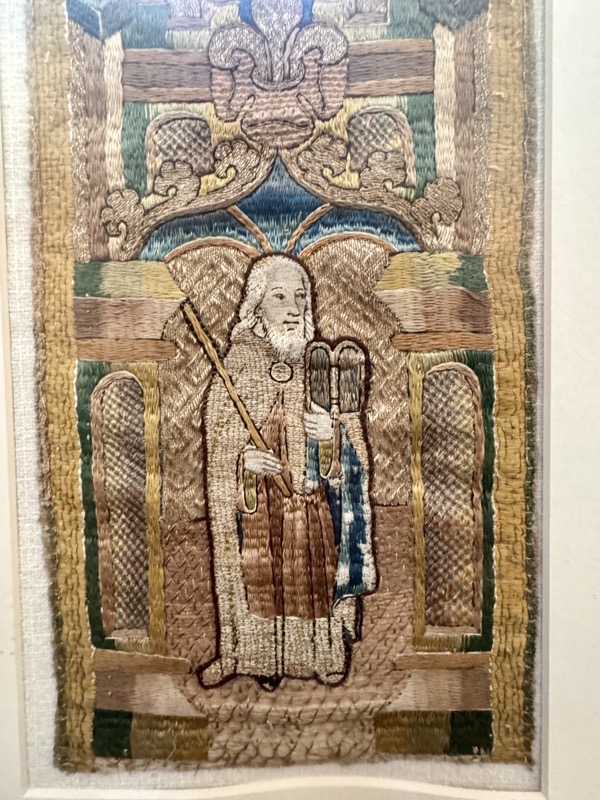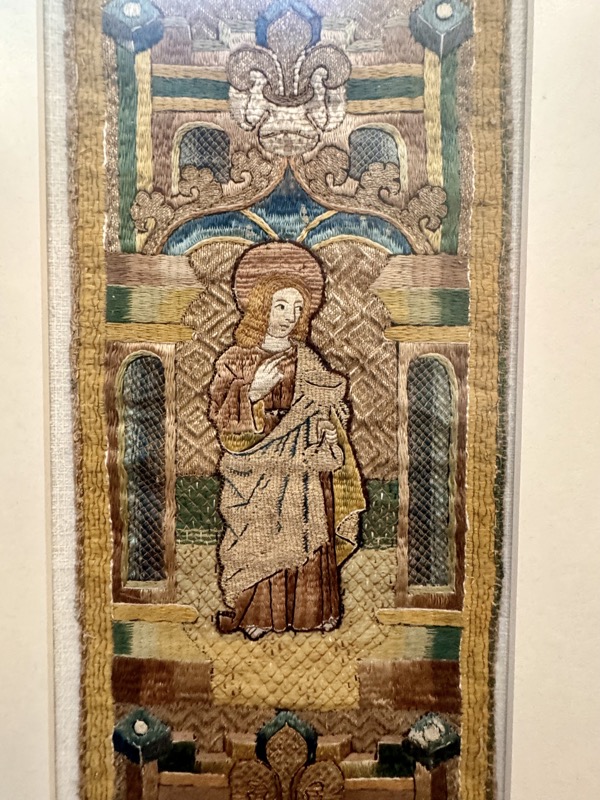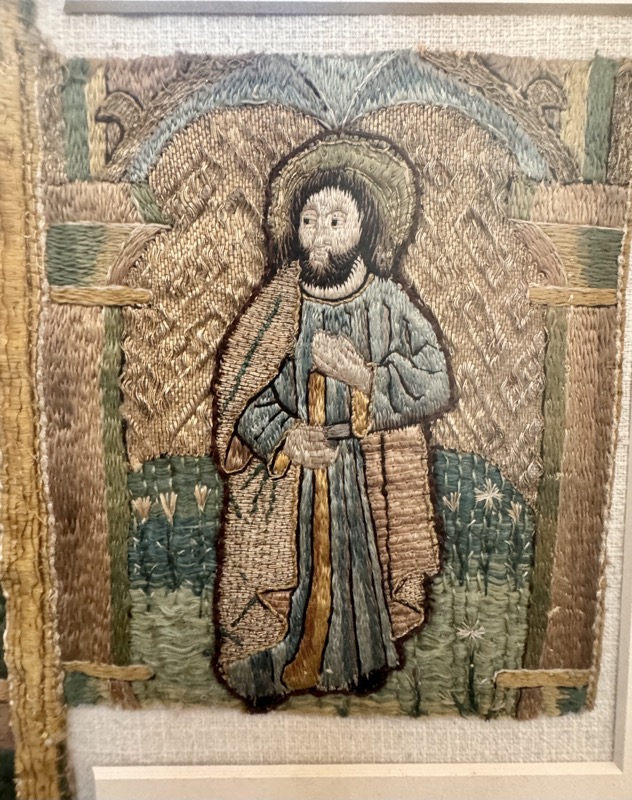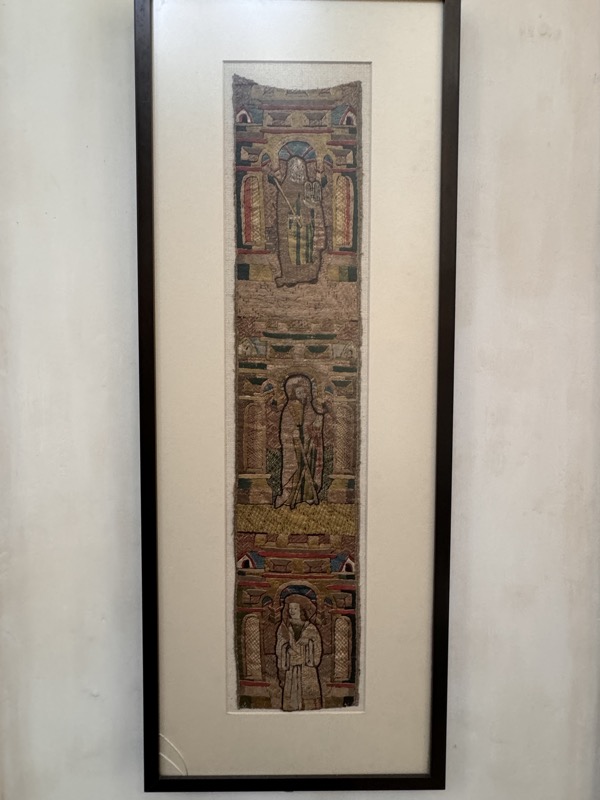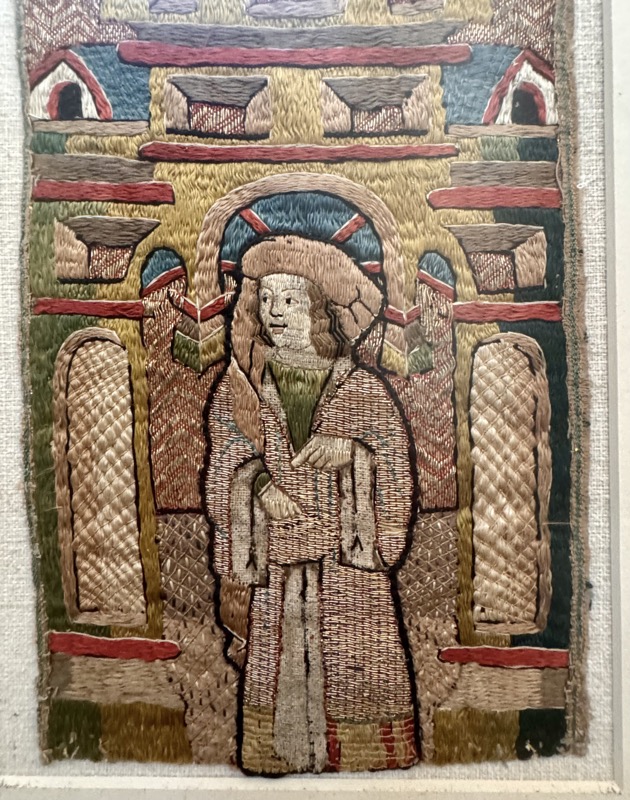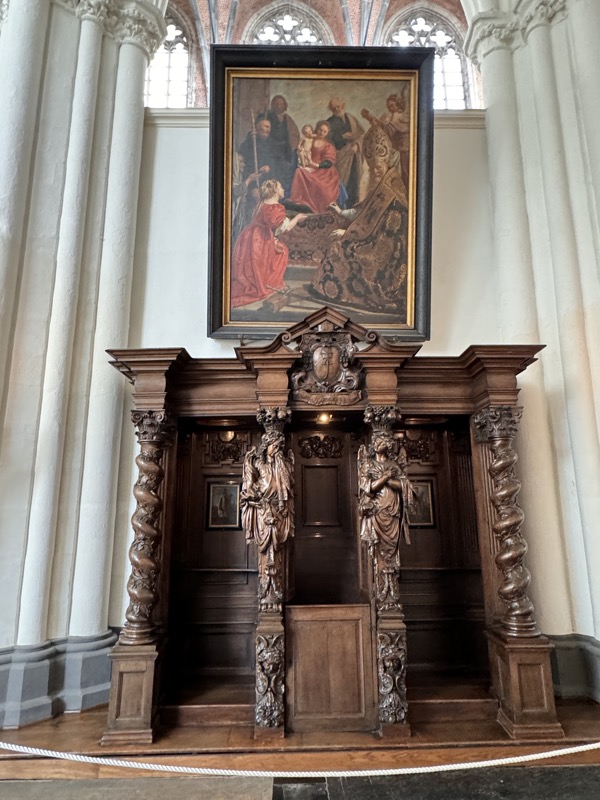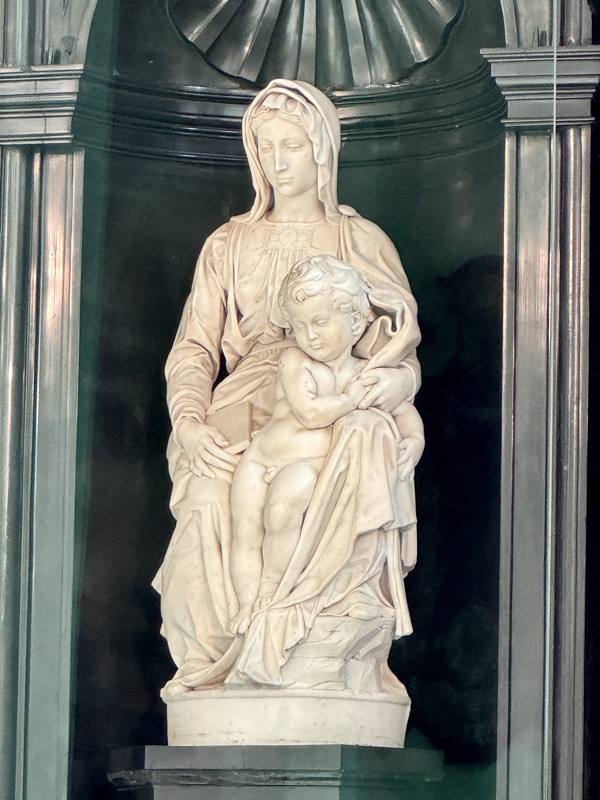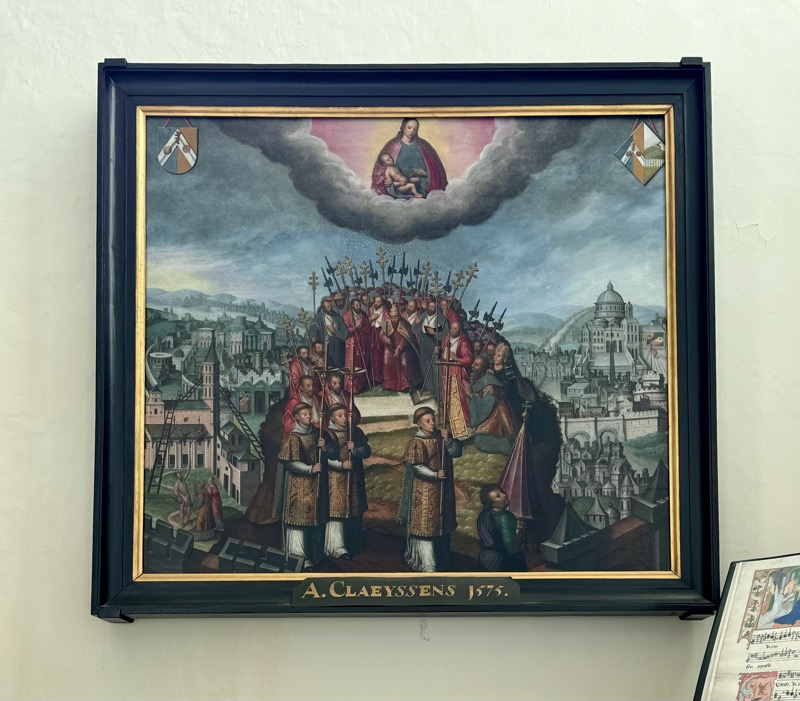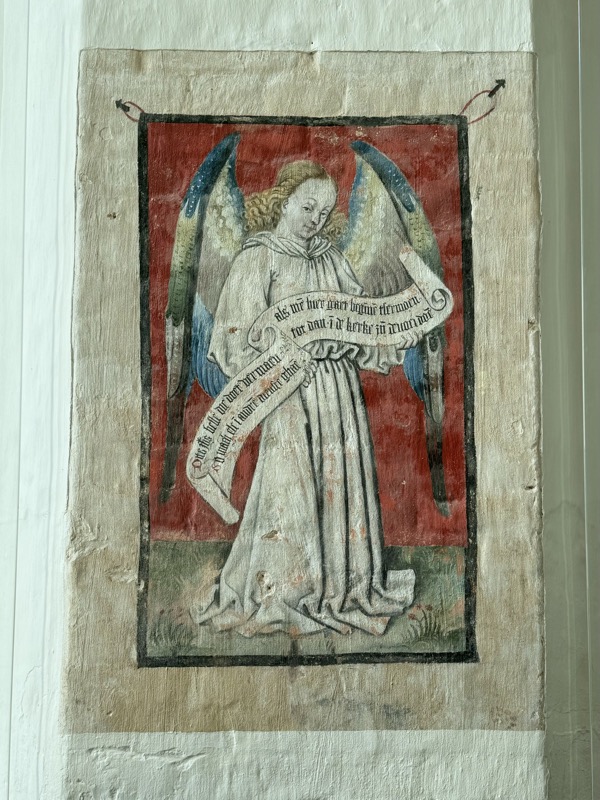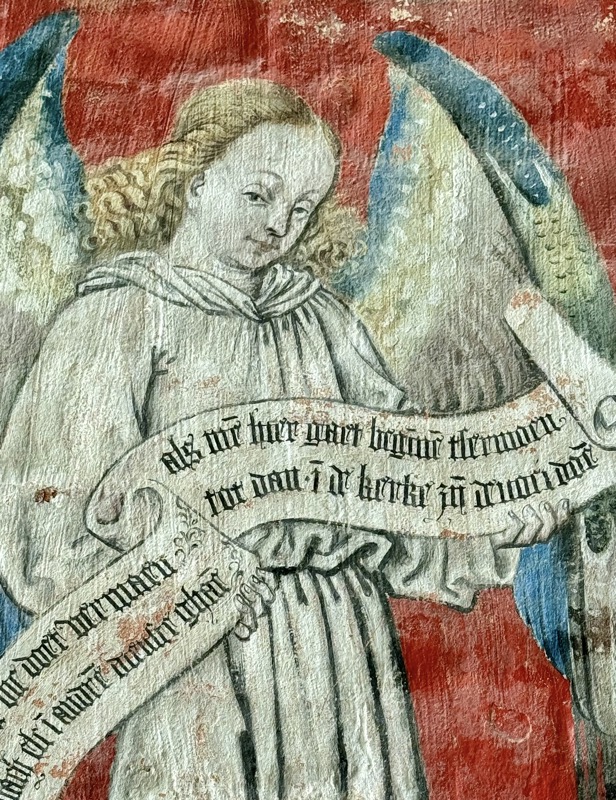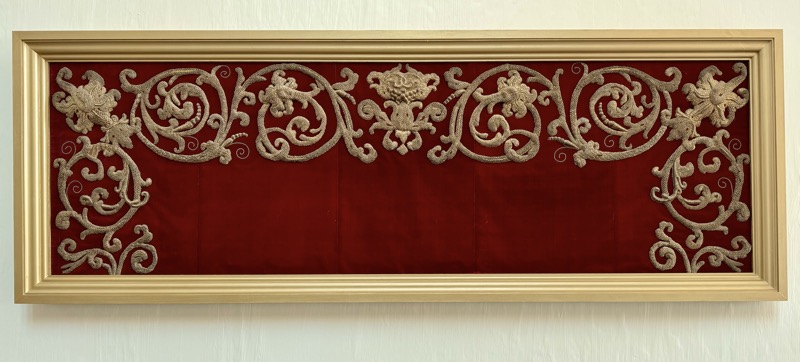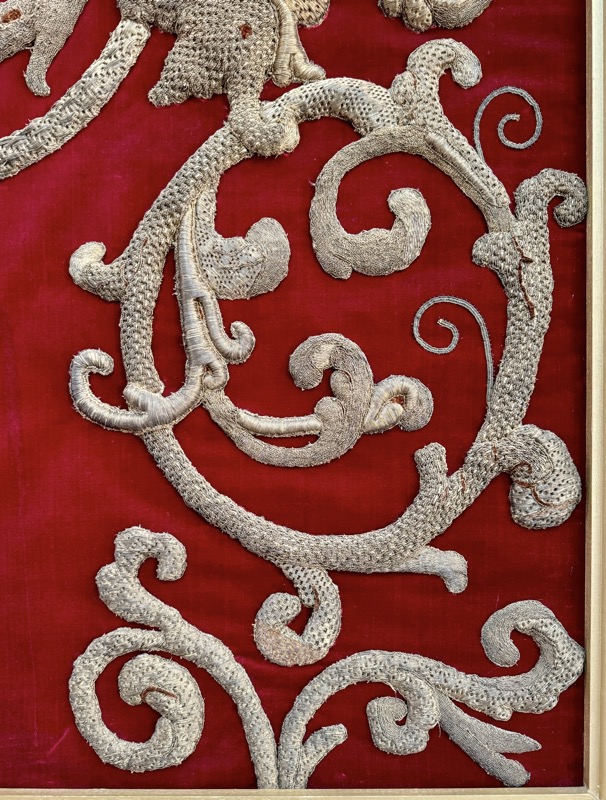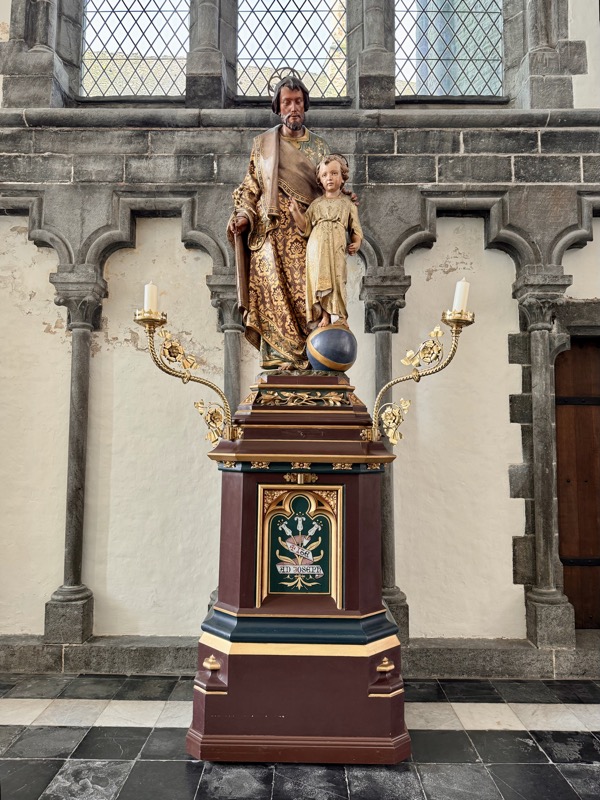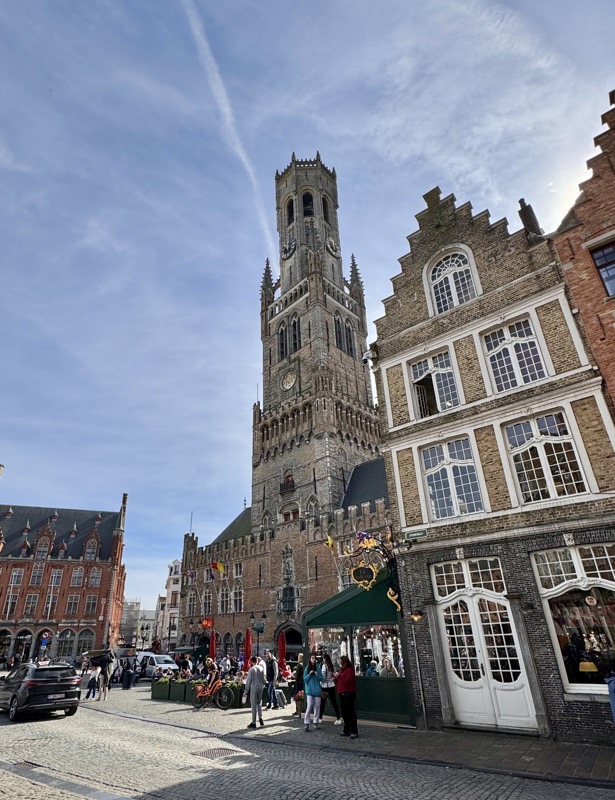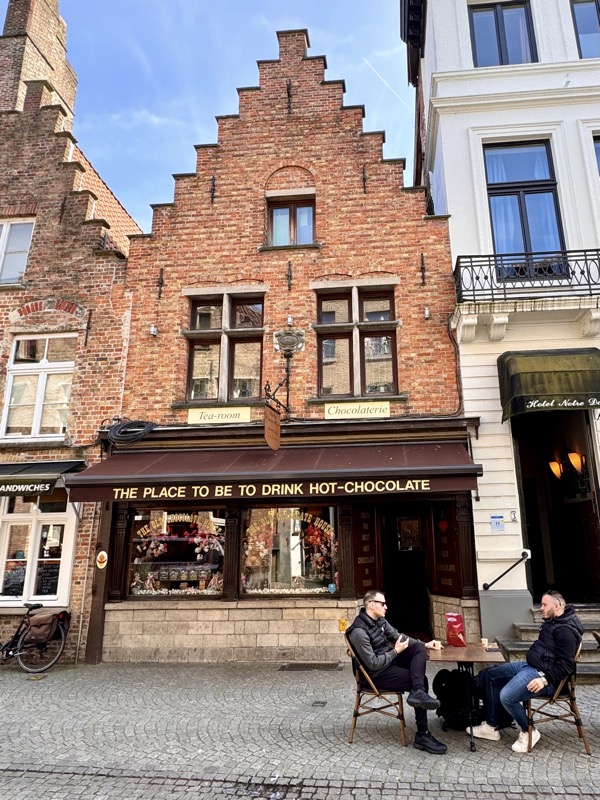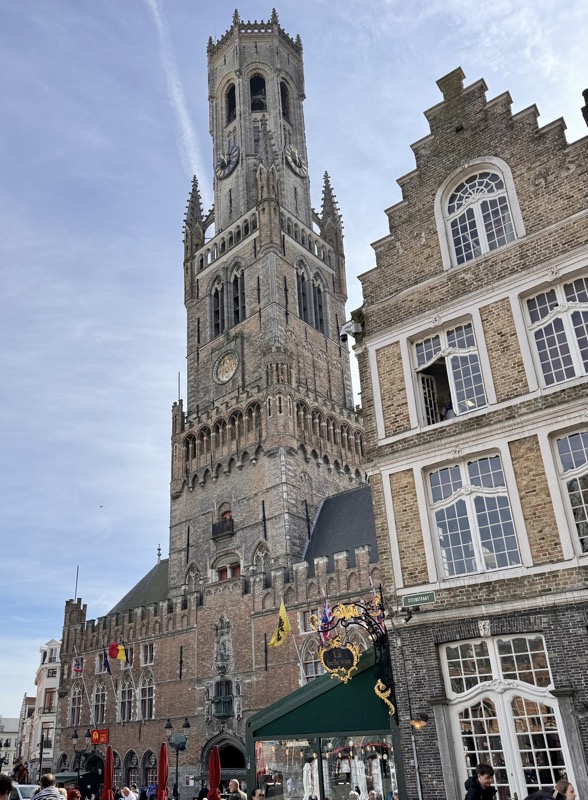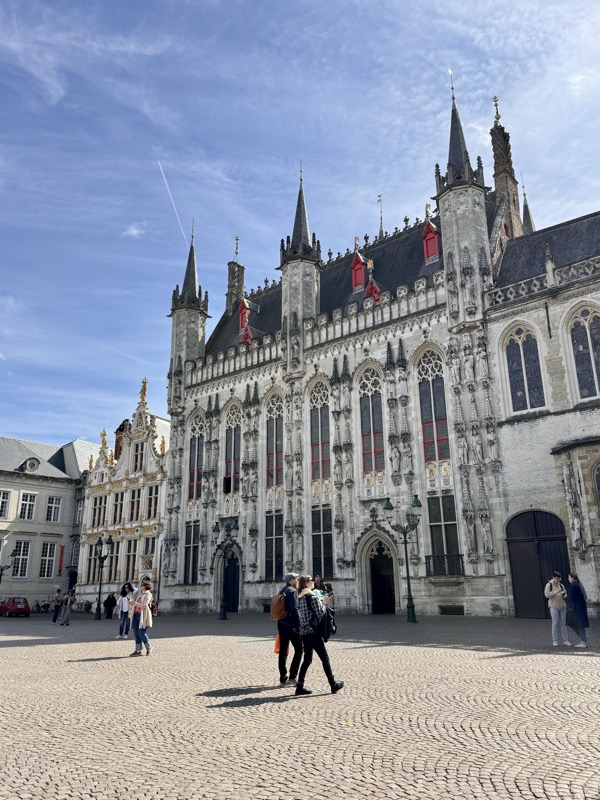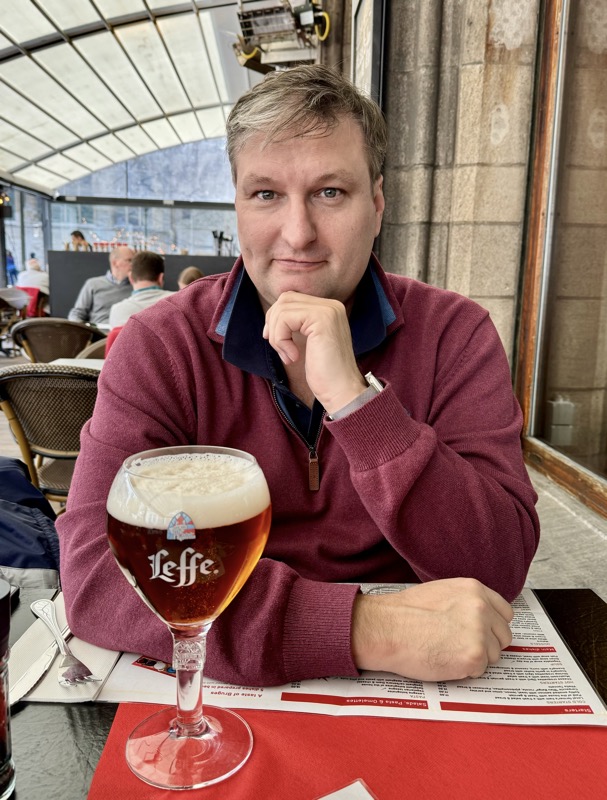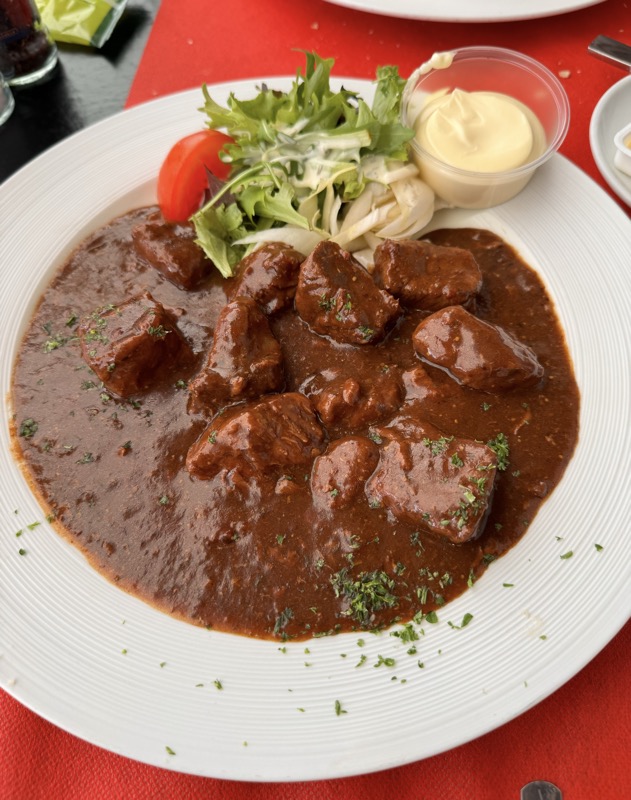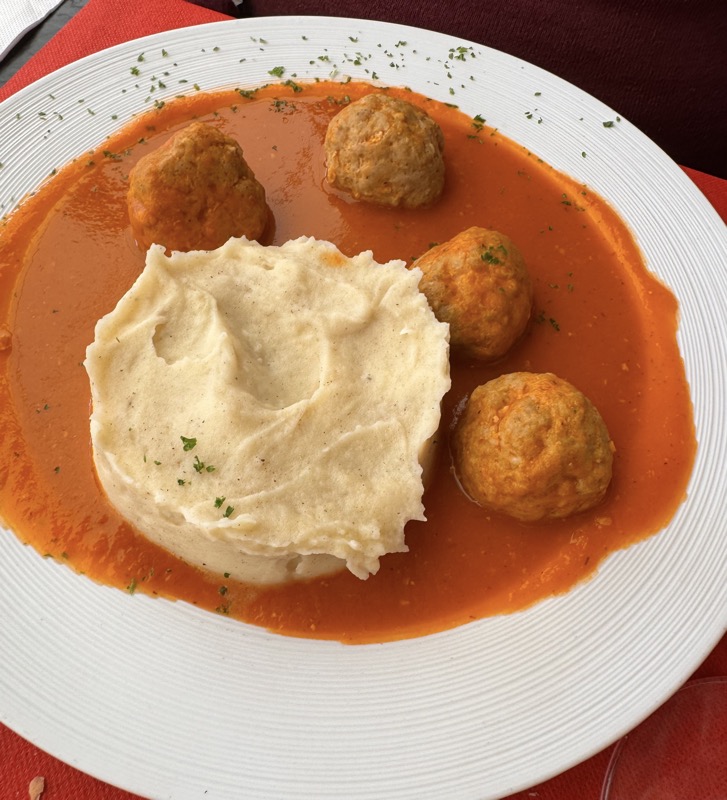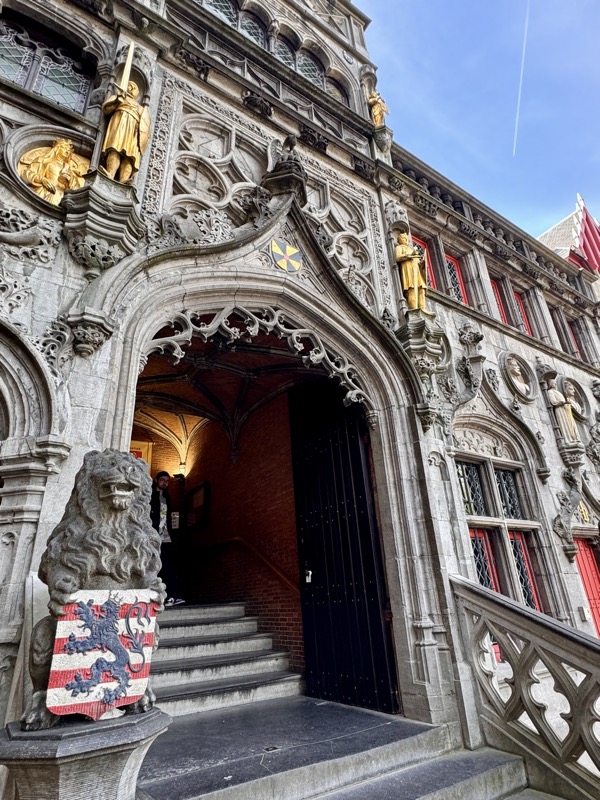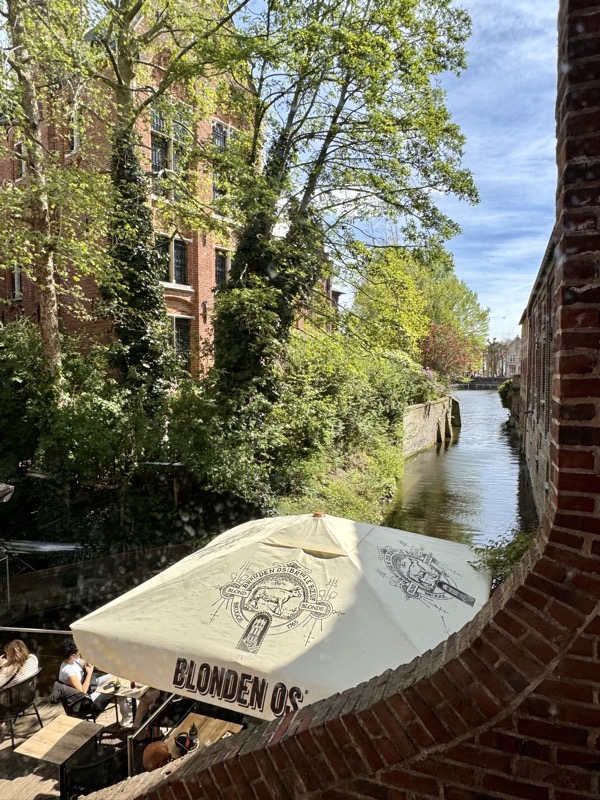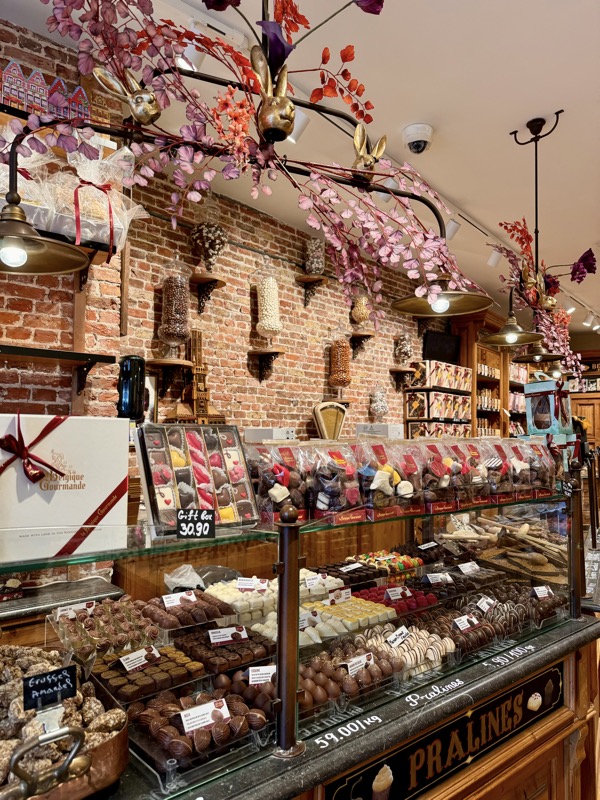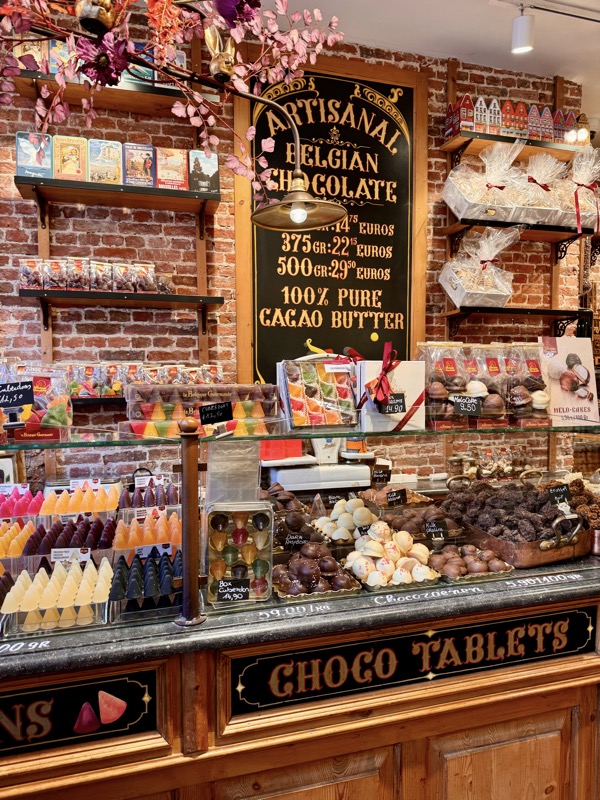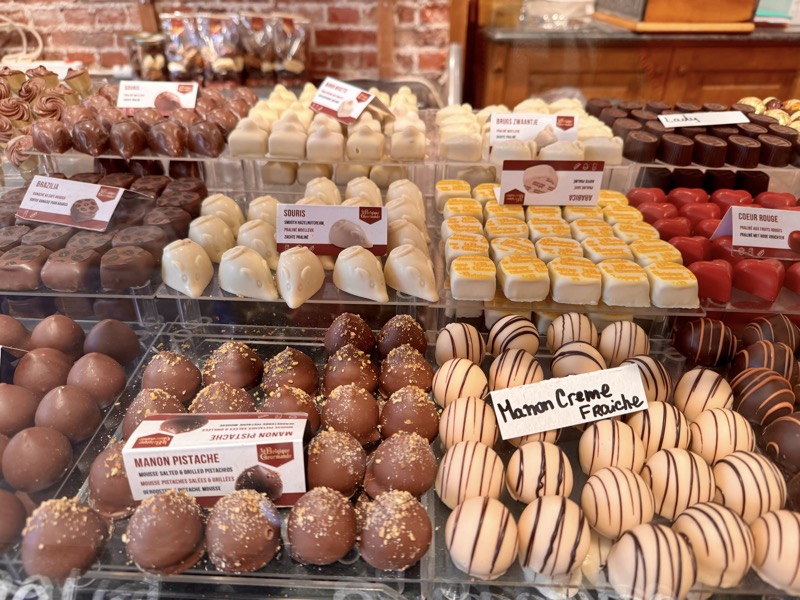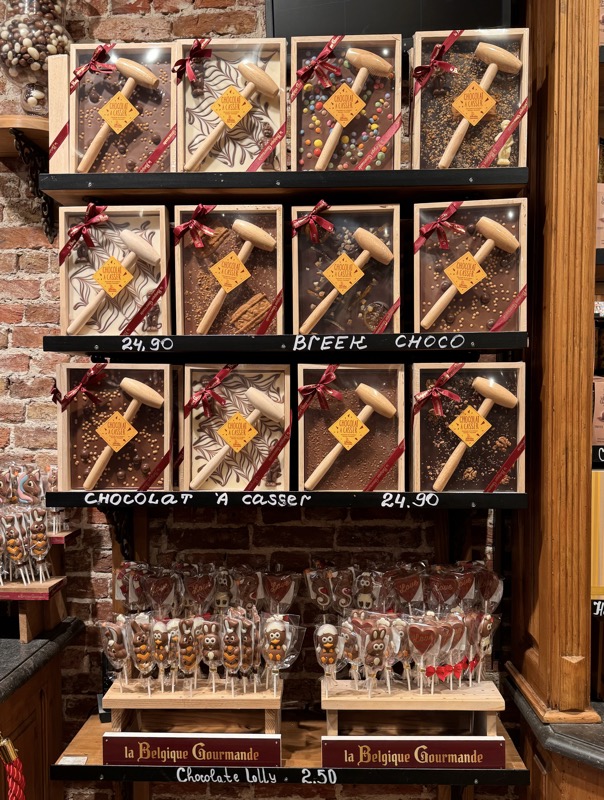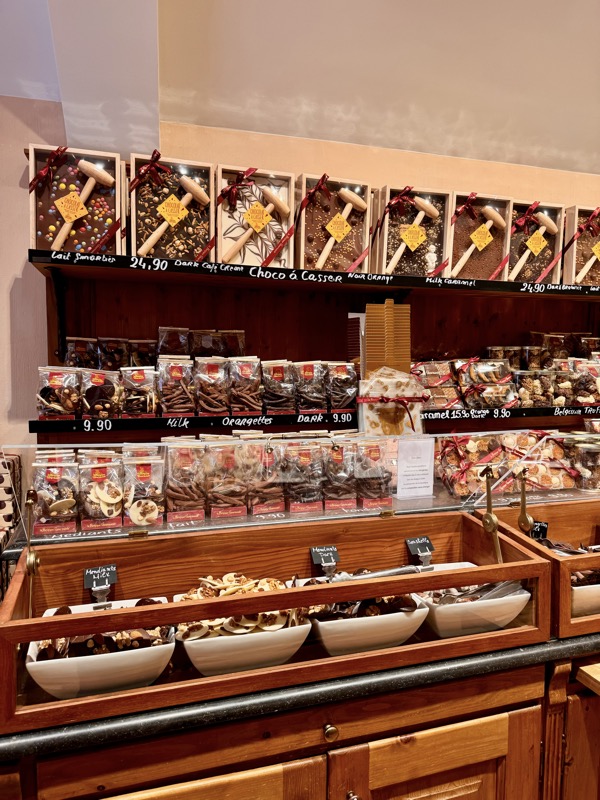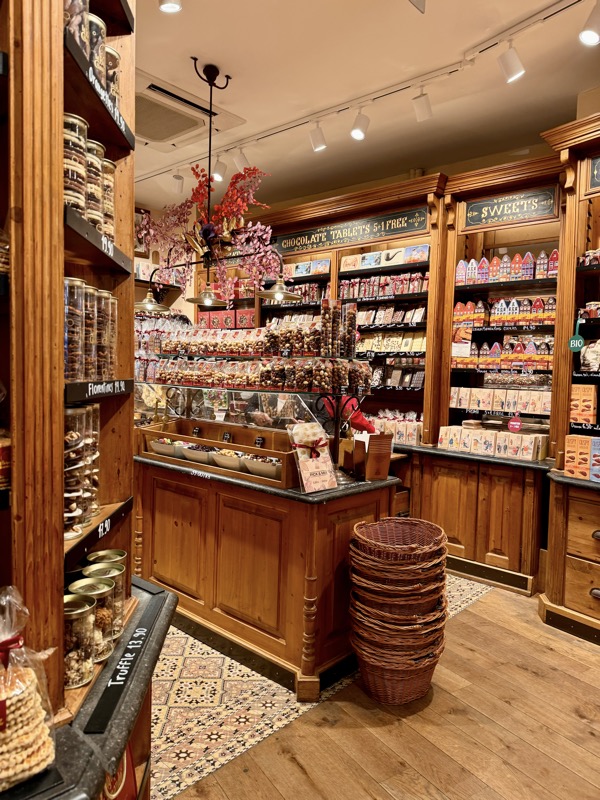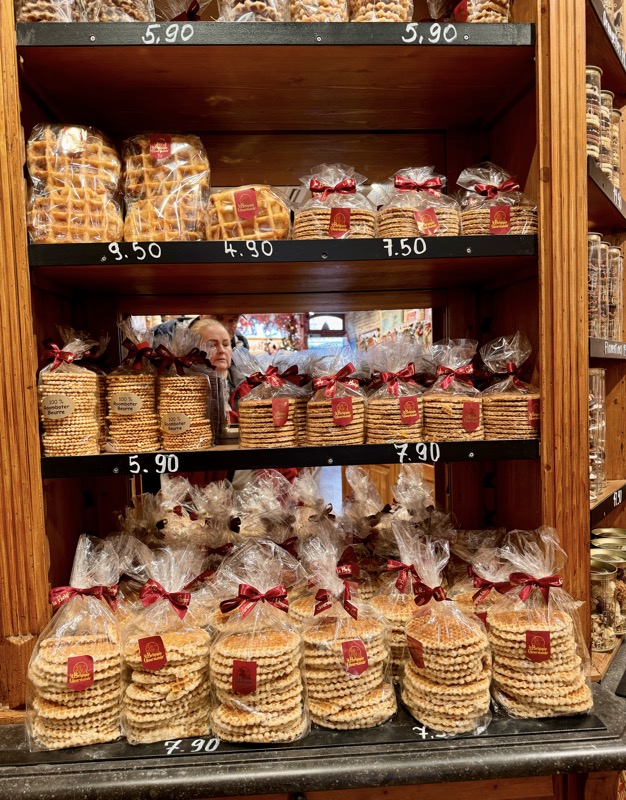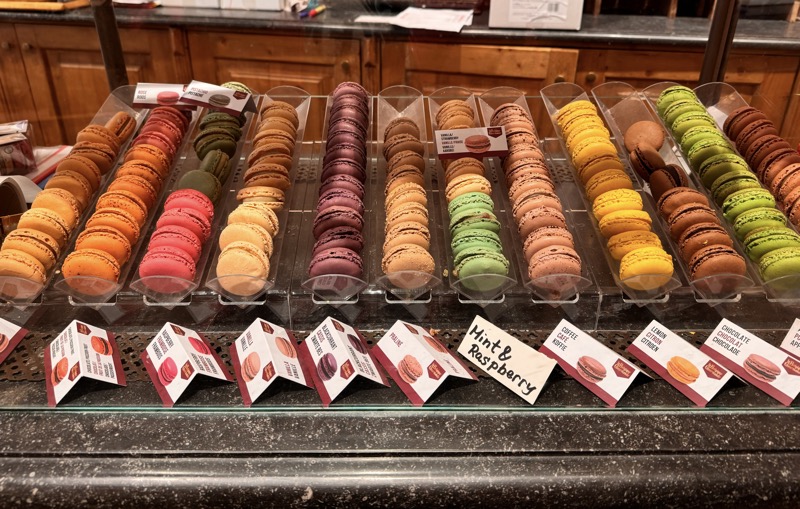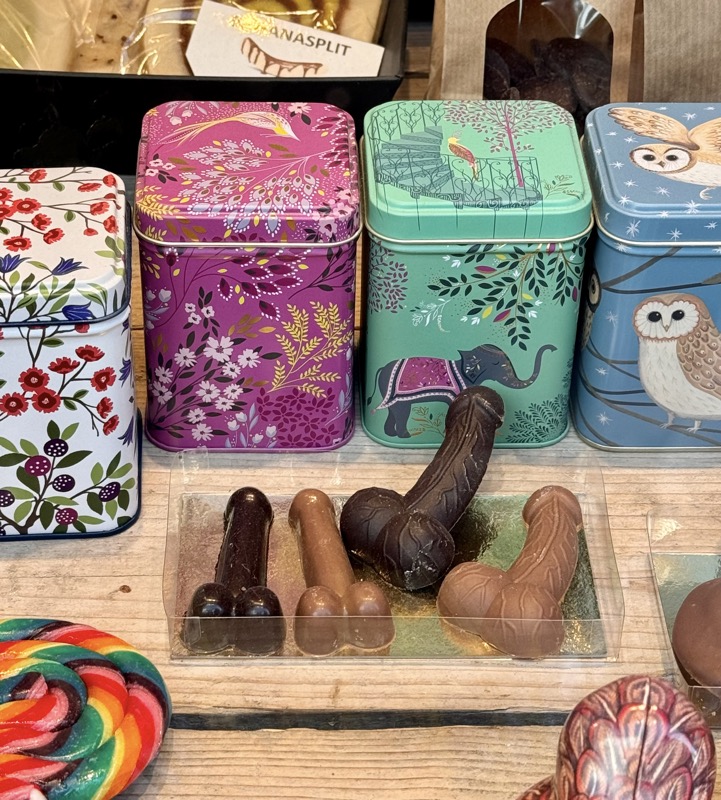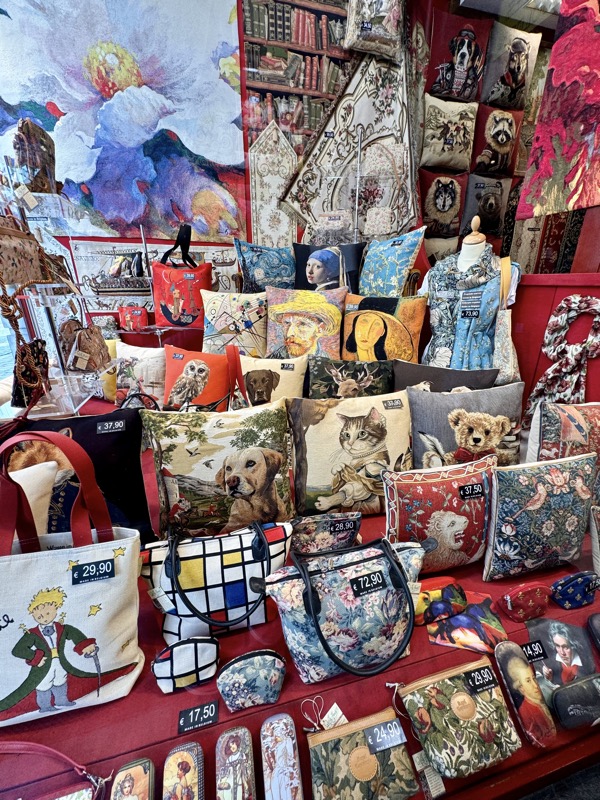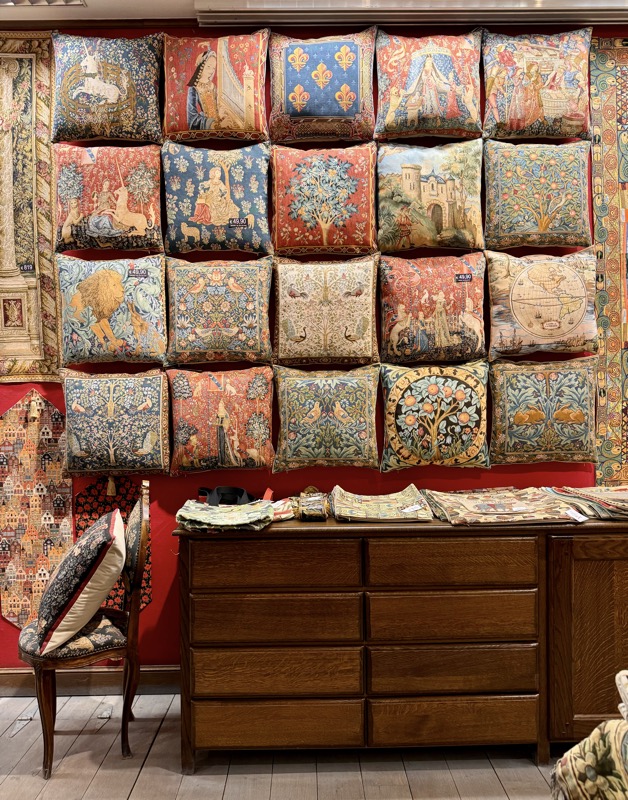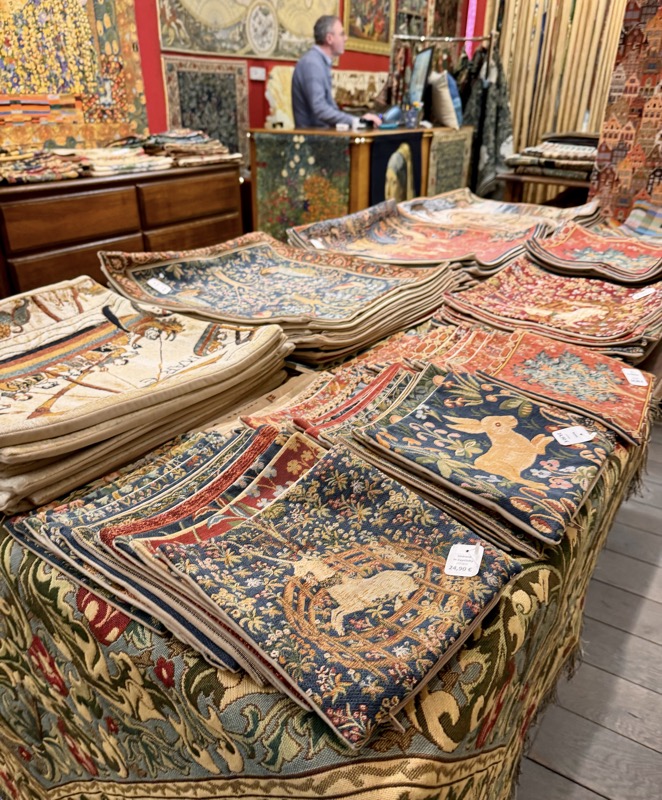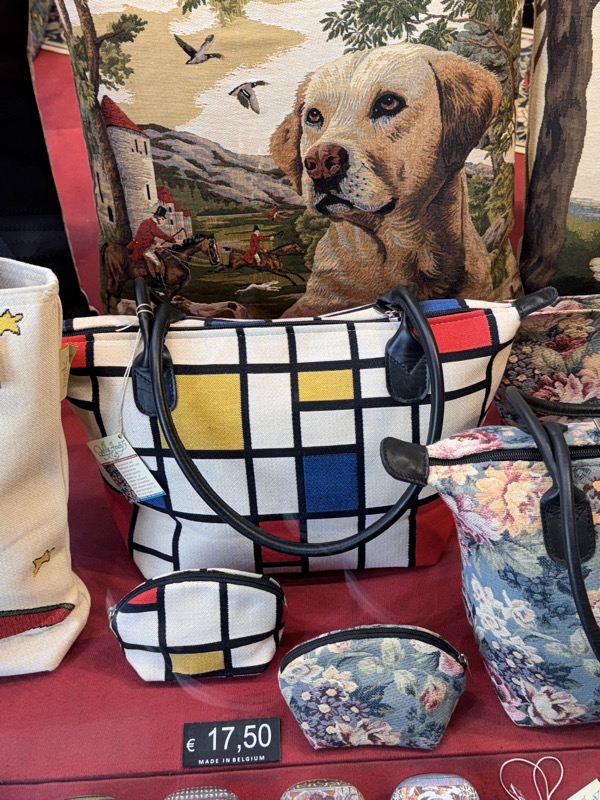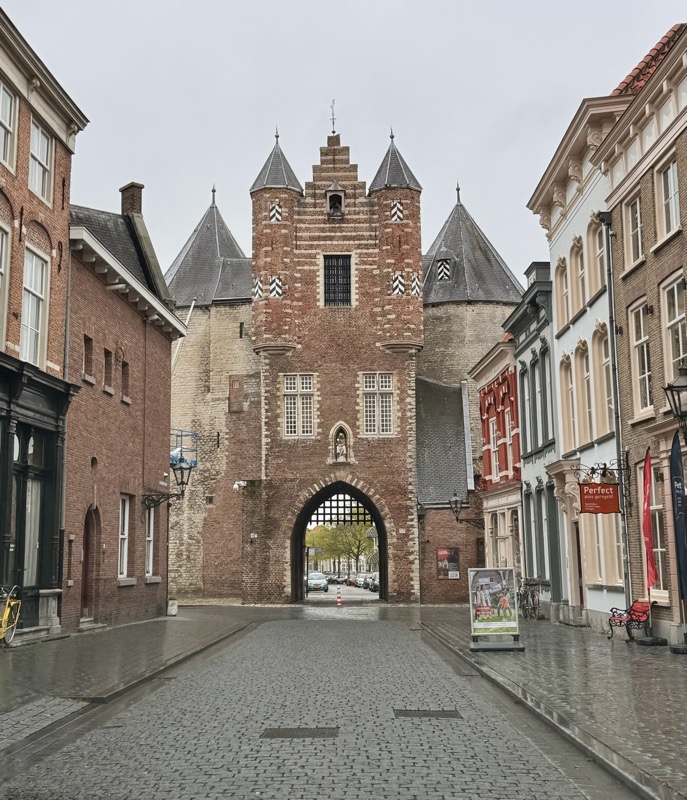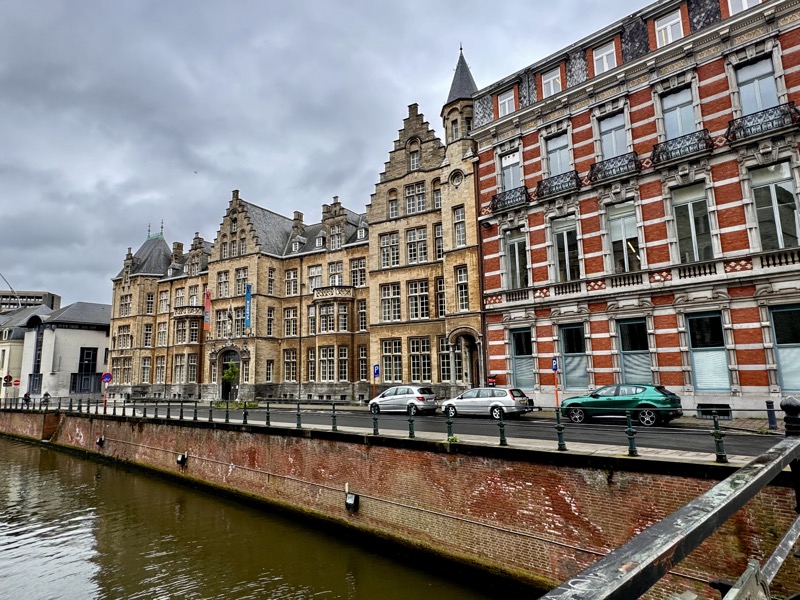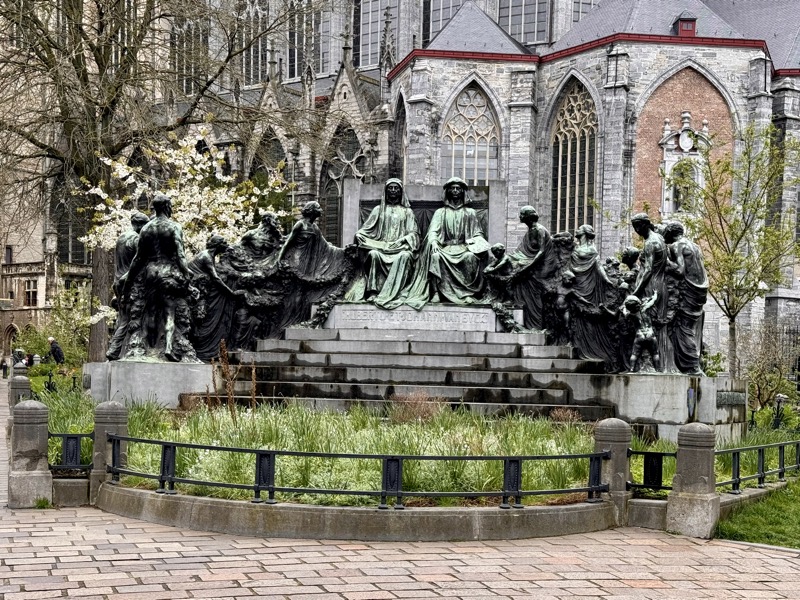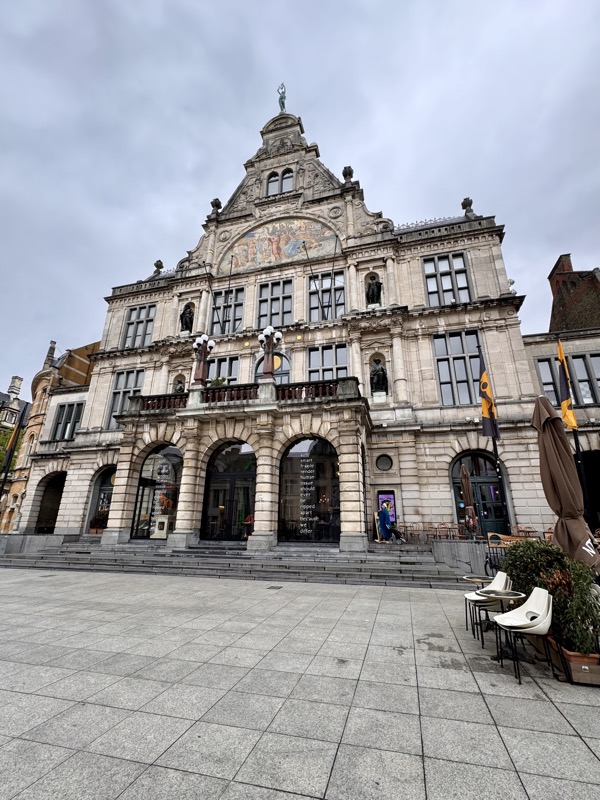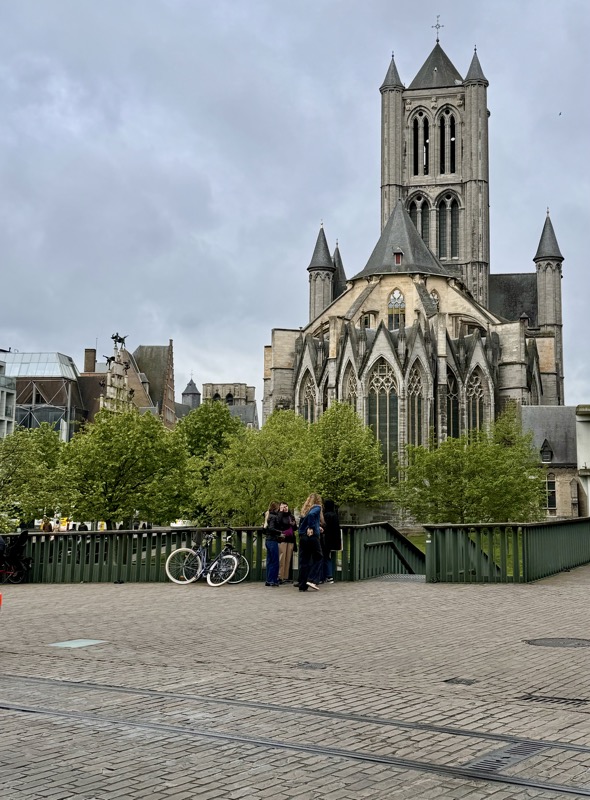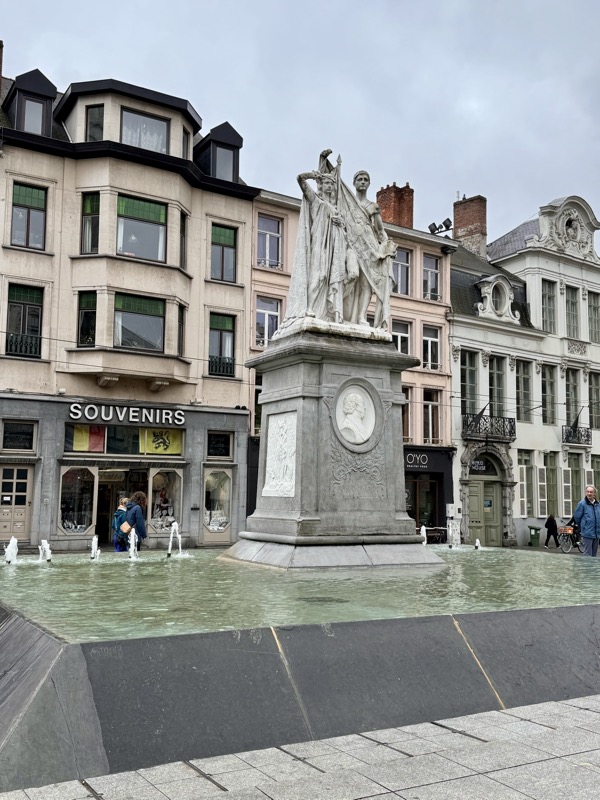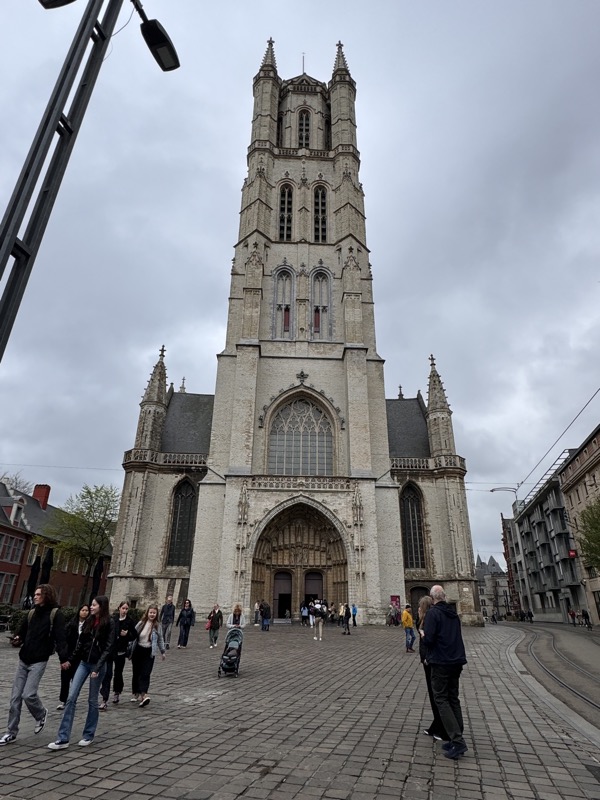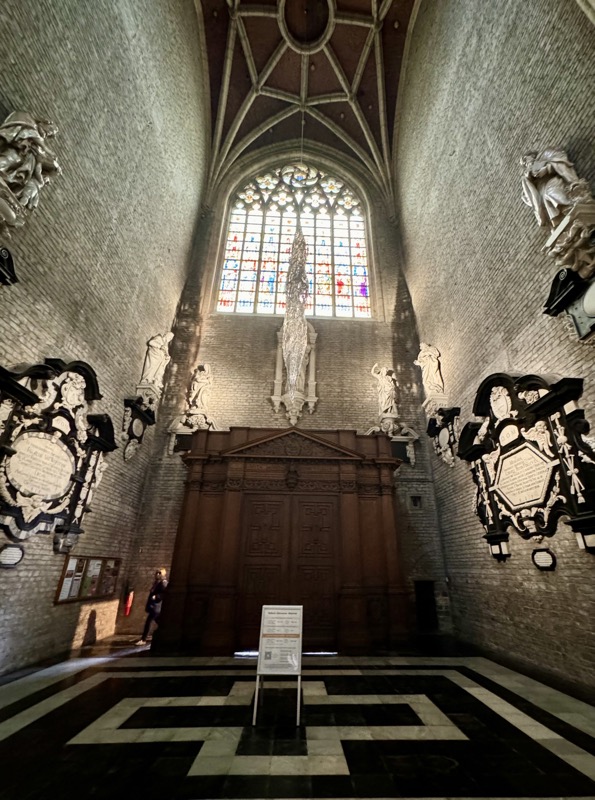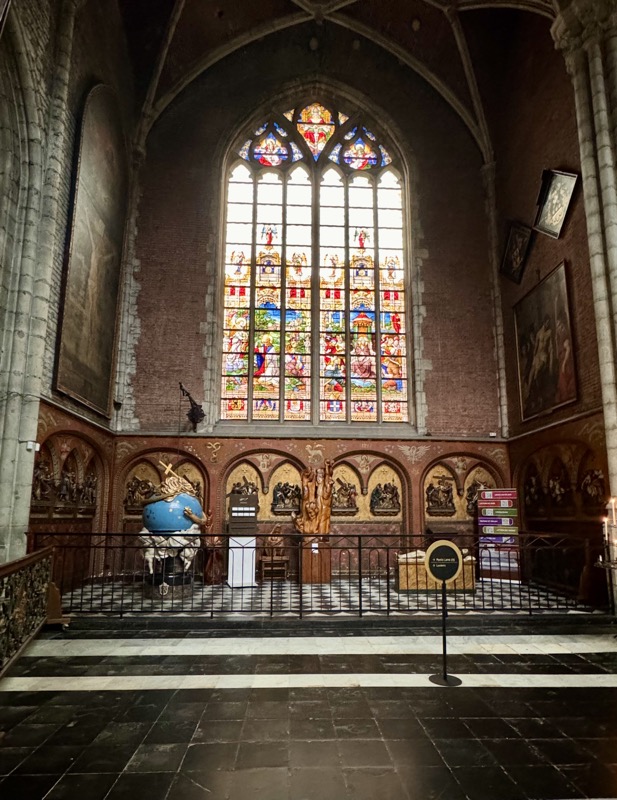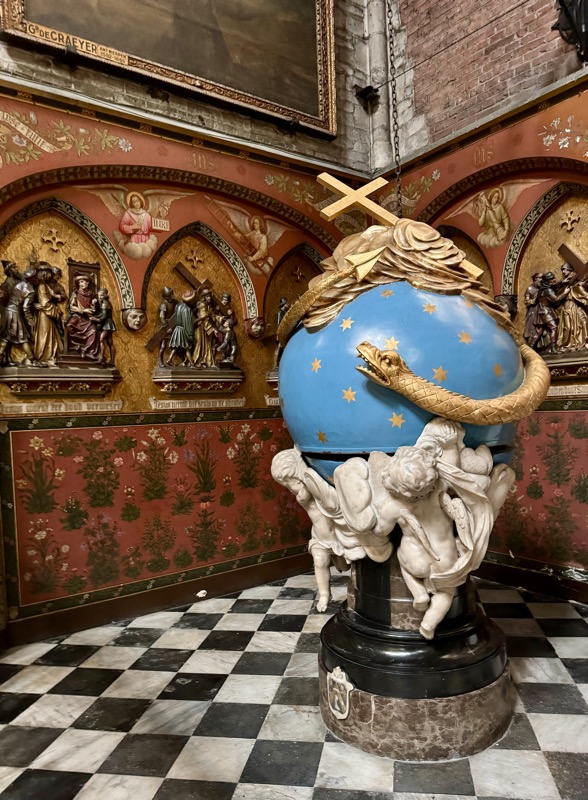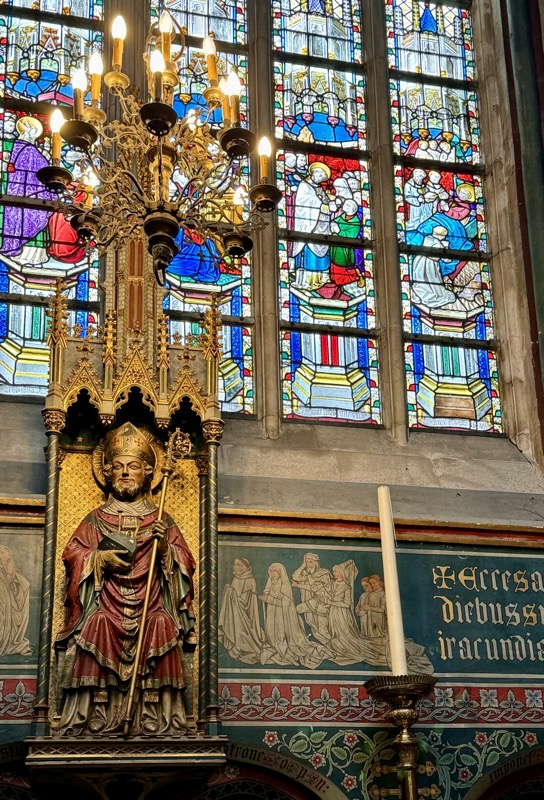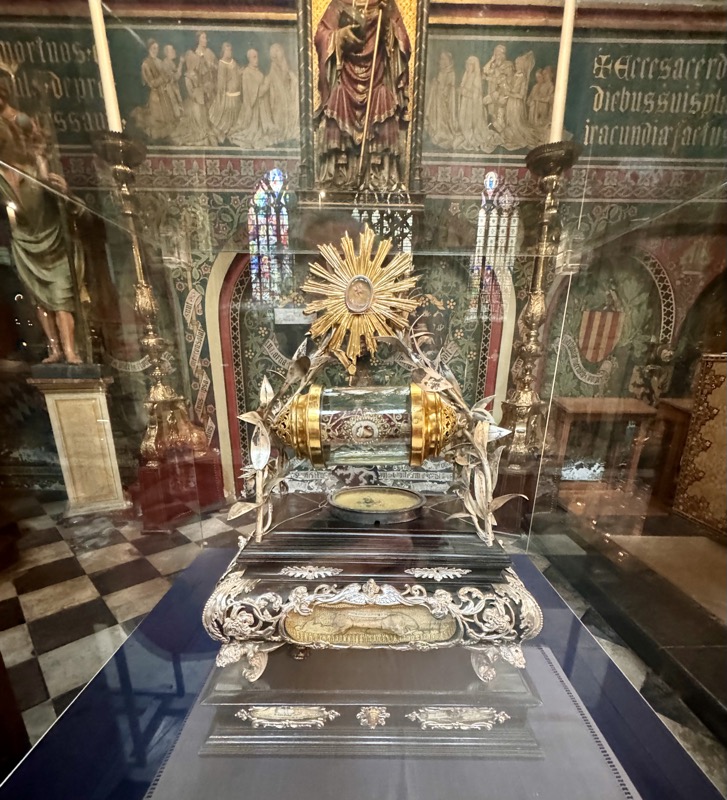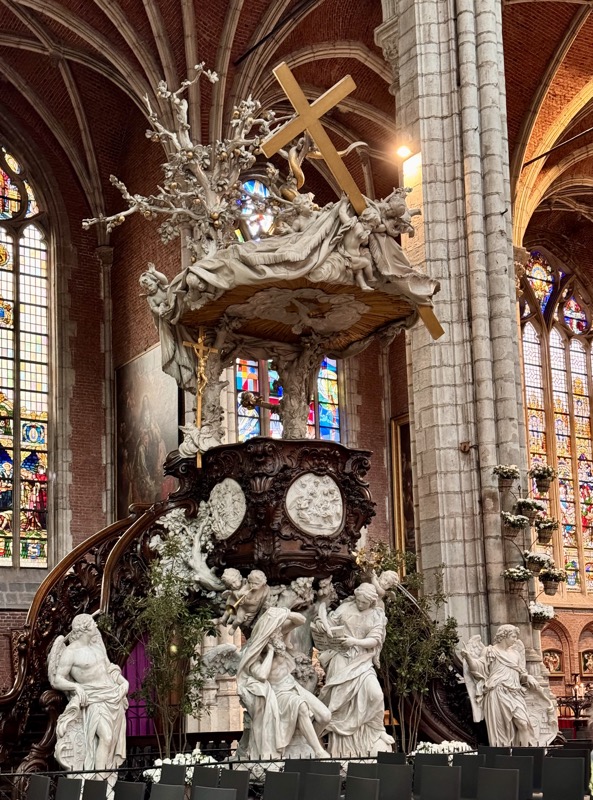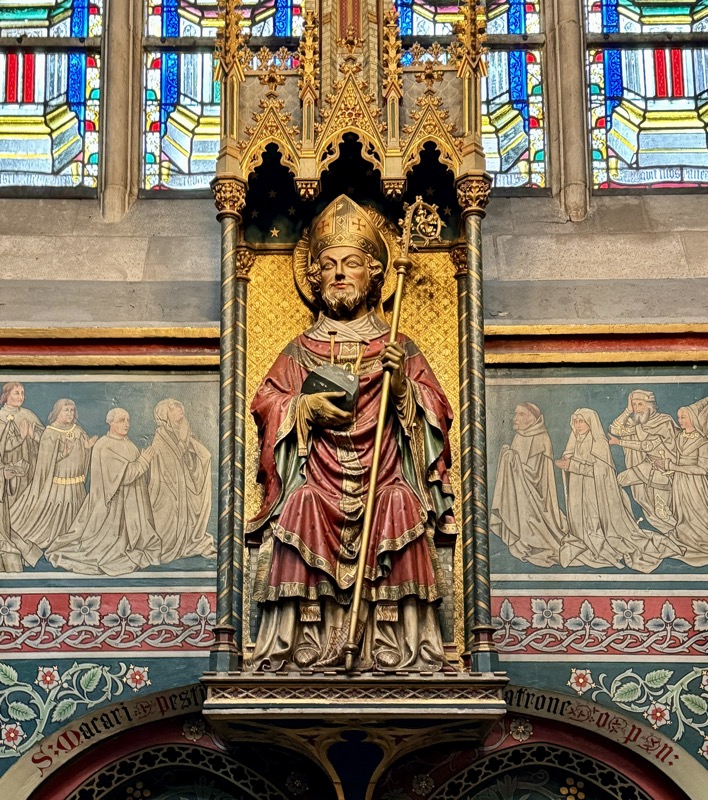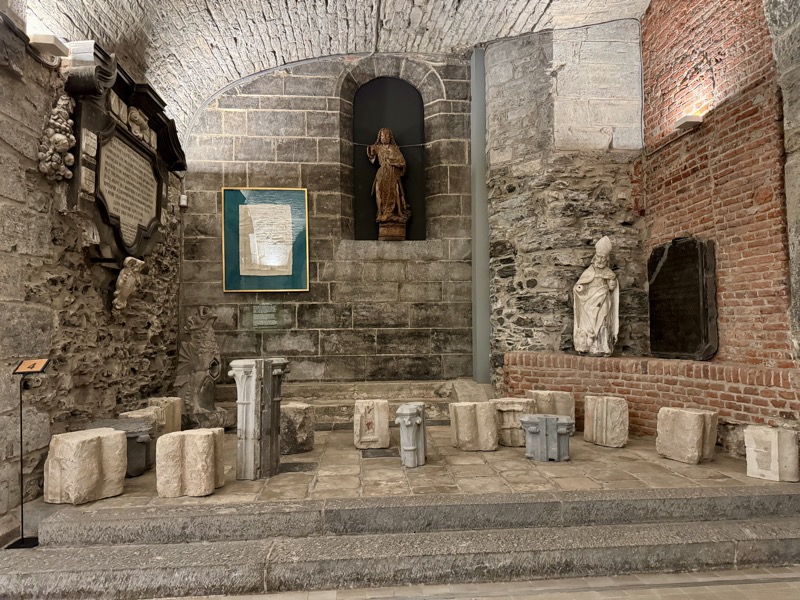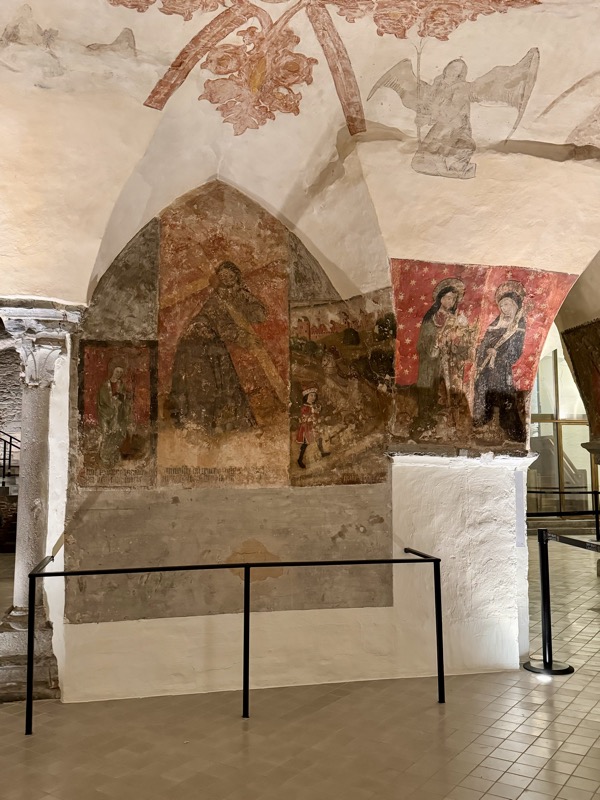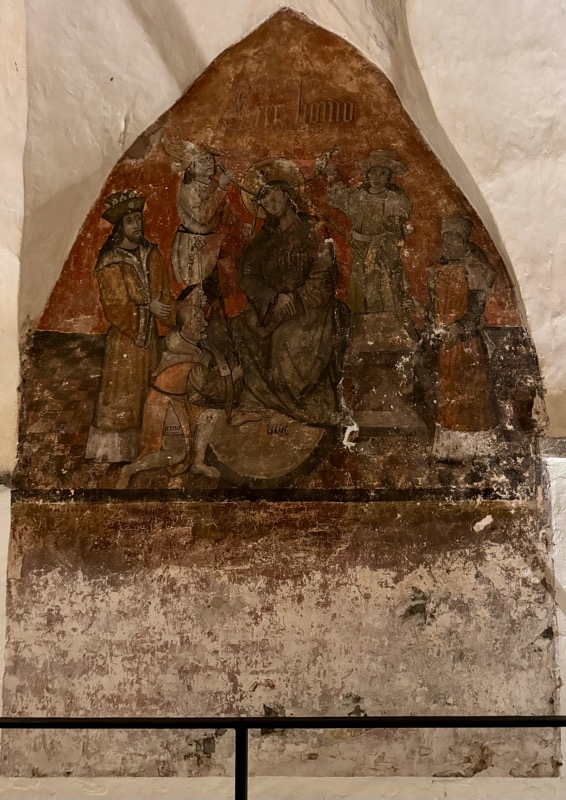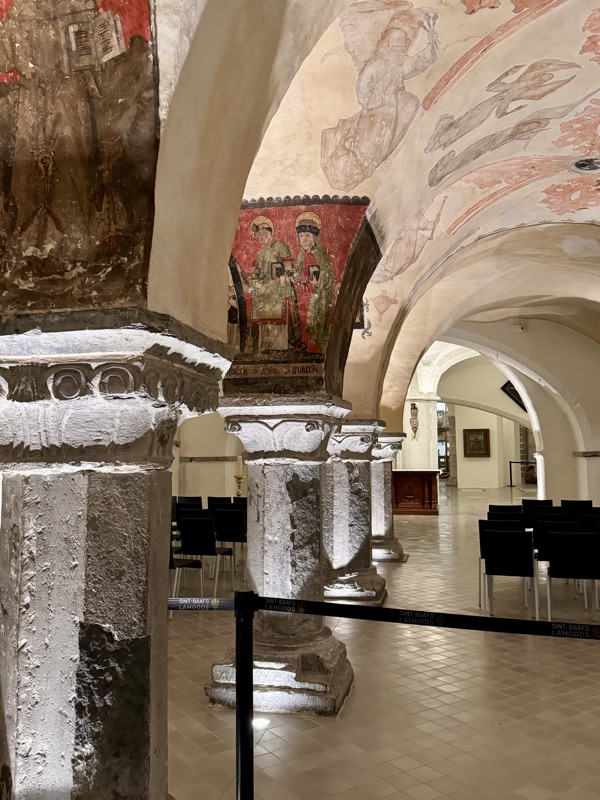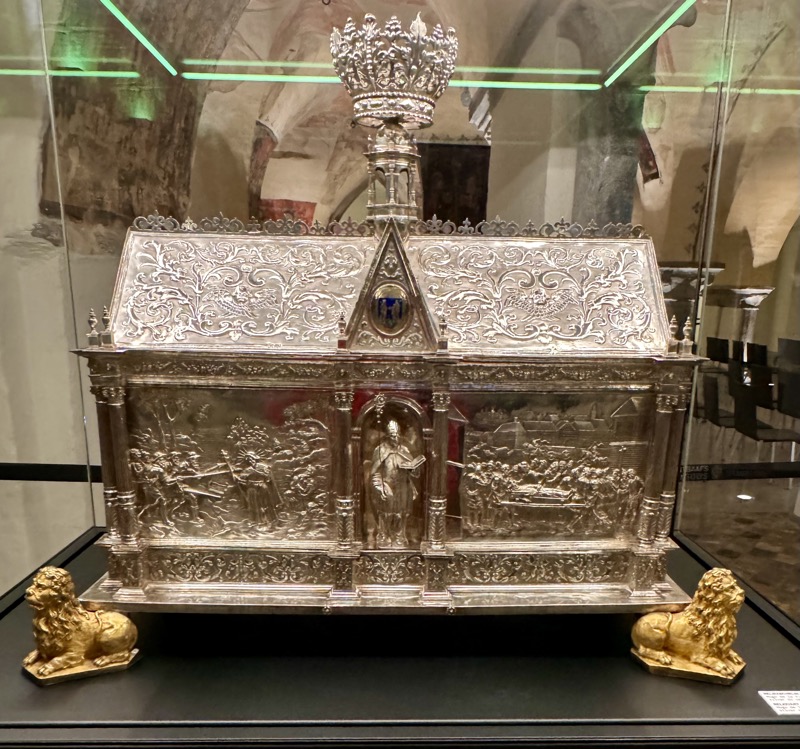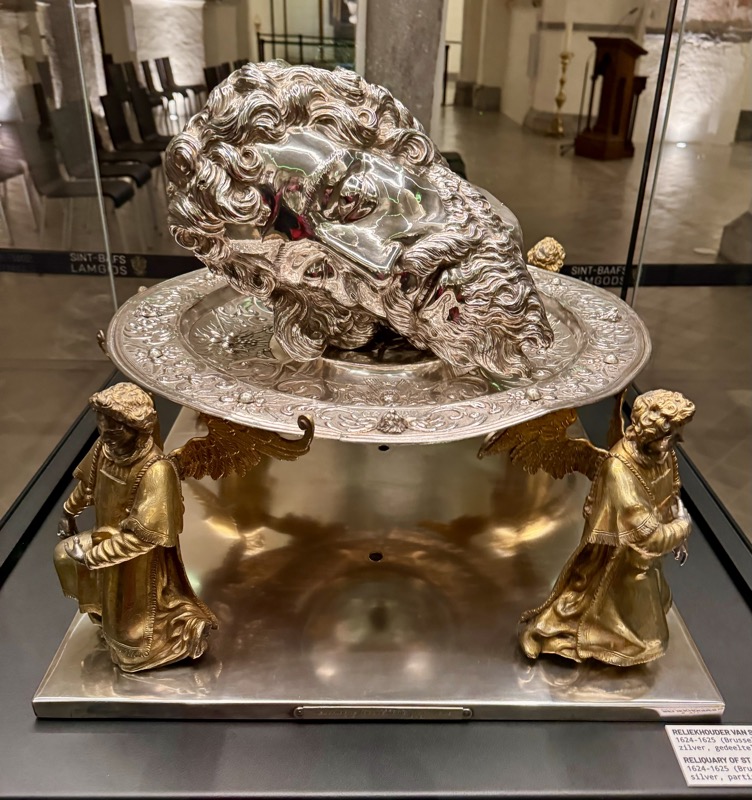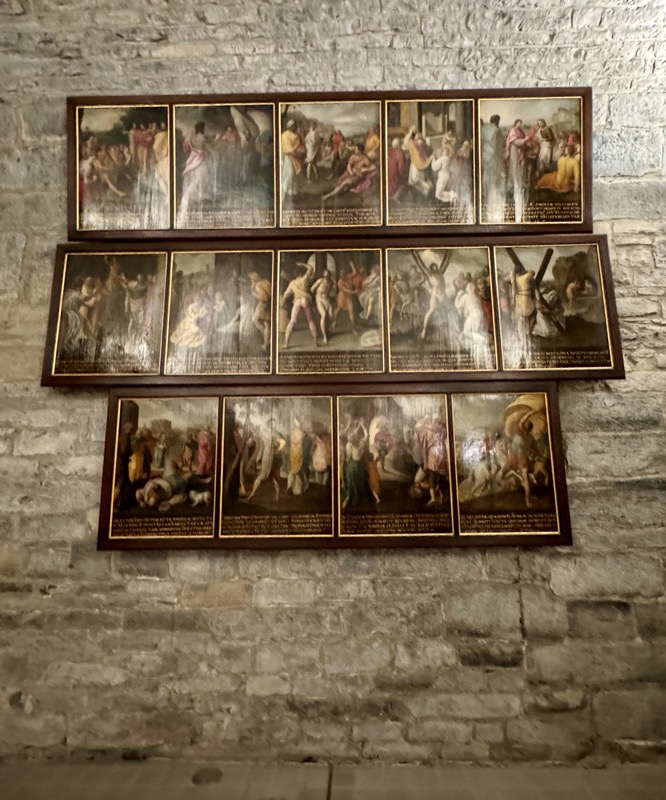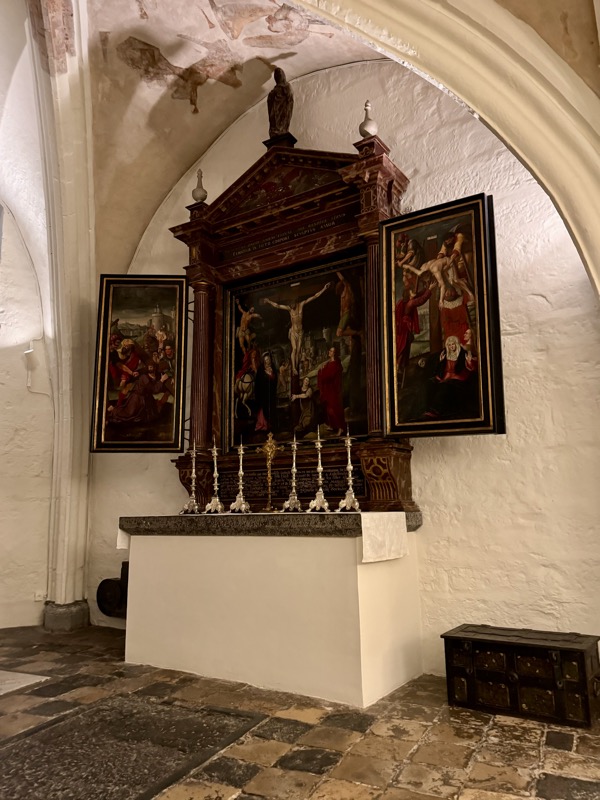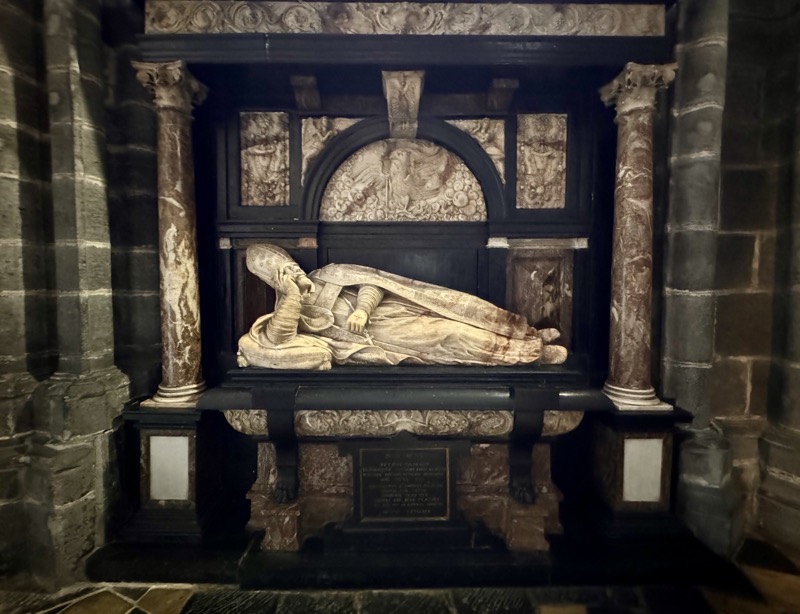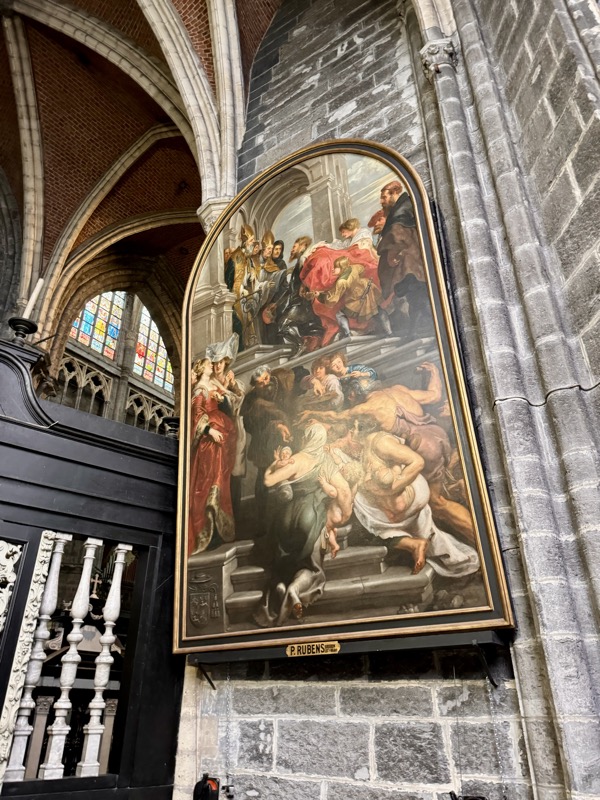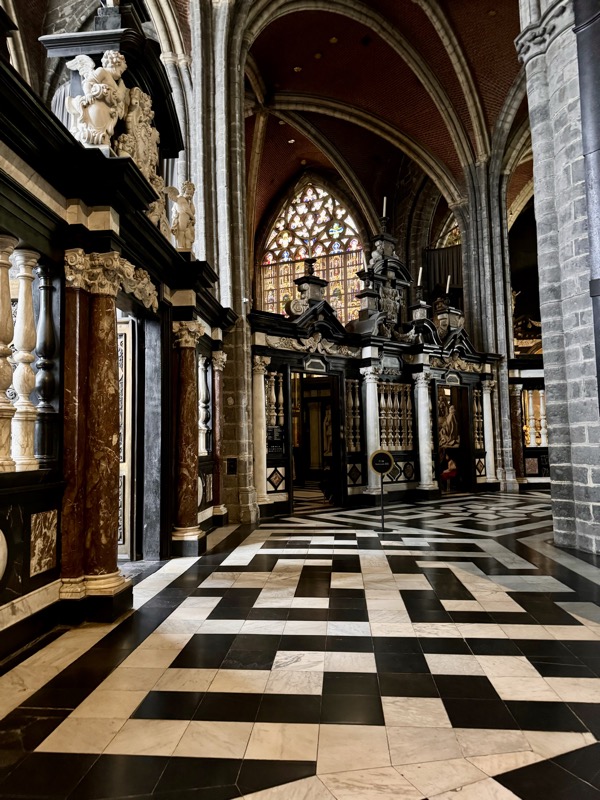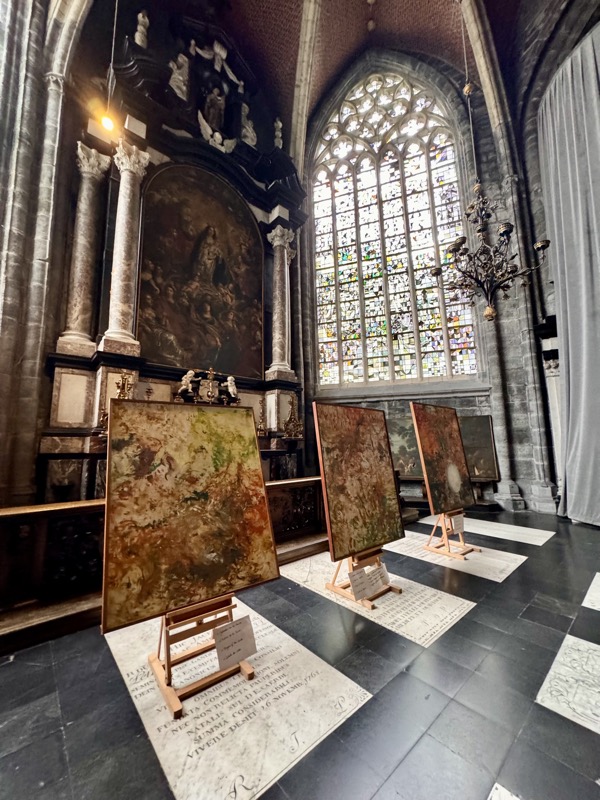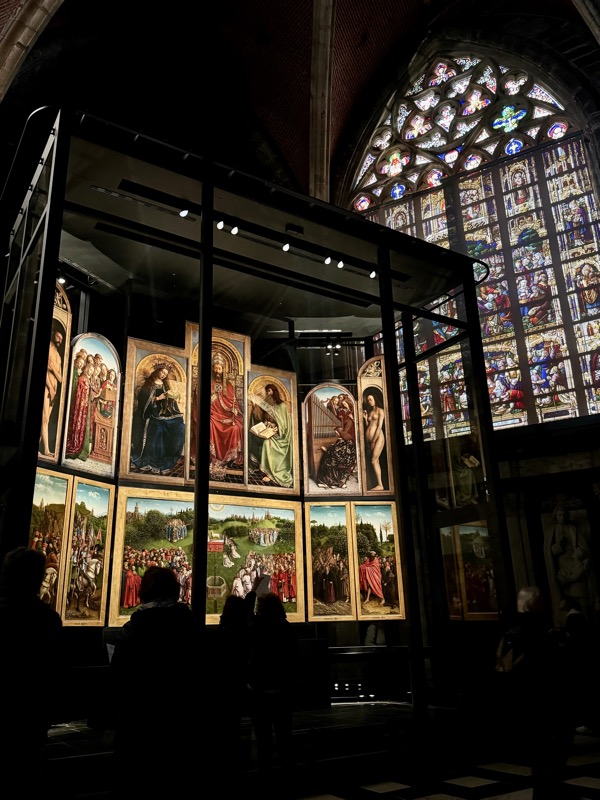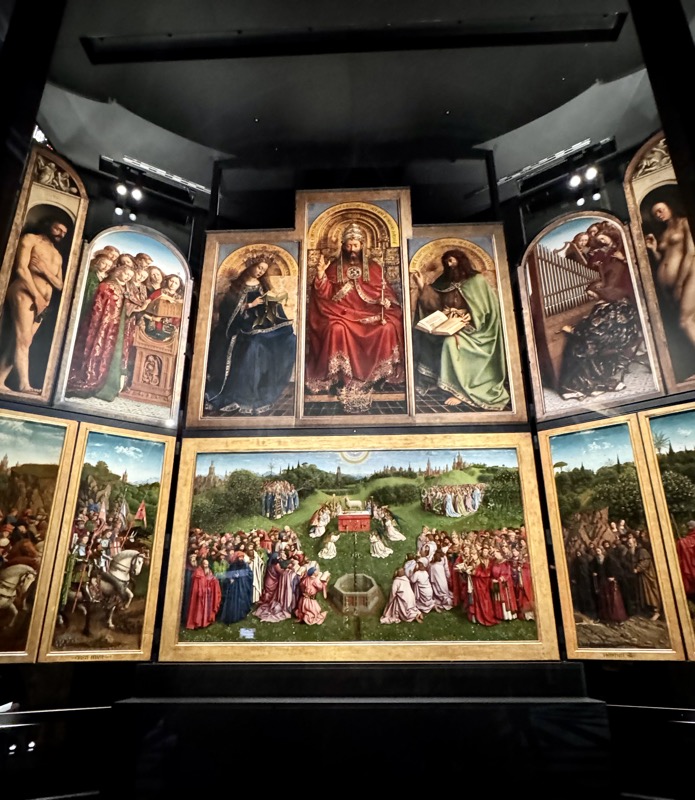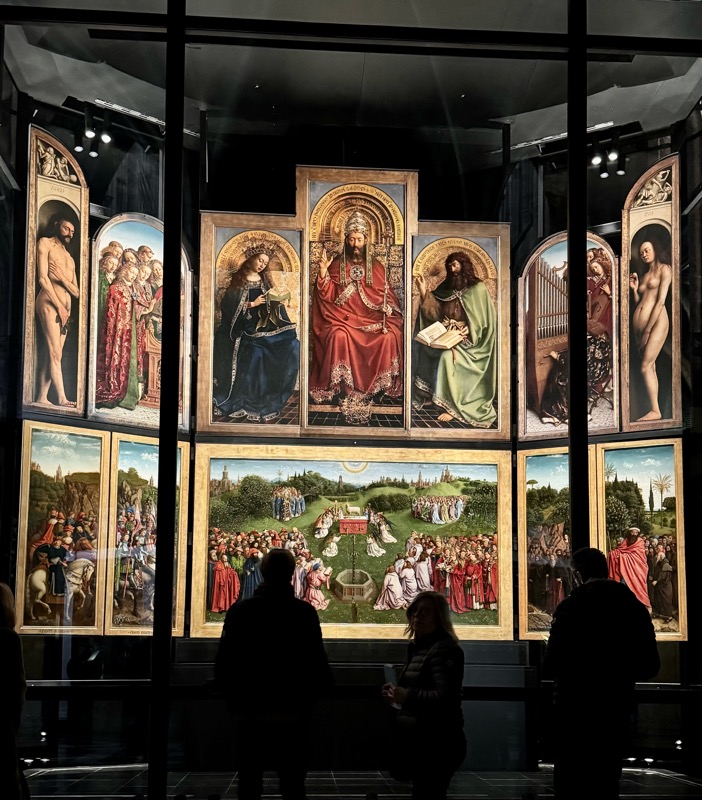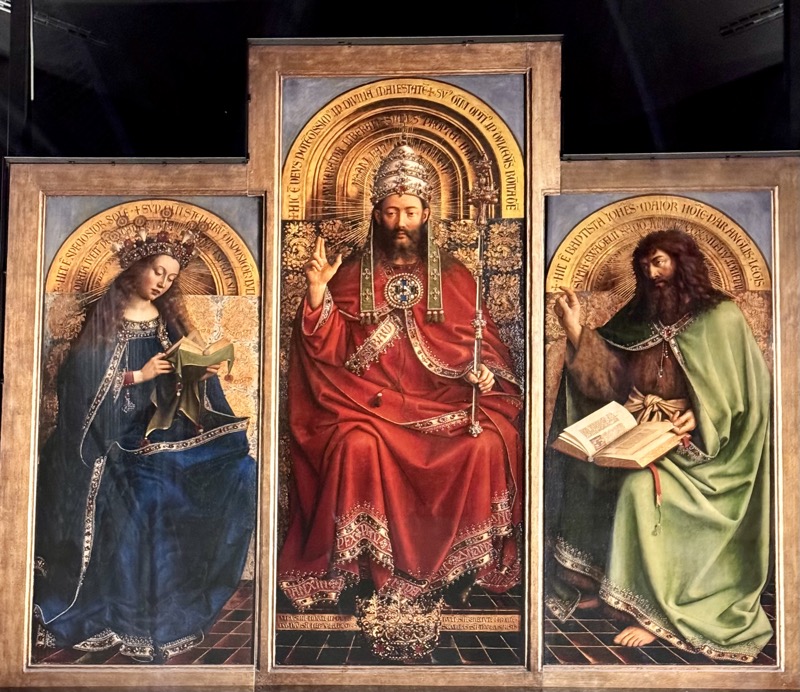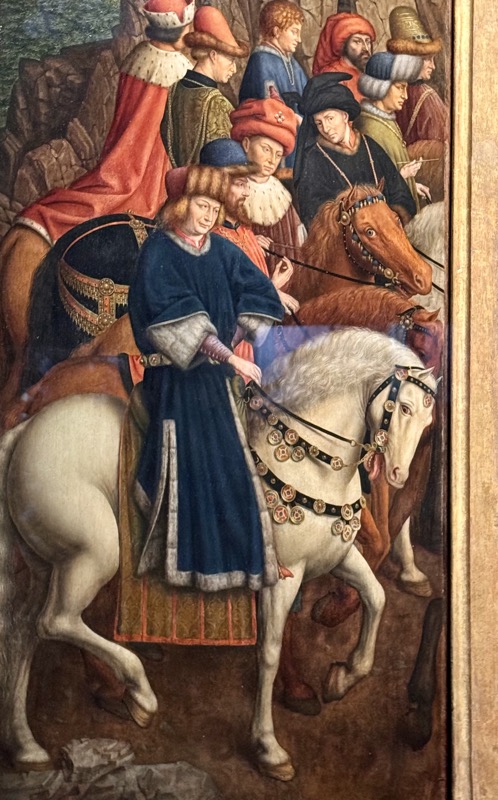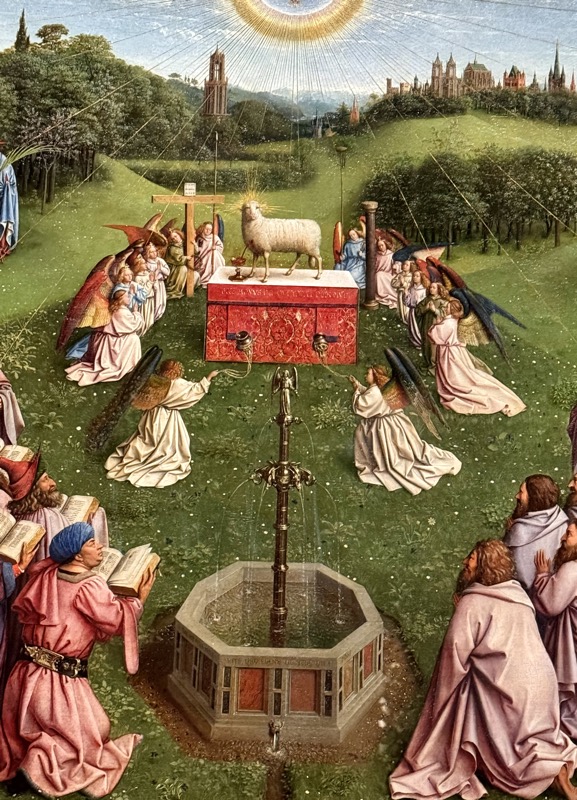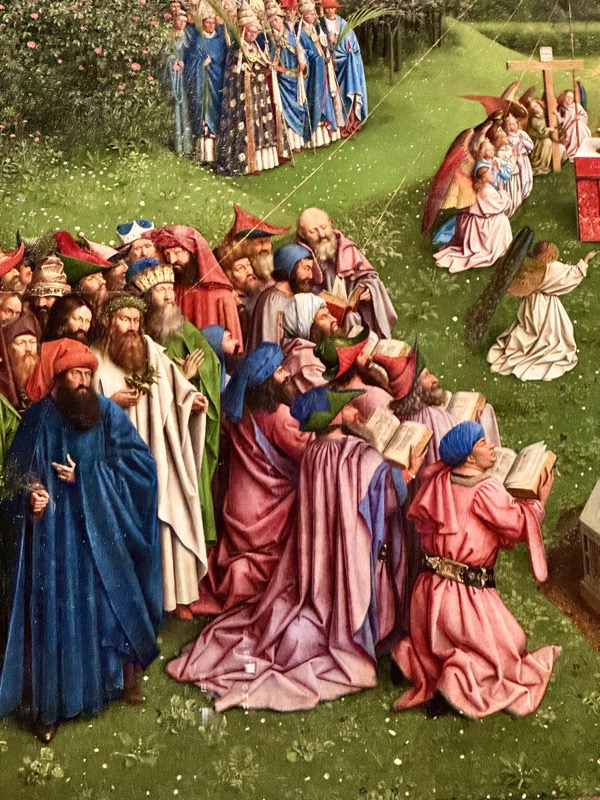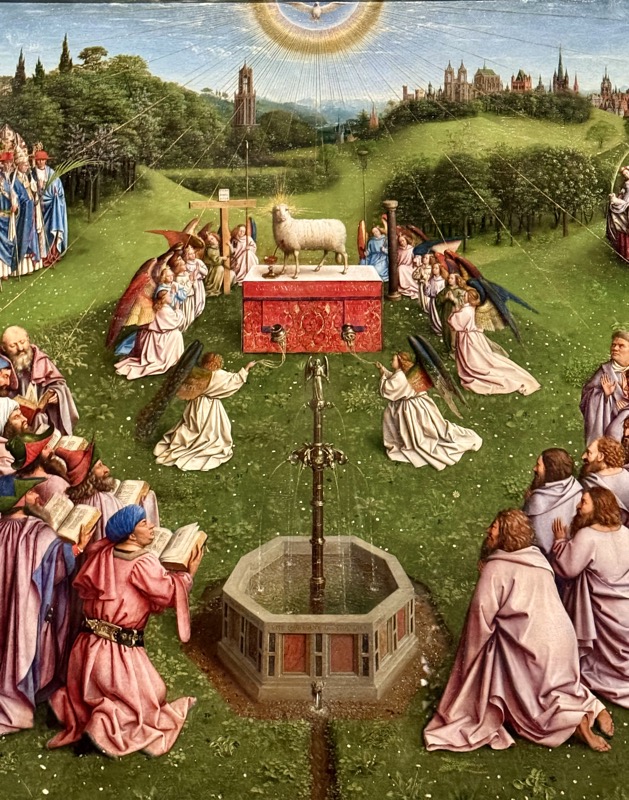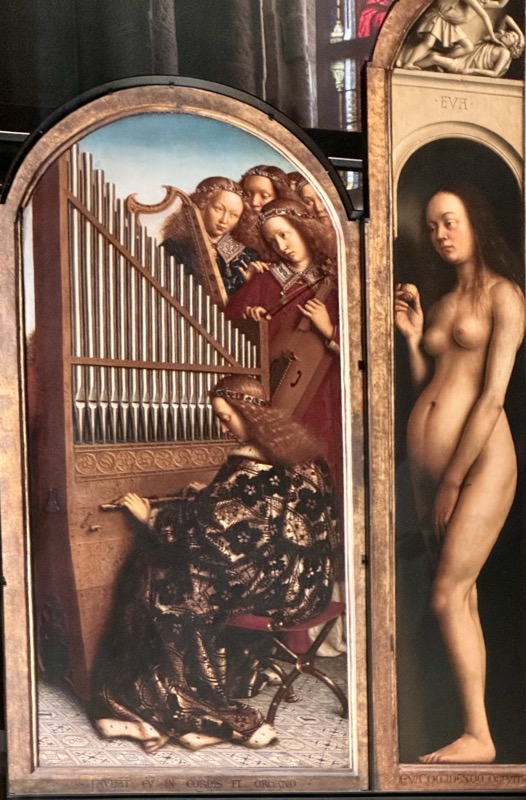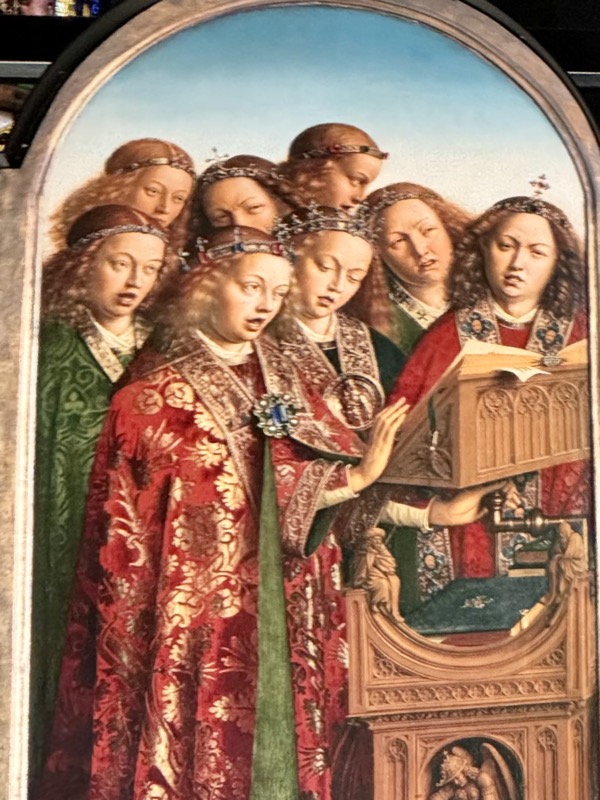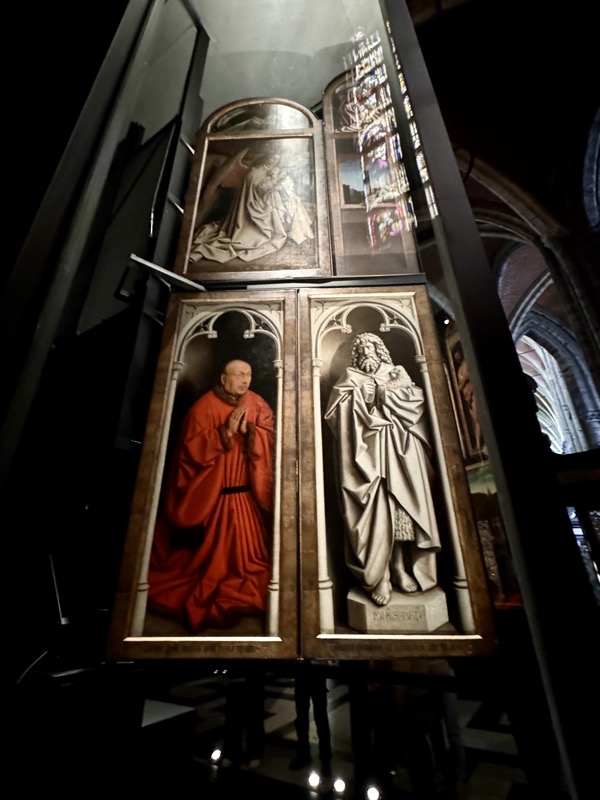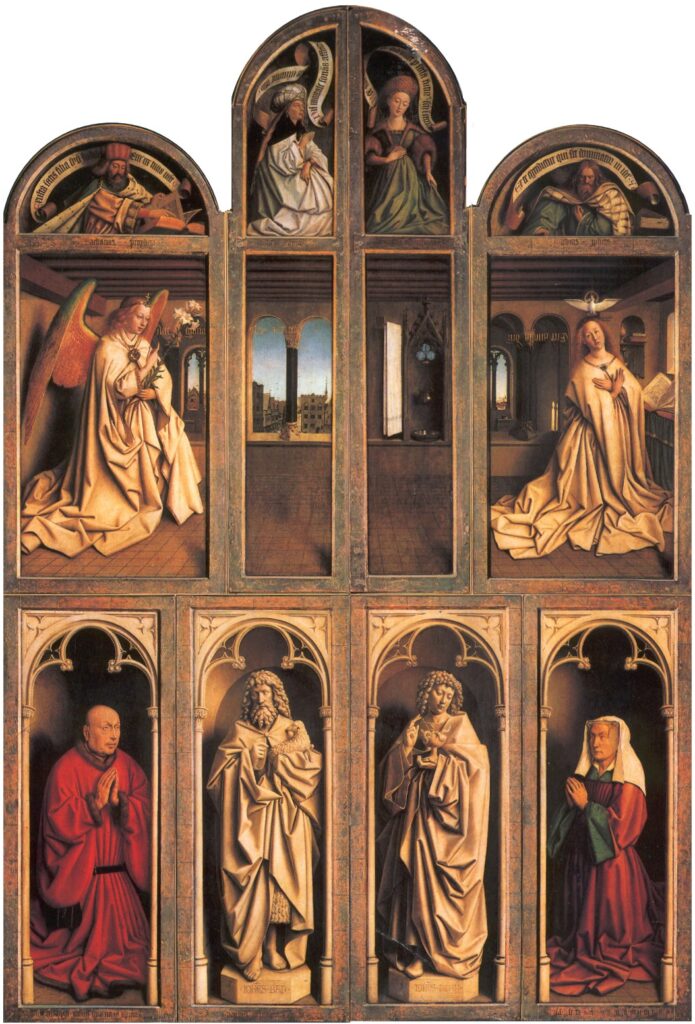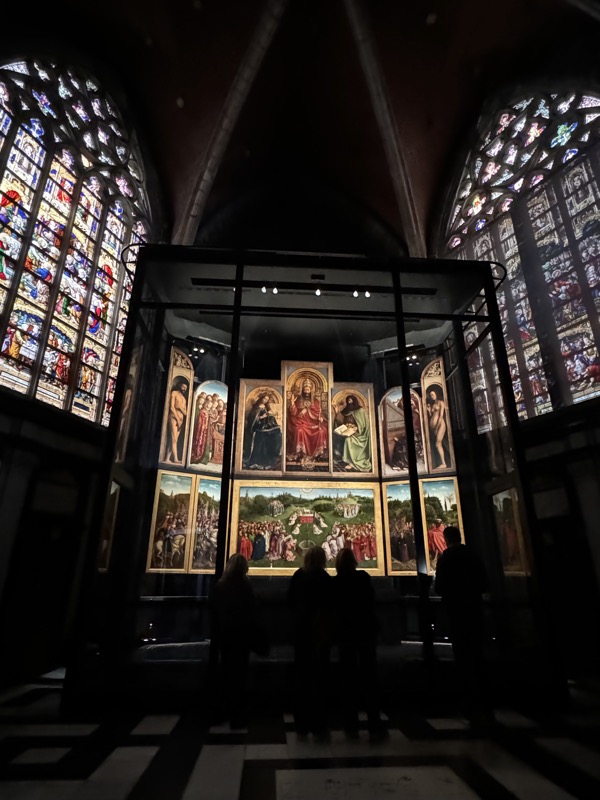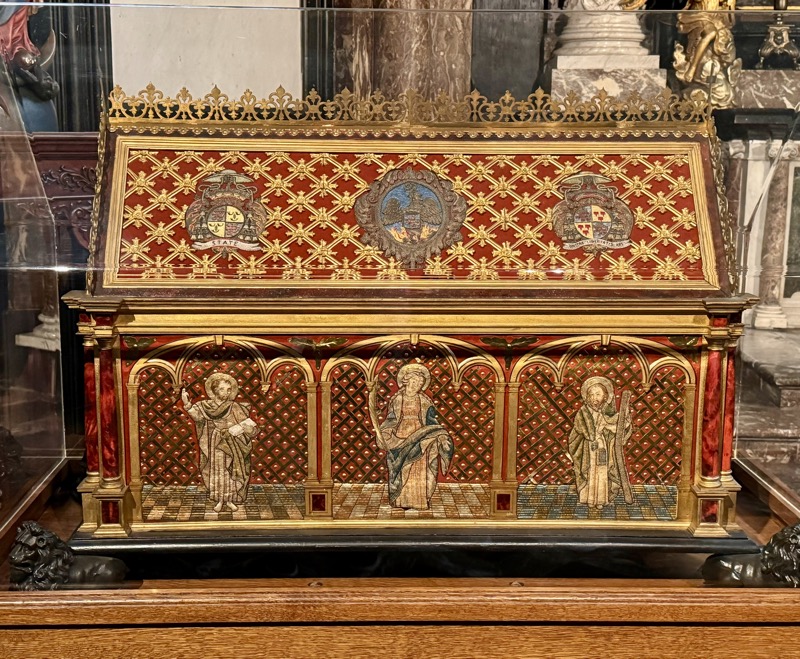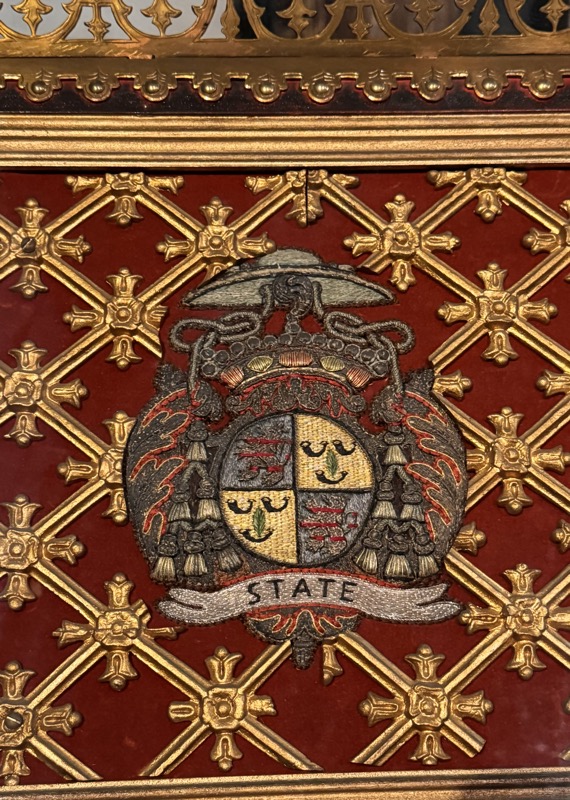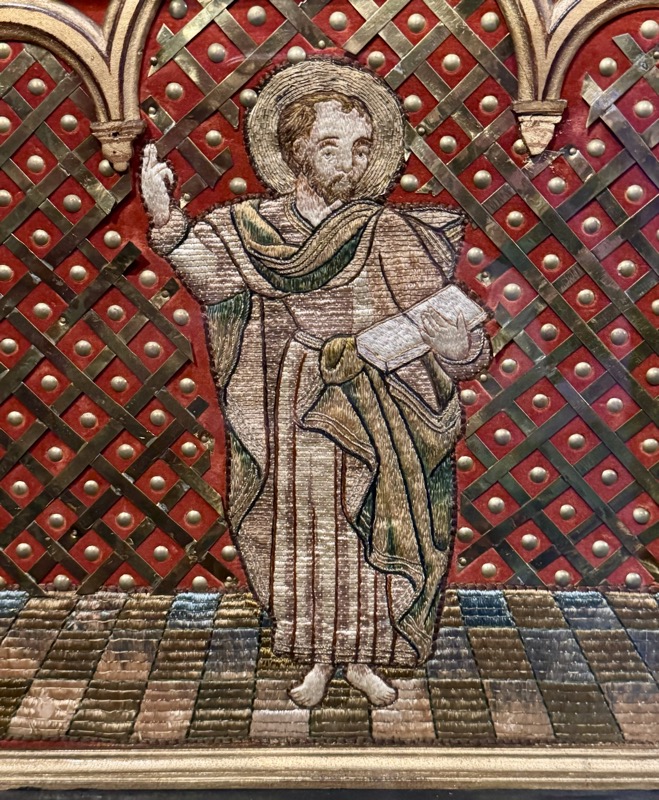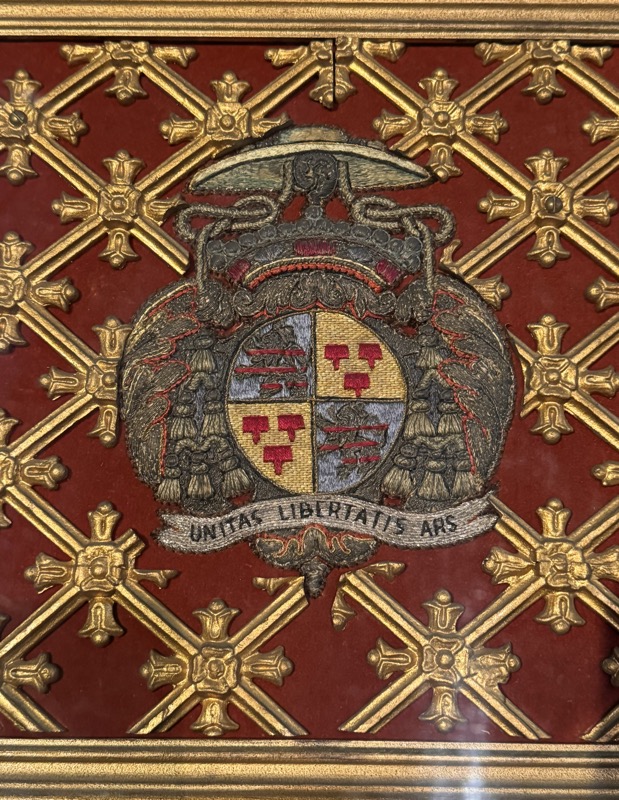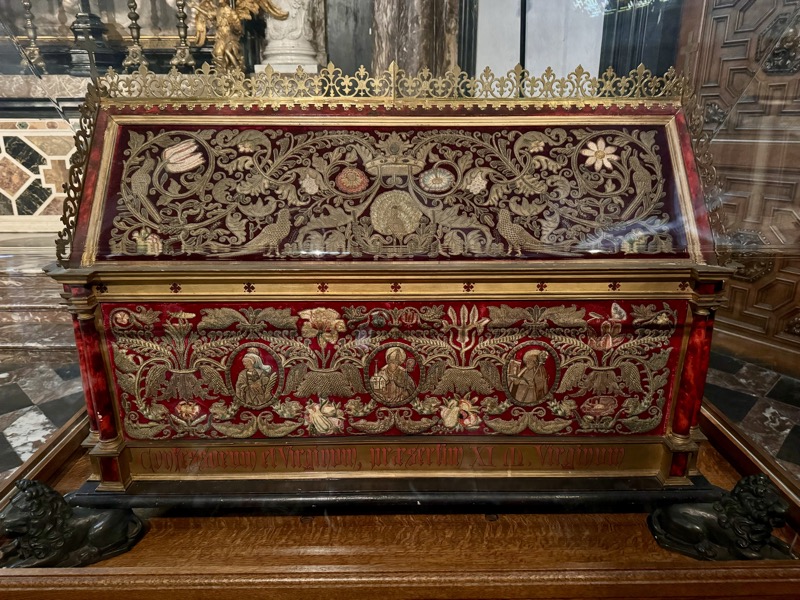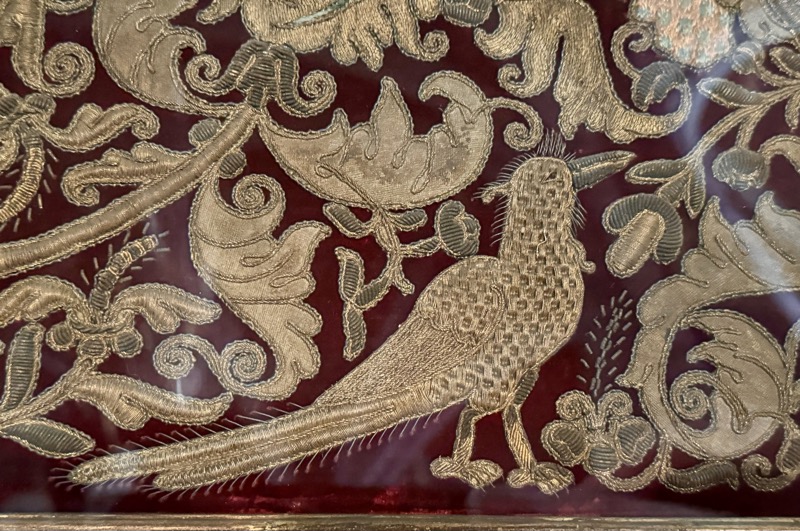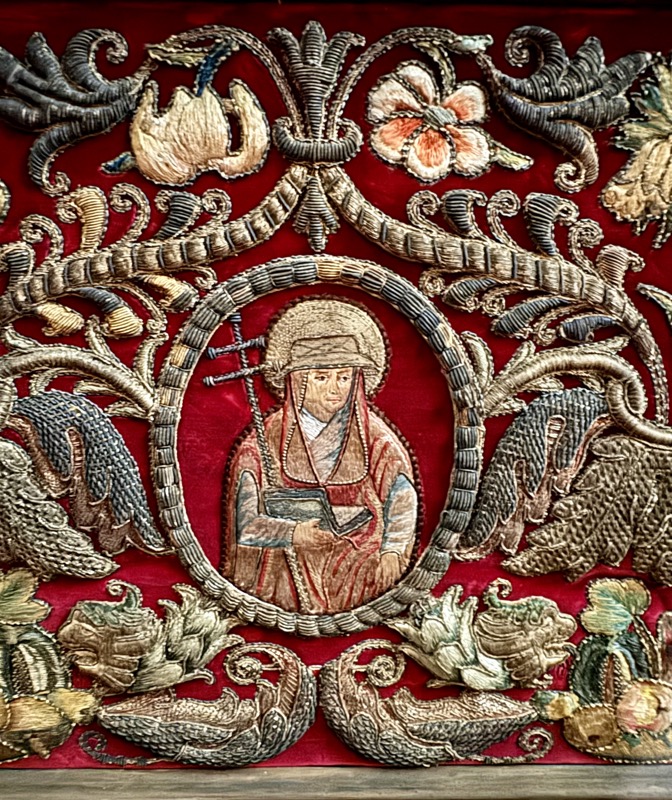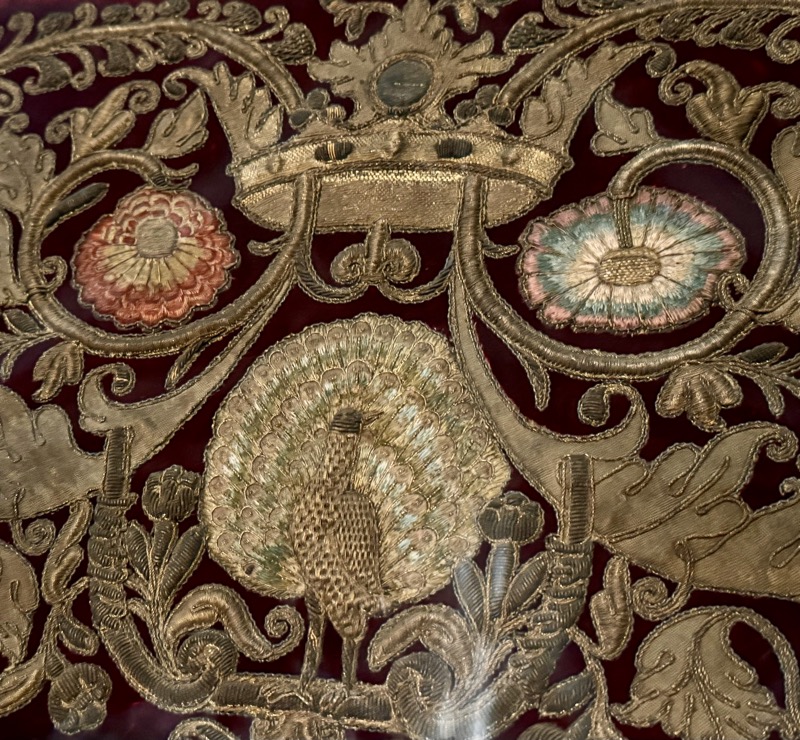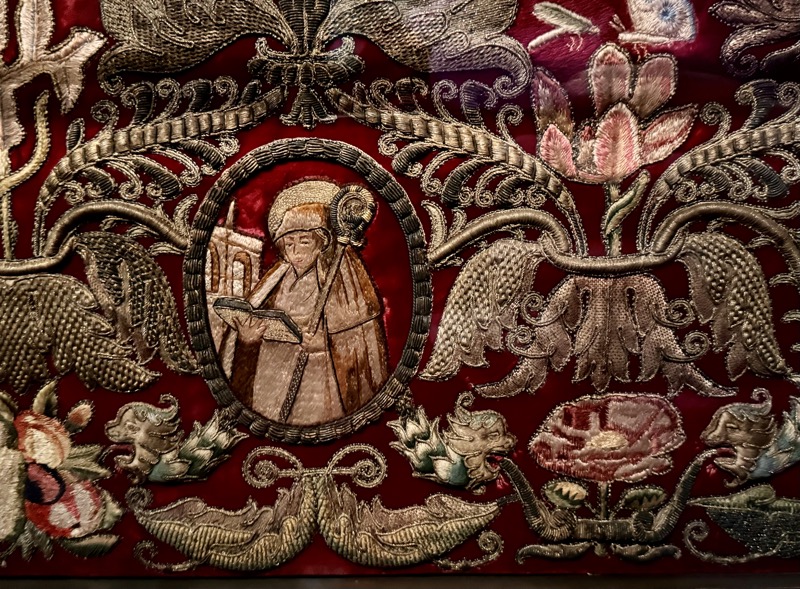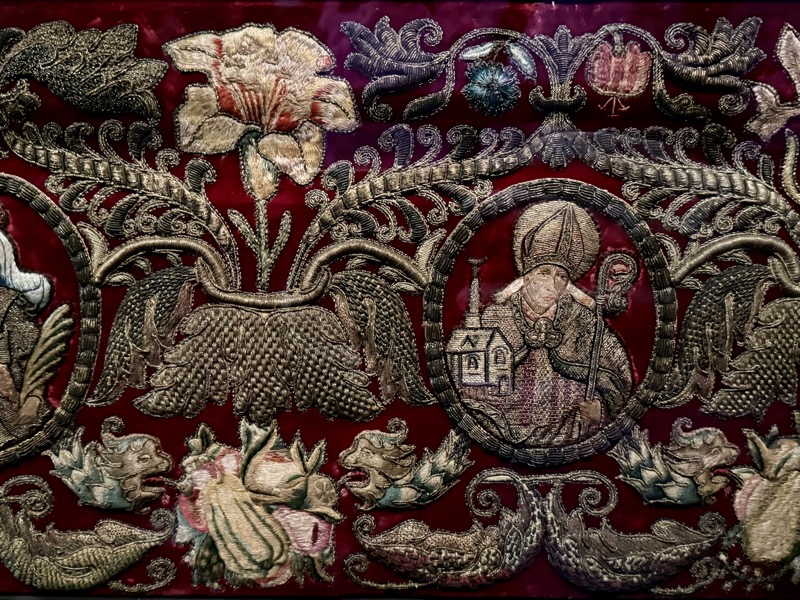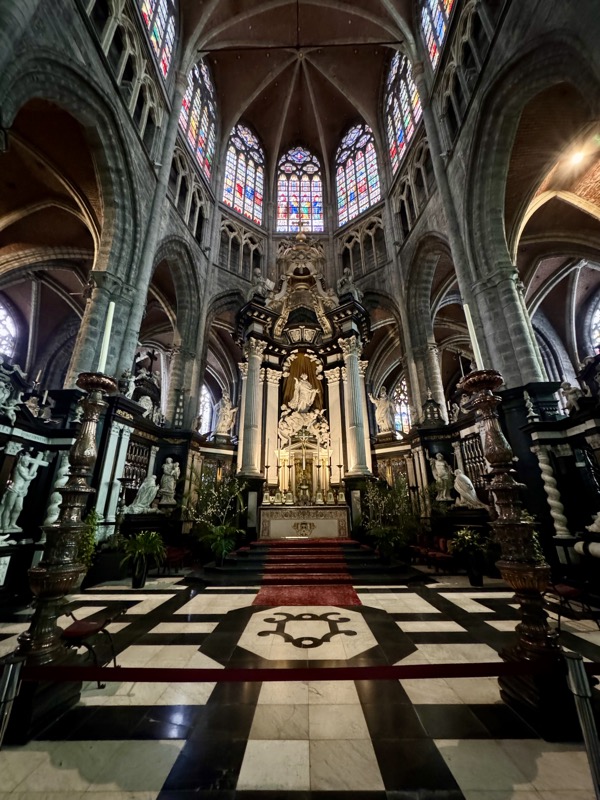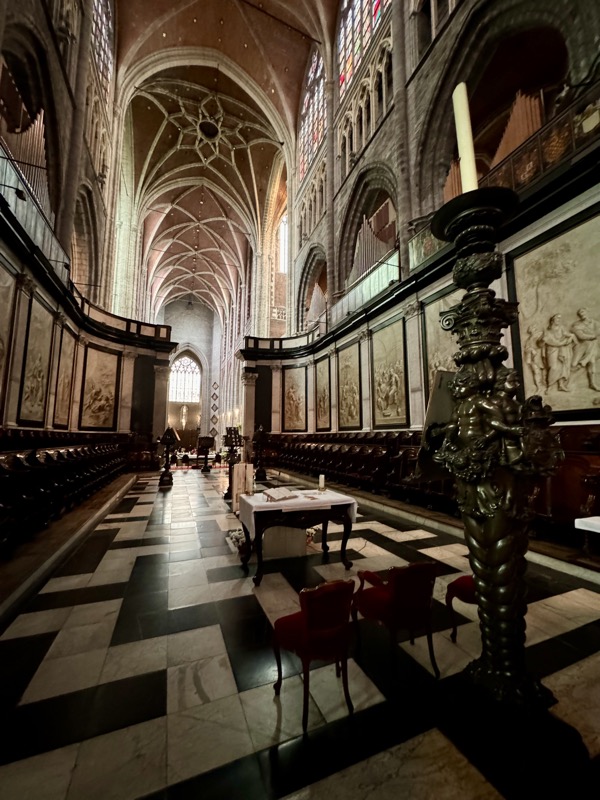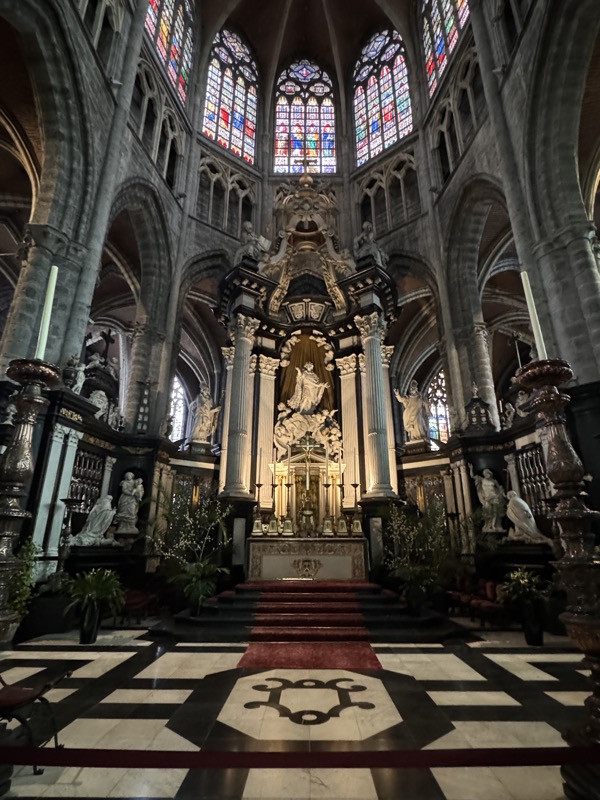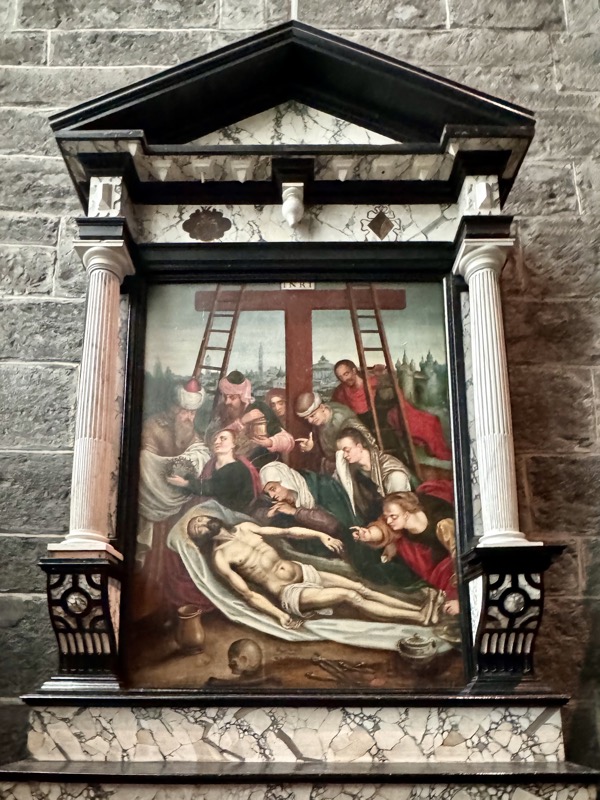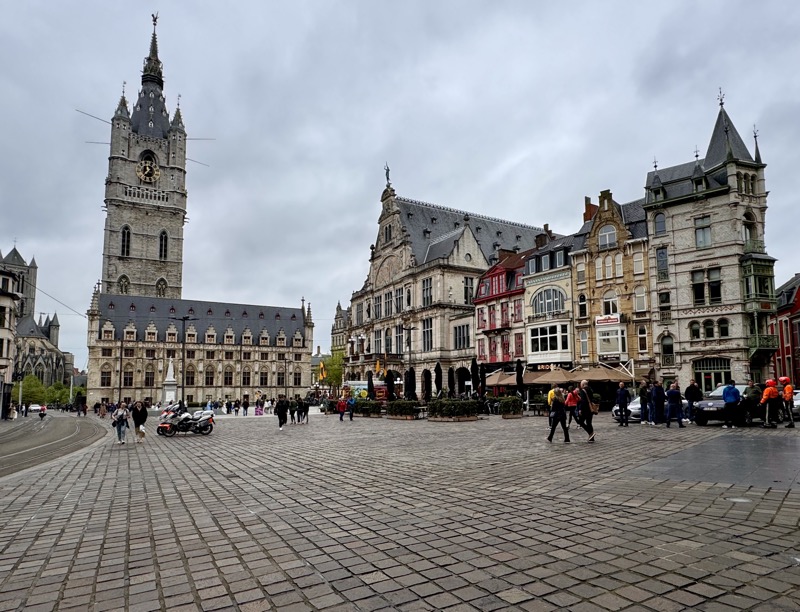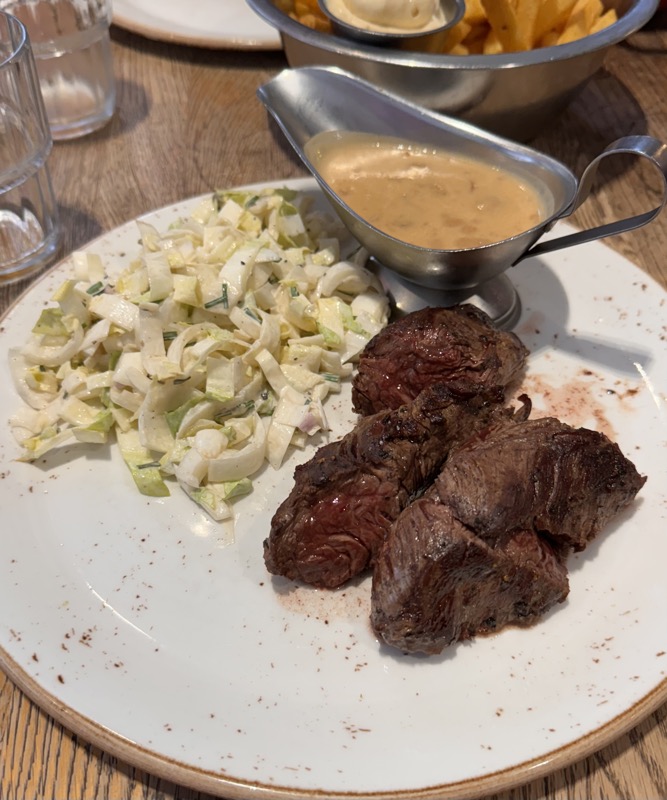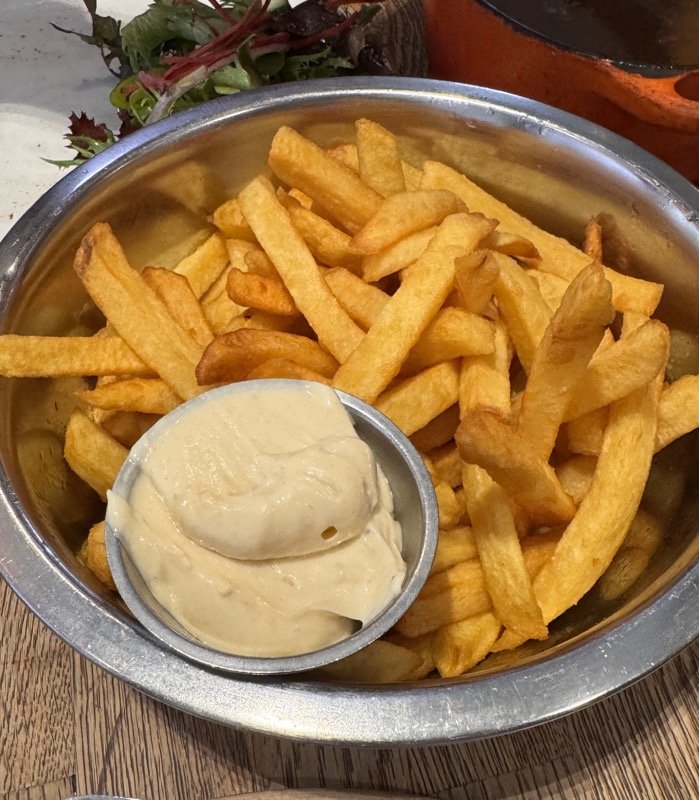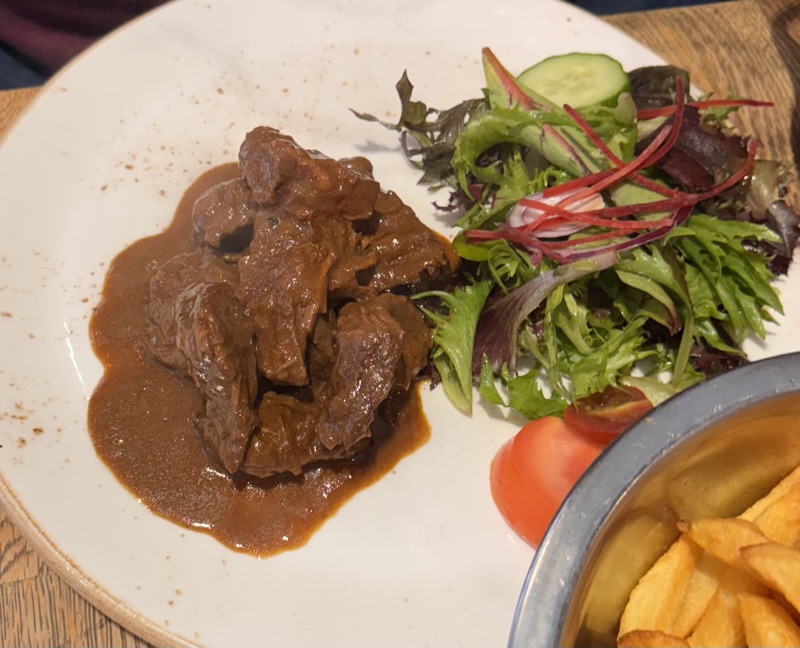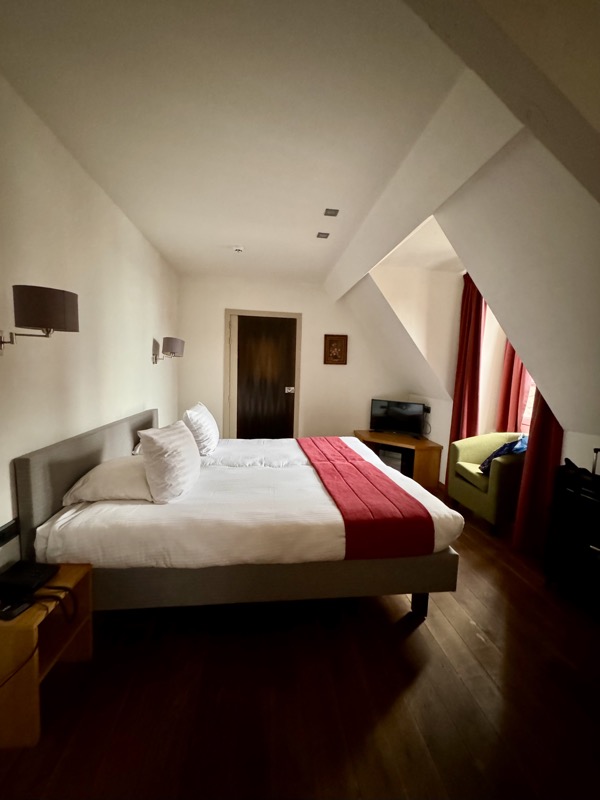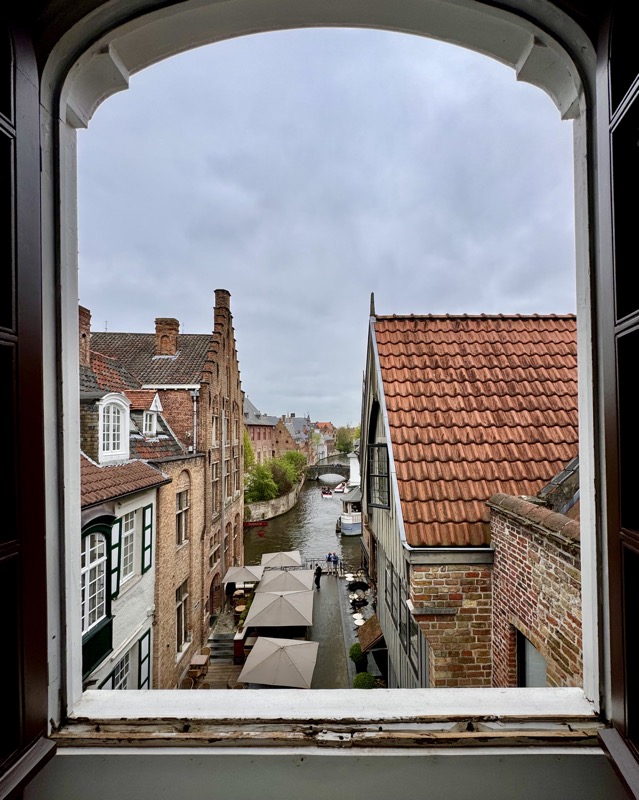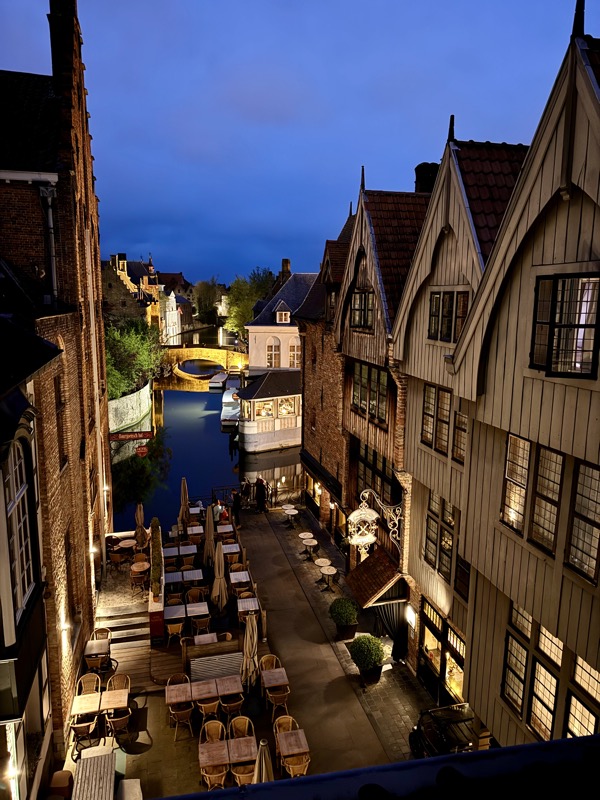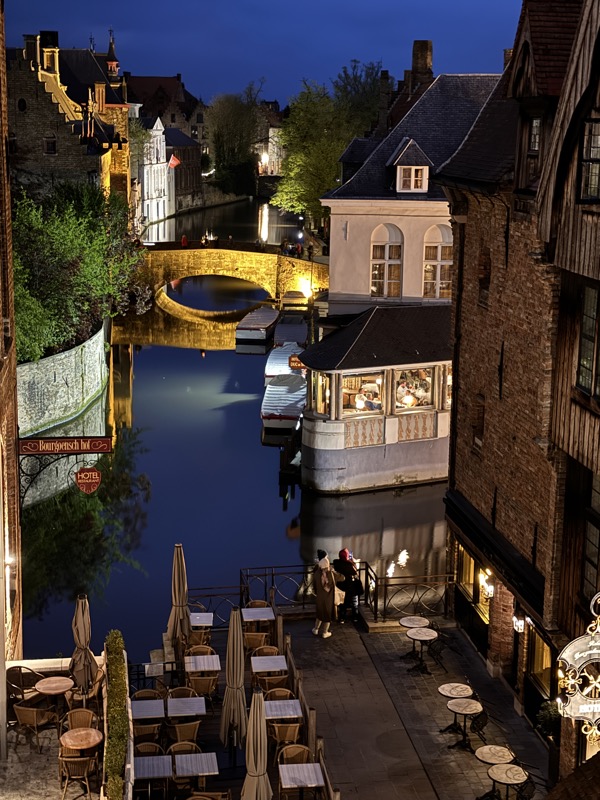Lucerne, (Luzern), is a small town in Switzerland just an hour south-east of Zurich. I visited here in 1995 when doing the 70 day, ‘Grand Tour of Europe’ with Big Sal, Bloody Mary and the adorable Slapper. We didn’t have a lot of time here back then, but I remembered it as a really pretty old market town and was keen to see some more of the place.
The Old Town (Altstadt) has a nearly 1km long Musegg Wall which is part of the old 14thC ramparts. Mr K was immediately excited and exclaimed that he hasn’t seen a real castle before – which took me by by surprise, but when I think back on the travels we have done together, there’s been plenty of palaces, but not many medieval castles. Only one we could come up with was Blarney Castle near Cork – and that’s more a crumbly than a castle, so we will have to fix that in a future trip to Scotland or somewhere equally overrun by castles.
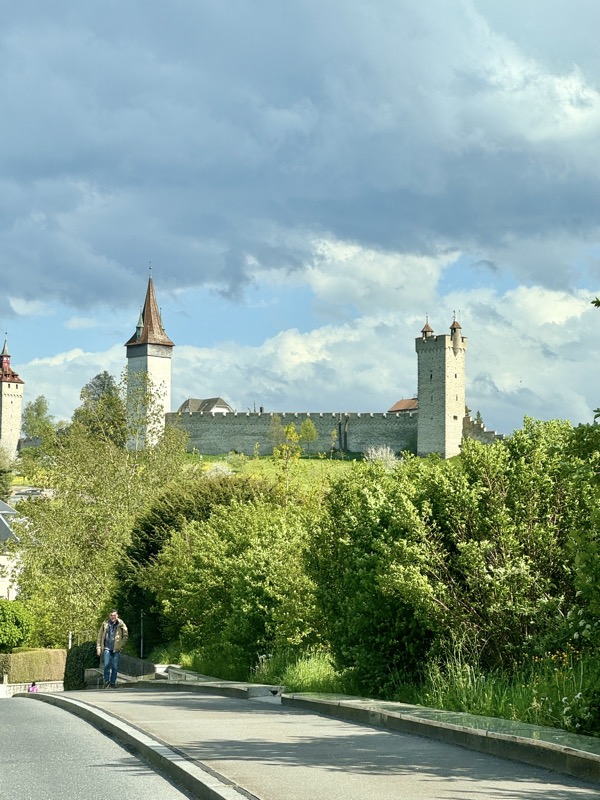
The famous Lion Monument of Lucerne, (Löwendenkmal), was our first port of call on the way into town this afternoon… I wanted to see if in the afternoon light as the morning was a bit ‘meh’, from (my admittedly fuzzy) memory. The dying lion that is sculpted into the rock face of the cliff that overlooks the little town, and was made to commemorate the Swiss guardsmen who died in 1792 during the French Revolution. It’s a beautiful and evocative monument… though slightly less moving when surrounded by 30 or so Chinese tourists all angling for the best selfie!
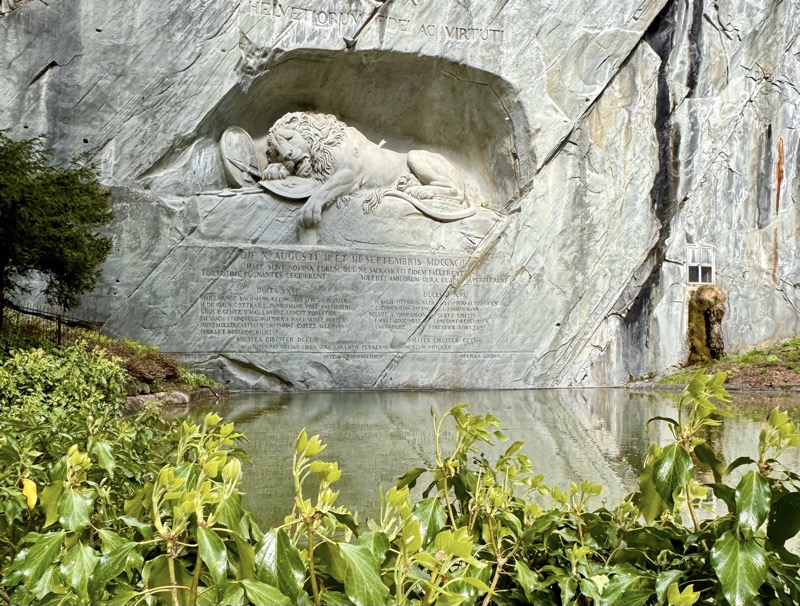
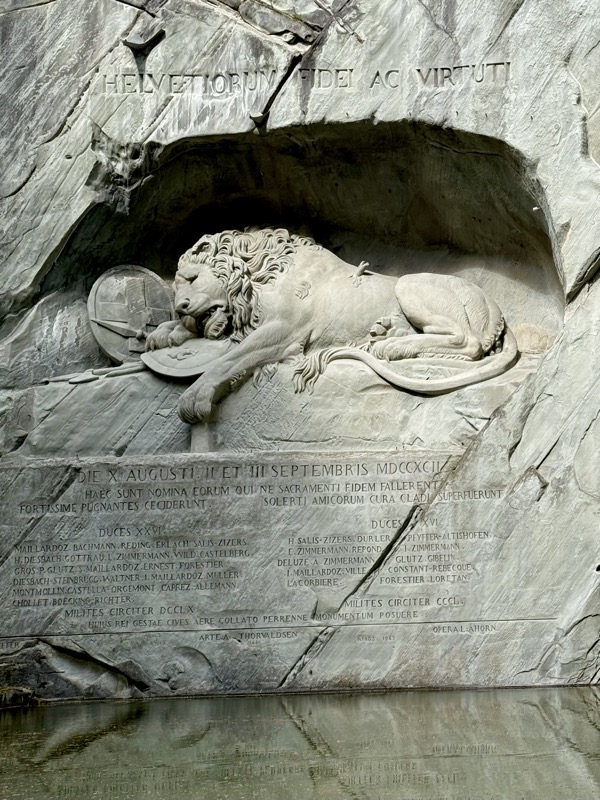
The Altstadt is right in the centre of town, and full of beautiful old buildings painted in a charming, and very Swiss, style. Just wandering around town is full of beautiful old buildings that mostly house modern shops or restaurants and cafes in them, and accomodations above.
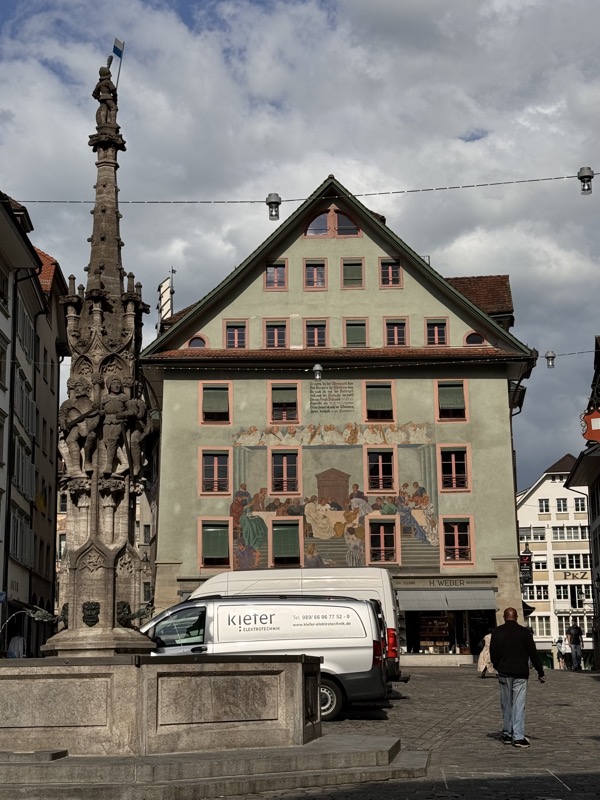
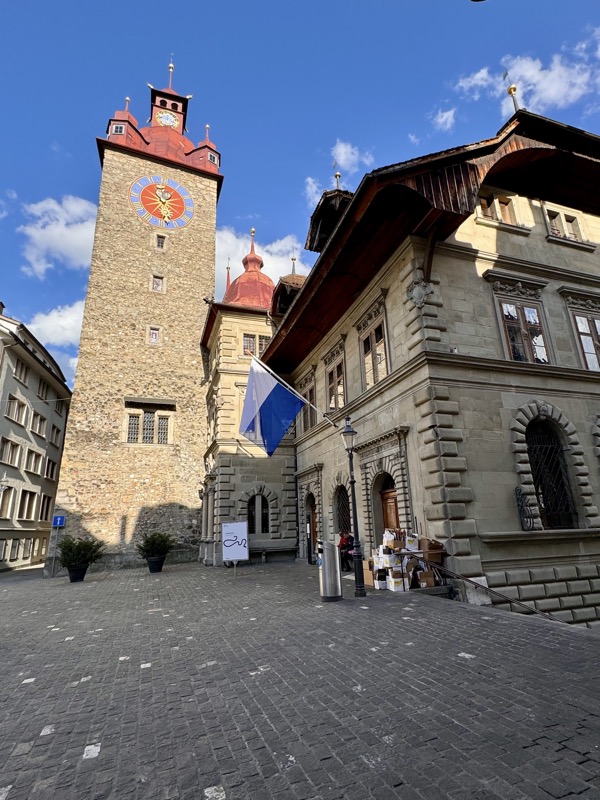
This clock tower chimed the hours and thankfully, (after Bruges!), didn’t have a full on carillon playing a five minute rendition of, ‘Somewhere Over the Rainbow’ several times a day!
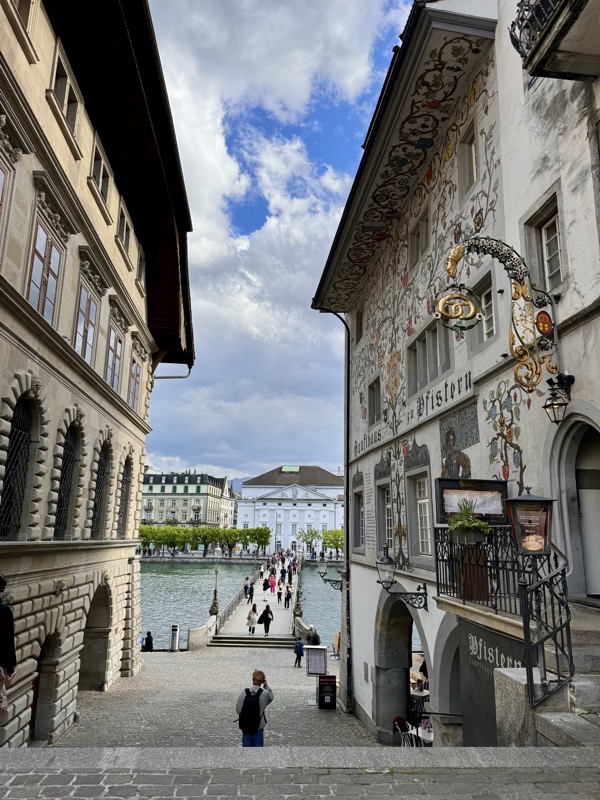
The gorgeous Chapel Bridge, (Kappelbrücke), was originally built in 1333 and links the Aldstadt to the Reuss River… like Australians can even get their heads around a wooden structure build by people from 700 years ago! Several sections of it have burned down over the years, but they have always rebuilt it – it is a unique bridge and is truly such a strong symbol of the town, I’m glad they have kept it. At home it probably wouldn’t have been replaced with a concrete monstrosity with steel girders looking like dropped Pick-Up-Stiks!
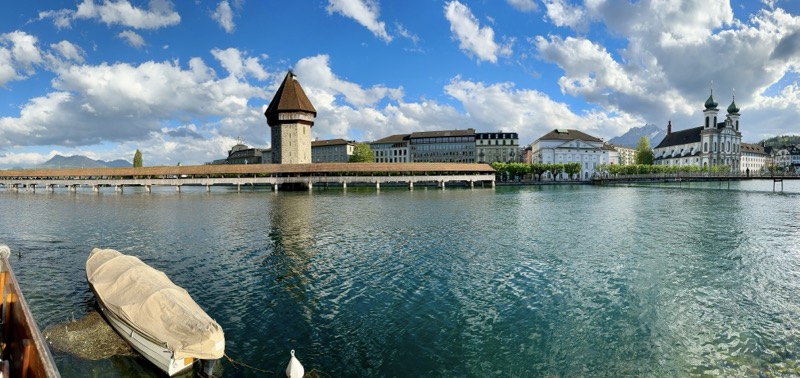
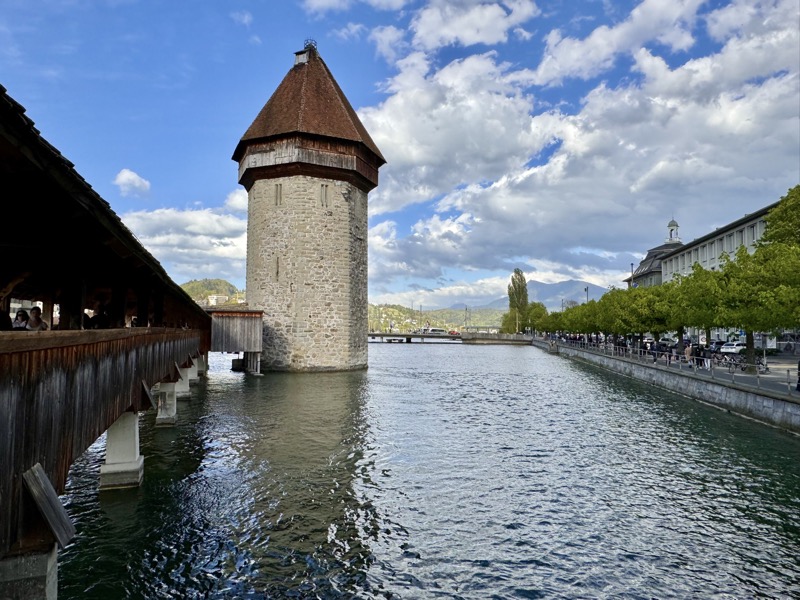
The construction of it is even beautiful… as are the artworks that have remained in tact. Unfortunately, many paintings were lost during the various fires, but some remain.
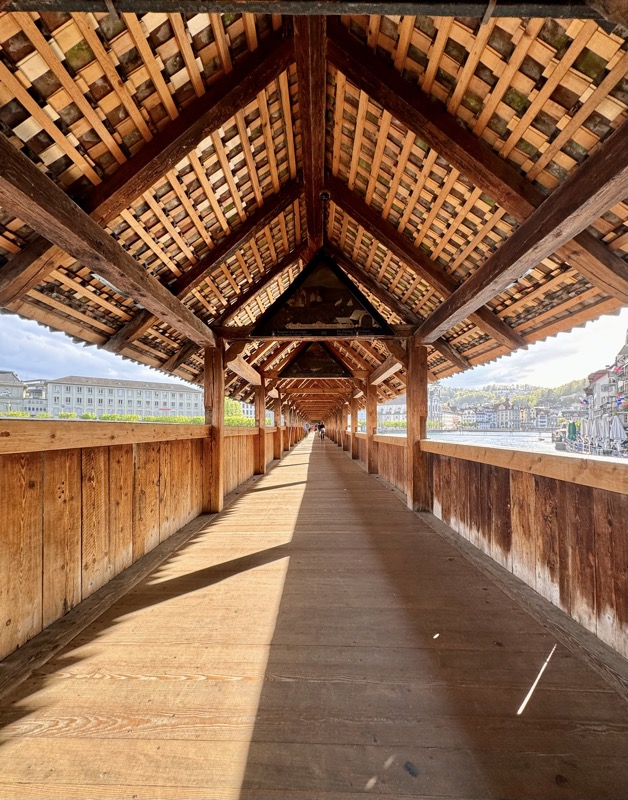
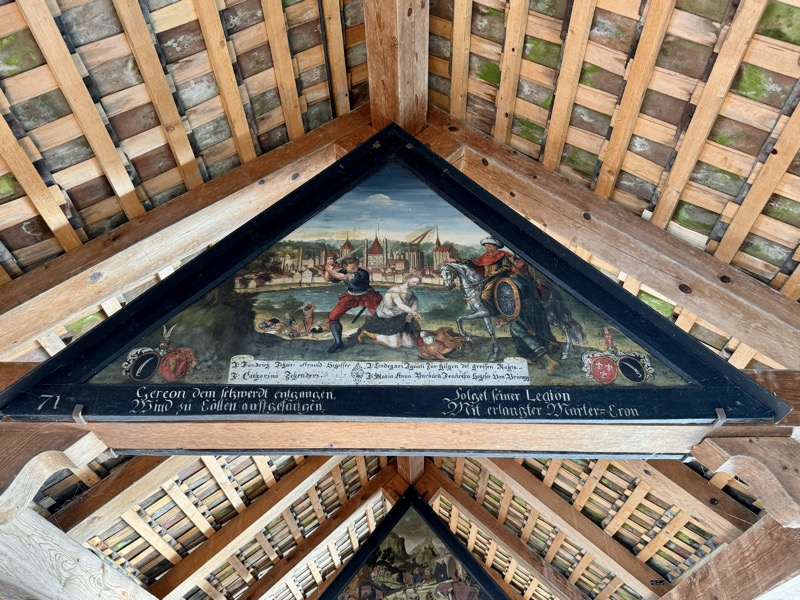
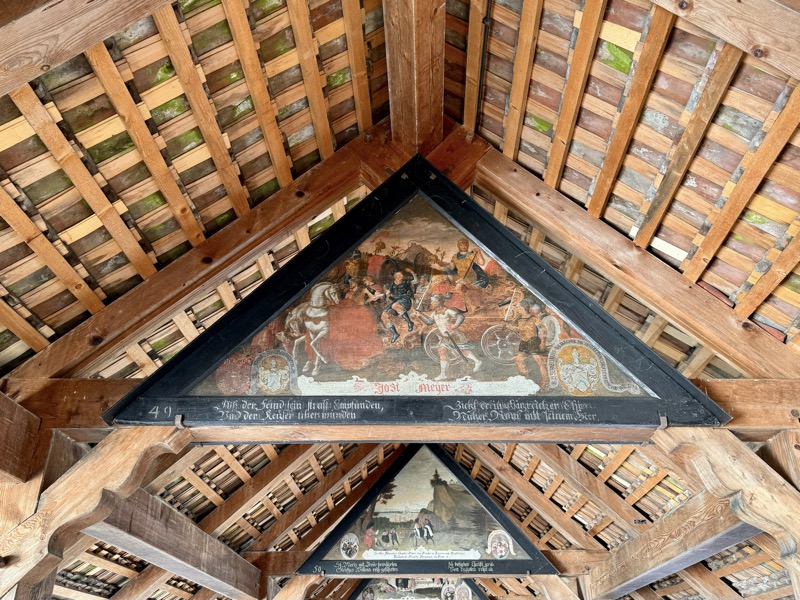
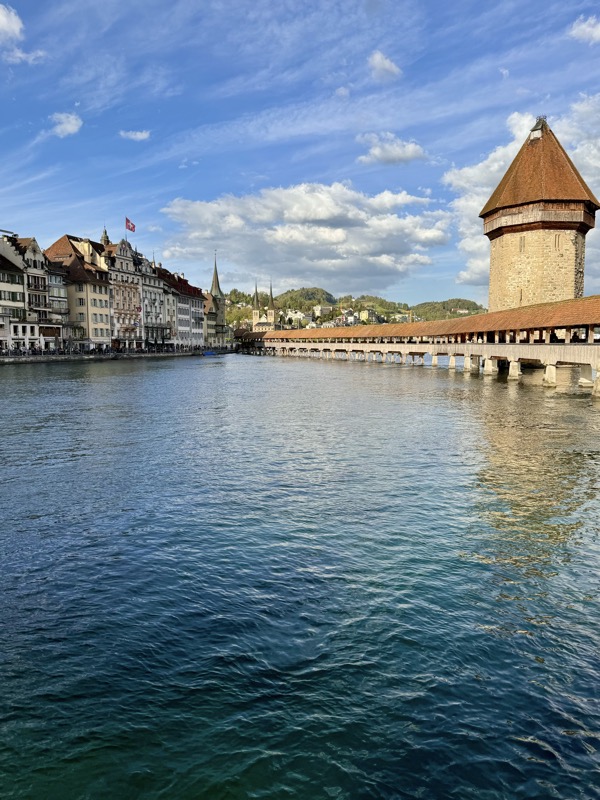
Just a stunning even for a stroll through such a quaint medieval town.
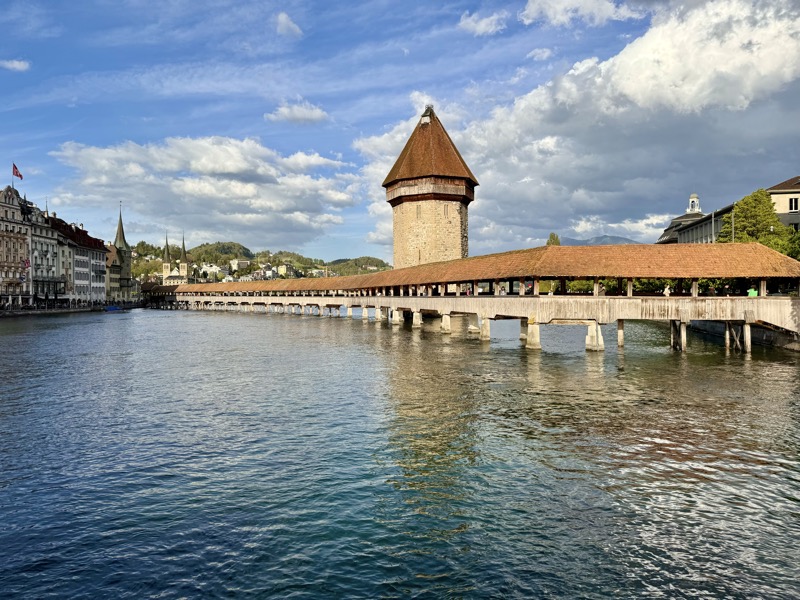
Yes, I couldn’t help myself and took way too many photos… the one below is our version of a selfie: you can see our shadows on the ironwork of the bridge we were standing on.
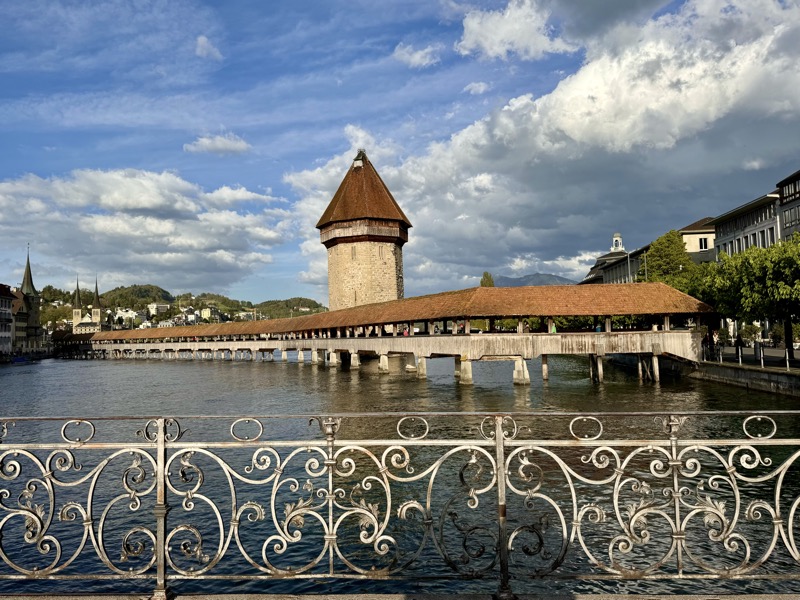
Lining the river near the bridges are a long row of old hotels that have fantastic local restaurants in the basements ands hotel rooms above them… this is where you find our exactly how expansive Switzerland is as a tourist. Even though this is a small town, it has LOADS of accommodation options, but staying in one of these hotels facing the bridge can set you back around $600-800 a night – and we aren’t looking at high season pricing! And for that price, most of these hotel rooms don’t include breakfast, are not air conditioned and might not even have a lift to get you to the higher floors!
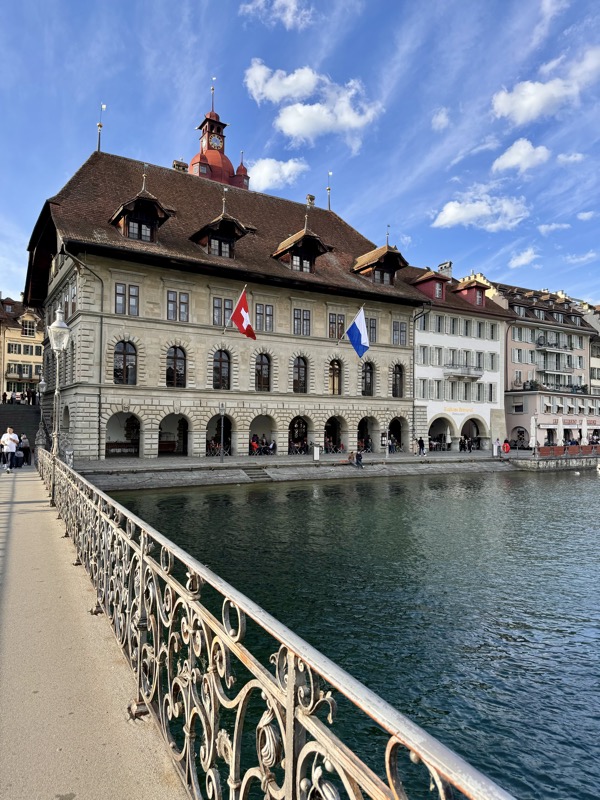
Hotel Schiff is a hotel I decided was definitely *not* in our budget, but they have an excellent restaurant, so we thought we’d go check it out for our first Swiss dinner.
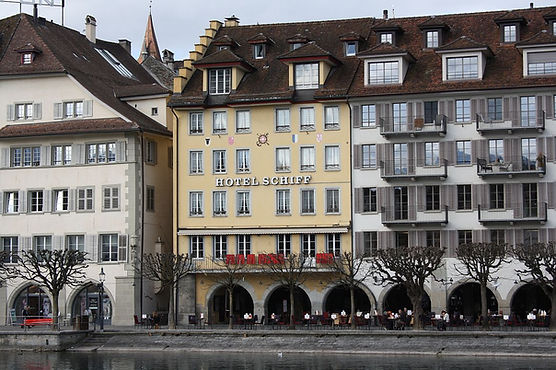
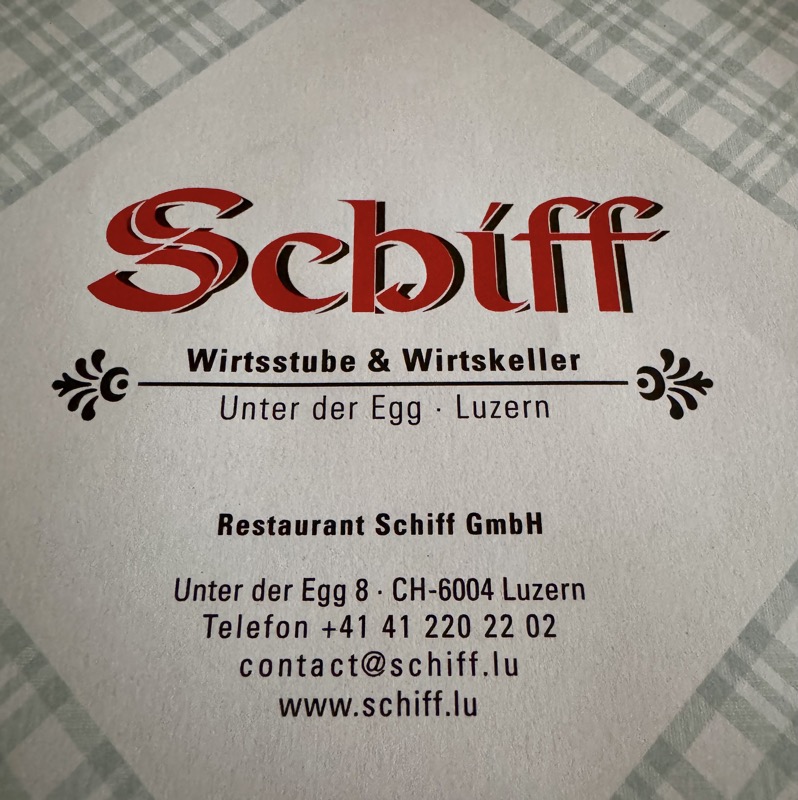
The staff were friendly, and didn’t even seem to mind my mangled attempts to order in German. We did manage to get a recommendation for a local beer for Mr K – the Eichhof Kloster, which is some sort of unfiltered pale ale. He was so fond of it, we had to go find some in a local bottle shop the next day.
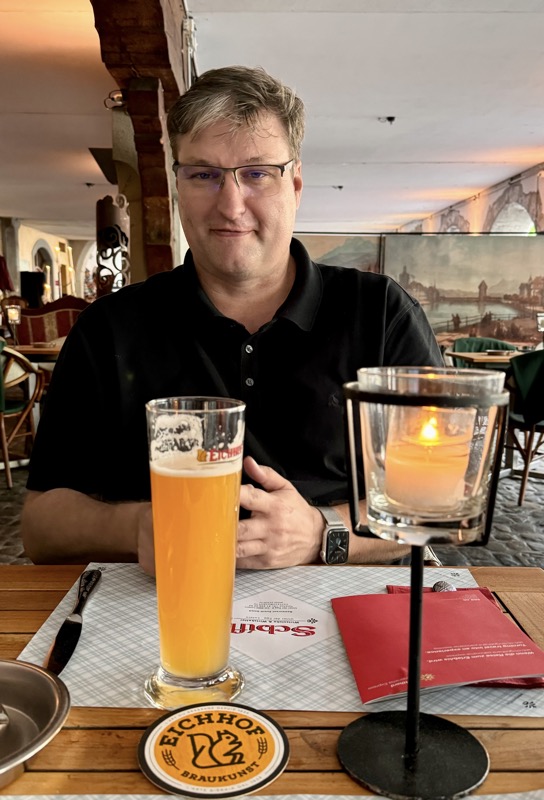
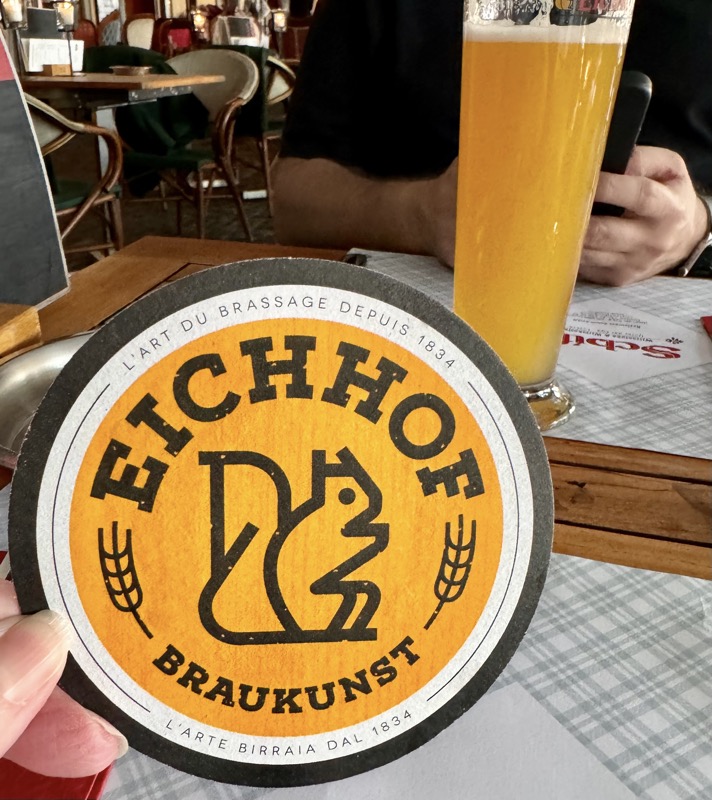
Dinner was a hearty (read: stodgy) affair of meat a pot-ay-toes! I went for the beef cheek, (Sorry, Slapper, I know you hate tertiary cuts!), and it was super tender and delicious.
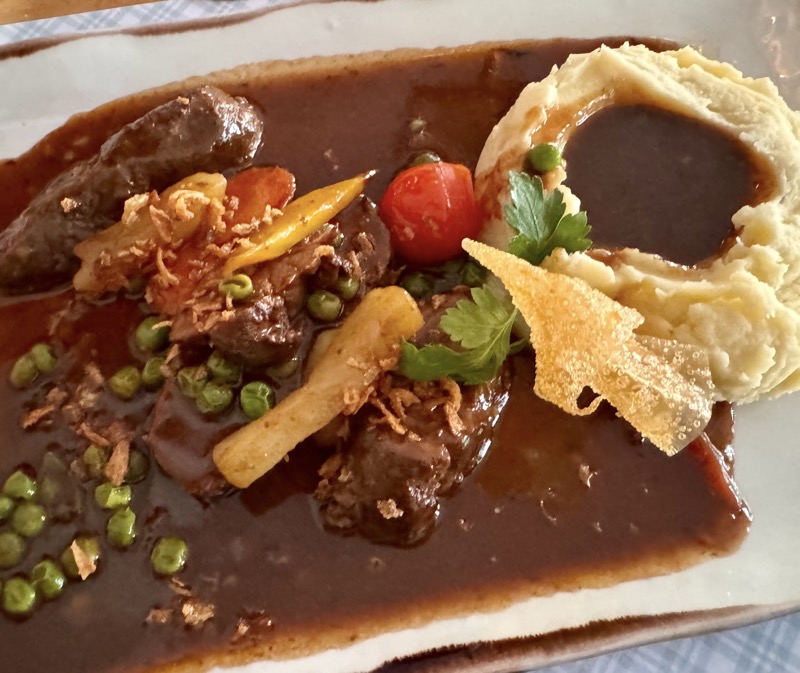
Mr K opted for some pork meatballs, also served with a huge serve of mashed potatoes. I loved that he crockery, cutlery and glassware in the place didn’t seem to match, and we had little blankets and braziers even though we were undercover.
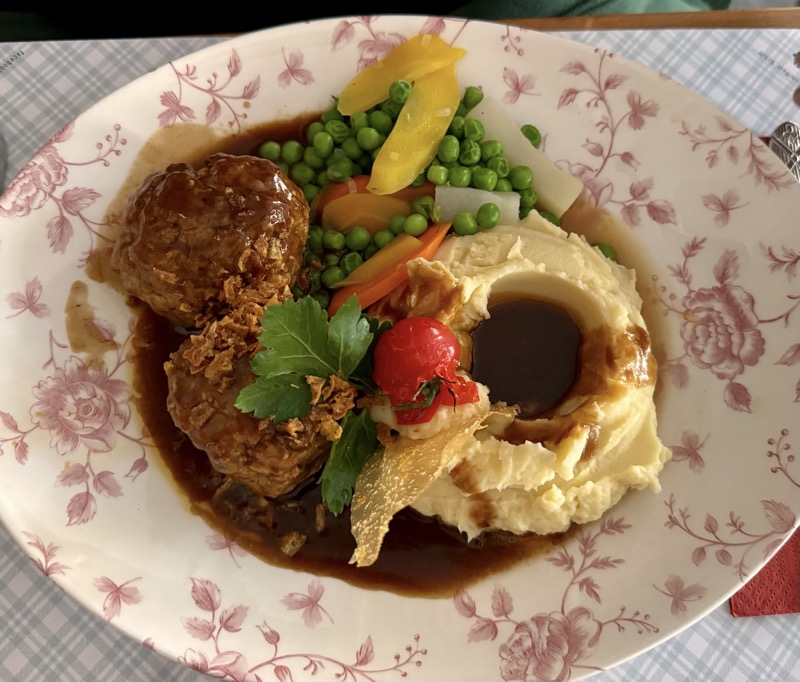
Thanks to indulging in a few glasses of rosé and possibly one beer too many, dessert sounded like a good plan tonight and we tried some apple fritters. These were super tasty – but also super sweet, so Mr K got to finish most of it.
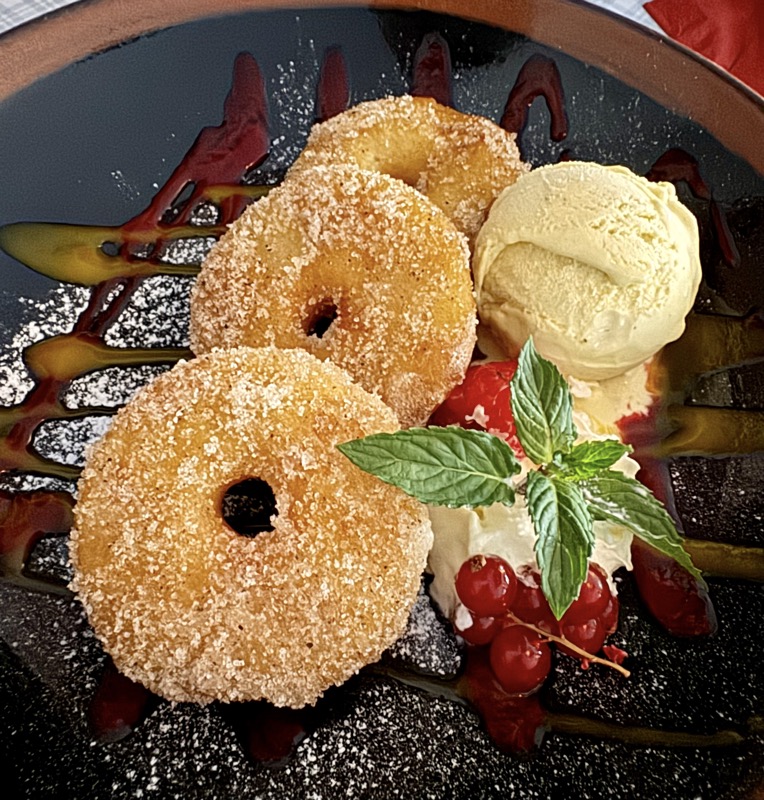
Next morning – we woke up to a simply gorgeous day! Unexpectedly so – the weather forecasts had told us it would be miserable and we were nonplussed by that, as we were checking out transport for most of the day…. Lucerne, though it is a small and compact town, has an extensive public transport network which was why we were here.
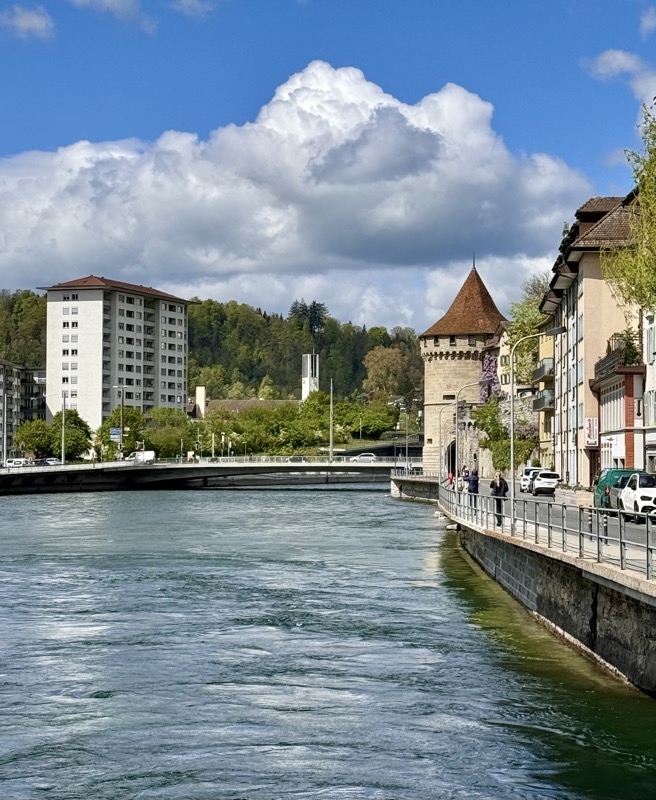
We took a walk along the river and across the small section of medieval bridge, similar in design to the Chapel Bridge that is close to a really cool little hydro plant, in order to get to the main train station.
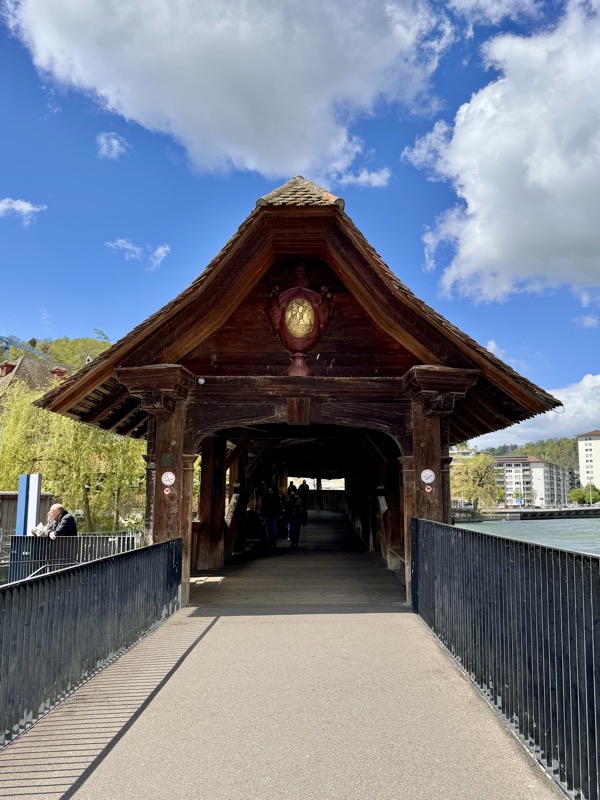
This small section of bridge has more of the old paintings in the rafters…
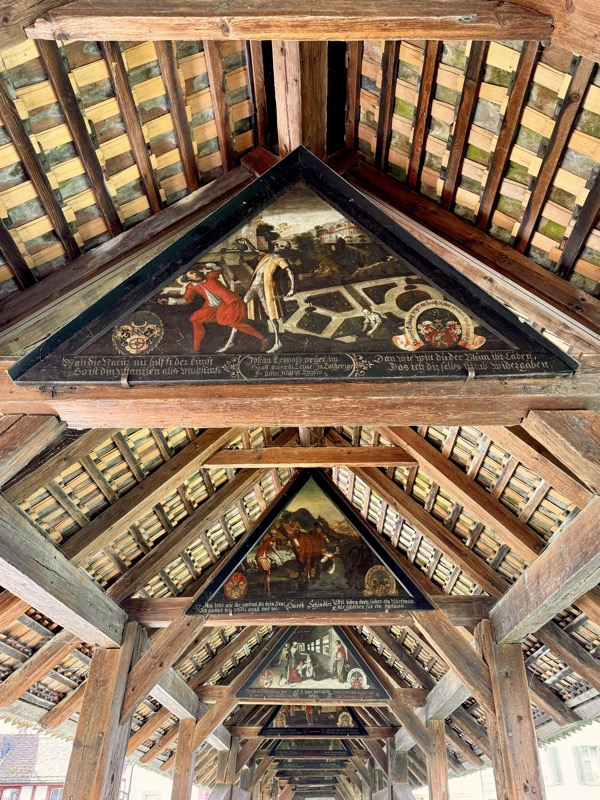
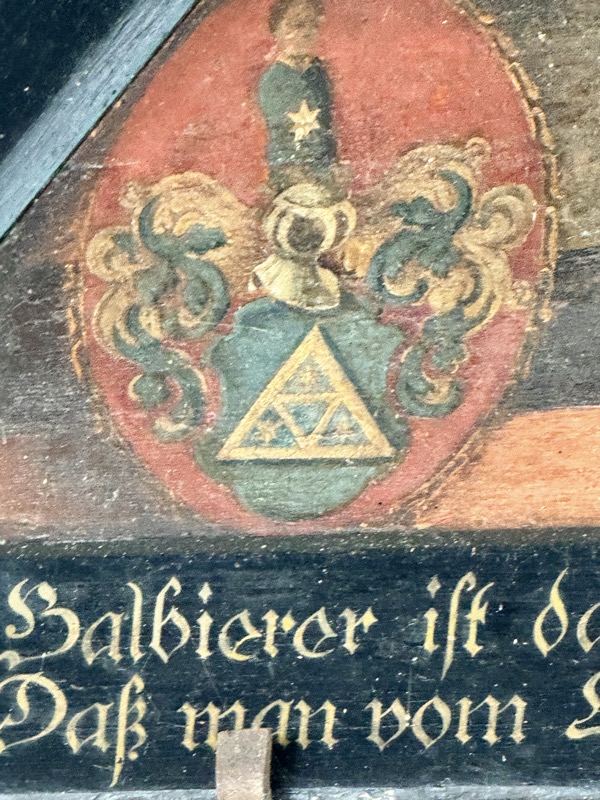
There are massive beams in the construction – I assume they are oak, but that’s just a guess.
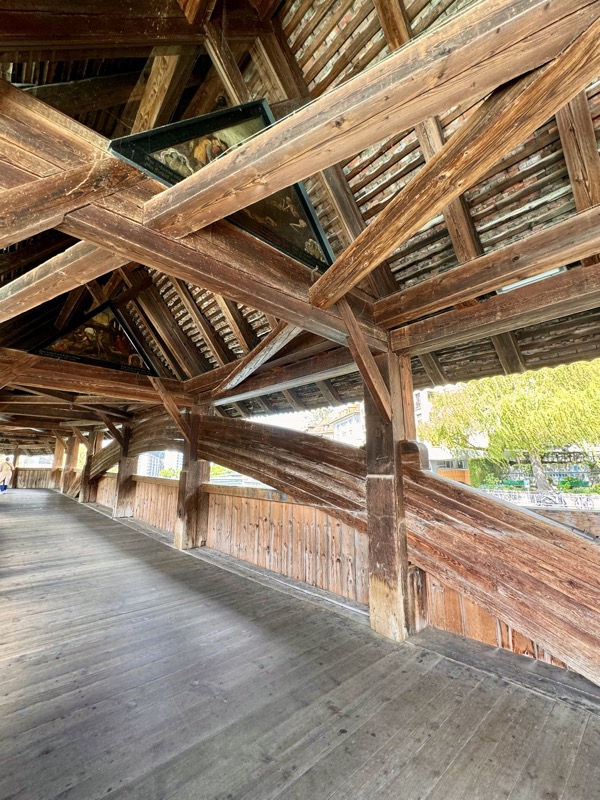
The hydro system – more towns should put these in their rivers.
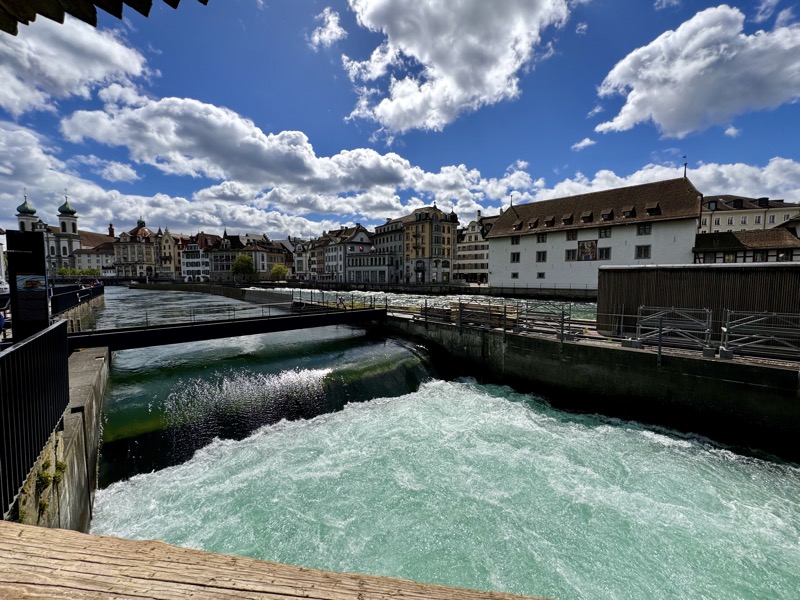
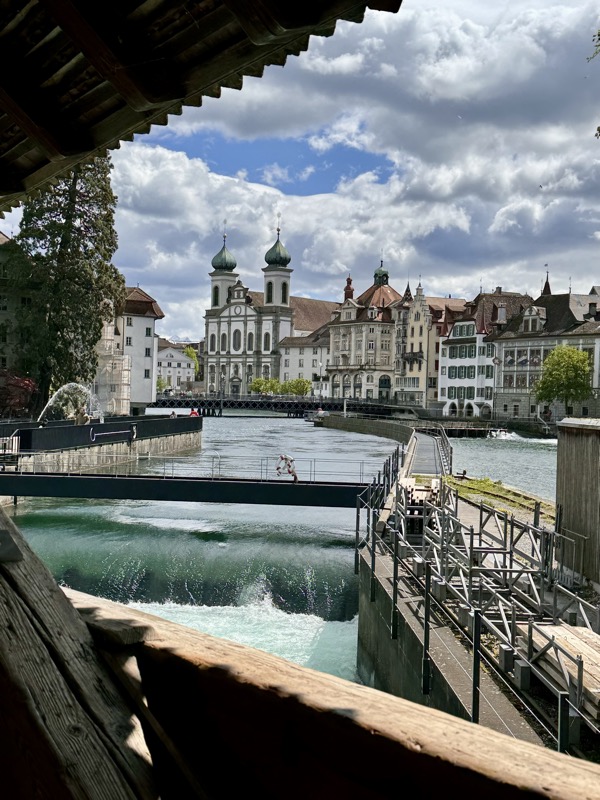
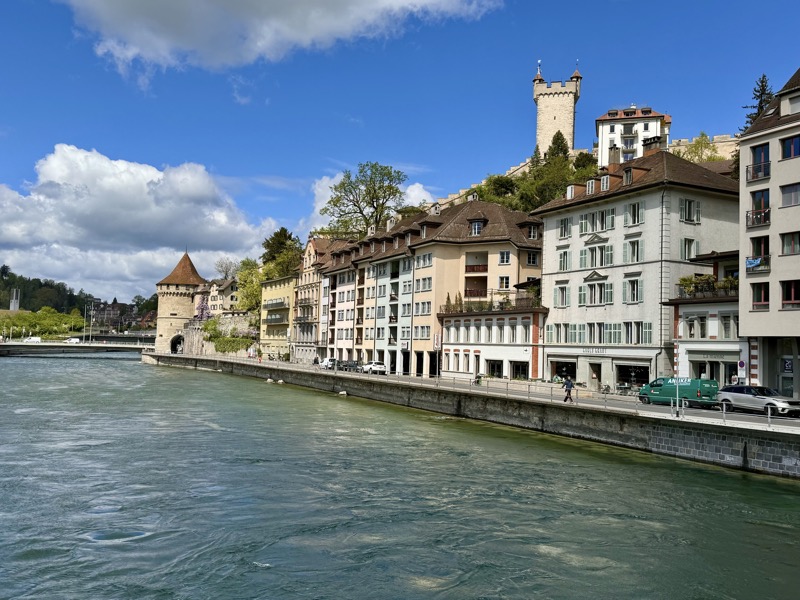
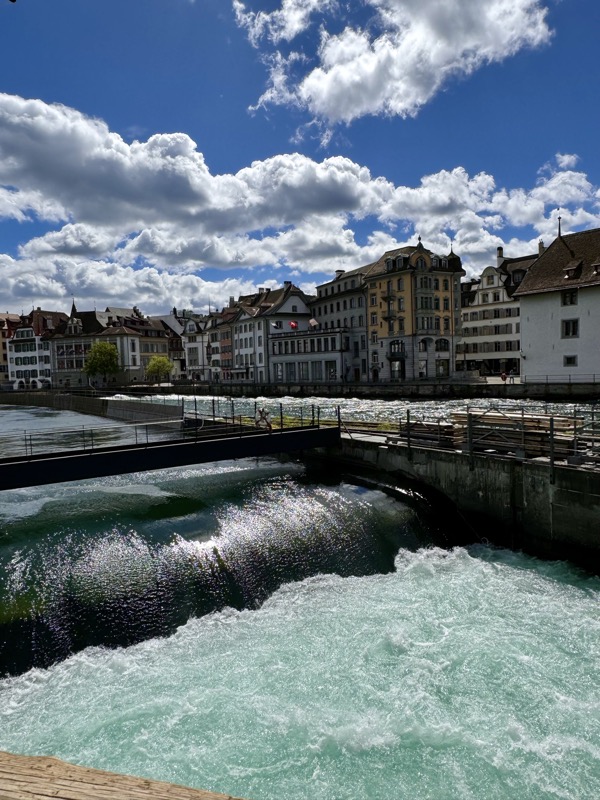
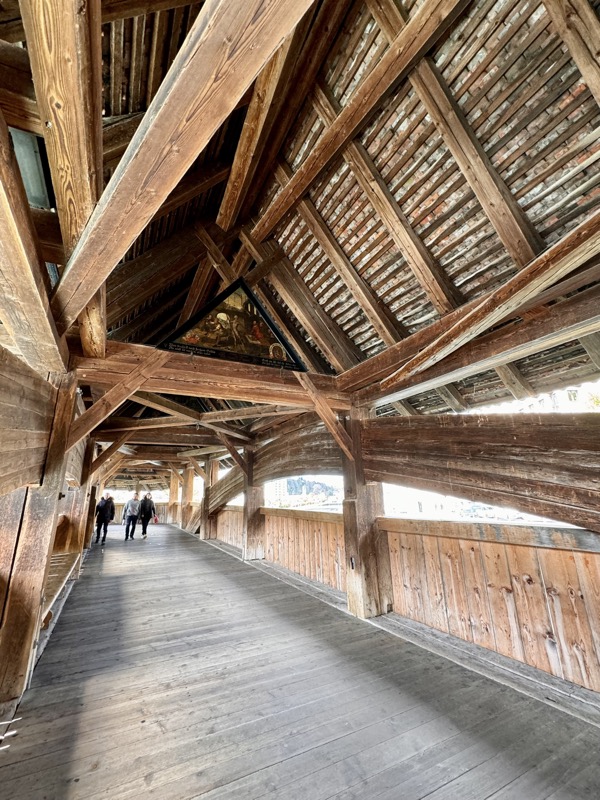
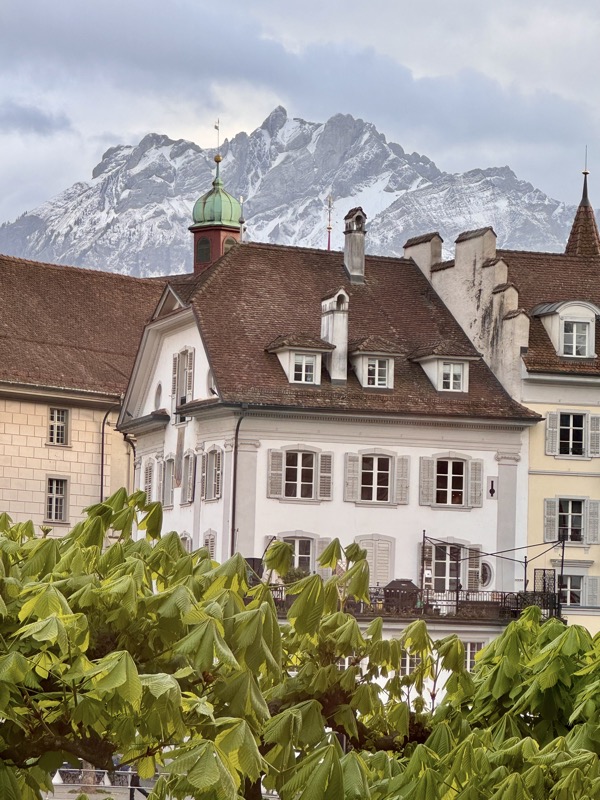
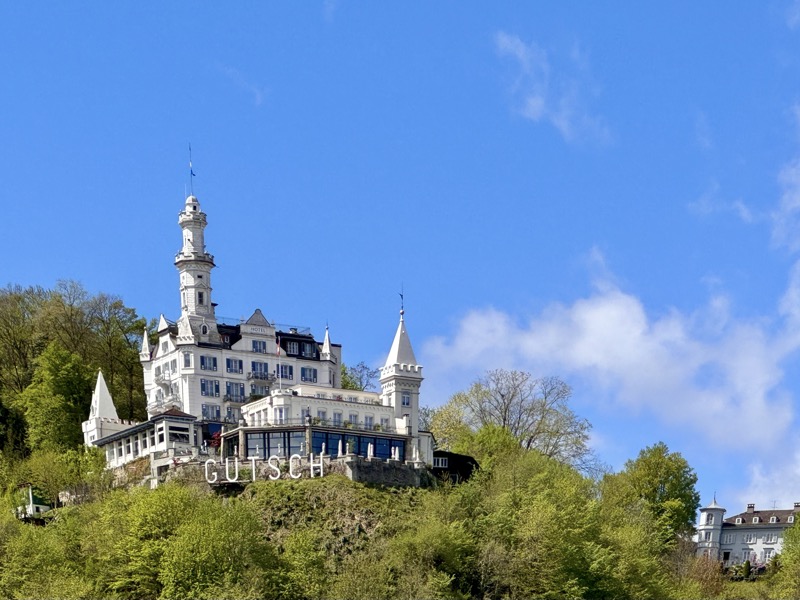
Such a pretty town. Love it!

We spent most of the day with work stuff around trains and the mass moving of passengers – Lucerne does their tourist thing really well, we were impressed. In the evening decided to ferret out a raclette or fondue dinner somewhere… now, I’m all about the cheesy goodness, but not super fond of the fact it’s usually served with bread, bread and bread, or potatoes, potatoes and potatoes … or sometimes loads of bread and potatoes.
So, we did a bit of research and found the highly rated, Fondu House du Pont! Booked a table and got ready for a rich, but hopefully not too bread and potato-y fondue.
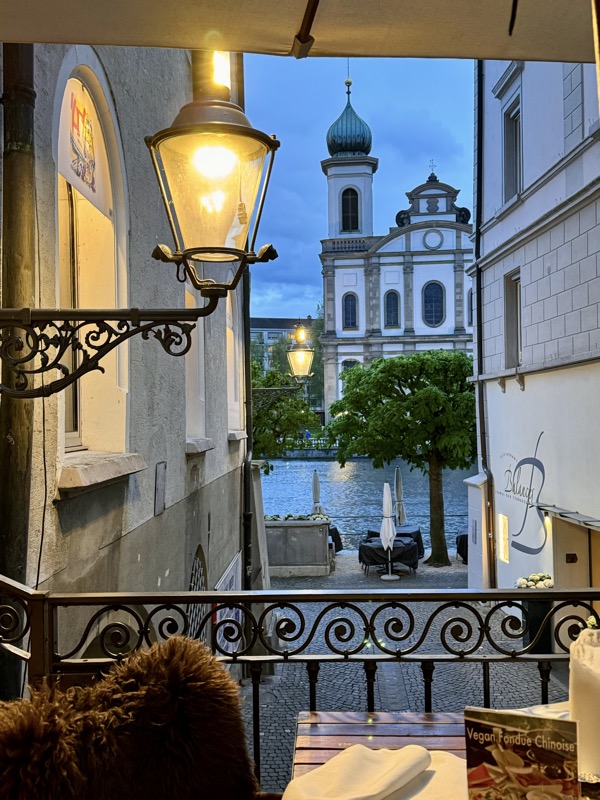
Such a cute little spot by the river.
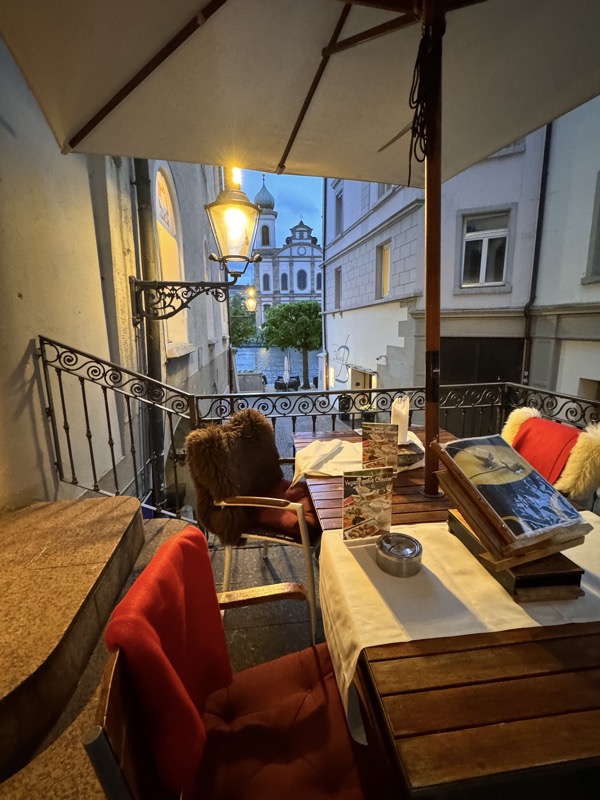
Booking a table gained us the best seat in the house and we had to suffer with this marvellous view for the duration of our meal! Blue skies, mountains, old buildings… gorgeous altogether!
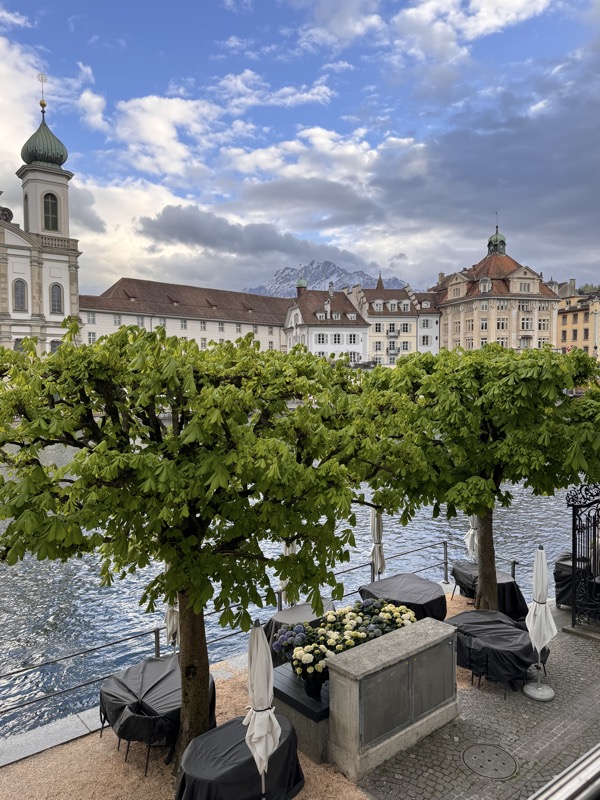
Our five minutes of research paid off – there was indeed a cheese fondue on the menu that could be ordered with yummy meat sides. The fondue was called a Moitié Moitié, and was made with Gruyère, and Michael Tell Alp organic cheese and a splash of garlic, and we were able to order it with a serve each of sliced chicken breast and sliced beef.
The claim on their website it’s that it is ‘The Best in Town!’, and while we have nothing to compare it to – it was fantastic. 10/10 would do again. The service was excellent, the wine list was extensive and reasonably priced and the fondue was really, really good.
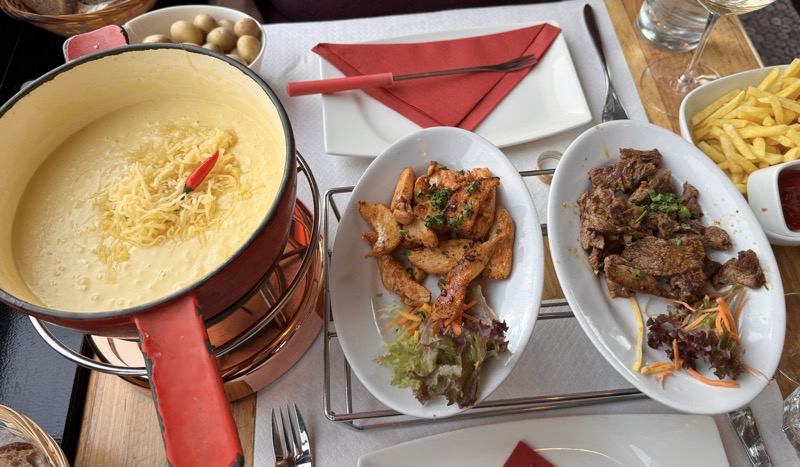
So much gooey, stringey cheese! I am we looked like complete savages trying to tame the cheese, but didn’t care – it was delicious!
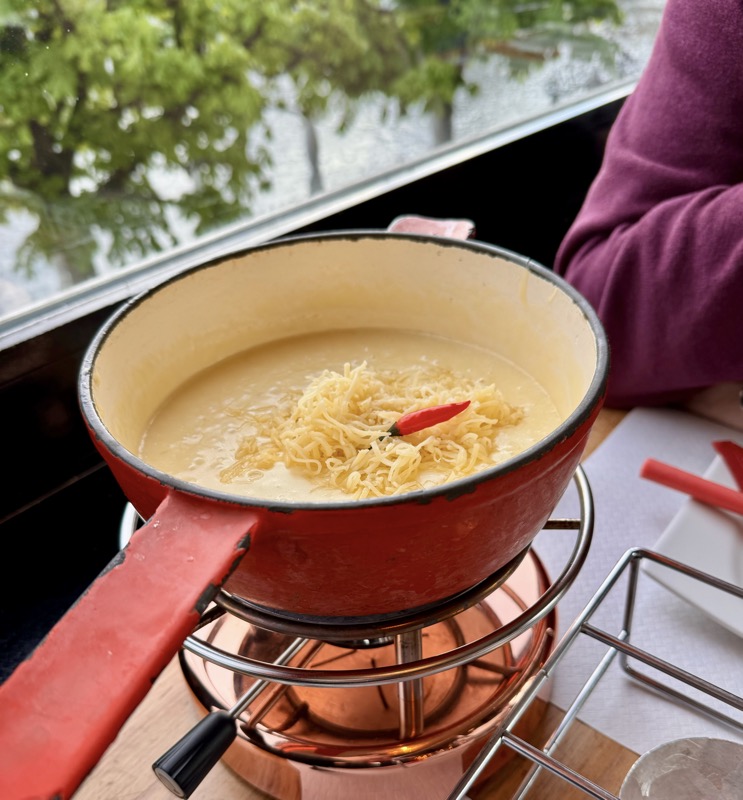
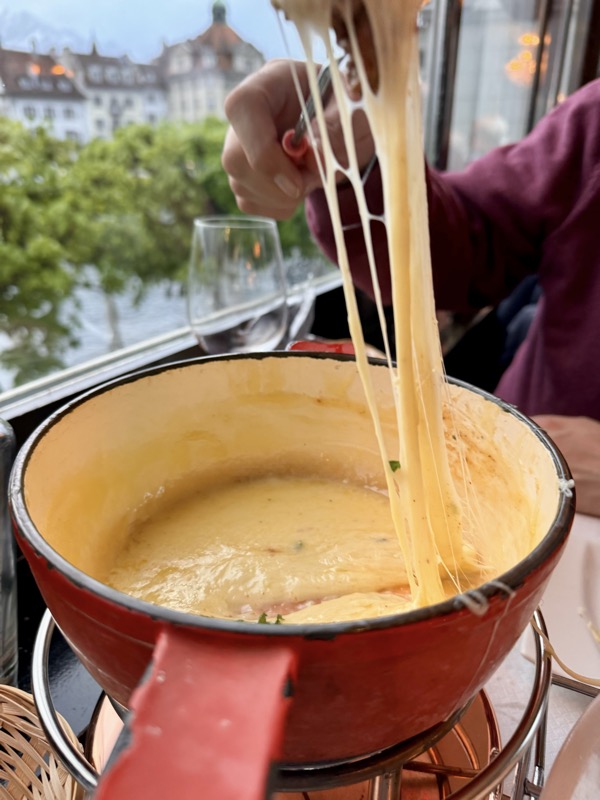
Back towards the town after a long day of work and a yummy evening of fondue… this town is so pretty.
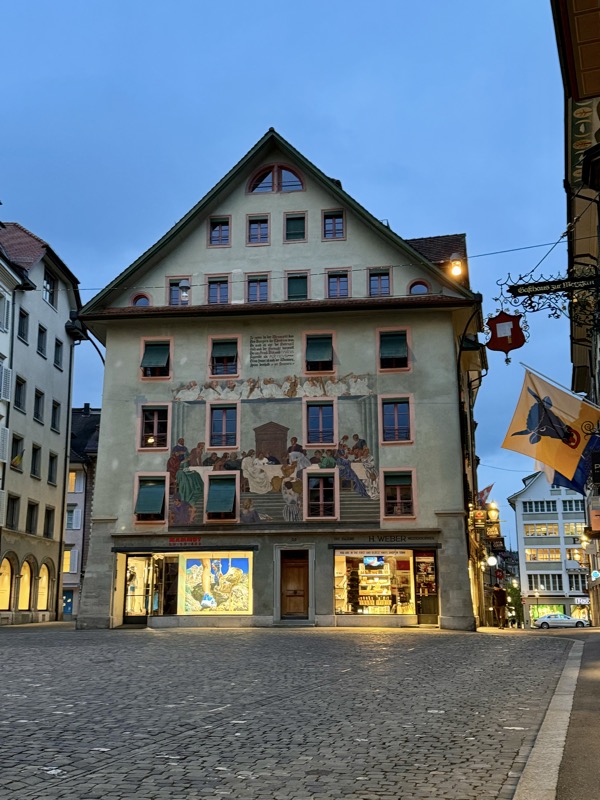
I did make the mistake of looking up Lauterbrunnen though… we are supposed to be taking the cog railway, (yes, more trains!) up to Jungfrau one day this week – but bloody hell! Maximum temperatures of MINUS 19°C or 20°C that feels like MINUS 34°C… I think this may be taking Mr K’s enthusiasm for transport way too Farr
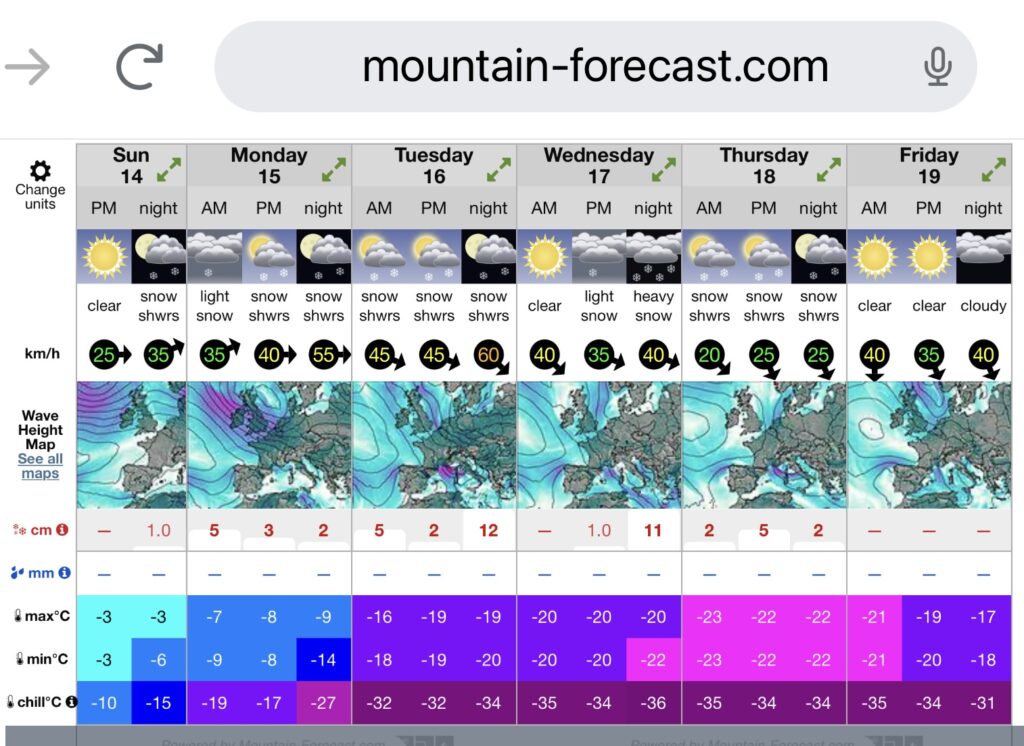
And scary room chicken* agrees with me!
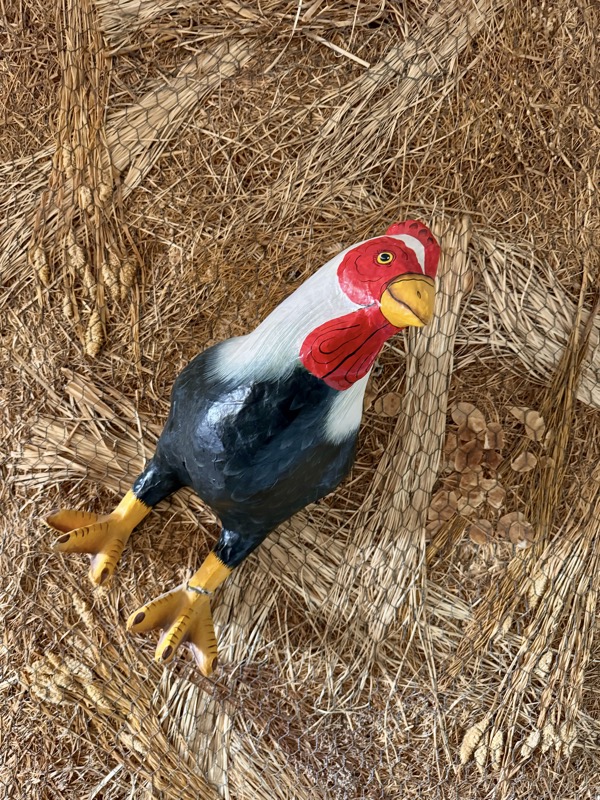
- We stayed at the Magic Lantern Hotel and had a room called, “The Farmer”. The hotel has all these weird themed rooms… it was covered in chickens in a most disconcerting manner! In hindsight… maybe we should have shelled out for a Pirate Room; no pesky chickens!
